Multi Level Wooden Car Park Toy and Airport
by Skyfinder in Workshop > Woodworking
4101 Views, 86 Favorites, 0 Comments
Multi Level Wooden Car Park Toy and Airport
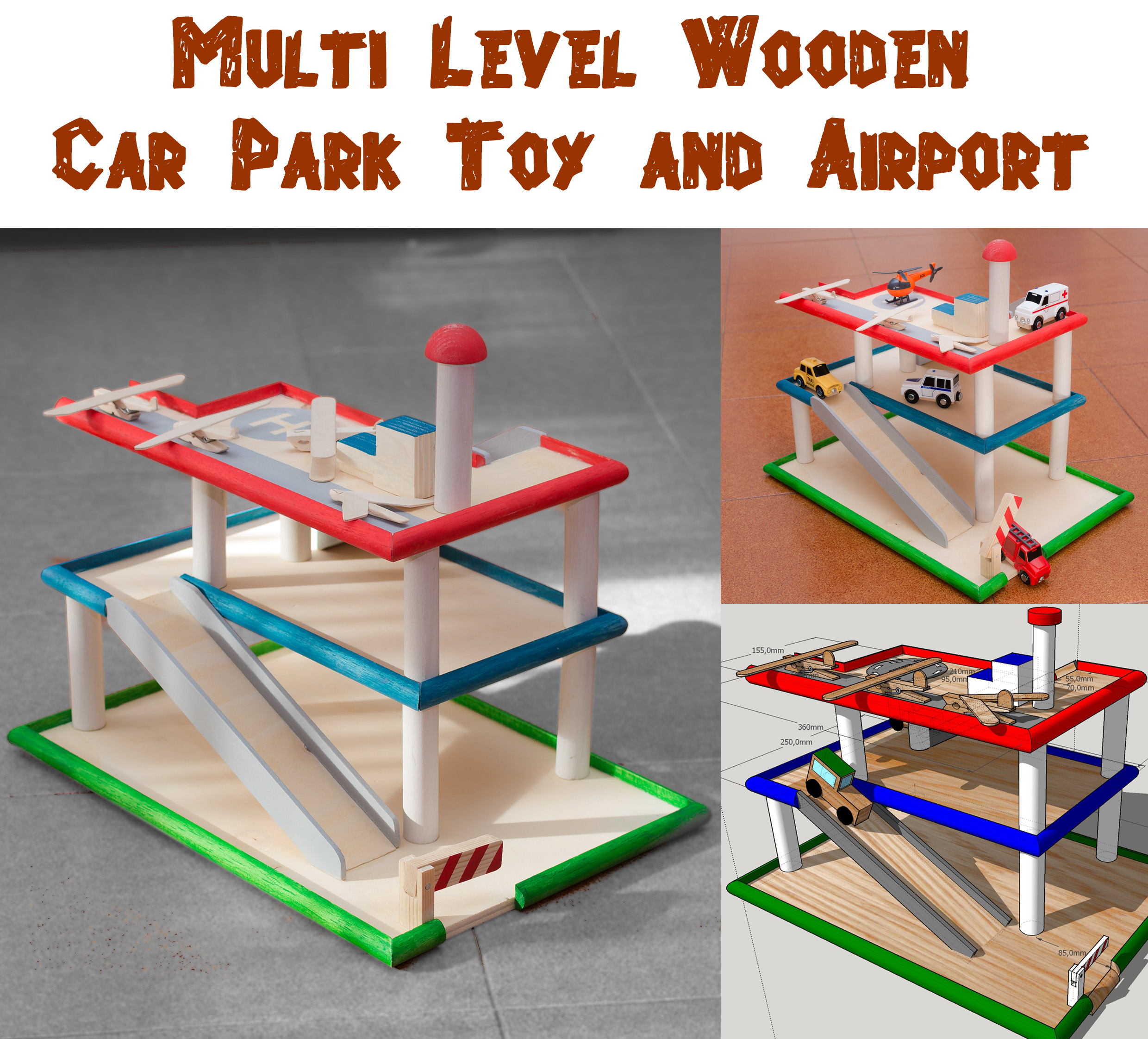
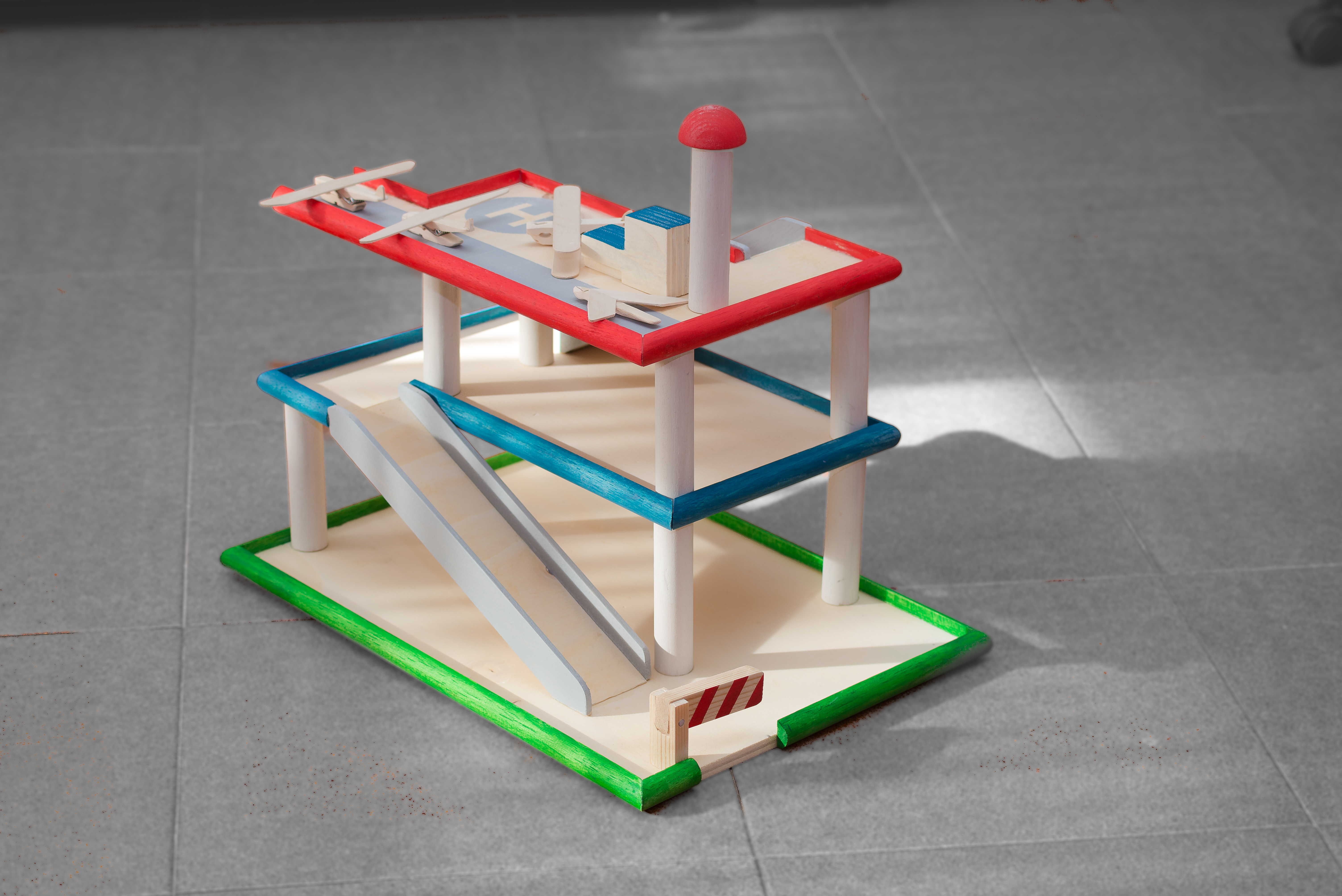
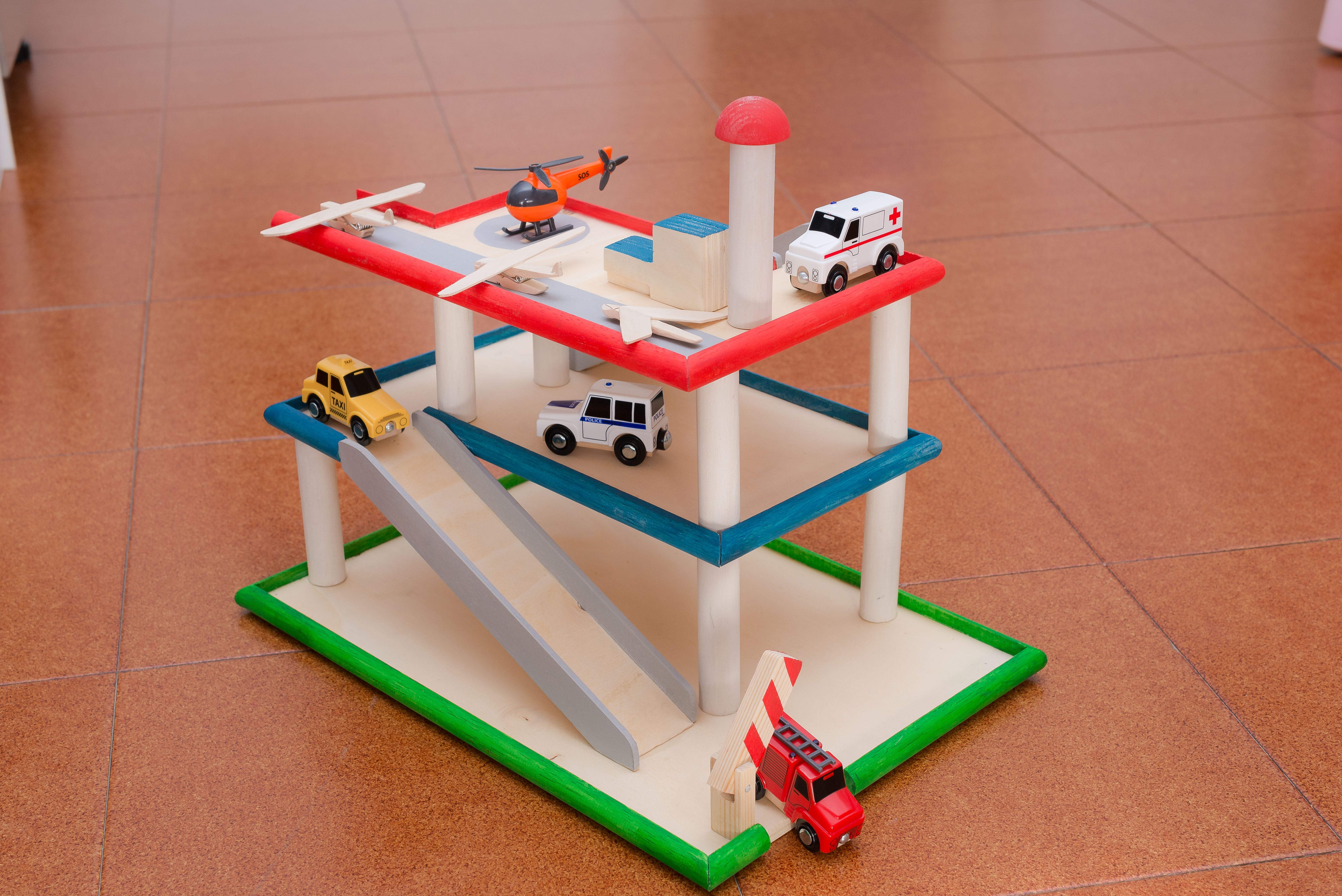
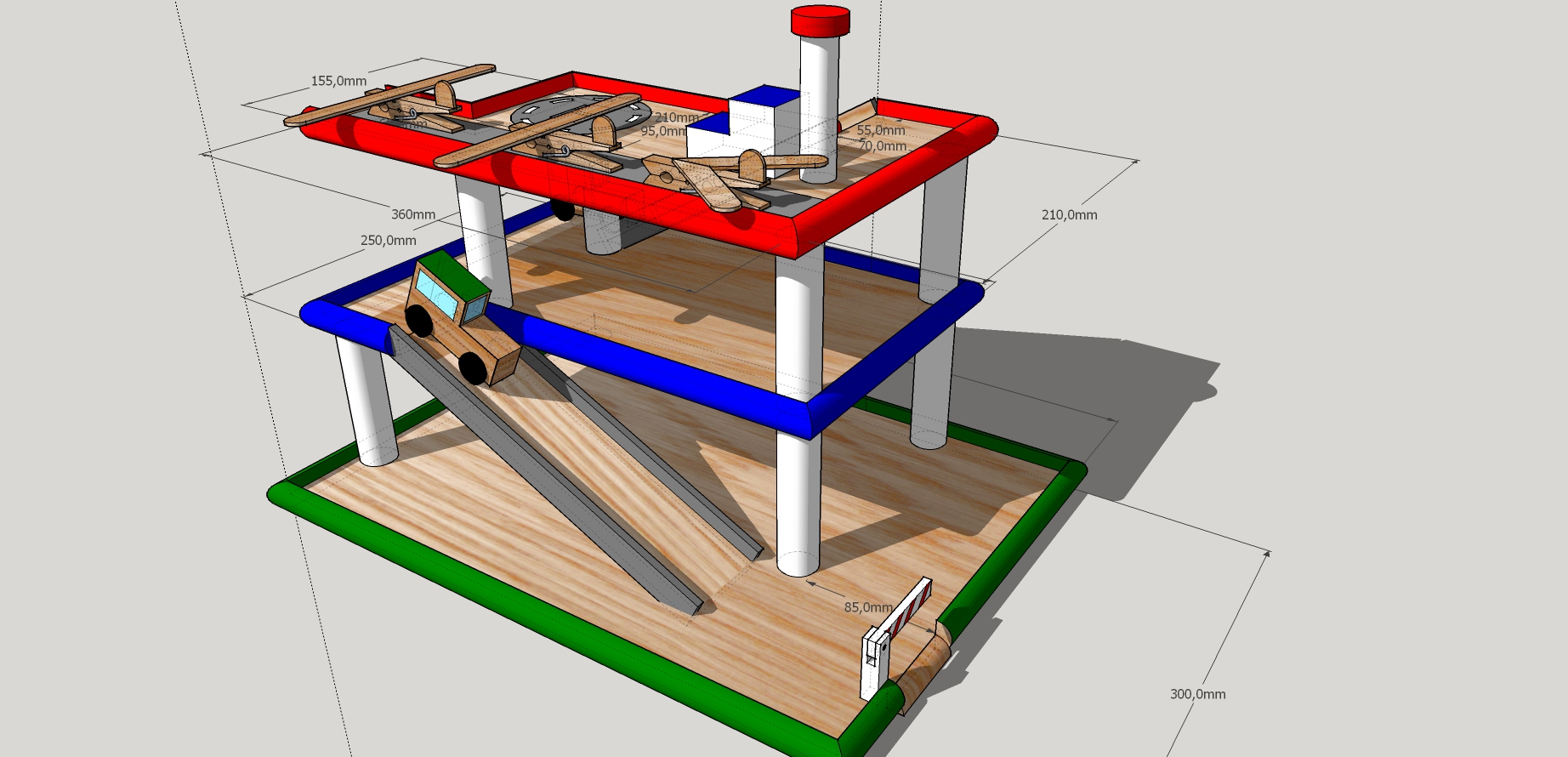
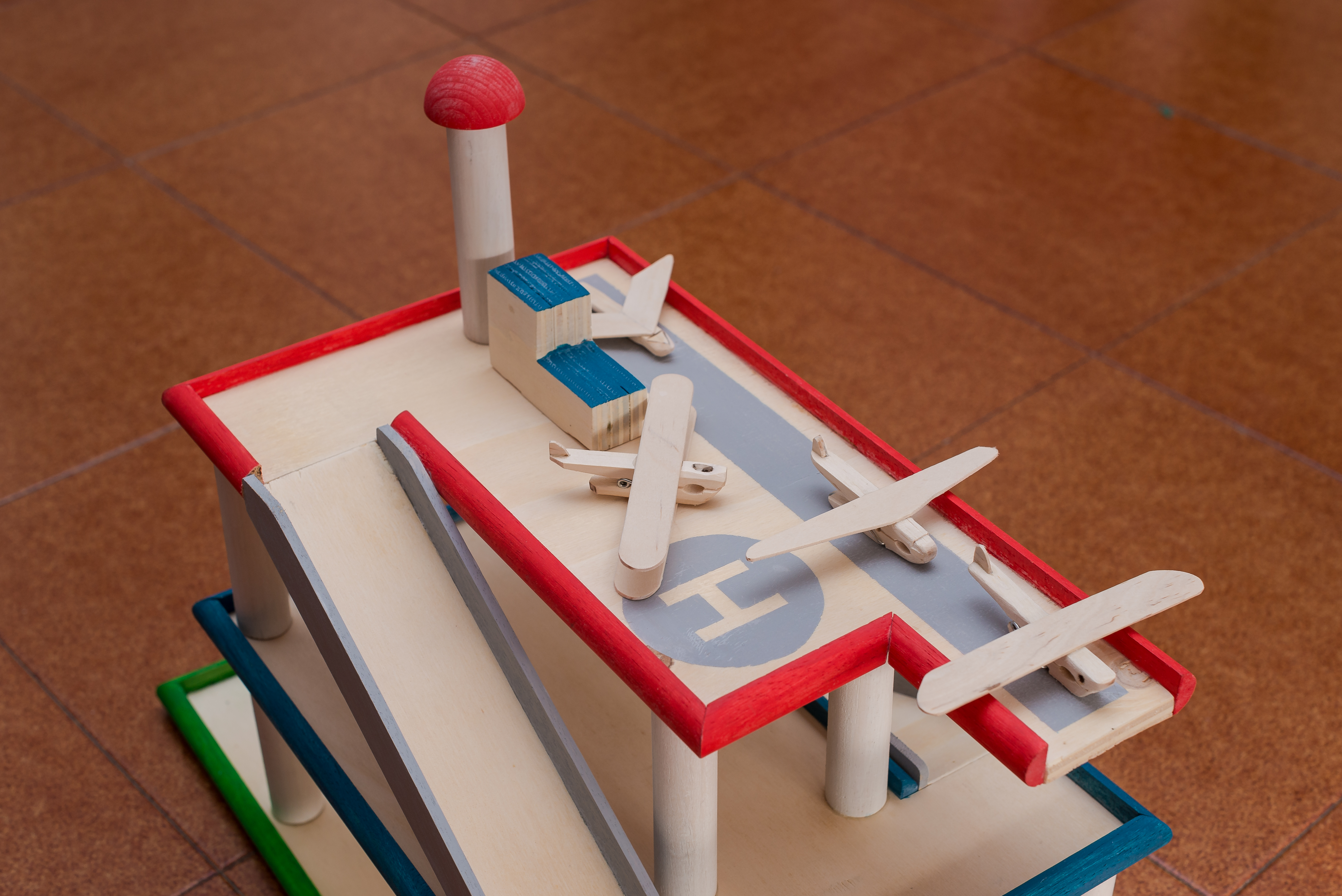
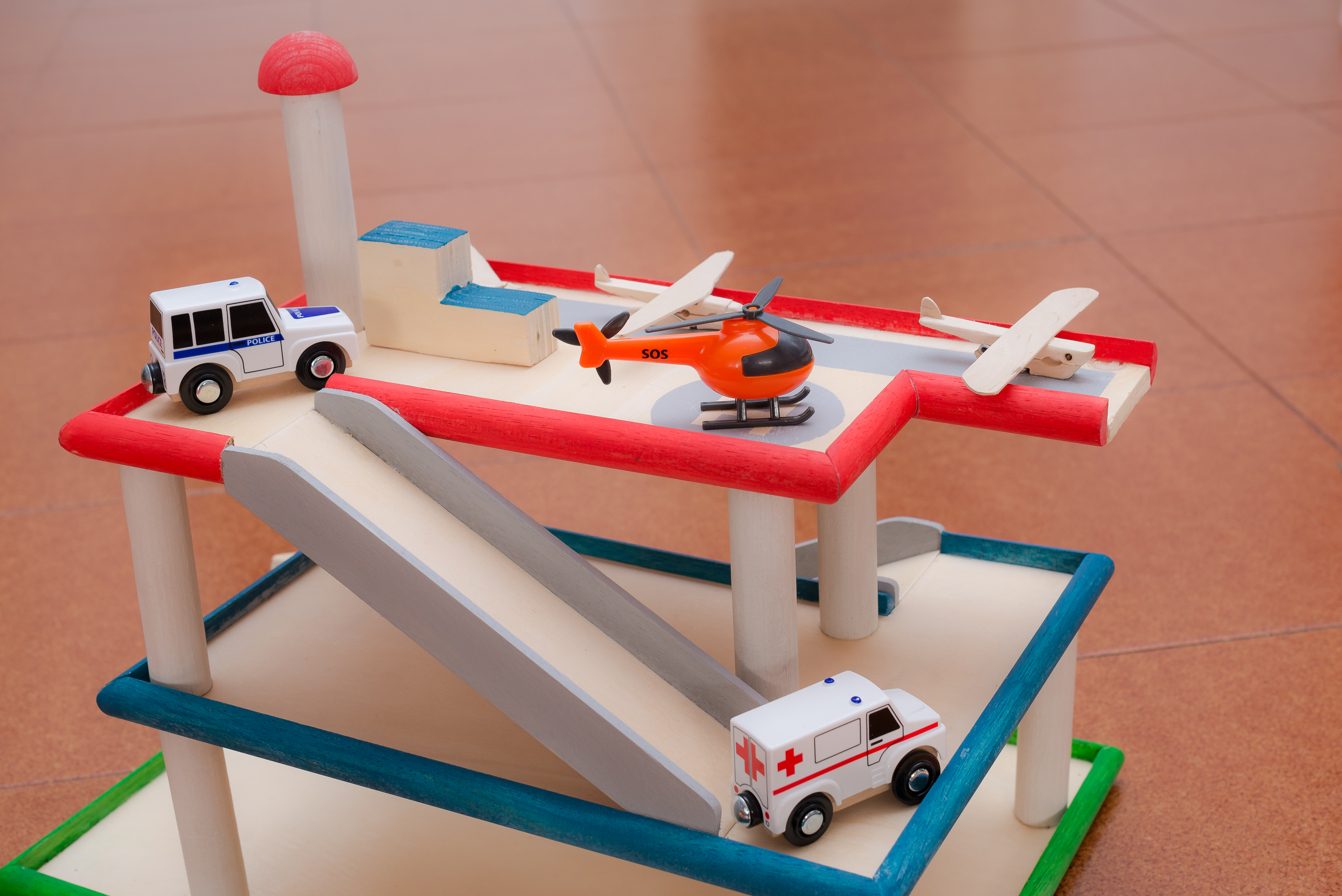
An economical, ecological, durable, easy, and practical wooden toy for my stepdaughter. YES, all of this comes from the moment inclination of a baby girl, That She's having a window of love with cars, trucks, airplanes ... and who i am for her say "NO IS WRONG, you must play with dolls!" ? I would be a really bad stepfather ...
This project is based on few aspects:
- build a toy for a 2 years old baby.
- built with refuse fortune plywood.
- is a flexible project.
- highly customization.
- requires basic / medium level instruments and woodworking knowledge.
- International Unit Measure.
MATERIALS NEEDED:
- Less than 1,5 squared meters of recovery WOOD. Thickness more than 1 cm, less than 2.
I had the lucky to found more than 4 mq (mq = squared meters) of plywood of 1 cm of thickness...free. (i felt myself like Gollum with the Ring...). - 1 meter of cylinder wood with 2 or 2,5 cm of diameter (decide you...flexible project).
- 2 meter of half rounded rod... you can use squared bars, "L" rod, straight rod...use whatever you want or not. We will talk later about for the fences...
- Dowel Pegs of 6mm, for fix columns and stuffs.
- Clothes Pegs: optional for planes.
- Tongue Depressor: optional for planes.
- Keep aside the refuse of the cutting for make something more.
INSTRUMENTS NEEDED:
- Jigsaw or Circular saw (power saw).
- Sander or sand paper.
- Small and medium hacksaw.
- Small Coping Saw.
- Mini Drill with sander head.
- Marking Gauge.
- Long Ruler.
- A Carpenter Square.
- Dowel Centers.
- Miter Block.
- Vise.
- Carpenter Clamps (a lot...)
- Glue for wood.
READ ME:
I apologize if sometimes this instructable is too much detailed and offend your smart. But, is an instructable, i did it thinking also to that man, or woman, that never had a real woodwork experience, or they have some skill but never realized a finished product. So, i hope that you appreciate the details and tips for a good and fluid realization.
Design Thinking
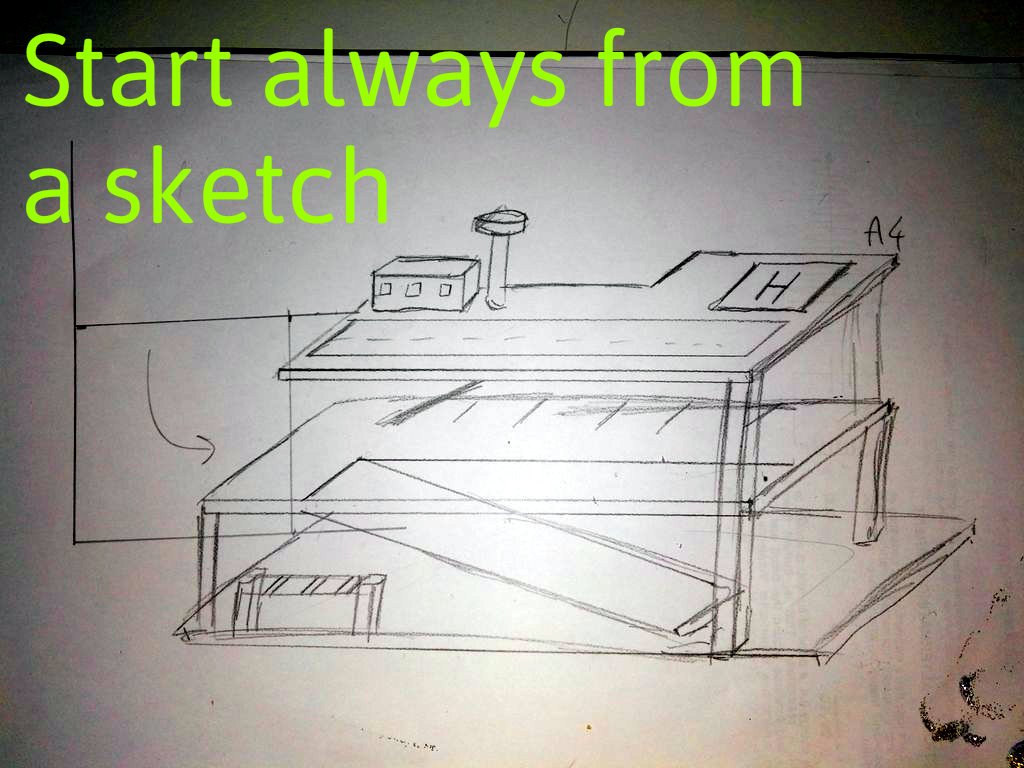
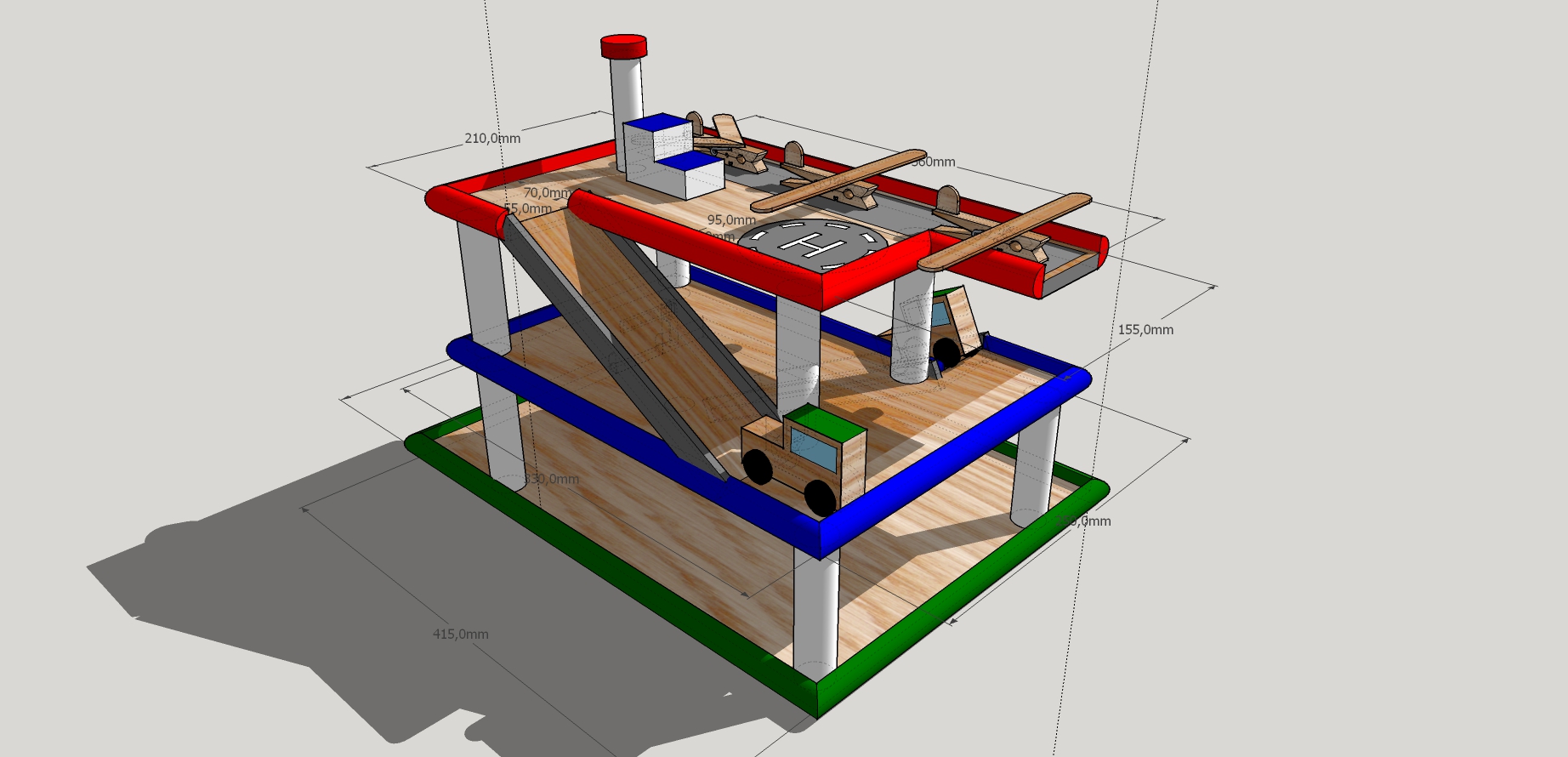
Before draw dozens of bluprints, is important think at what we are making...and for WHO. A good design means also optimize the construction, the making... Some main concepts to keep on mind during the design:
- She/He prefer play sitting or standing up?
- How much tall is your baby?
- Will you need to put the toy inside a forniture?
- She/He likes the order or the mess during playing?
- Are you really capable to do all you thought?
- Do you have the cars and airplanes?
- How long make the ramp?
1 -
- SITTING PLAY: The high of every floor must be tall, more than 10cm, because the arm of the baby will be angled with the park's floor and the baby needs to see inside the levels. THE STRUCTURE WILL BE PYRAMIDAL, with the top floor smallest than the second and so on... in this way the baby can have a good view of every floor and reach with the hands every ramp, every point.
- STANDING PLAY: well, you can do also lower floors, the approach will be frontal and the Park will stand over a table. A pyramidal structure is not really needed.
2 - HIGH OF THE BABY: this aspect influences the point before, specially if you have to do a park for a standing play. Measure the table, the baby and study the max heigh of the park.
3 - STORAGE: i have the chance to put the park inside a small forniture, so i take the max height, length and deep of the forniture. I like order...
4 - ORDER OR MESS: my baby girl is a little maniac of order, likes to see things move and interact in a specific way. With the cardboard prototype (realized by my partner) i saw that she doesn't like see the car fall down from the border of the floor. She likes see the car run inside the ramp and takes speed. WELL, WE NEED FENCES AND GUARD RAILS, for the floors and the ramps. In this way you can also deposit the cars inside the park, move it inside a forniture without losing cars everywhere. ANYWAY, if you don't have a depot forniture, hardware or skill for do that, or your baby likes mess like falling car from the floors, no fences ;D
5 - HARDWARE & SKILLS: be honest with yourself, if you can buy something, if you can watch a tutorial for do something more or better...do it. Otherwise, delete some idea or make it simple. Stuffs like cylinders, half round bars, low profile bars, exist yet in Wallmart, BB, Obi, Bricofer...or you can do that with professional hardware, but if you are a pro, why read this? ;D
6 - YES: ok, measure it and build the park around also their sizes. NO: you can do it! A little more material and time is needed.
7- The ramps must have an angle over 45°, or the cars they will run too much and they will HIT the floor. I suggest an angle around 50-60°. Higher is the angle, longer the ramp, more fluid the run of the car.
3D Modeling
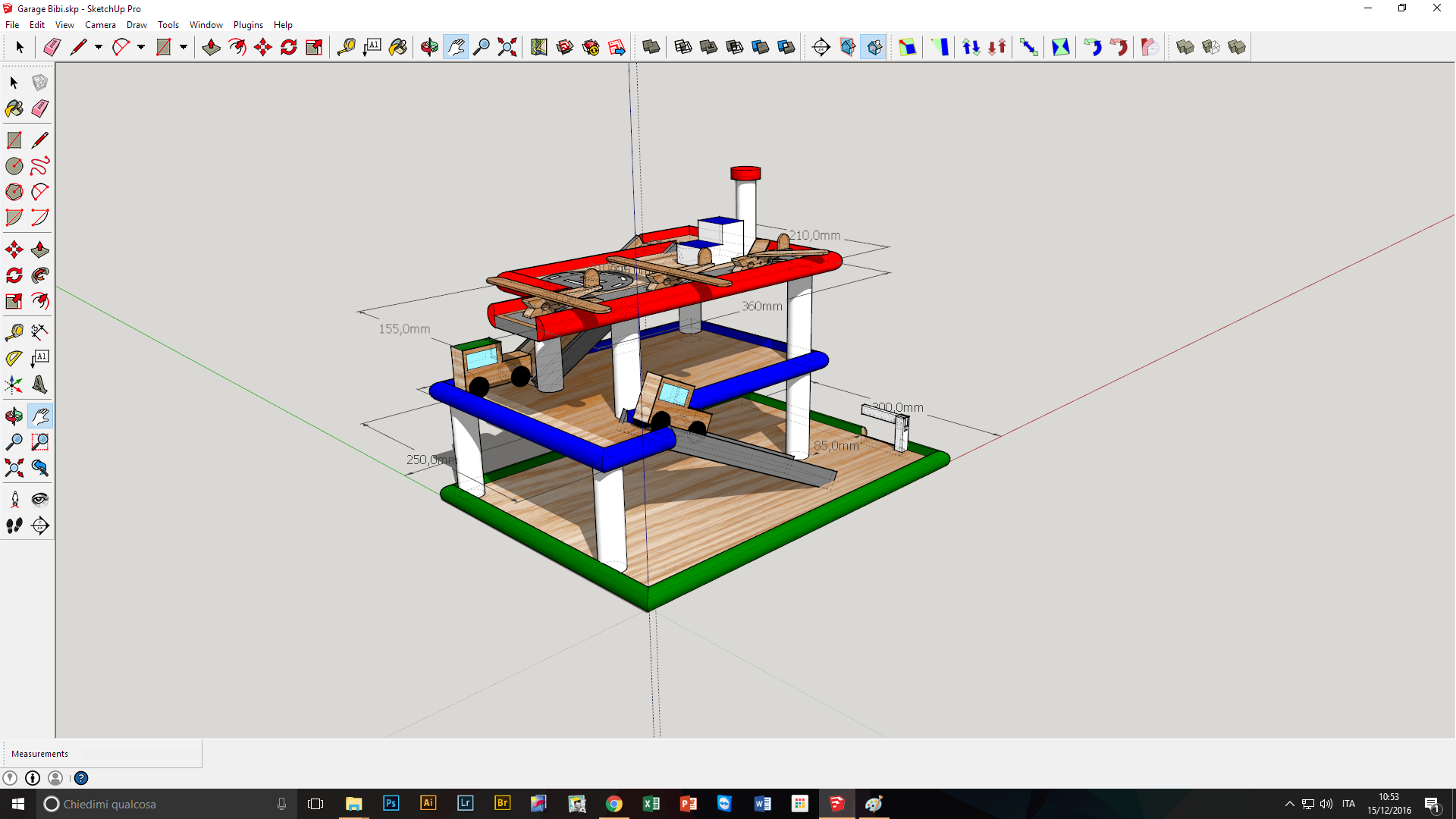
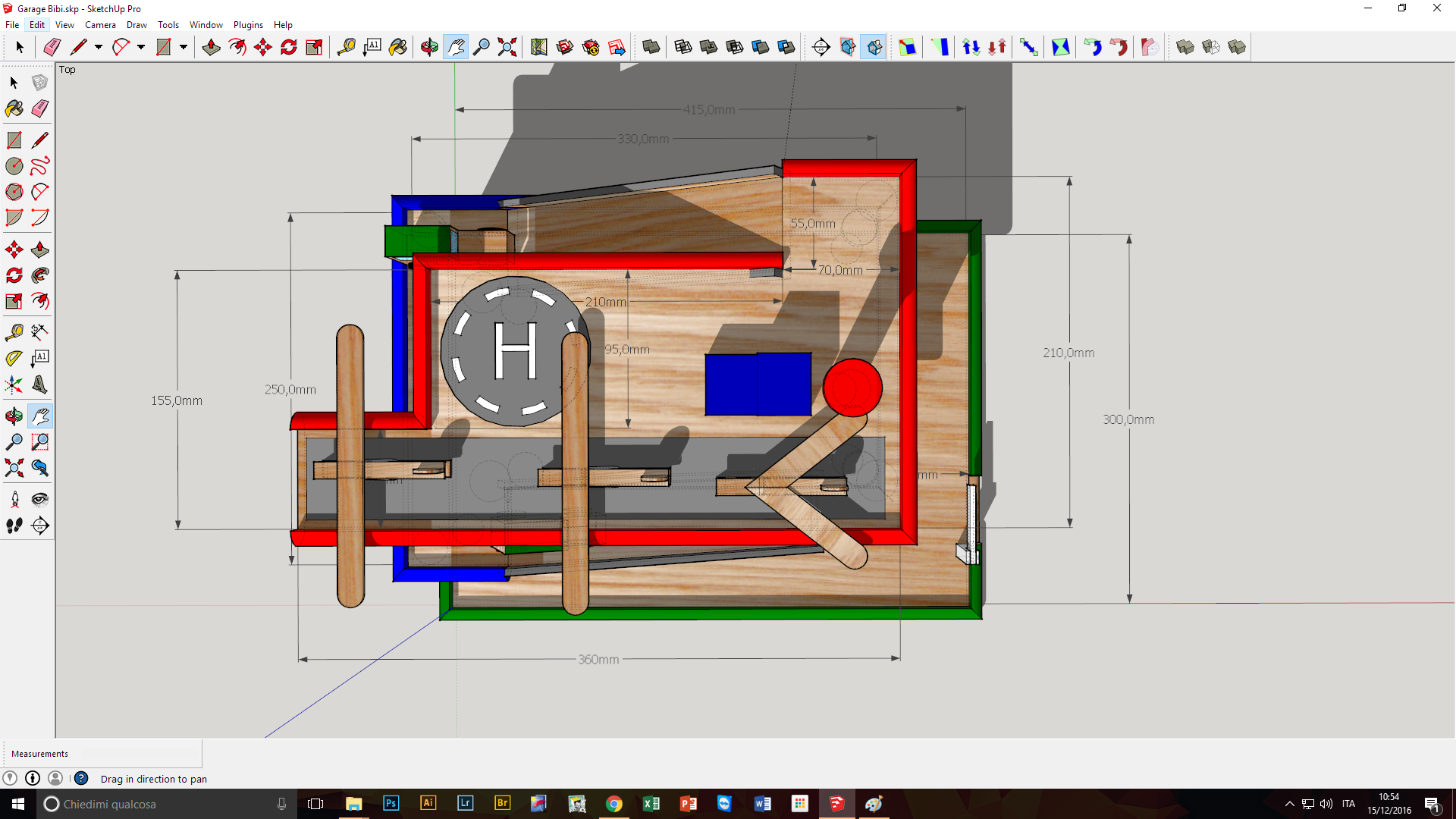
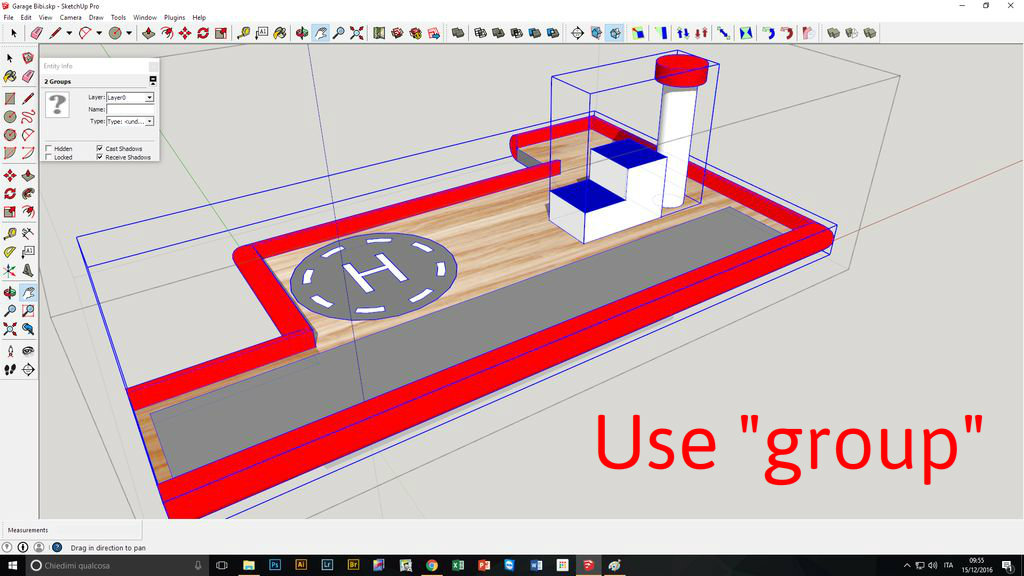
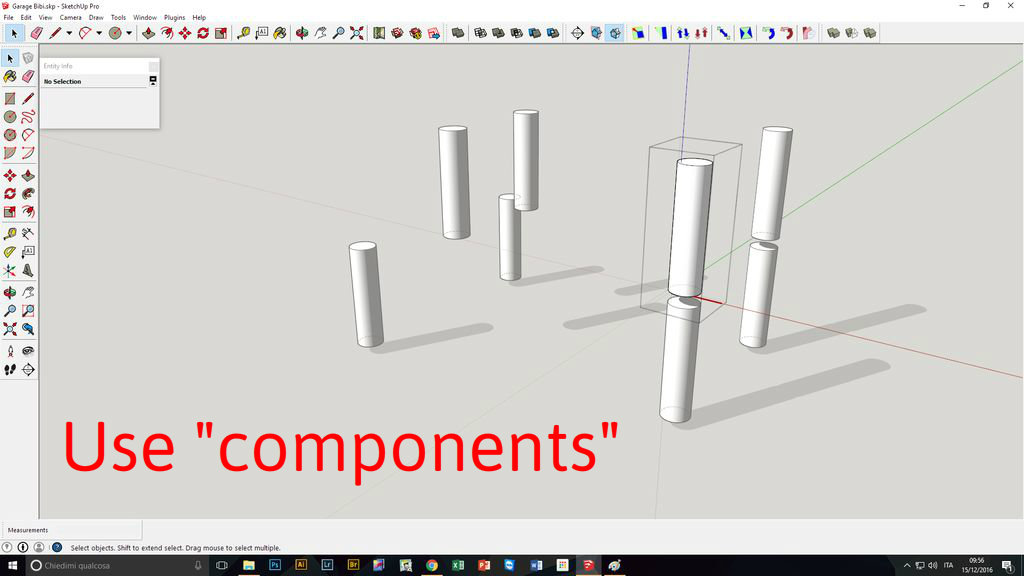
Before cutting and glueing wood like a fool, after an old dear hand sketch on paper... 3D modeling. WHY? Because at the end of a relatively fast game, you will have:
- final and precise measures.
- real idea of the final toy.
- real idea of the total number of pieces.
And other collateral benefits:
- better and deep knowledge of the final toy that lead to a better and fast construction.
- during the 3D modeling you realize the steps and their better order.
So, use the software you know or you like, if you want to try it for the first time... Google Sketch Up: is fast, light, simple and FREE. The main tools and knowledge for realize a model like this one are:
- rectangle
- circle
- line
- move
- rotate
- insert manual measure
- pull up
- dimension
- FOLLOW
I suggest to create component (specially for the columns, in this way you edit one and all the other get updated) and GROUPS. Work with an architectural project, set measure to mm with only one decimal. On You Tube there are dozen of fast tutorials for better use and understand these tools.
TIPS:
- if you know Sketch Up, but you don't know plugins, use FREDO SCALE PLUGIN
- add the dimensions
DO YOU LIKE WIN EASY? I feel like Santa in this period so...here's the models :D Inside the zip file there are obj files.
Printing
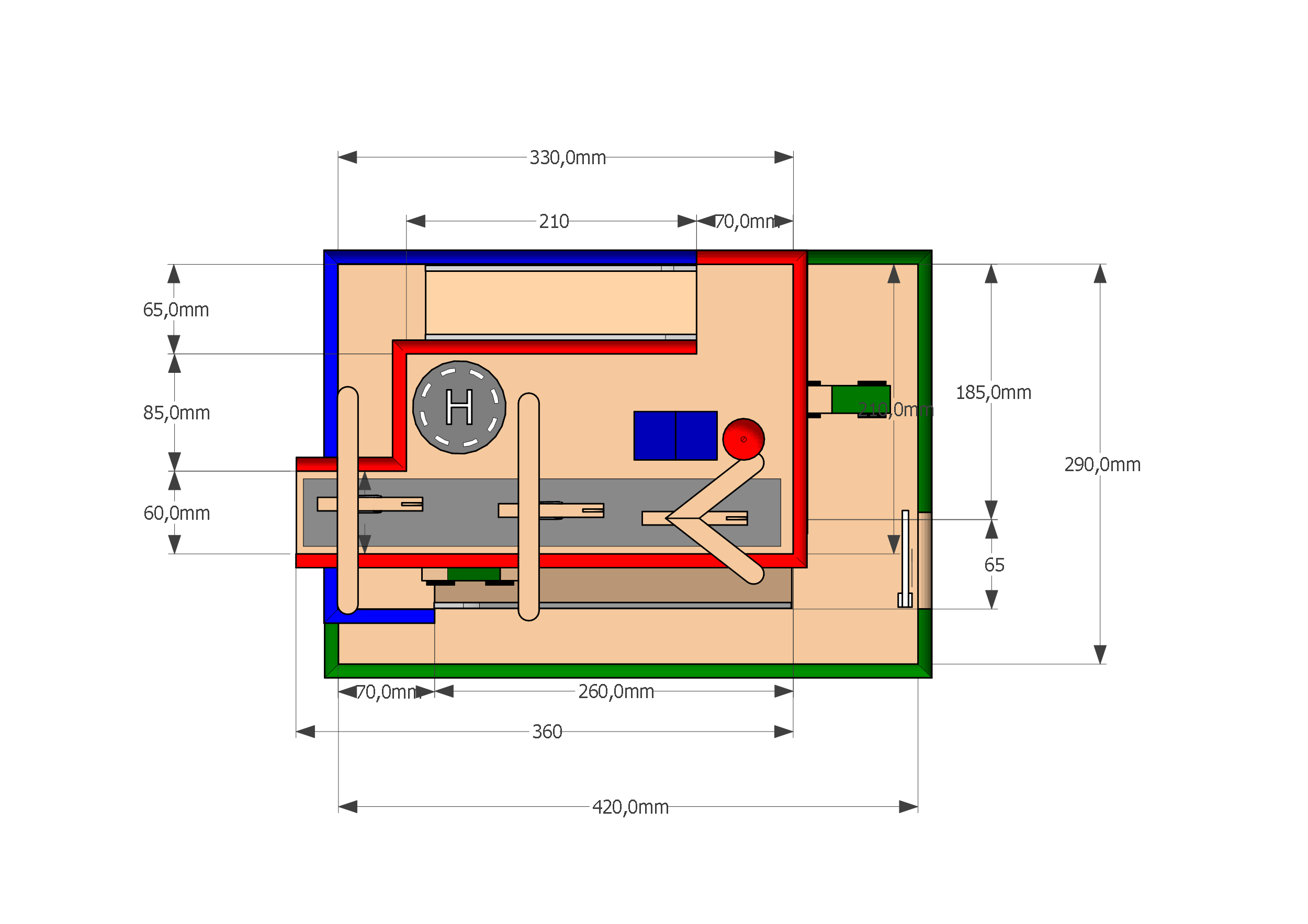
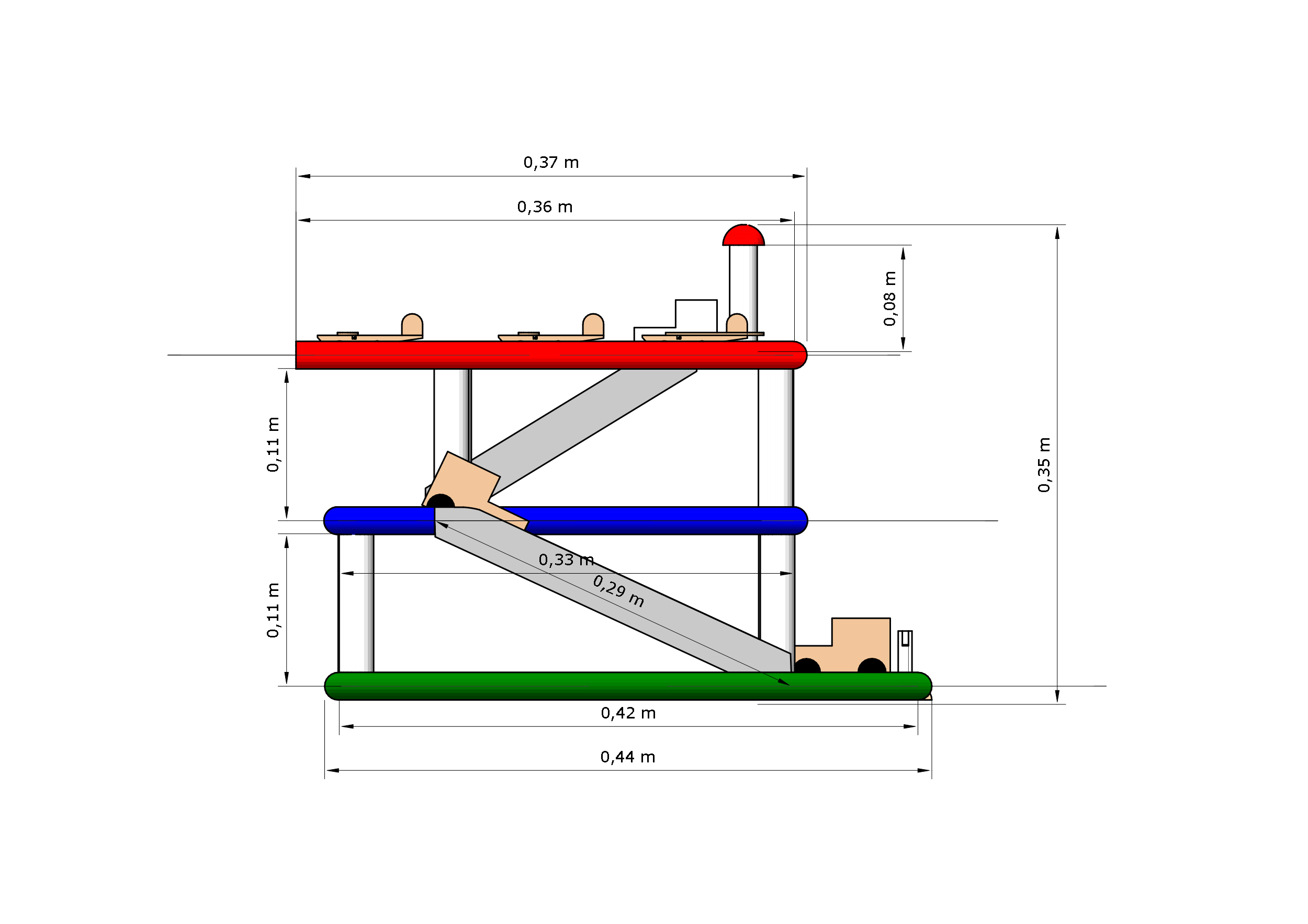
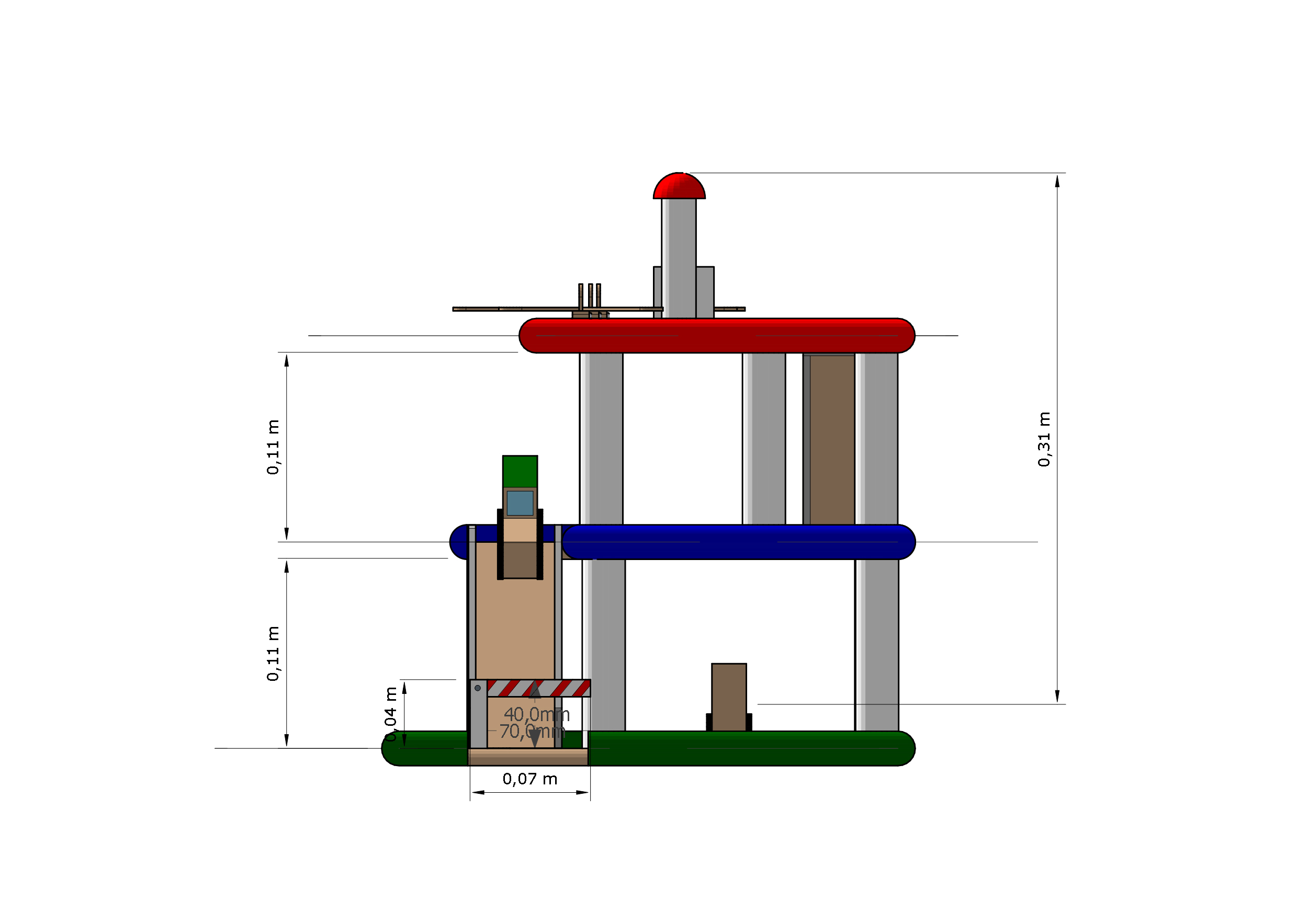
With Google Sketch Up you can print thanks the extension "LAYOUT" and make blueprints with precise projection of the model, with the quotes. These steps takes 1min.
- In Sketckup ON top bar click on "Layout".
- Select the dimension of the paper: A4
- Now on the right column, under "Sketch Up Model select": View - Standard Views: Top
- Click "ORTO"
- Disable Shadows and Fog
- Rendered "AUTO" and "VECTOR"
- Adjust the center and the zoom of the model clicking double on the image. For center click with mouse wheel, for zoom rotate the wheel. Click again "ORTO" if necessary.
- Same Window, go in "STYLES", deselect "Background"
- GO TO "FILE" - "DOCUMENT SETUP"
- Under "GRID" select the spacing, click on "PRINT GRID" and decide if you want the grid over the model.
- REPEAT FROM 3 changing from Top, to lateral and whatever you want to print
N.B the pictures refer to old model not updated
Cutting
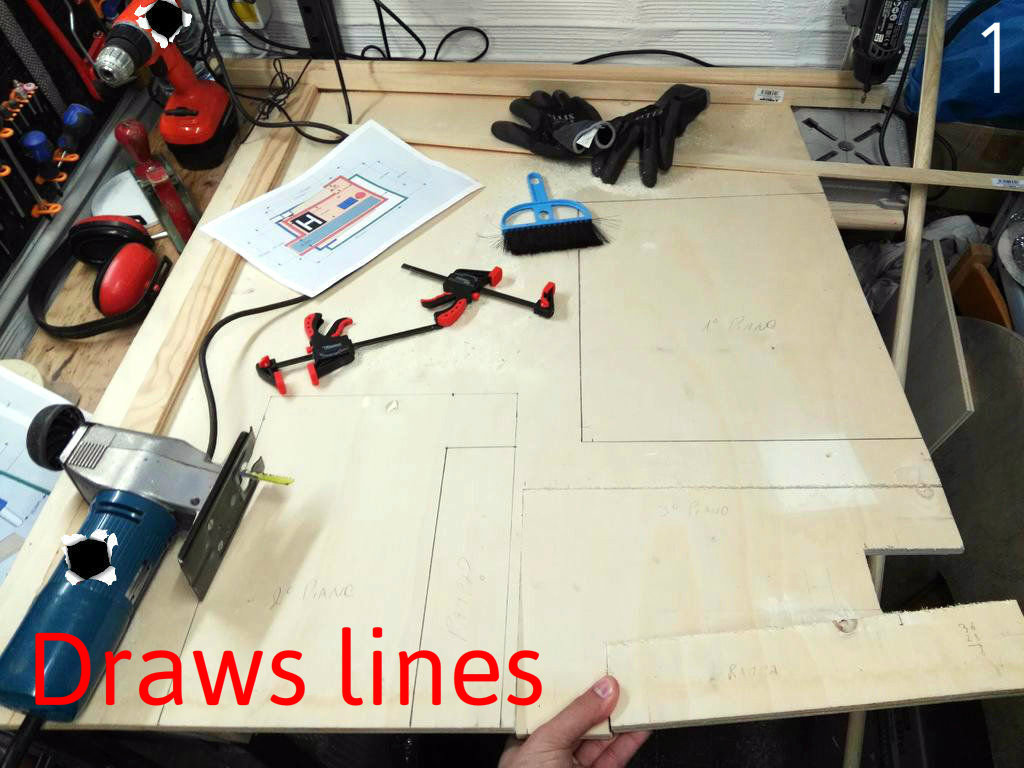
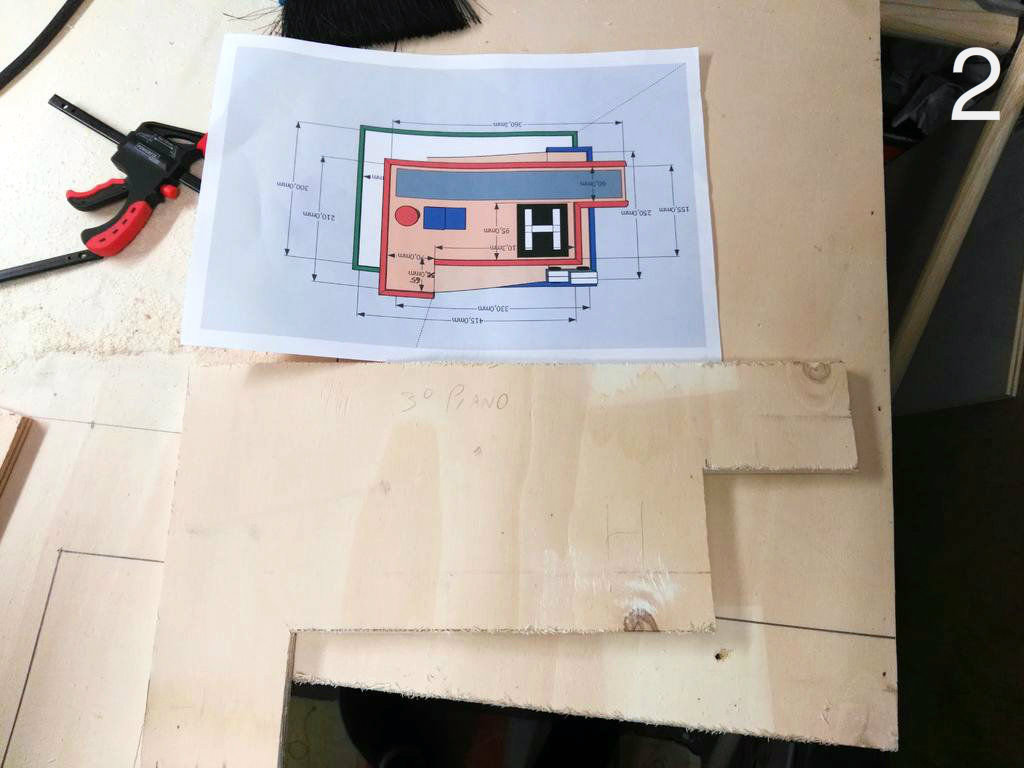
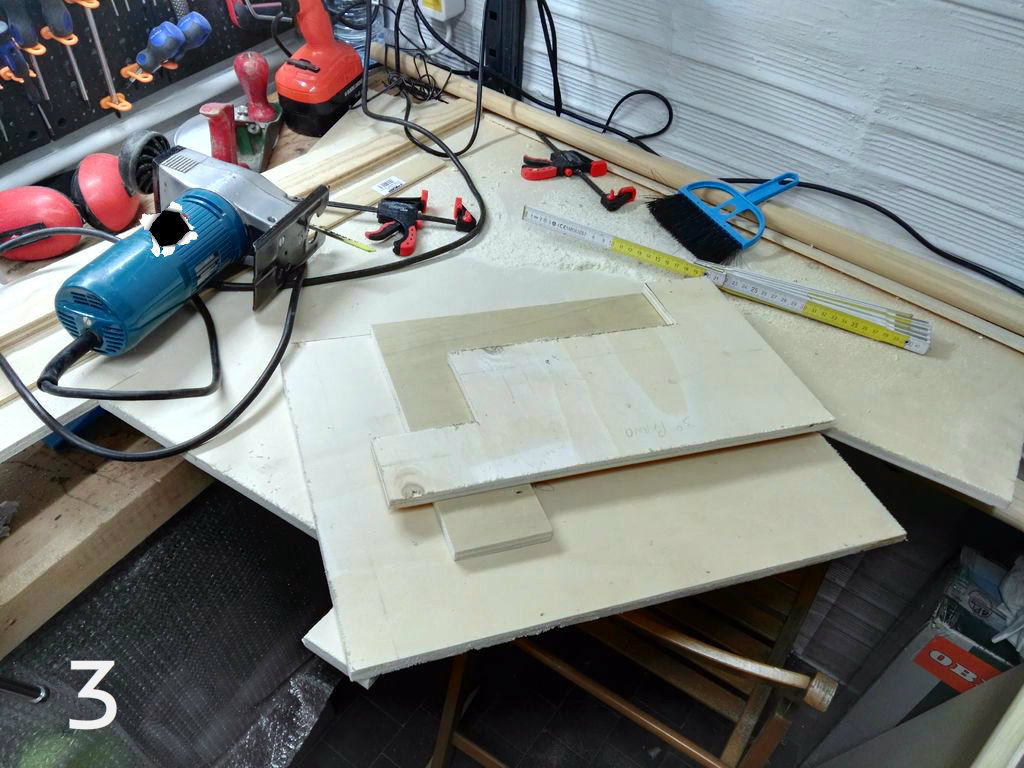
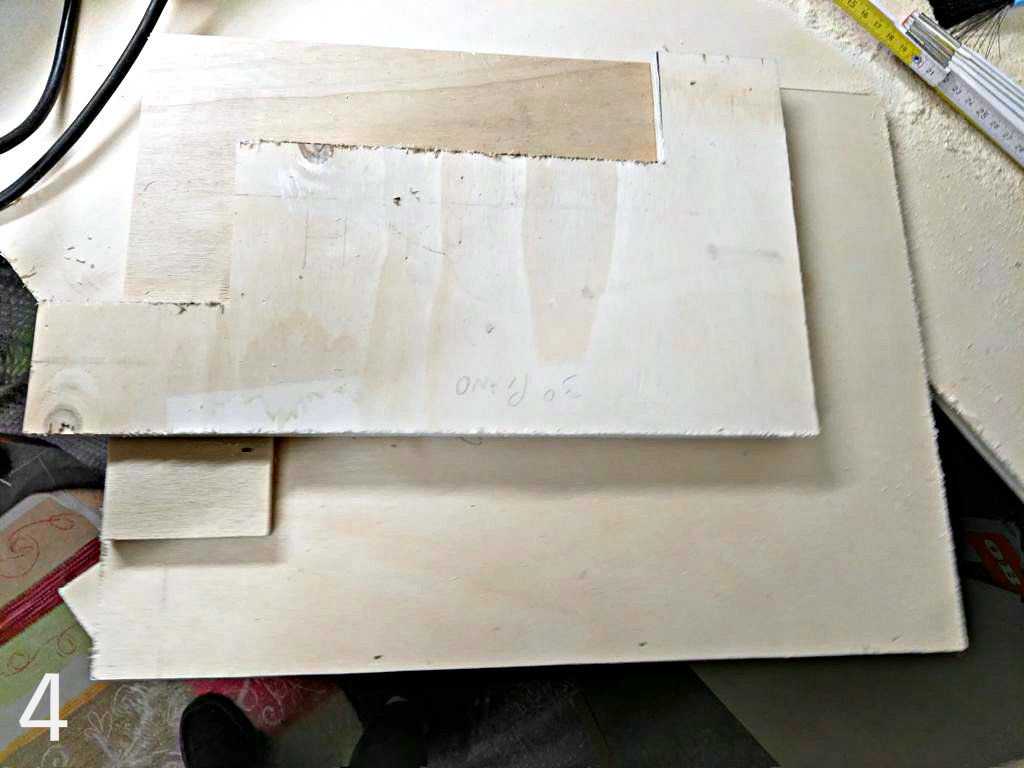
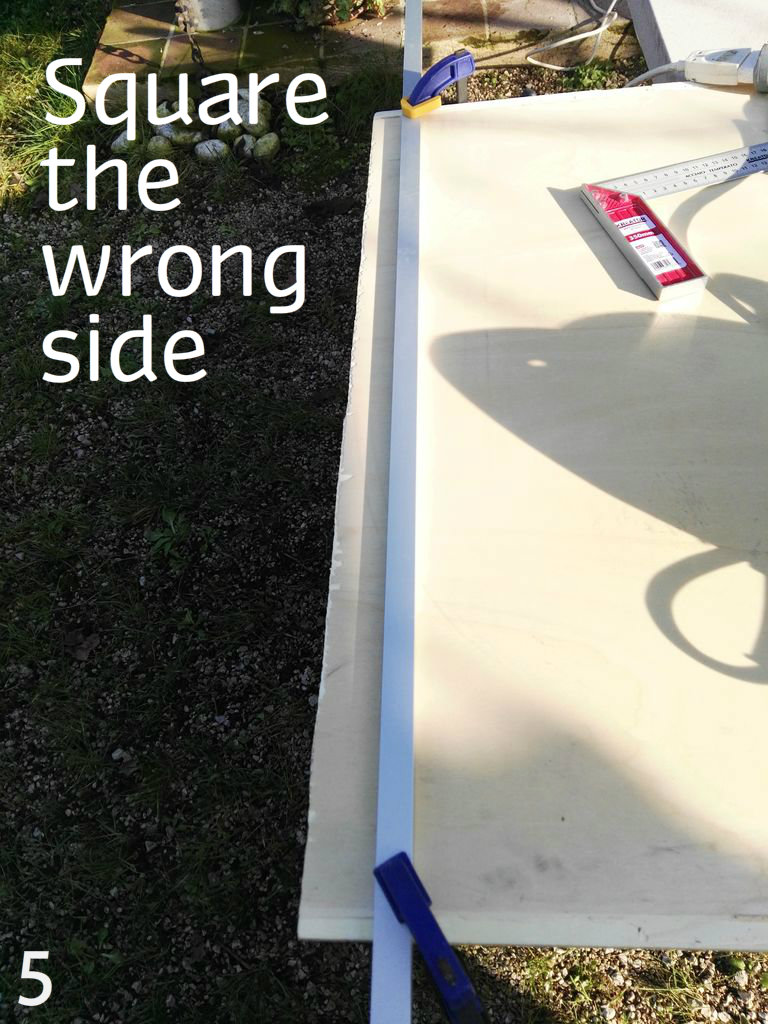
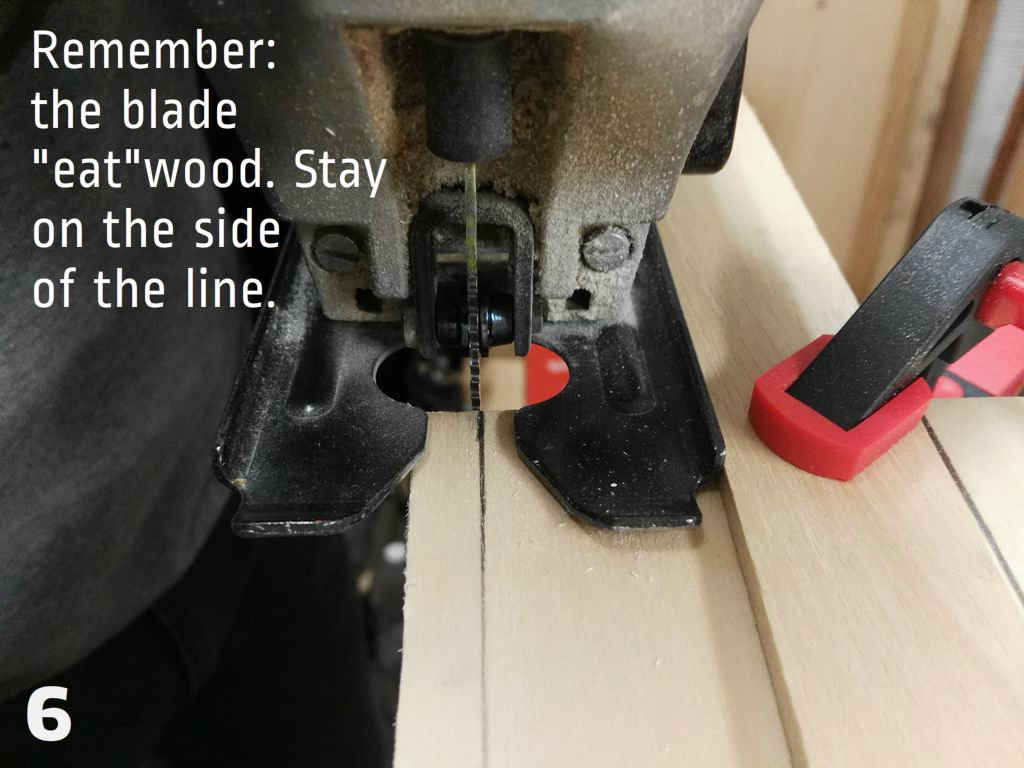
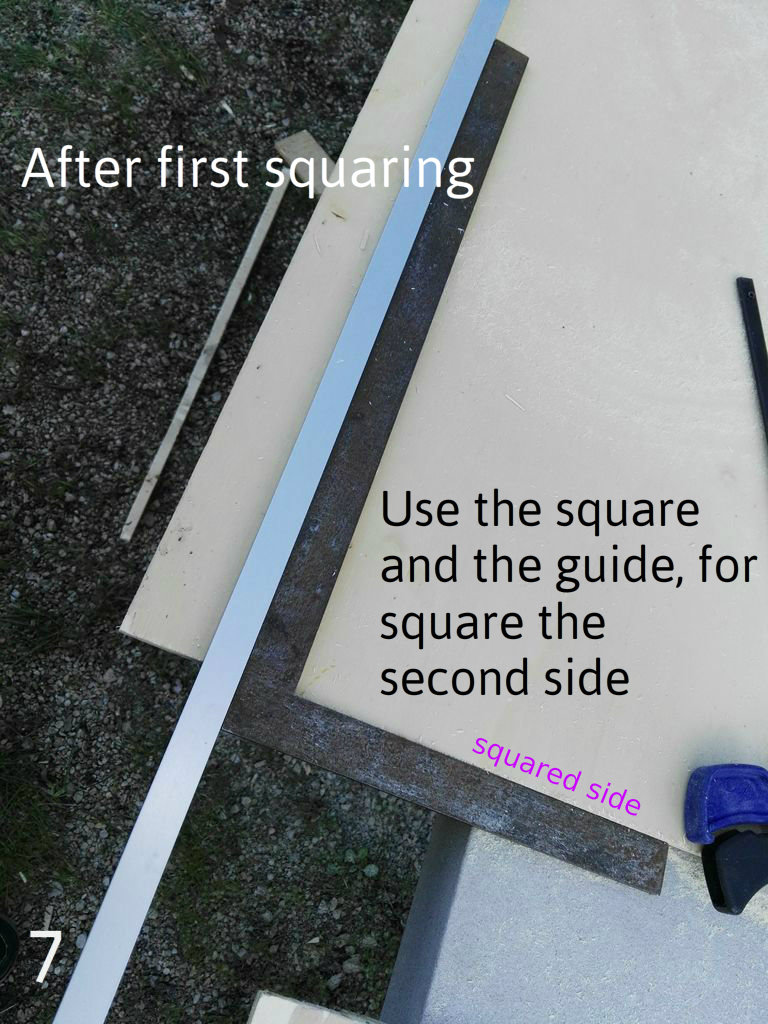
Now, keep in order your workbench, man's cave, box... and prepare the wood and hardware. Here there is the first watershed: do a precise work or a messed work. If you have professional hardware, is done. But a "precise" work could be done also with normal hardware with patience and some trick. I will explain this way:
- Take the main panel, control if the longer side is straight. It is? Good, go beyond. It isn't? Bad, we need to square it:
- Use the long low profile rod as a GUIDE, or use the ruler if long enough. Picture 5
- Fix it with clamps, near the wrong side at a distance,that is the 0,75 times the width of the binary of the Jigsaw.
- Now take the Jigsaw and cut a straight line, moving the border of the binary along the GUIDE. Look the Picture 6: remember, the blade eat 2-3mm of wood, decide from the beginning if the lines are on the size and so you have to cut on his side.
- Now that you have a straight side, you can use the carpenter square for correct the short side if necessary.Picture 7
- Use the carpenter square for edit all the floors: think like a puzzle or better like Tetris. We need to waste less possible the wood and at the same time, if is possible cut more than one piece with a single line, do it.
- Using the same technique explained before (Look point 1.3 ), start to cut all the line.
- Remember: keep aside the refuse of cut.
During the operations keep always the printing front of you, check double the measures and keep on mind that is not necessary draw the floors like the model (i mean same orientation), but could be necessary ROTATE and FLIP them... think in 3 dimensions ;)
OPTIONAL: Cut bonding strut
Well, if like me you will use an half rounded rod for the fences..."bad" news, at the end of the work, Glue Step, you will see that the clamp make flip the rod and the contact is not regular. So we need some small bars of wood with the same length of every side, for give a support to the fences during the clamping. If you don't have a lot of wood, i suggest to cut the struts for the first floor, the longest...and step by step you cut them shorter for the other floors...recycle ;)
Merge Refuses
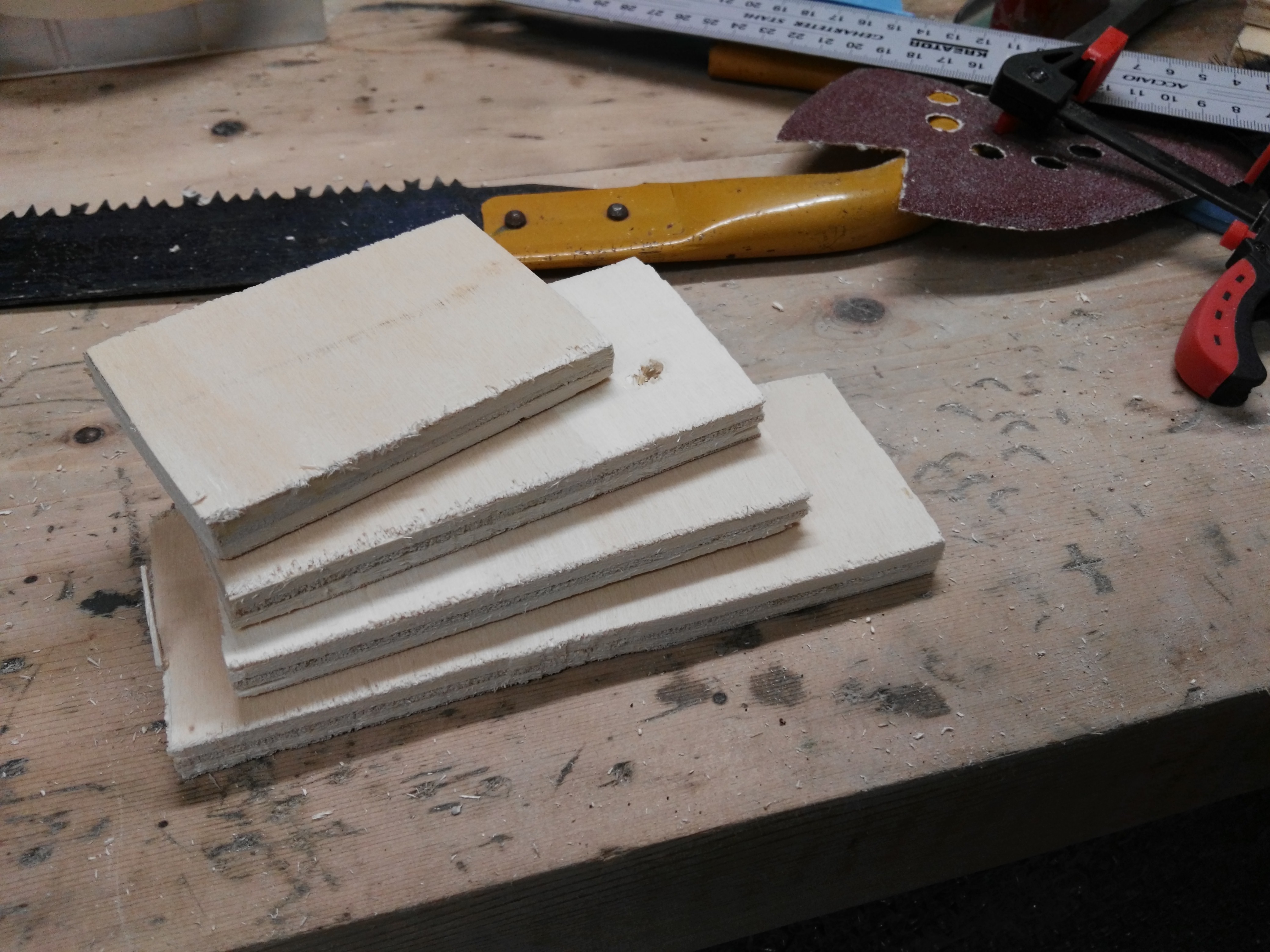
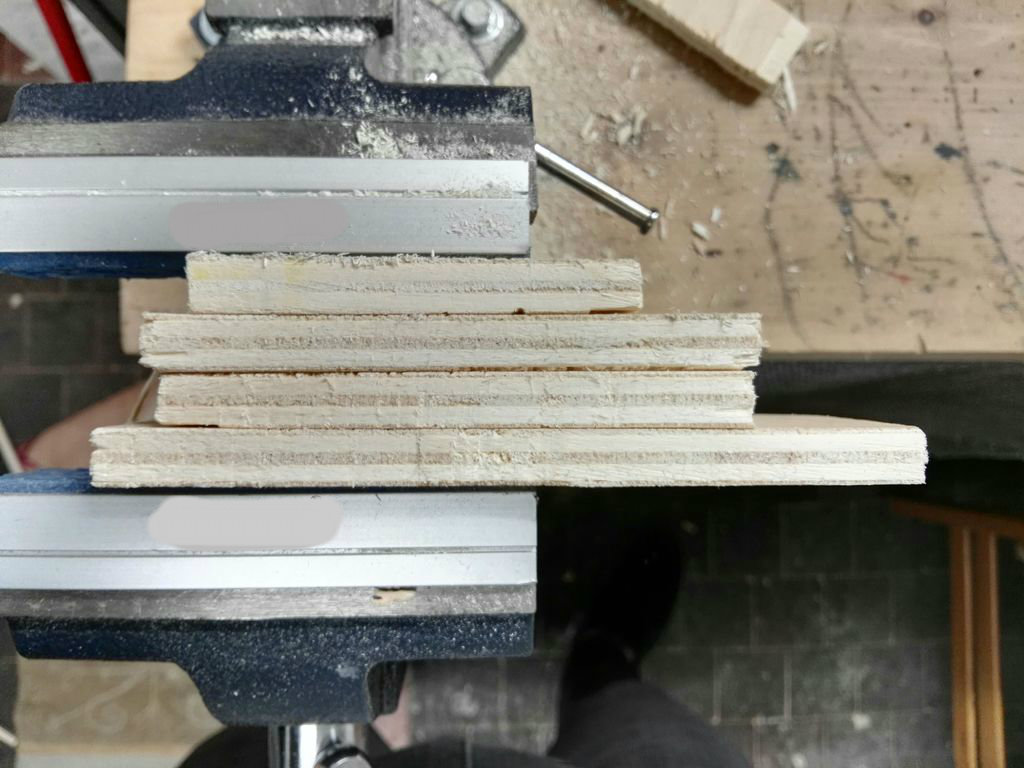
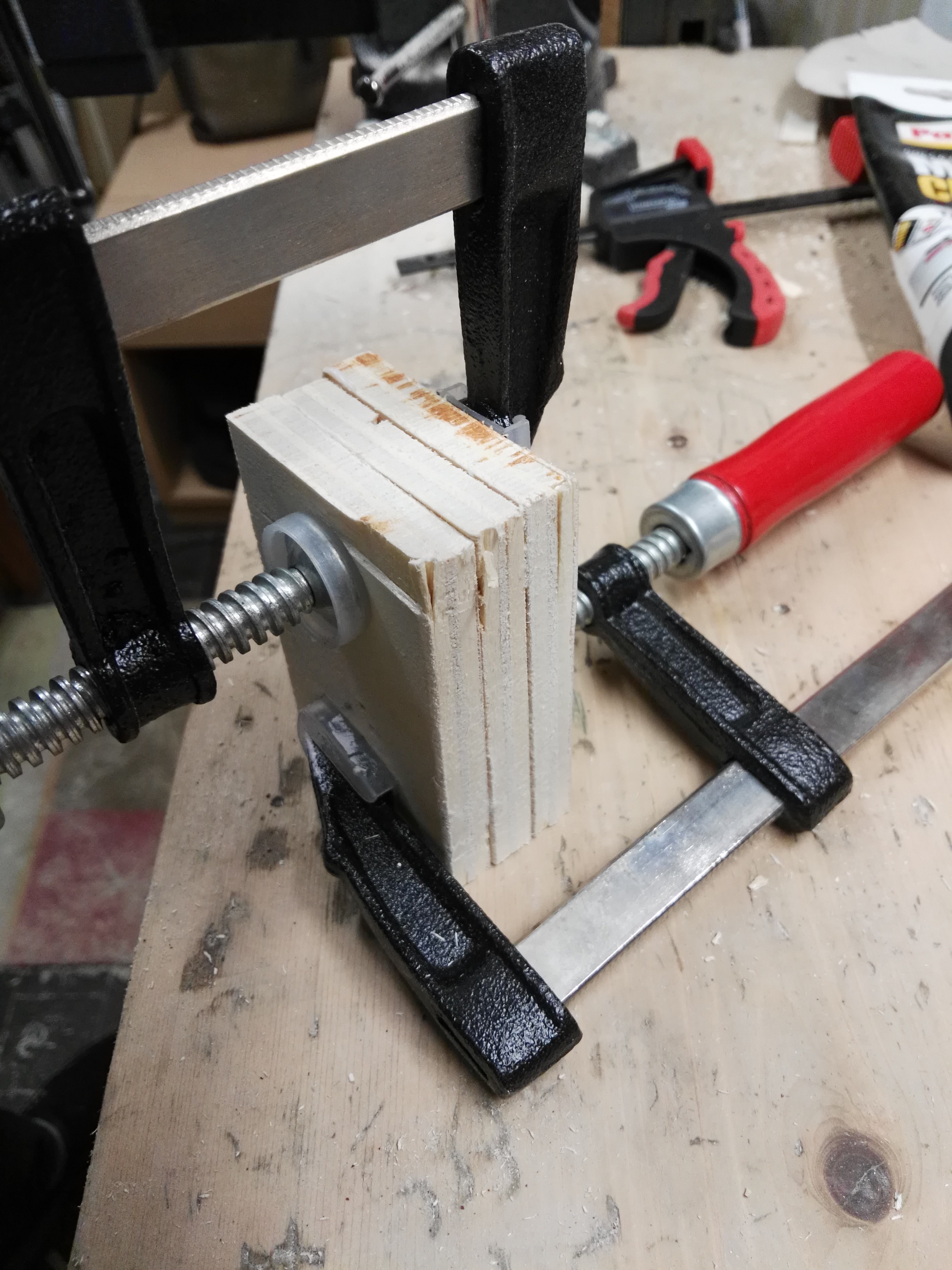
In the project we have also:
- Airport Facility
- Control Tower
- A mobile rod
- Cars
- Airplane if you want, or follow my way
Merging with the glue together also the smallest pieces, we can obtain a larger piece of wood to edit, for make stuffs.
In the pictures you can see how i:
- Chosen 4 layer.
- Aligned in the wise.
- Cutted them leaving out the ruined part.
- Merged with glue and clamped them.
The merging requires time, so make it now, because before of 24h you cant edit the merged piece. Make more as you can if you want.
Cut Fences
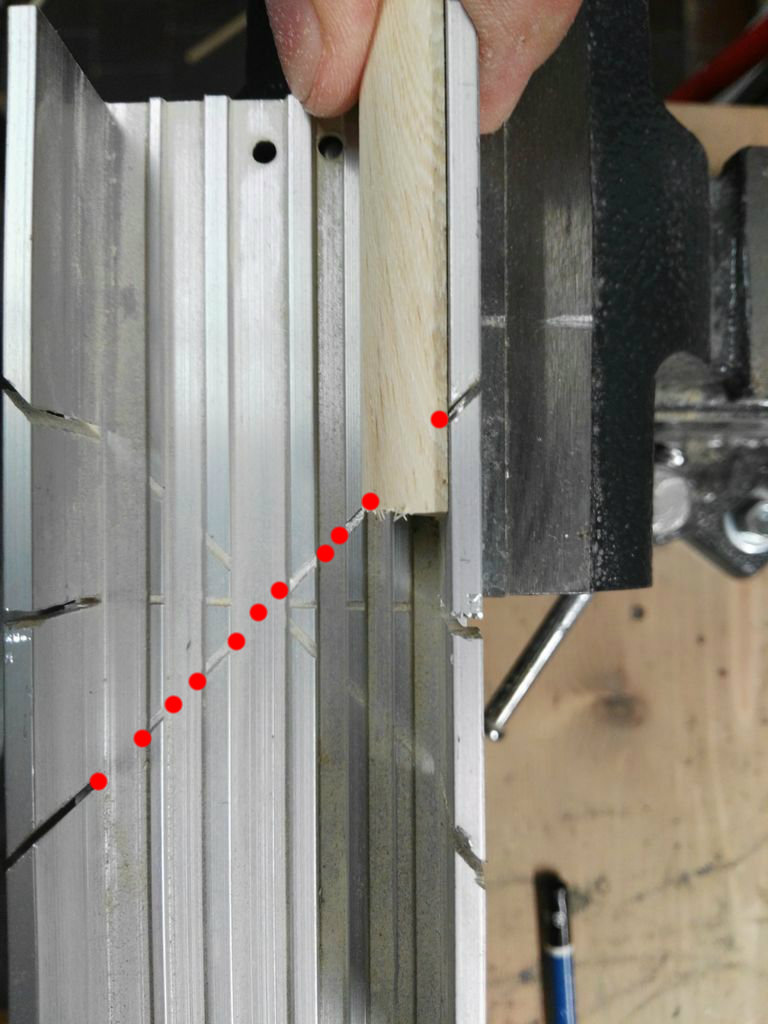
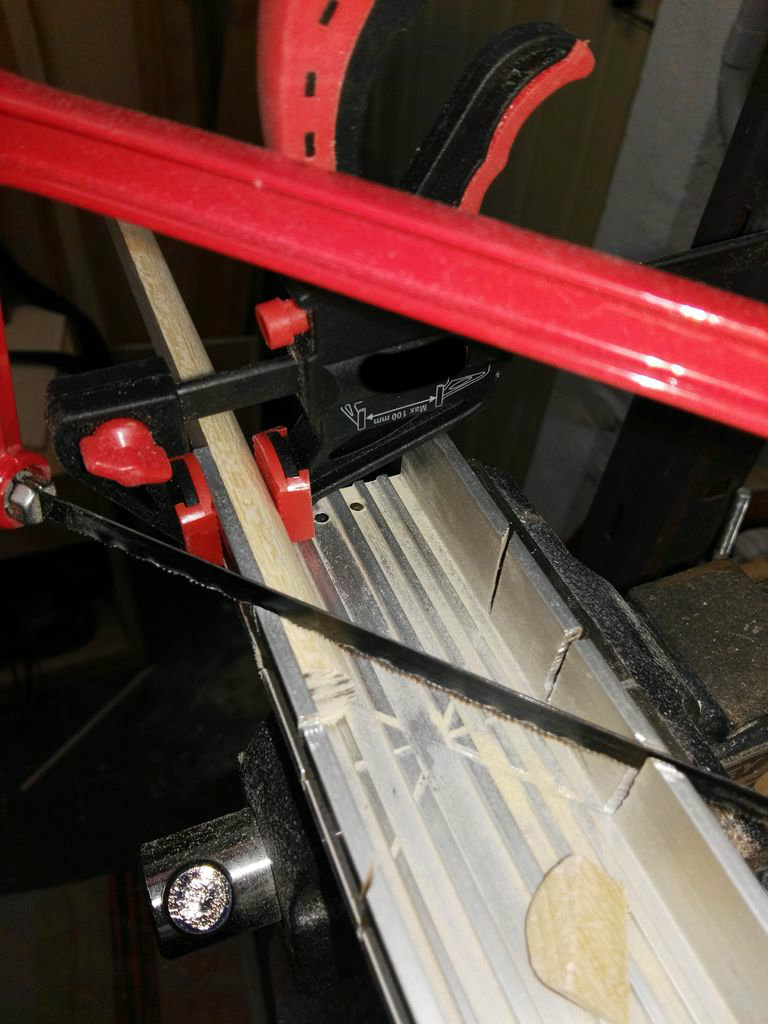
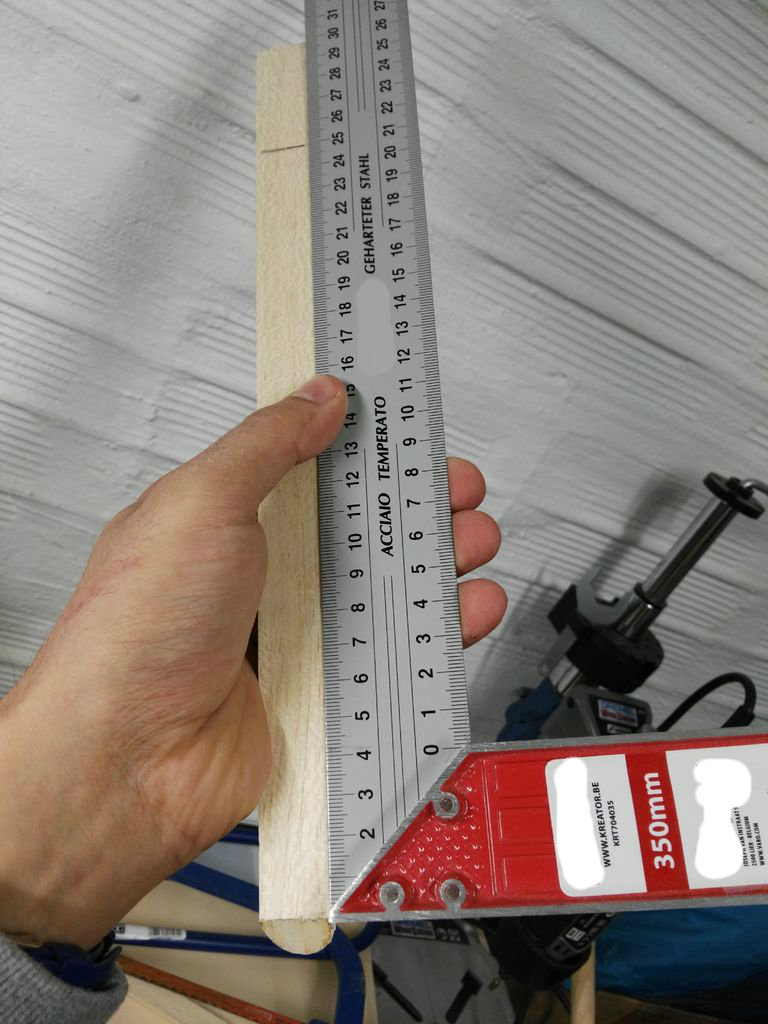
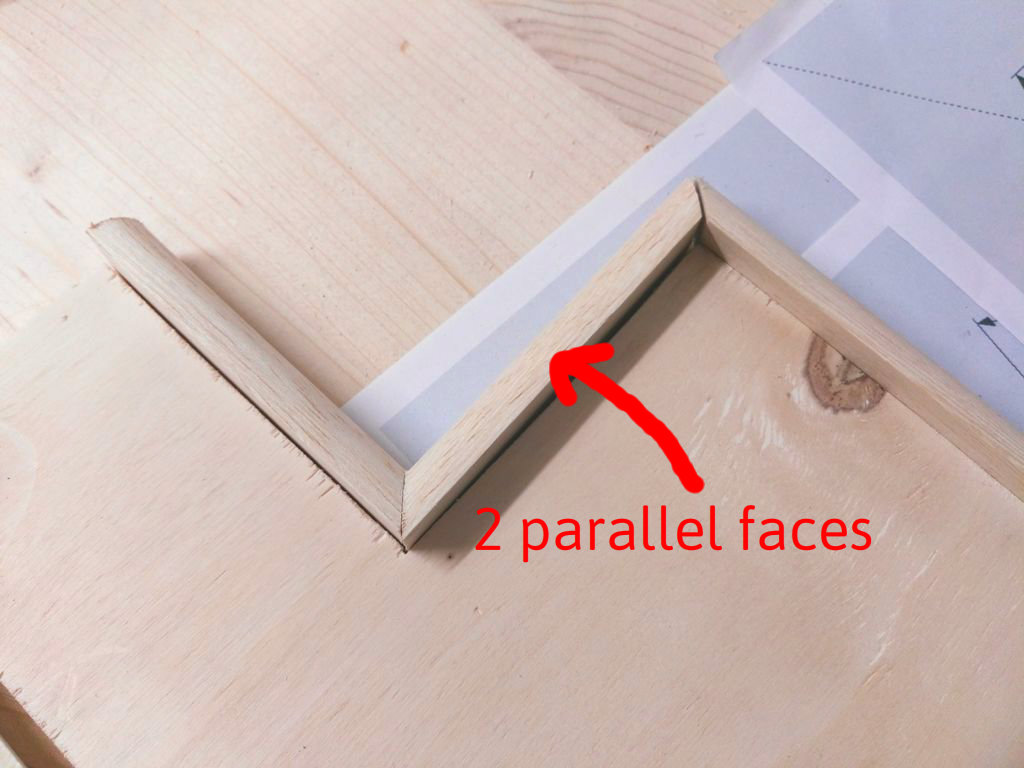
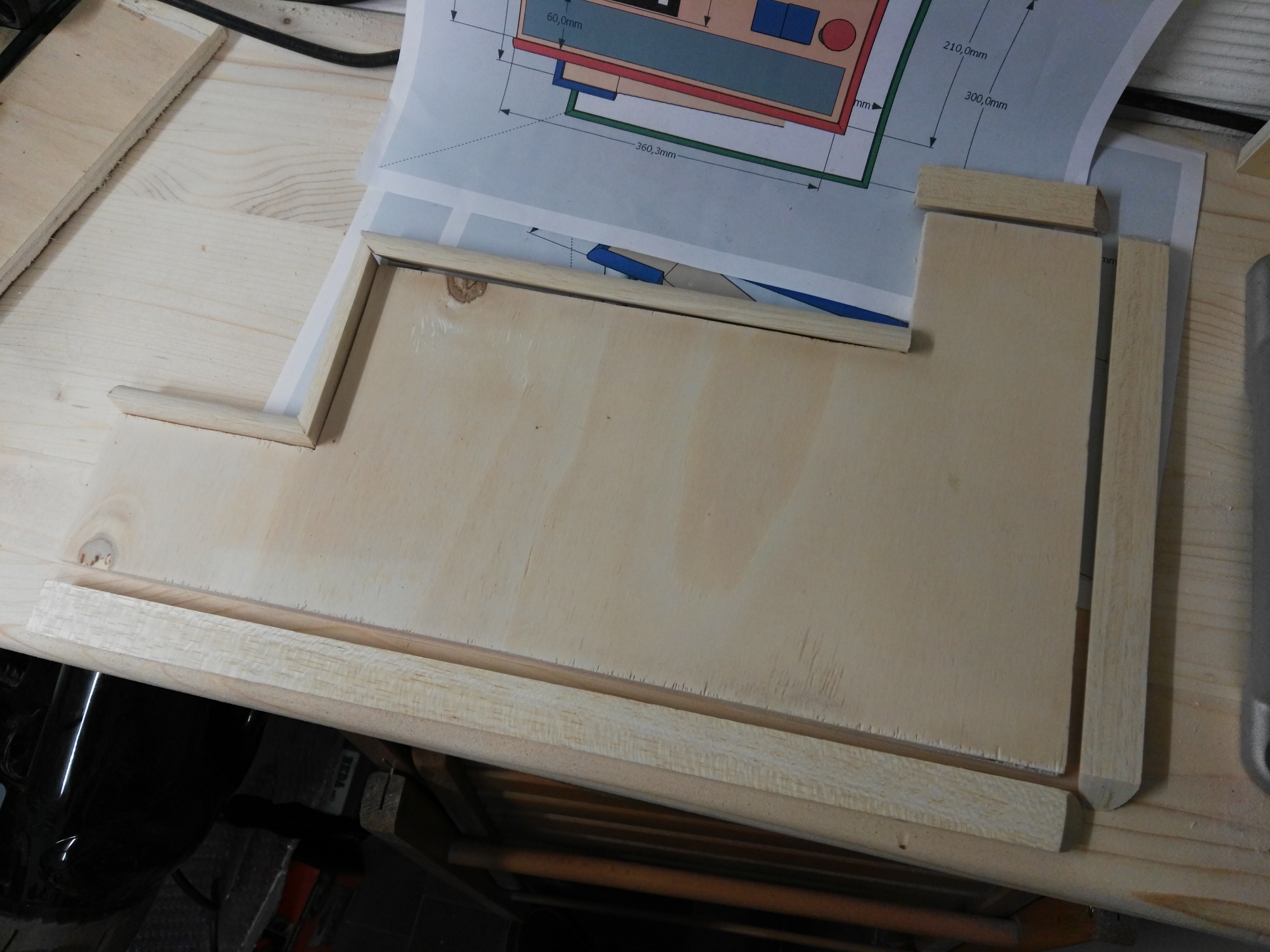
This is maybe the harder and longer part of the work, because we "need" precise 45° cuts...well, in this way will be better and beautiful. Here we can have 3 ways:
- Miter Circular Saw: pro level, perfect angular cut, you win.
- Miter Block: (picture 1) is cheap, not really simple and results may vary :D
- Free Hand: good luck...
Talking about the Miter Block this is the correct way to proceed:
- Measure the real cutted size of the side you wanna fence.
- Add 2 cm to this measure (45°angles bot both side...trigonometry...) and other 0,5mm for the errors, blade's eating...
- Cut with hand saw a piece of half rounded profile with the total size.
- Put the flat side of the profile, vertically in the guide, versus the border.
- If you look the Picture 1 you see i put the the front of the fence on the diagonal: stay closer you can to the edge.
- You can saw easily clamping the profile to the guide like Picture 2.
- AFTER the first cut, take the ruler or the square and mark the right size of the side in the flat face of the profile.
- Replace the piece in the Miter Block, scroll it until you see the mark in the slit of the guide.
- DON'T CUT RIGHT ON THE MARK...cut always a little beyond, if longer you will correct with sanding...if is short, is wasted.
Here is also the part where is easy get a lot of confusion:
- the most of pieces has 2 divergent cuts (divergent compared to the flat side)
- some has 1 side flat and one 45° divergent.
- few 2 parallel 45° cuts (like in Picture 4).
STUDY THE MODEL!
Cut and Drill Columns
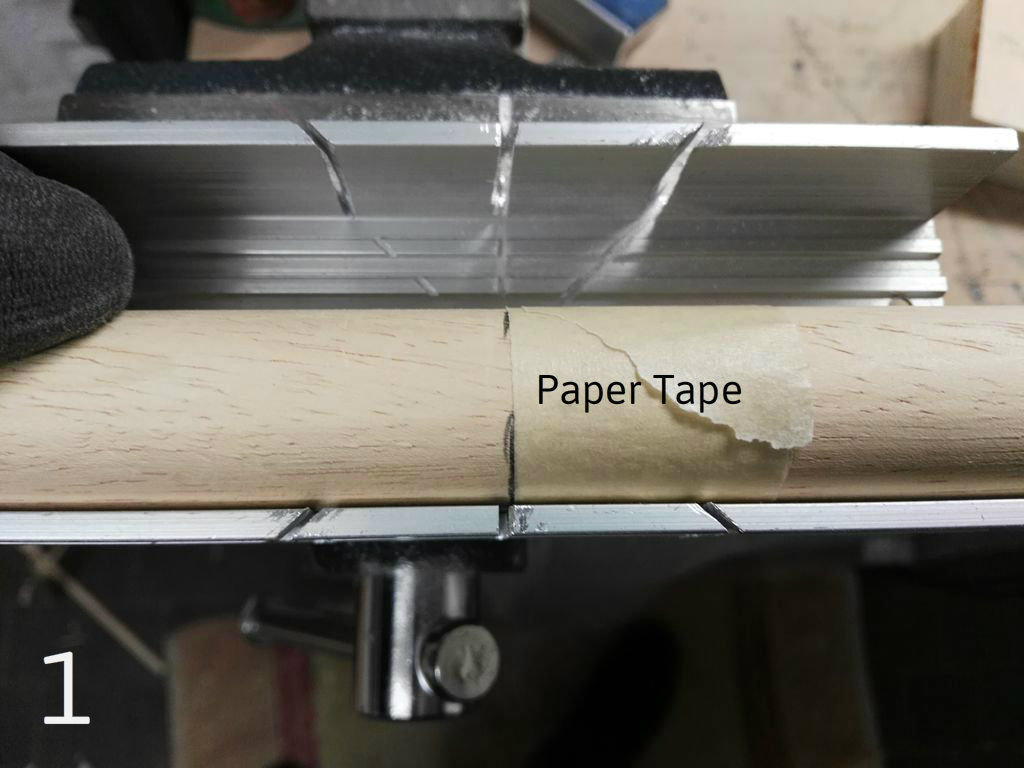
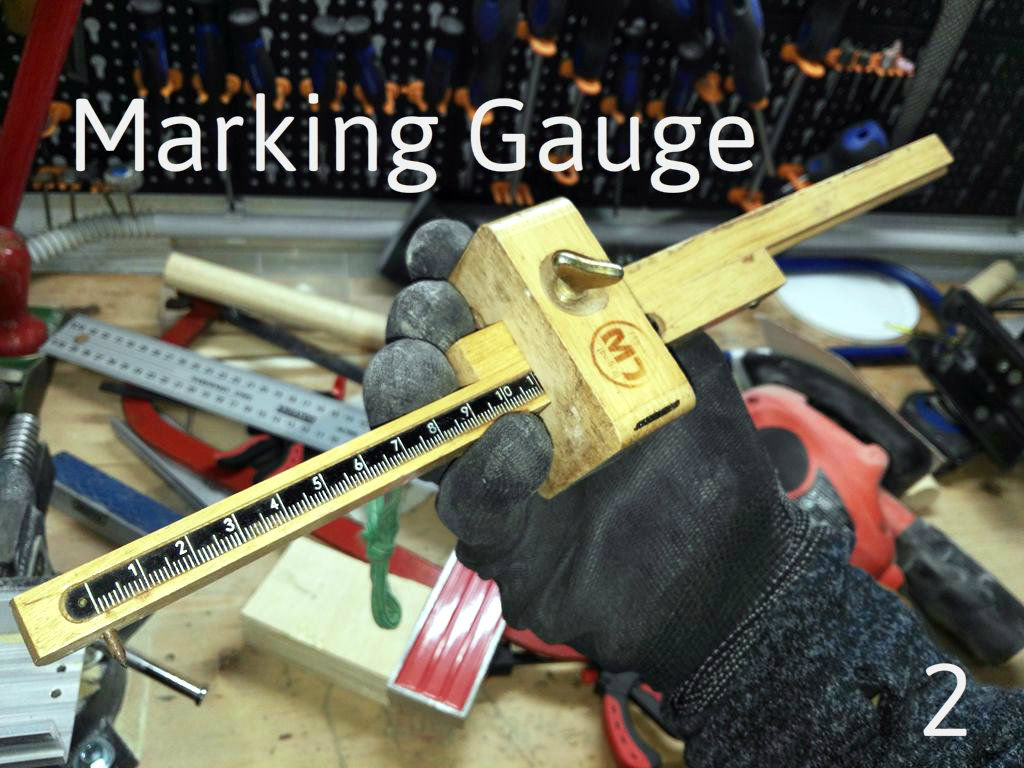
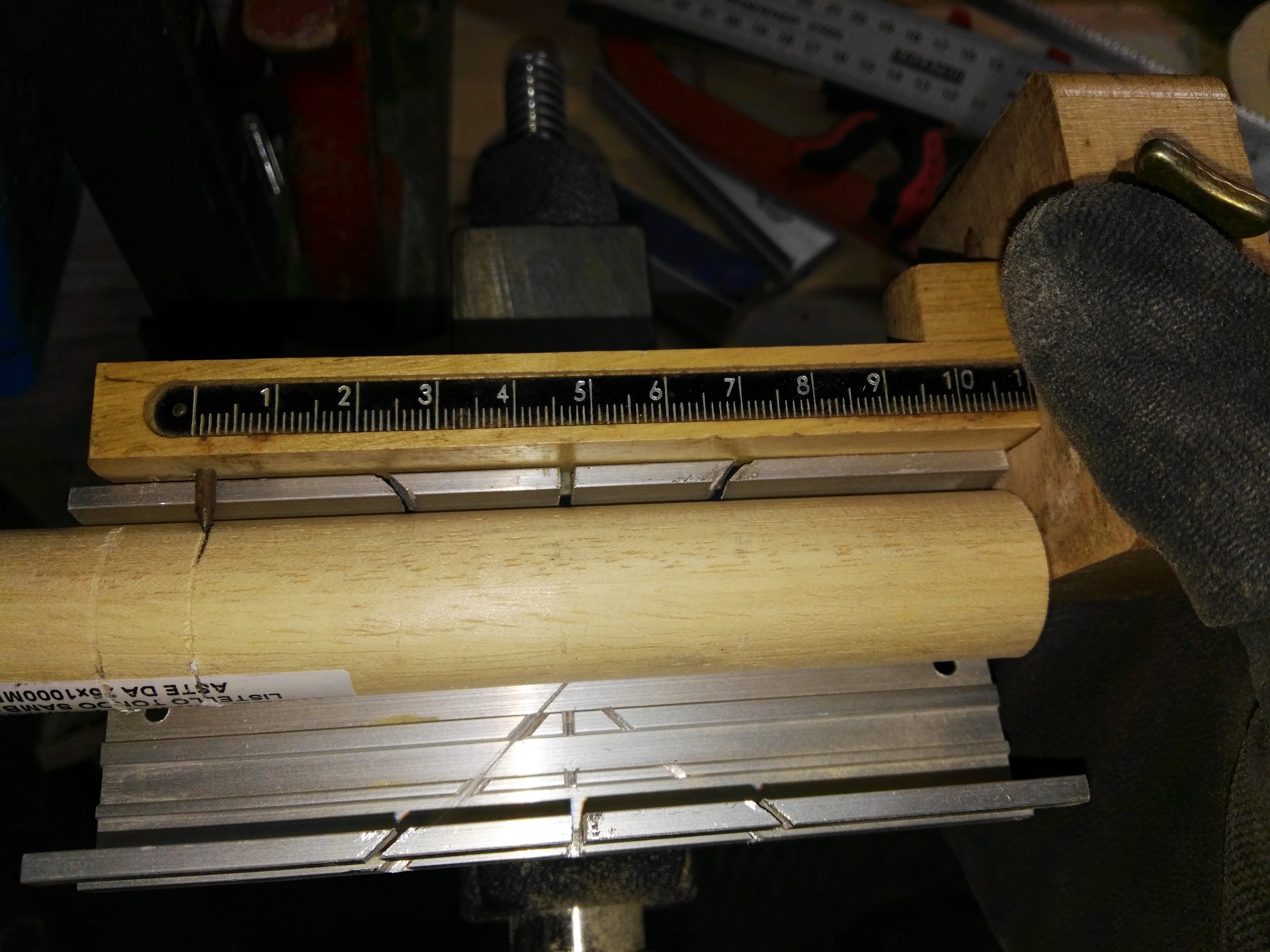
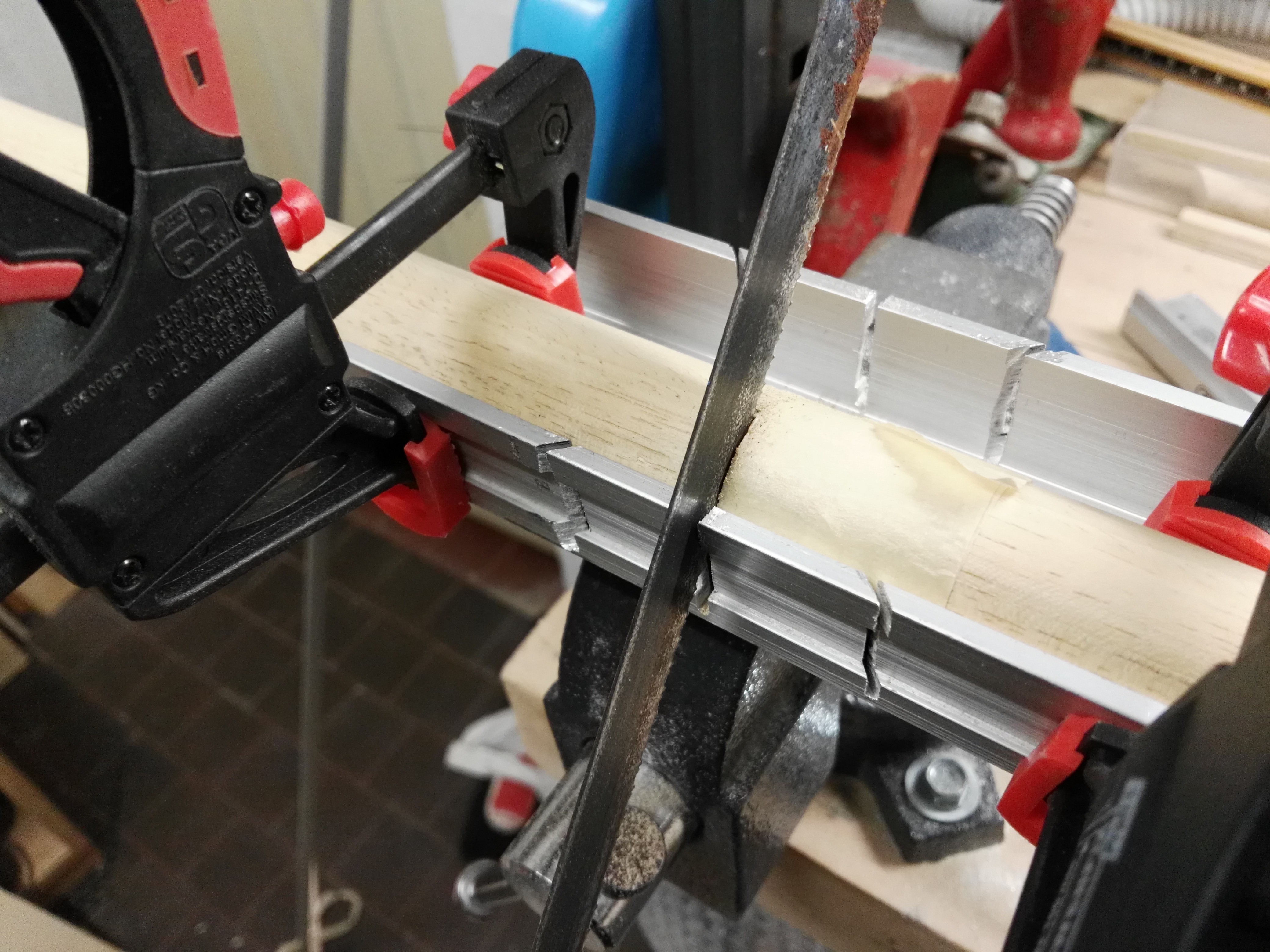
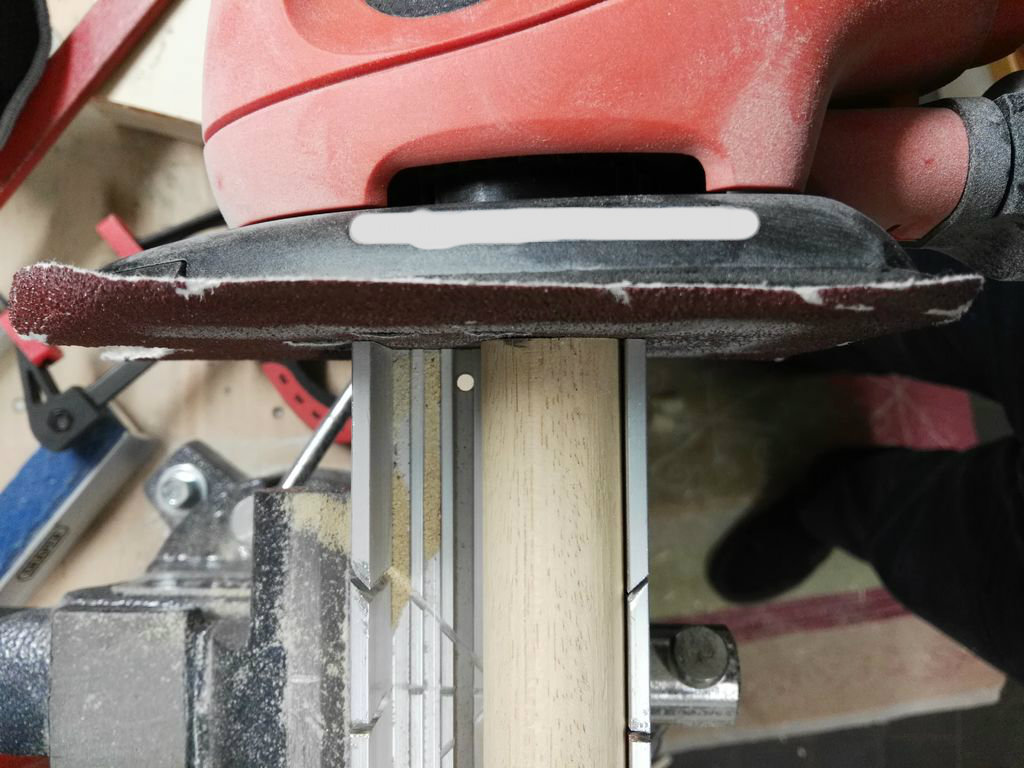
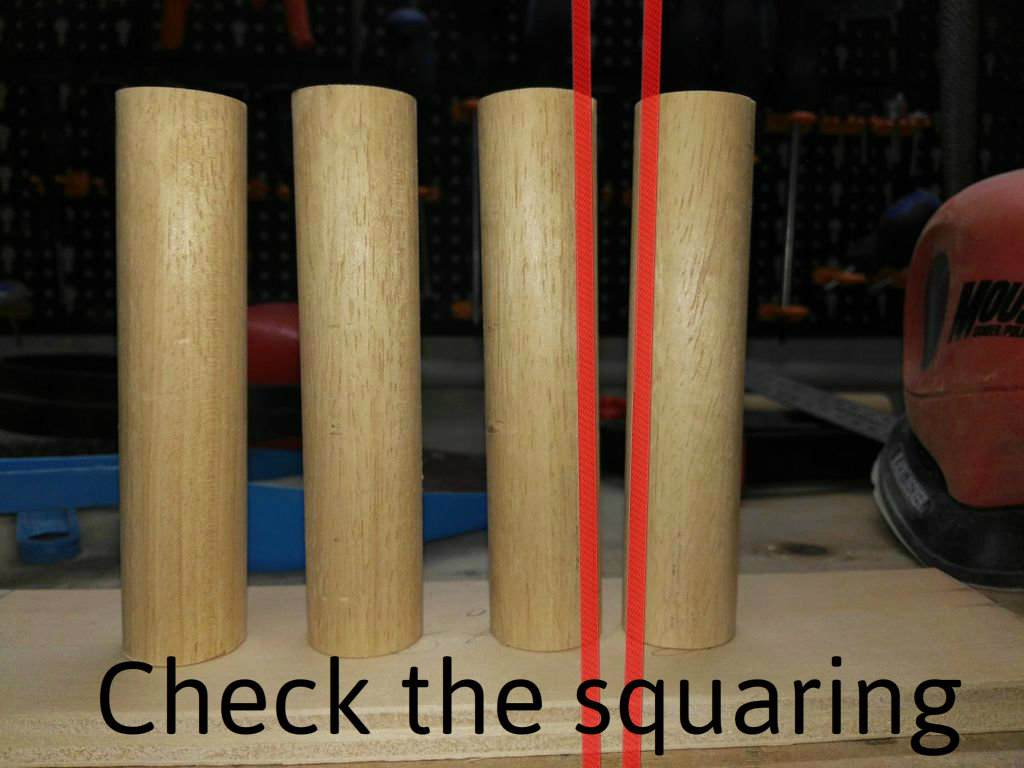
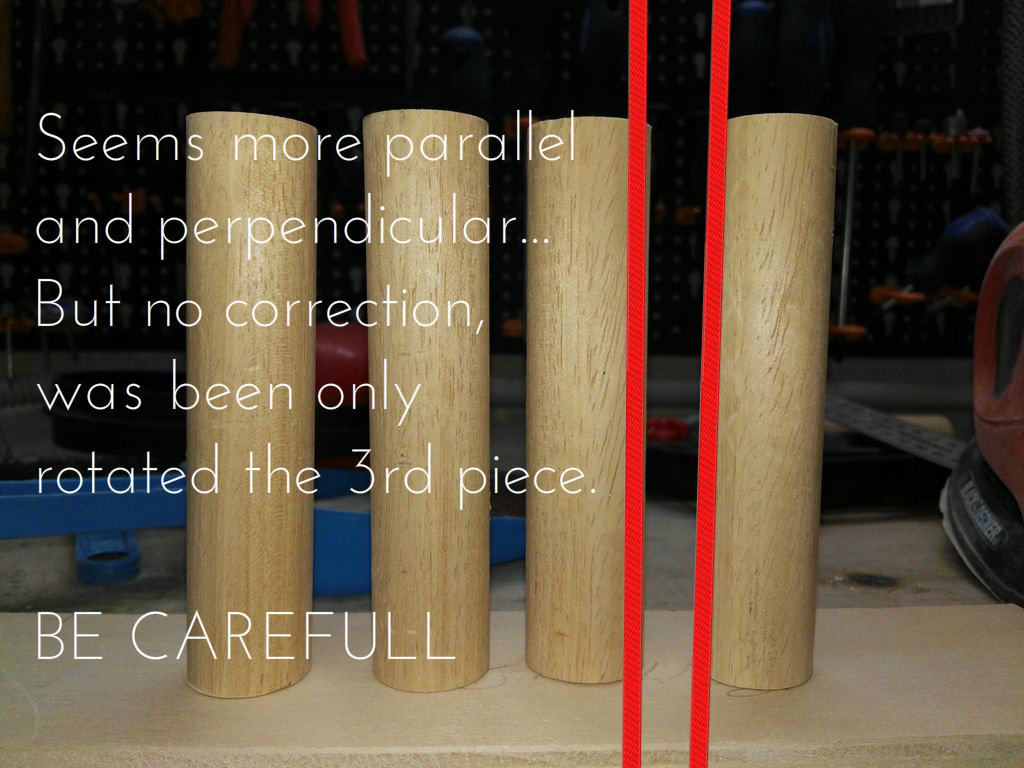
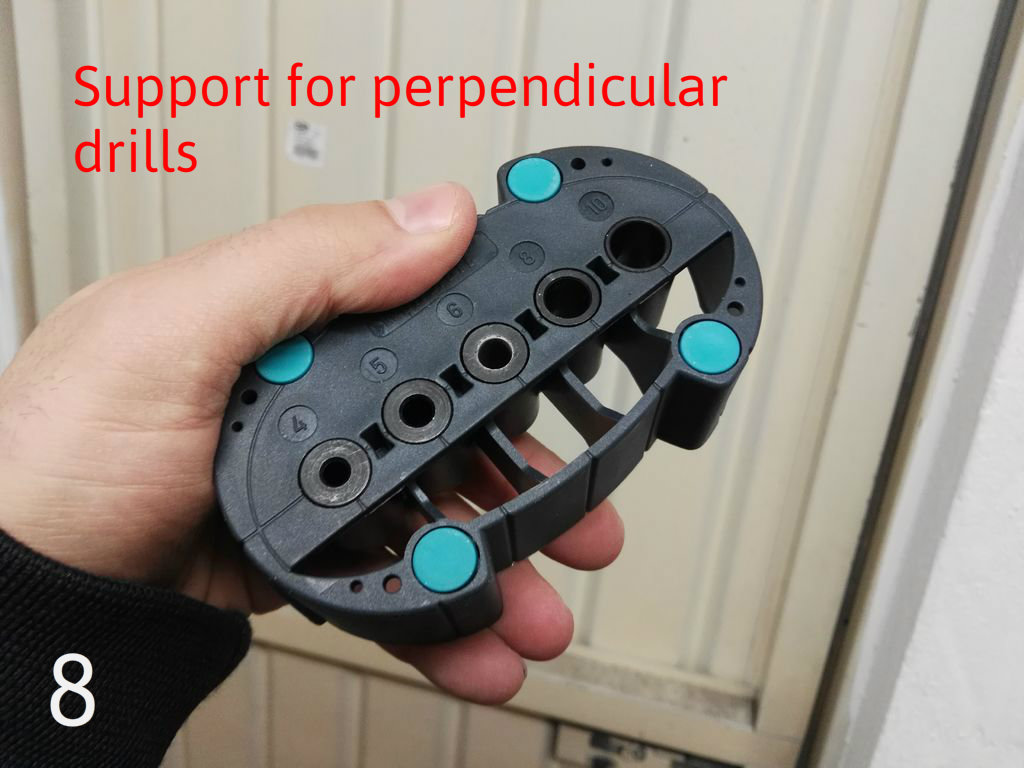
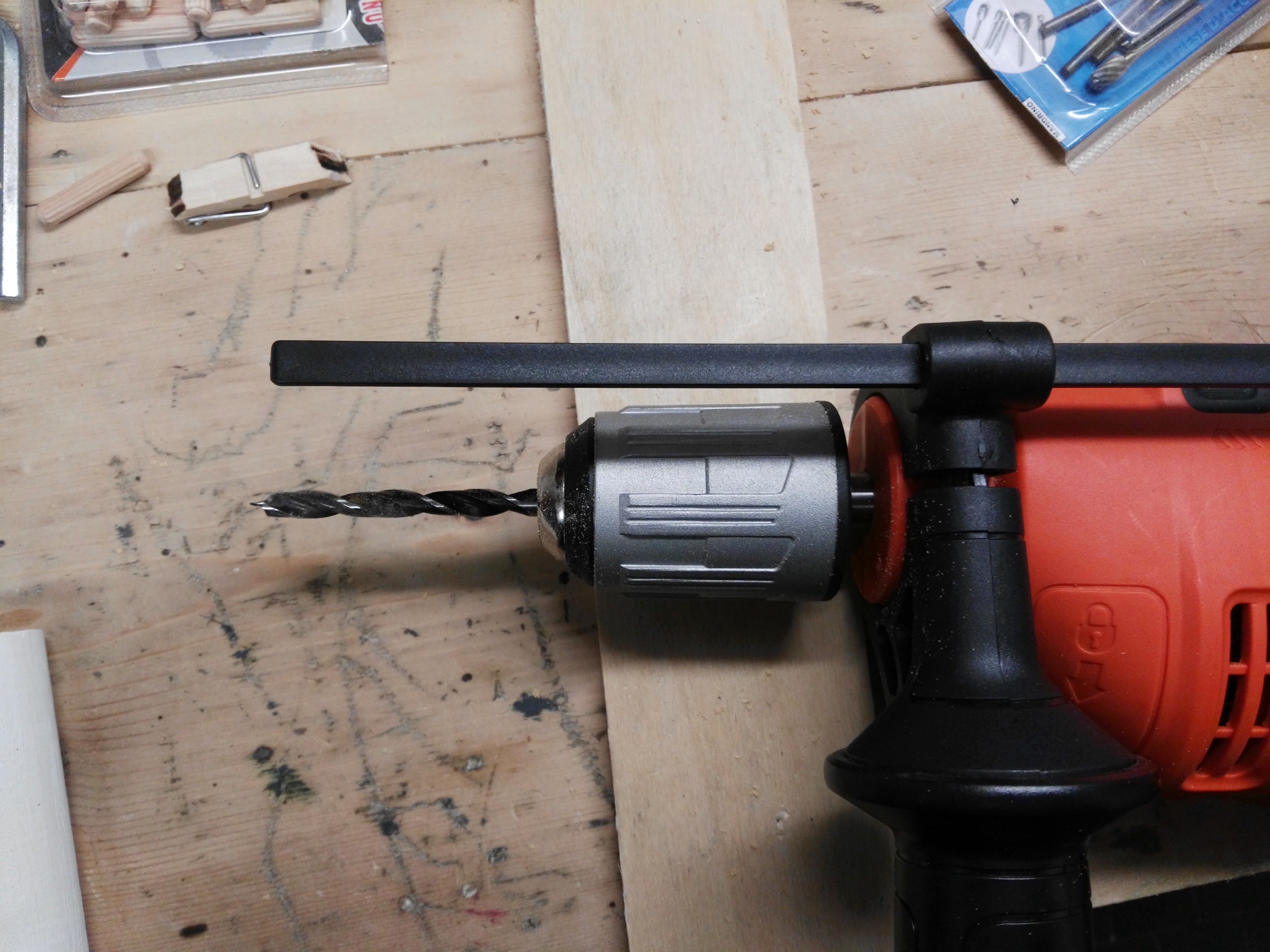
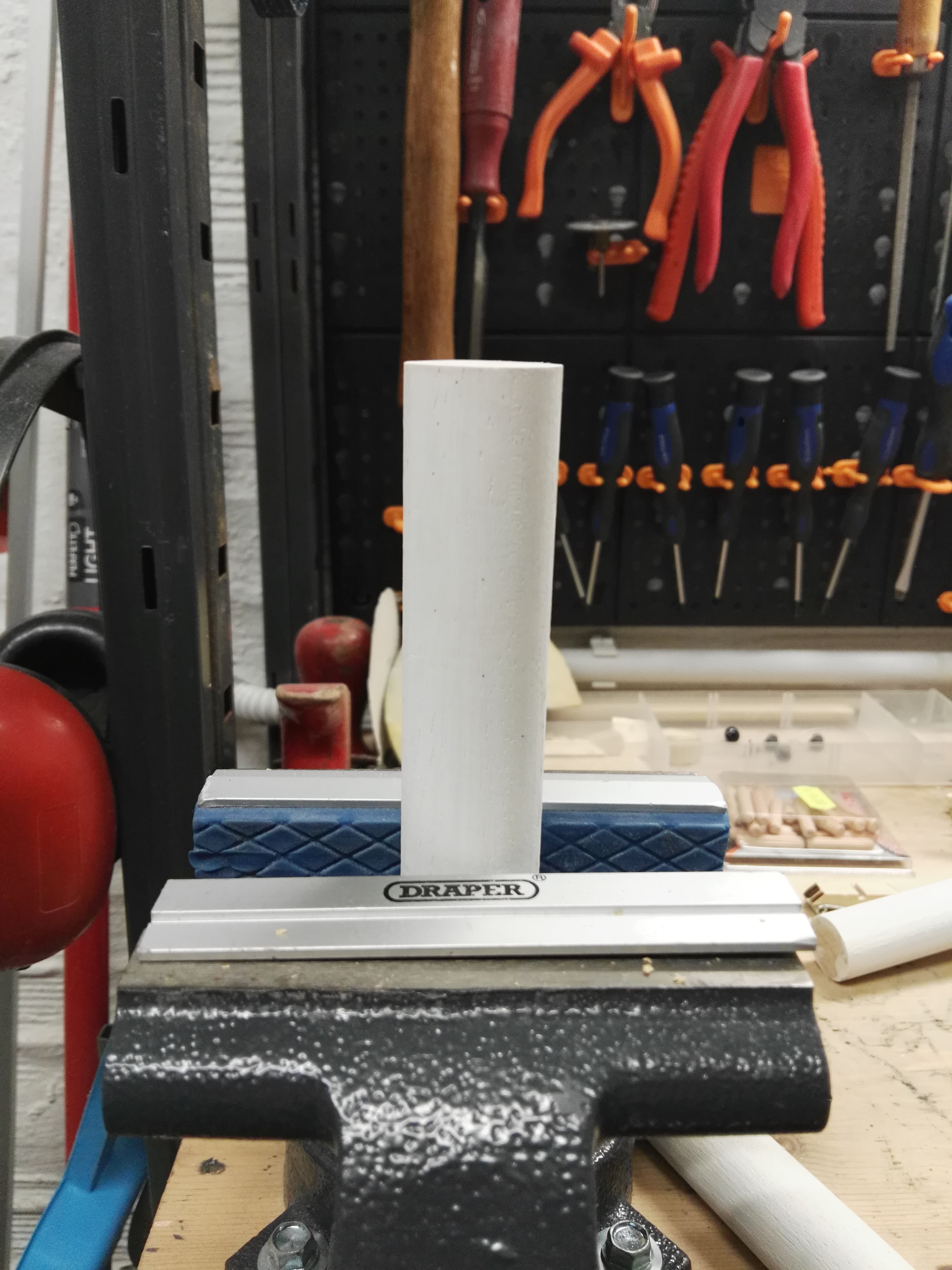
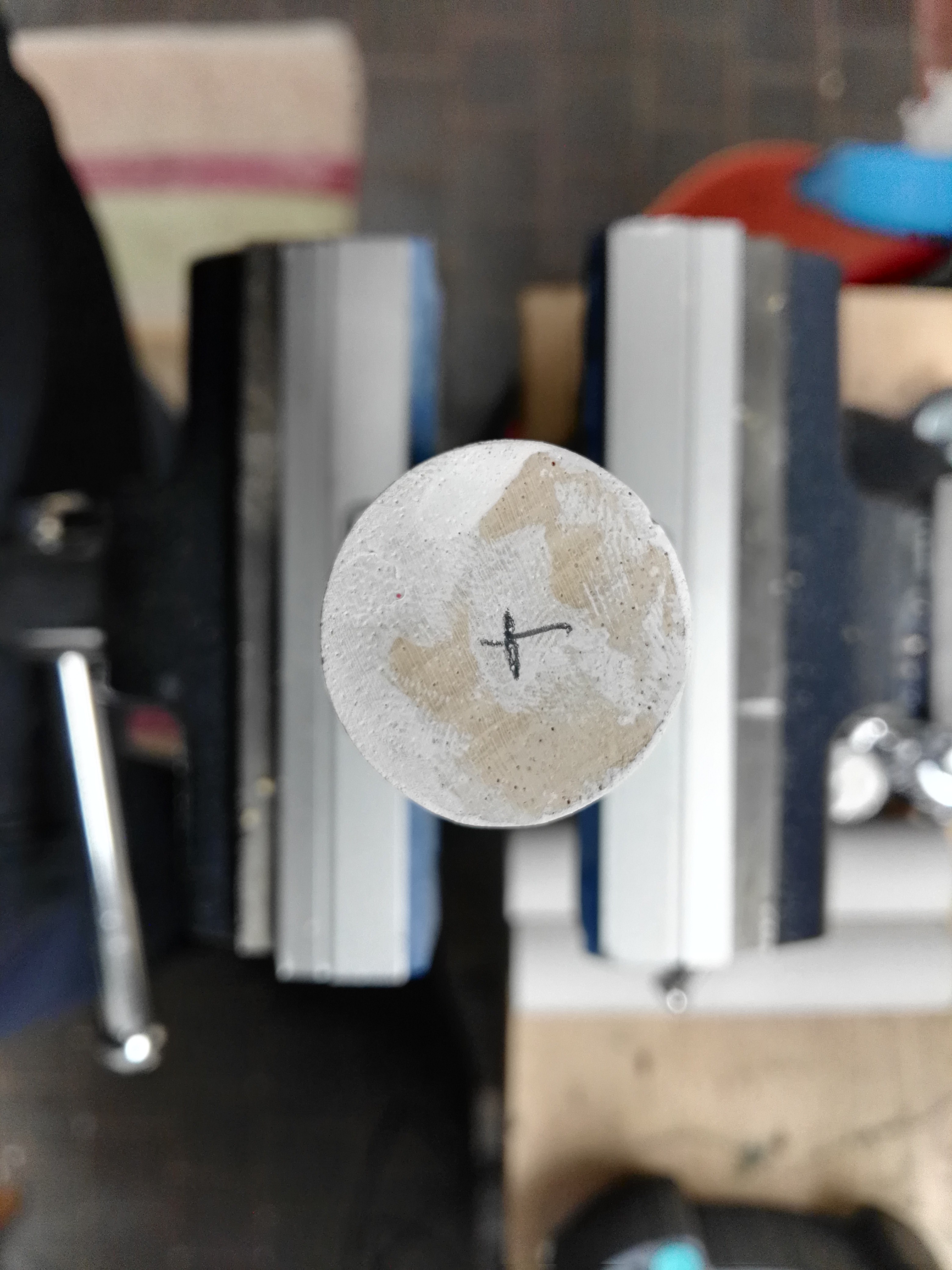
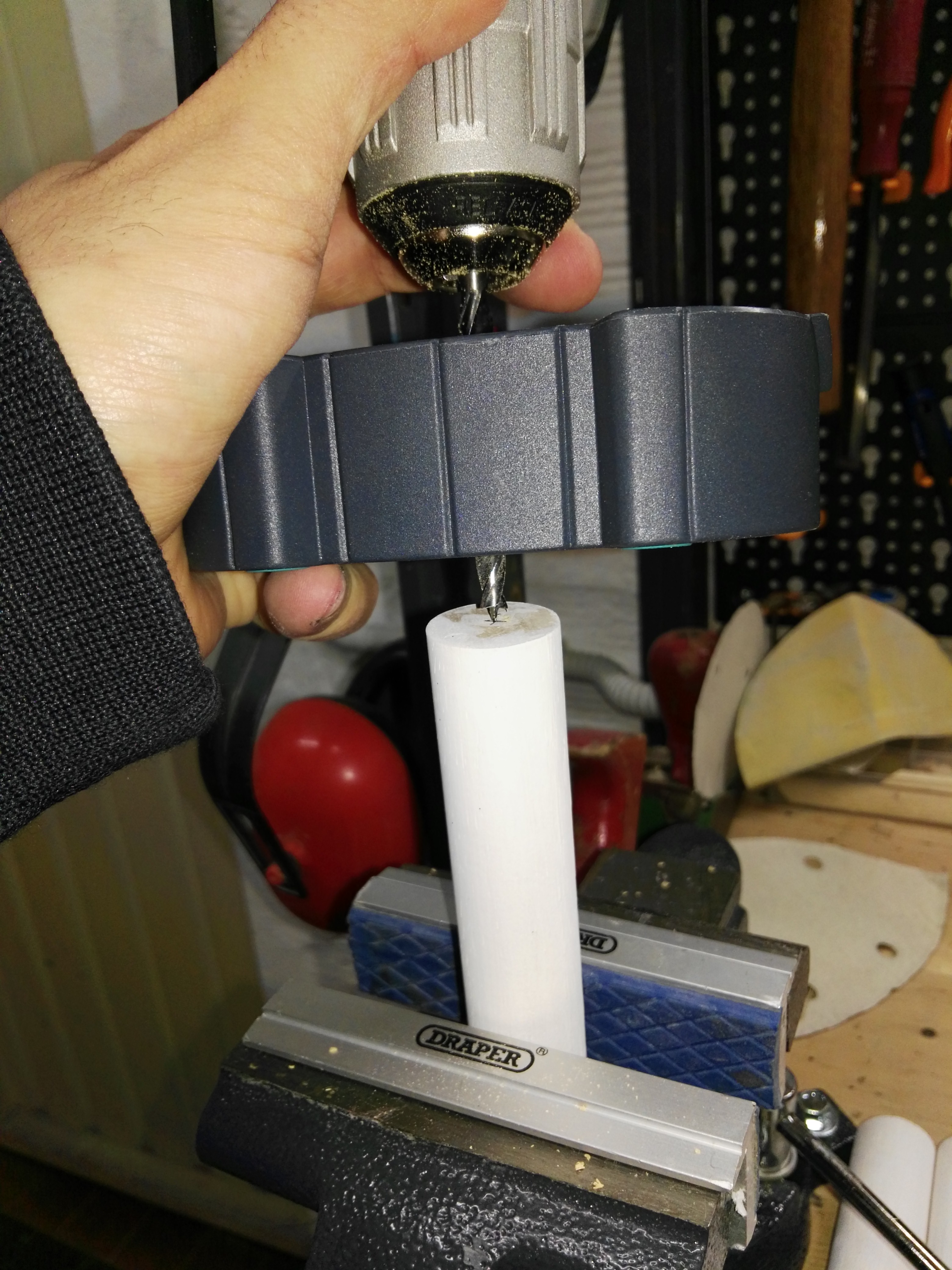
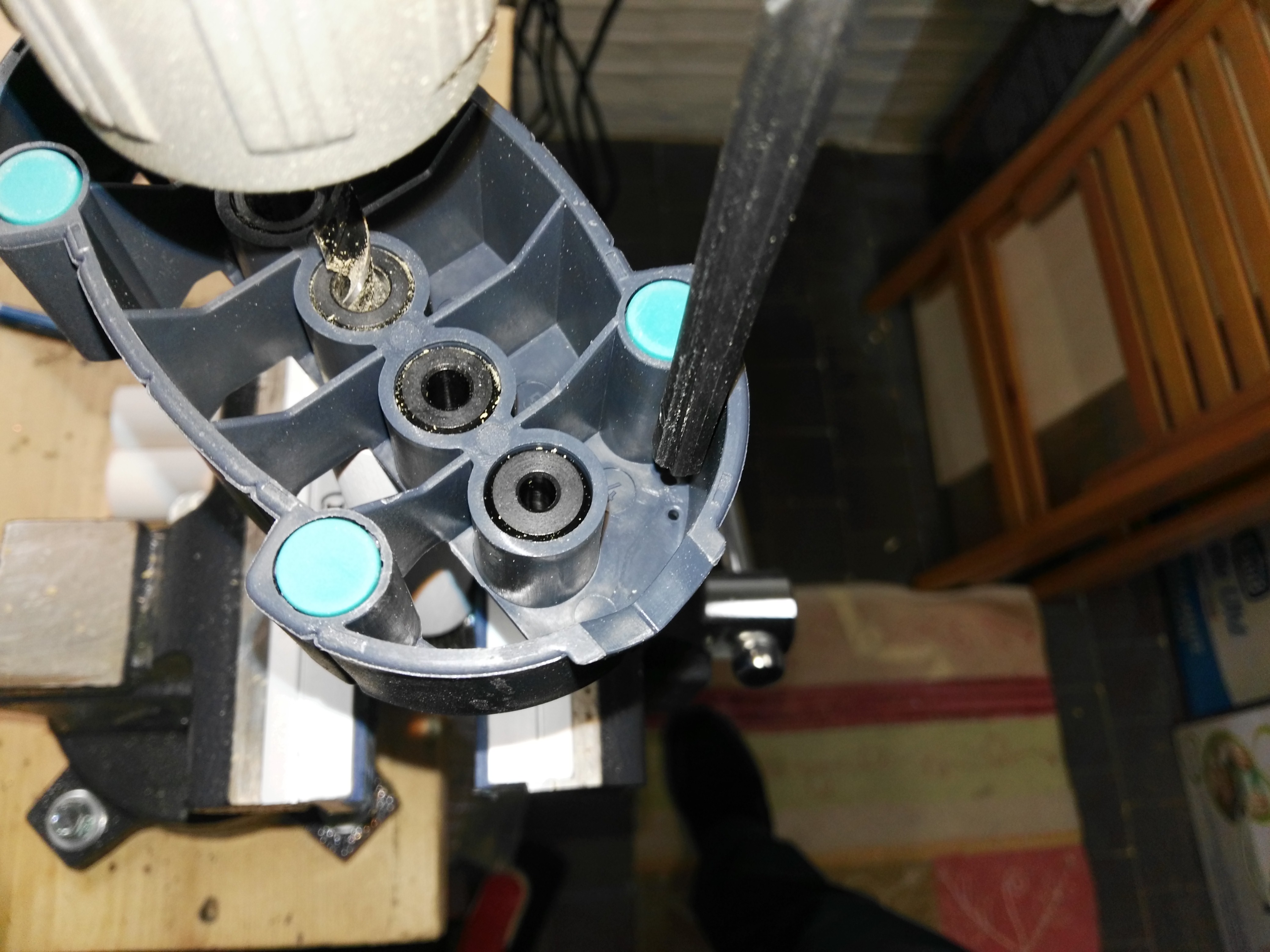
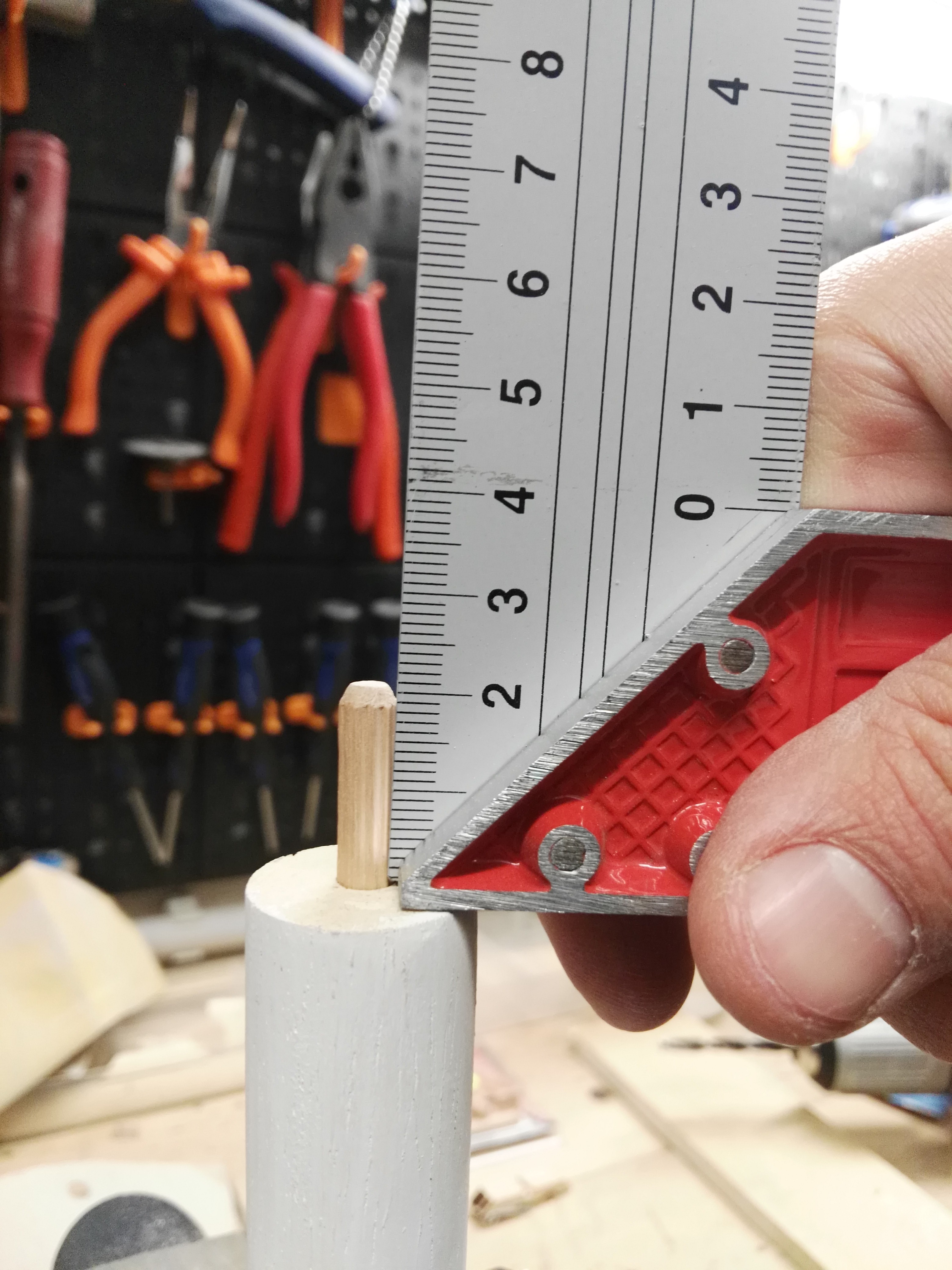
Here, we have the same problem before:
- Miter Circular Saw: pro level, perfect angular cut, you win again.
- Miter Block: ...results may vary, is necessary adjust the surface with the sander or a rasp
- FREE HAND: may God bless you.
Maybe here the problem is worst, because will be better have 2 parallel cuts, in order to have a perpendicular column respect the floor. If the surfaces of cut are too much angled, even if we use clamp and glue...we will see empty space between the column and the floor. At least, we can mount the column without empty spaces but too much angled, bad things to see.
REMEMBER that later we need to drill the top and bottom of the column for insert the Dowel Pegs... Without a vertical driller, is simple do a lightly angled hole... SO IS IMPORTANT starts from a squared column because:
- We reduce the manual error due to the drilling.
- Theorically, if the column are really squared...we can paste them also without Dowel Pegs, only with the clamps and time.
- The structure will be more solid, no little move.
CUTTING PROCEDURE:
- Put the rod inside the Miter Block.
- Sign the length with a pencil + ruler, marking gauge, paper tape (look the pictures).
- Clamp the rod to the block.
- Now take the hacksaw and starts to cut with an angled direction, but taking the CENTRAL slot of the miter block. During the movement starts to move to the top of the rod, looking the other slot, until you can put the blade inside that slot. THIS IS DUE TO THE FACT that my miter block is smaller than the rod. If yours is bigger, no problem, put the blade inside the central slot and cut.
- After cut, square the face using the sander and the miter block, like the picture.
CHECK THE SQUARING
A small trick could be put them all together standing and look the space between...one by one, rotate them and look if the space changes. From the picture 6 to the 7 you can see the last space more regular and parallel, only because i have rotated the 3rd column, without correction. So be careful, because what is seems to be squared, is only from that point of view. IF YOU CAN, you can use also a vertical disc sander, for square the column.
All depends on your patience, technique and hardware...and also if you want a squared work or not...
DRILLING TIME:
- Place the column into the vice.
- Find the center of the cylinder, mark with pencil.
- Measure the Dowel Peg.
- Make the hole in the center of the base and top of the column. ATTENTION: The depth of the hole changes:
- 4 columns have ONE HOLE 1/3 of total length of the dowel peg: that is because i wanna put the column in the same axes trough the floors, so 1 dowel peg will fit 2 column and the floor between. And the OTHER HOLE 2,5 cm : because will fit to the top or base floor. OK? Look the model...
- All the other will fit always in top and bottom with a floor, so the depth of the hole will be always 2,5cm (if the dowel peg is 3cm) because we will do a drill in the floors depth only 0,5-0,6 cm. REMEMBER: my wood is 1 cm...if yours is more, drill the half of the thickness.
- WE DONT WANT SEE THE DOWELS COMES OUT THE BASE OR THE FLOORS... so think good at the depth of drilling.
TIPS AND OPTIONS:
- Use a block for perpendicular drill (Picture 8) IF ALL IS REALLY SQUARED.
- Use the block and then enlarge the hole IF YOU KNOW that nothing is really squared: that's because you will adjust the position of the column for compensate the squaring error.
- Use a Driller with hand support an miter (Picture 9) for measure the depth.
- Otherwise put the paper tape in the drill bit for have a reference sign.
- If you are not so sure about the squaring of the cylinder's faces and drilling, make the floor's hole a little larger than the dowel pegs, in this way you have a little margin of correction for place the column perpendicular.
Cut the Ramps and Guard Rails??
If the 3D modeling and cutting are been good, you can also take the risk to cut the ramp and relative angles: from the 3D model with the "goniometer" you can take the right attach angle....and the risk.
BUT if the real sizes are different, i suggest to cut only the expected length, for the ramp and the guard rails.
Only when you have mounted all, you will finish to cut and edit, then glue the ramp and relative guard rails. Also because this will be the effective procedure: they will be mounted at the end of the games.
For the procedure and trick for the angles, see the STEP 15.
Buildings & Co.
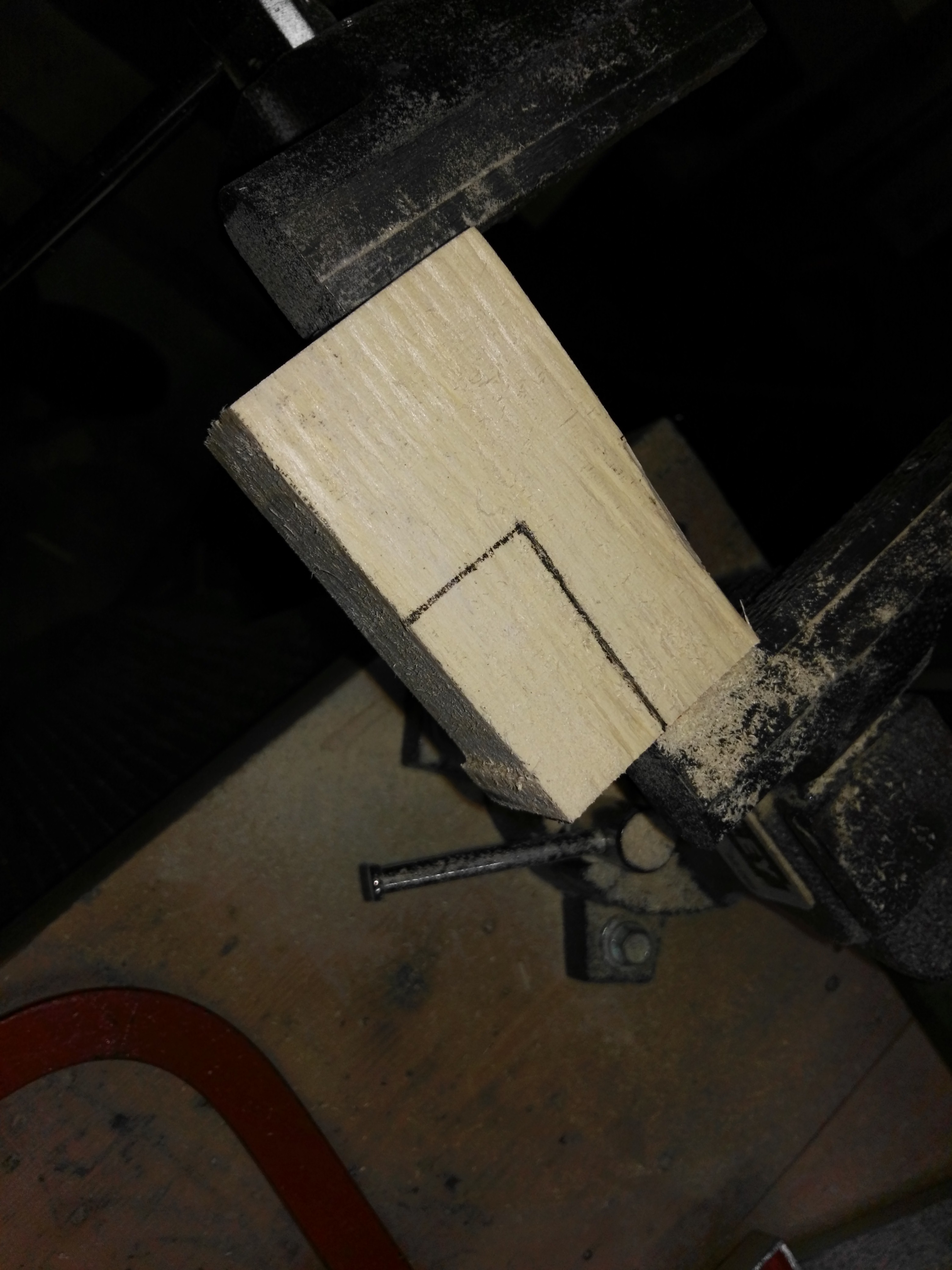
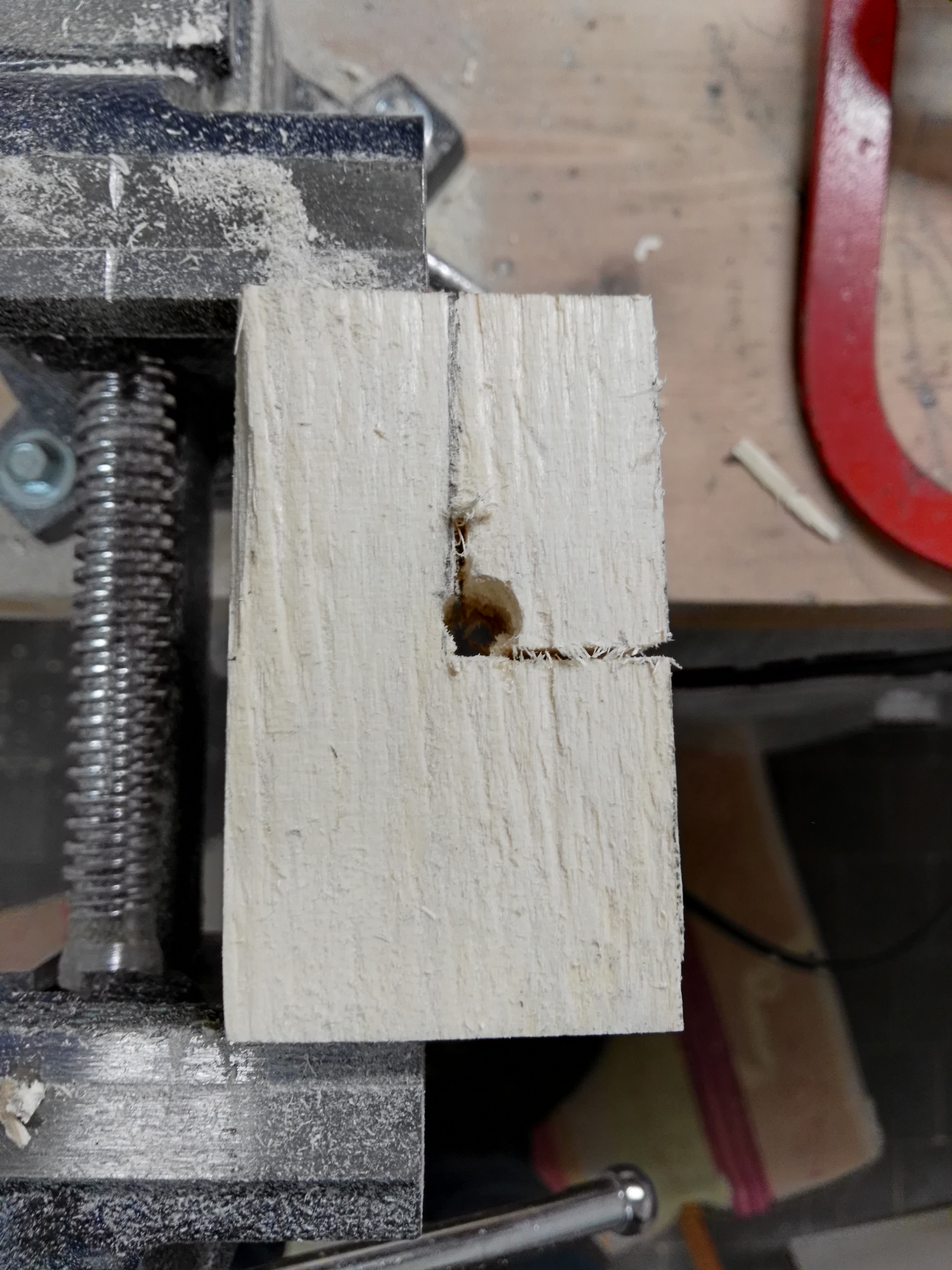
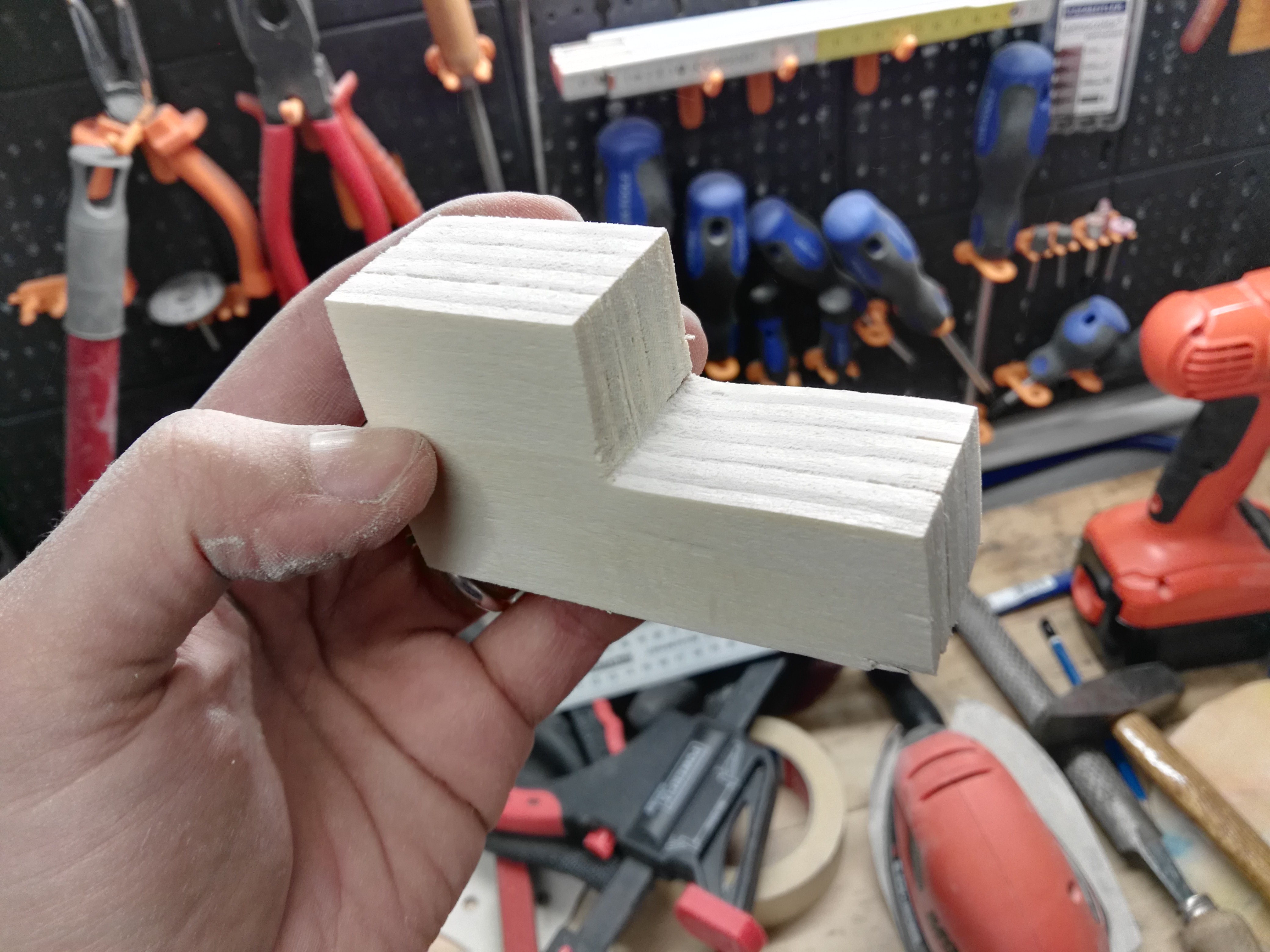
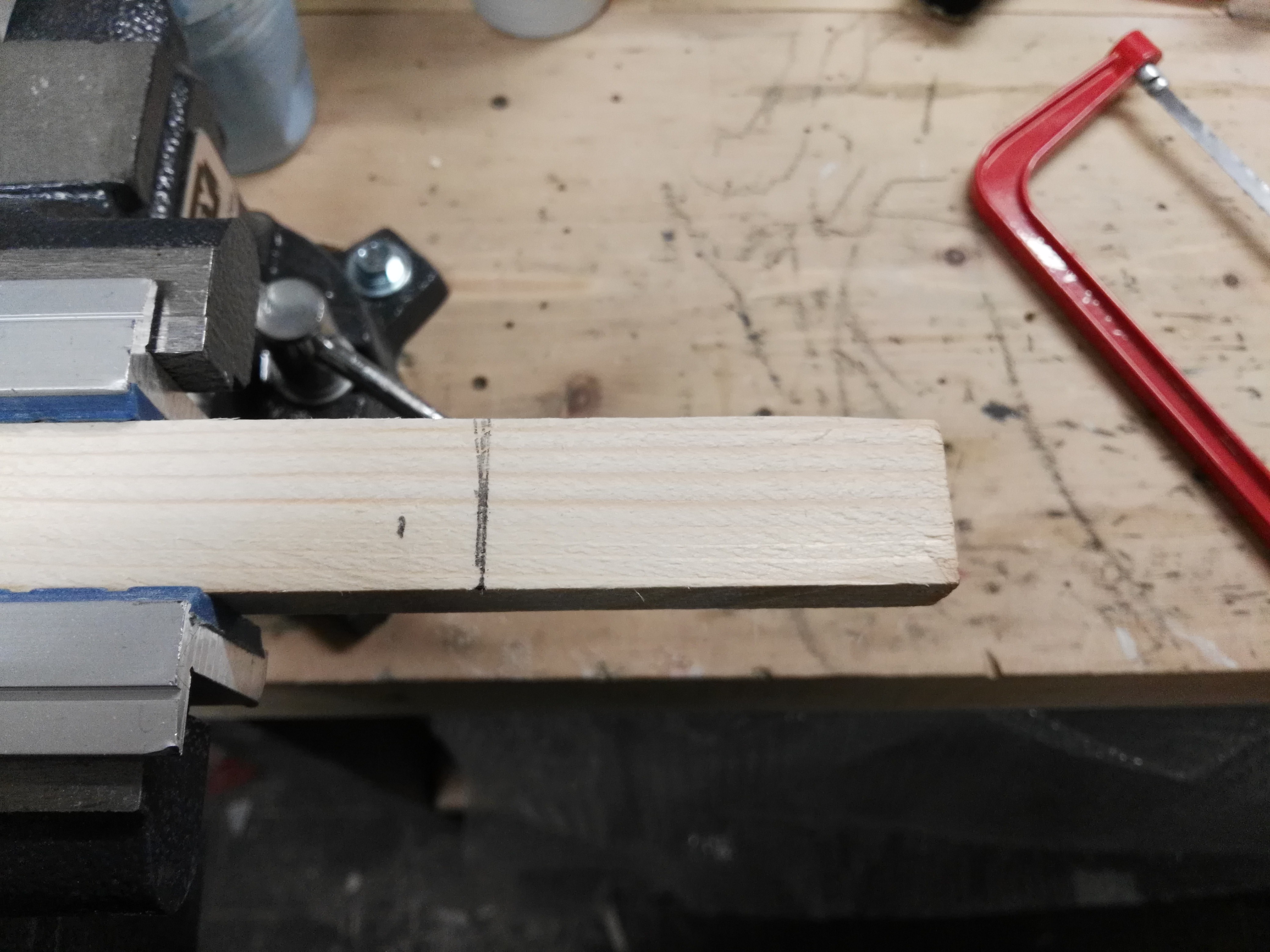
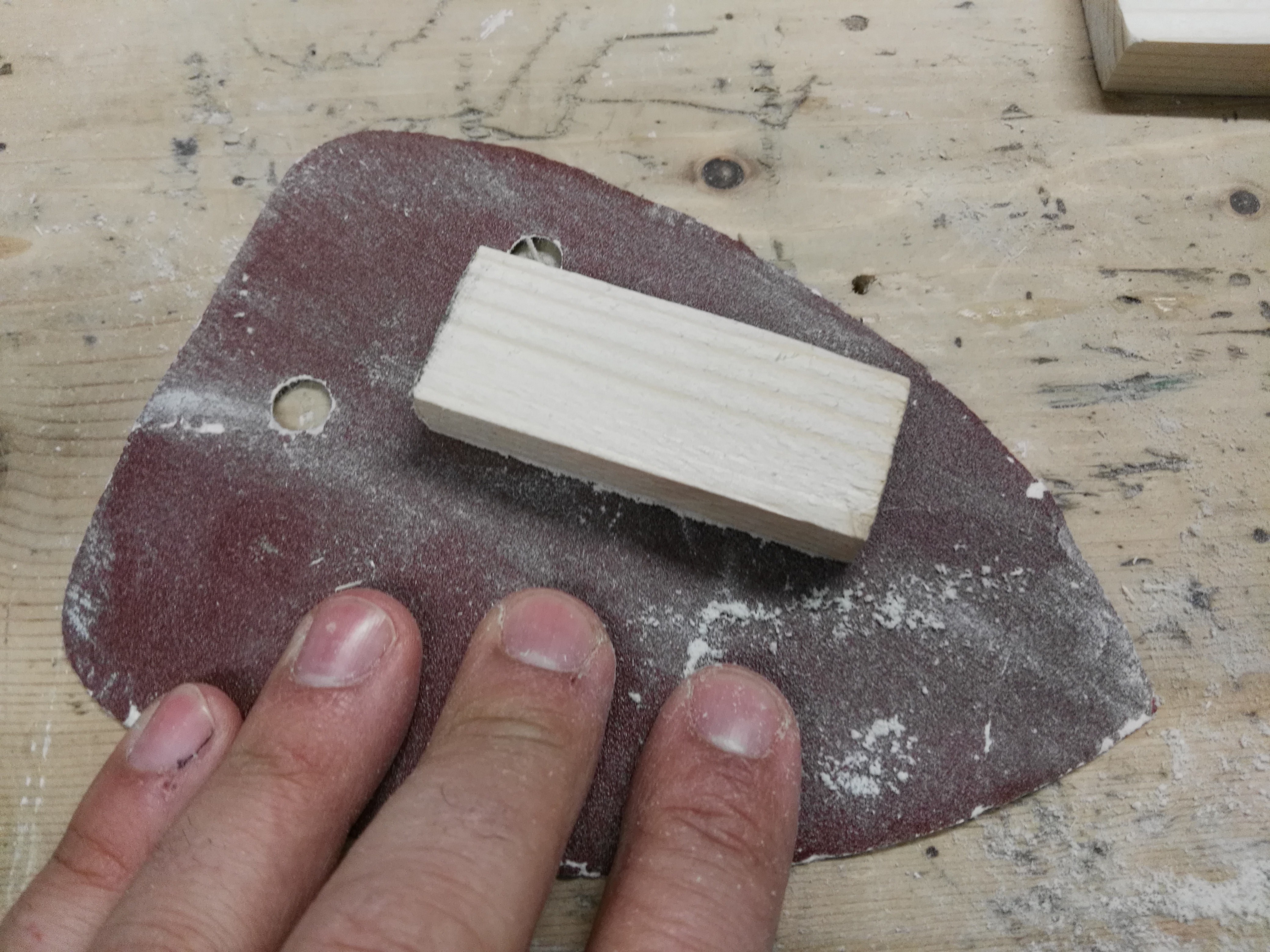
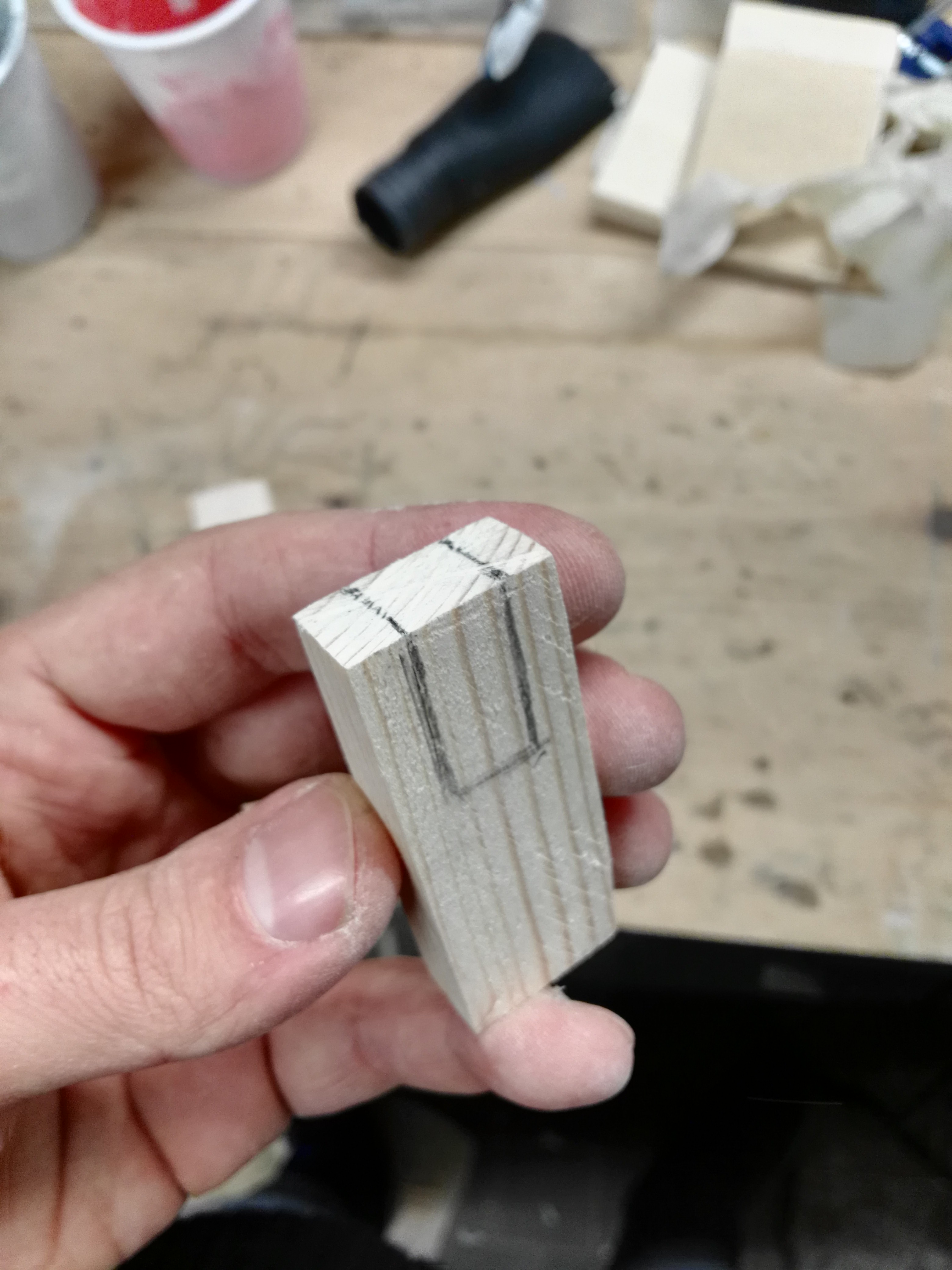
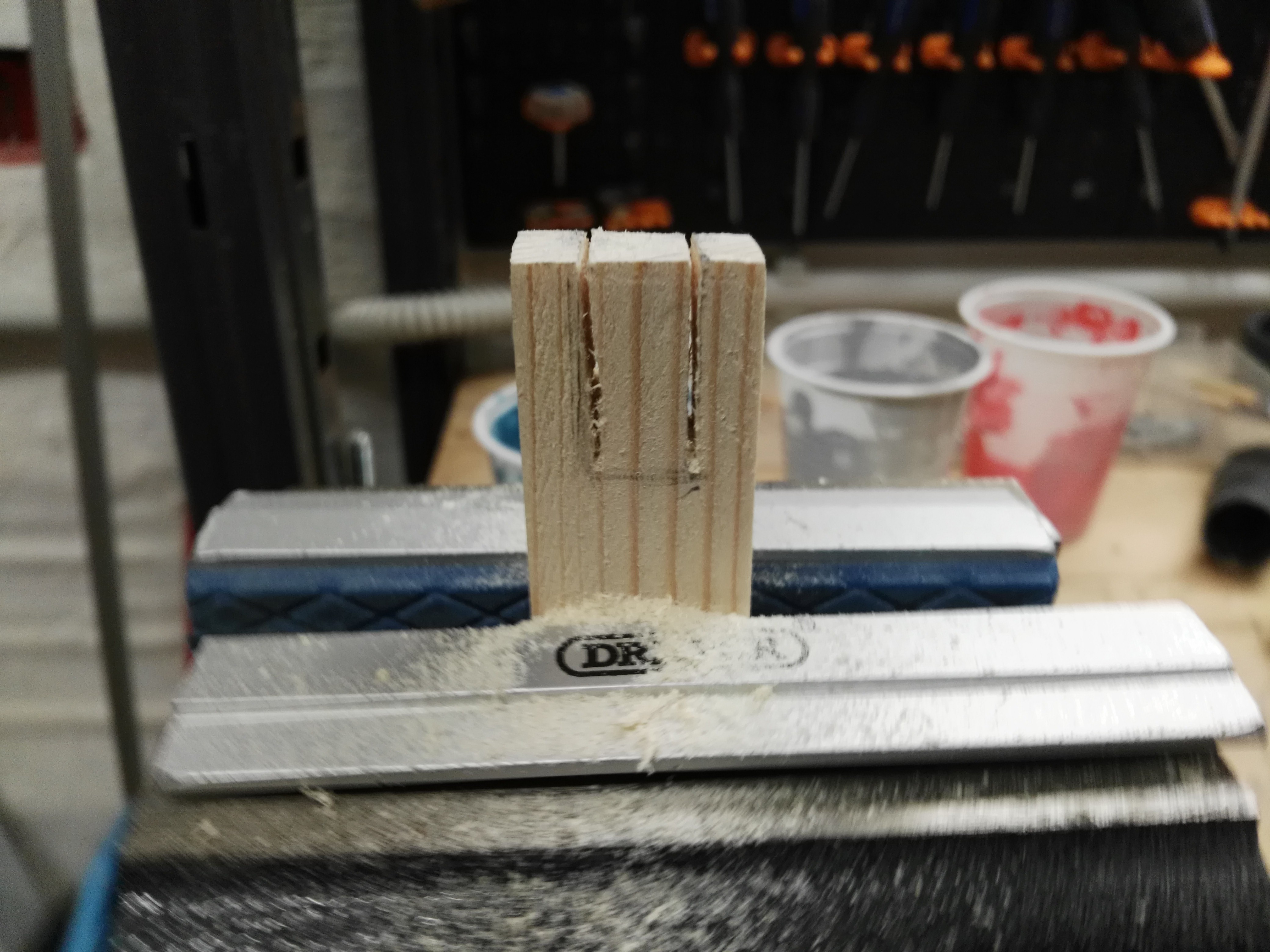
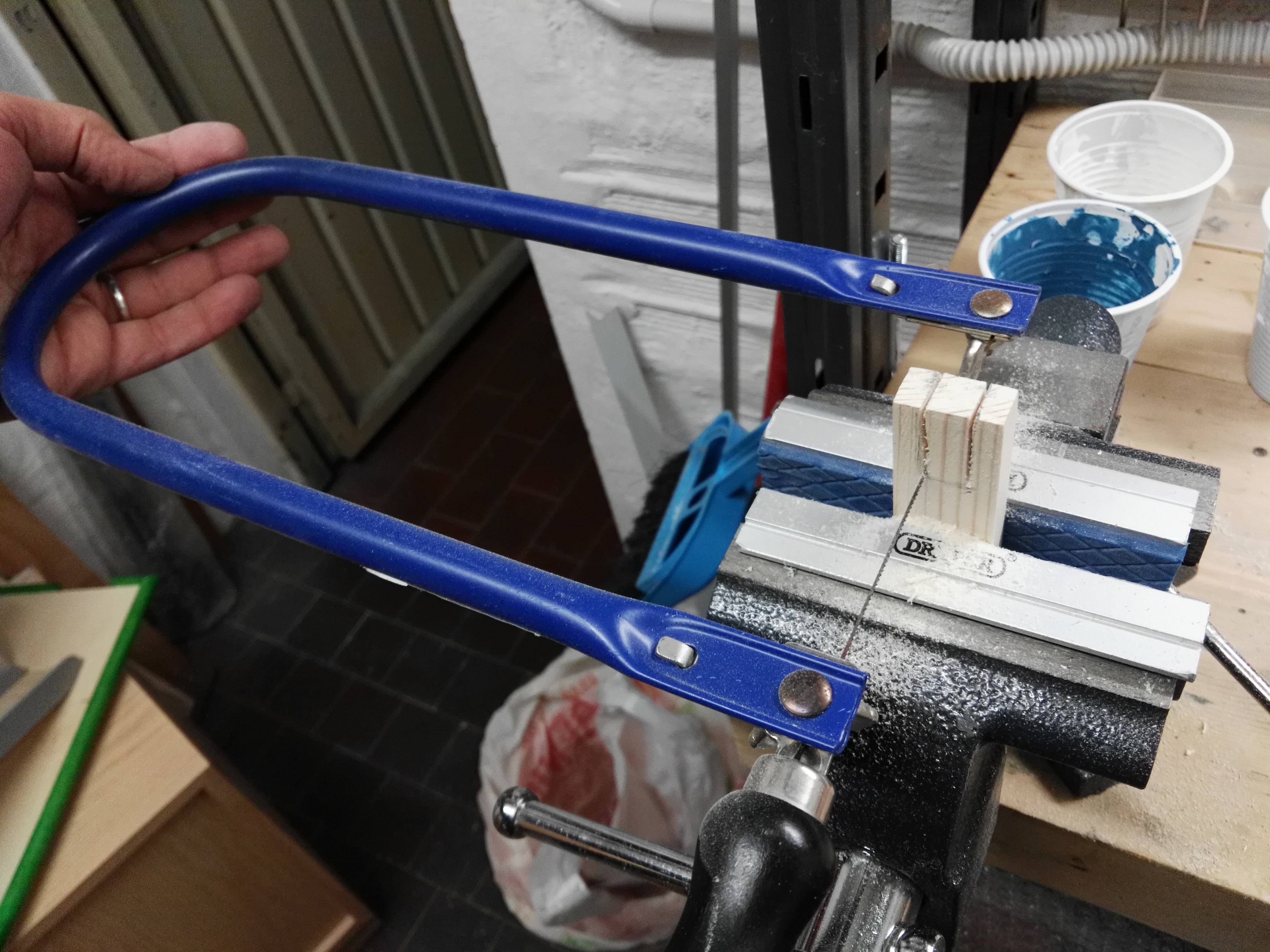
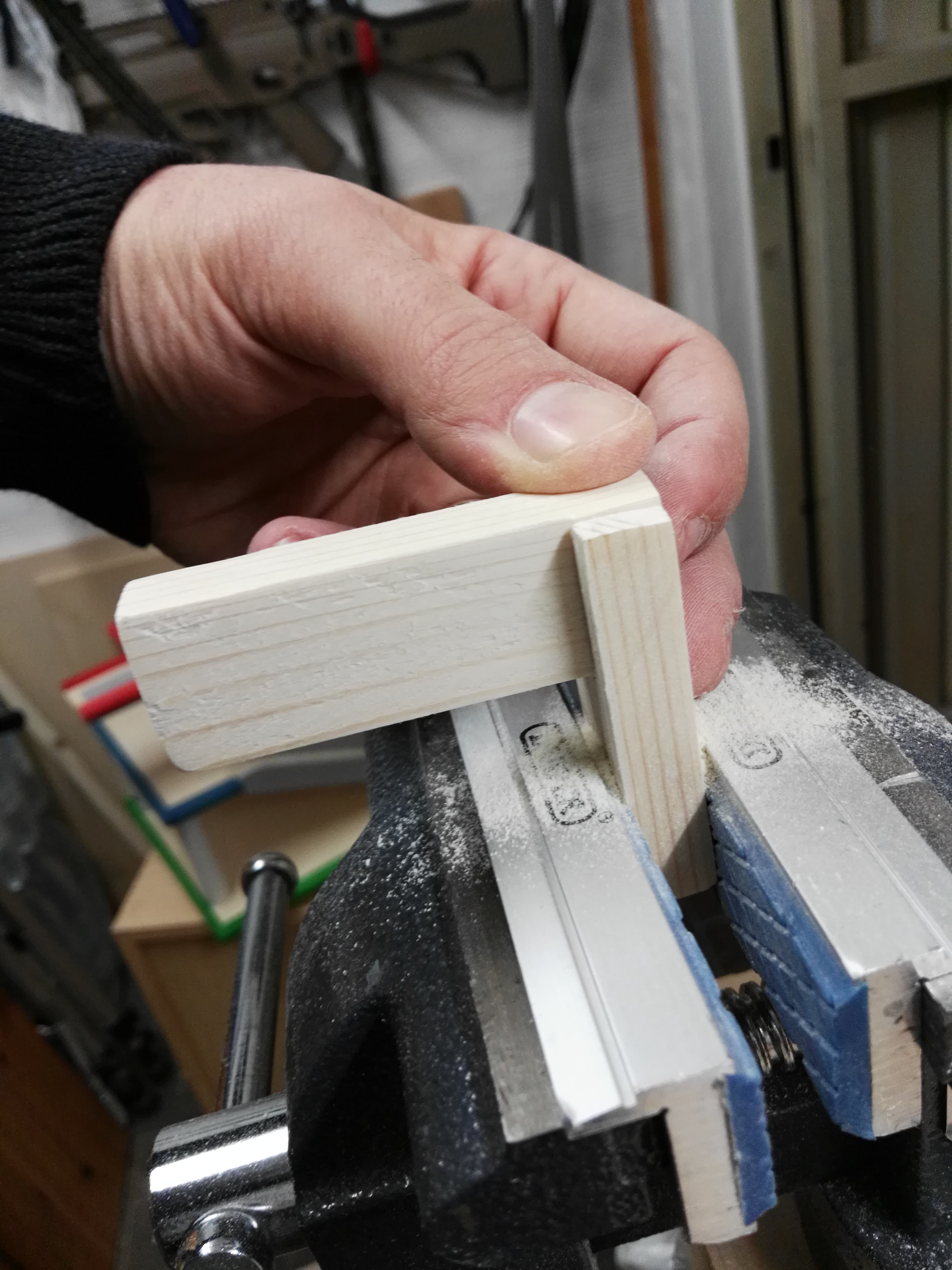
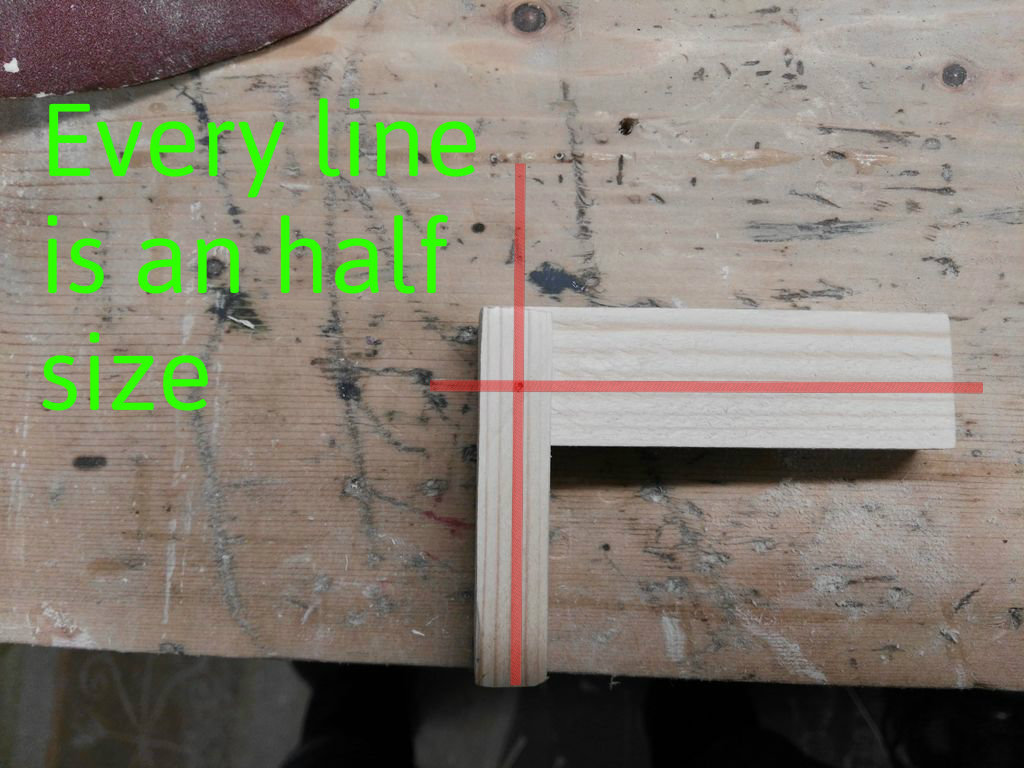
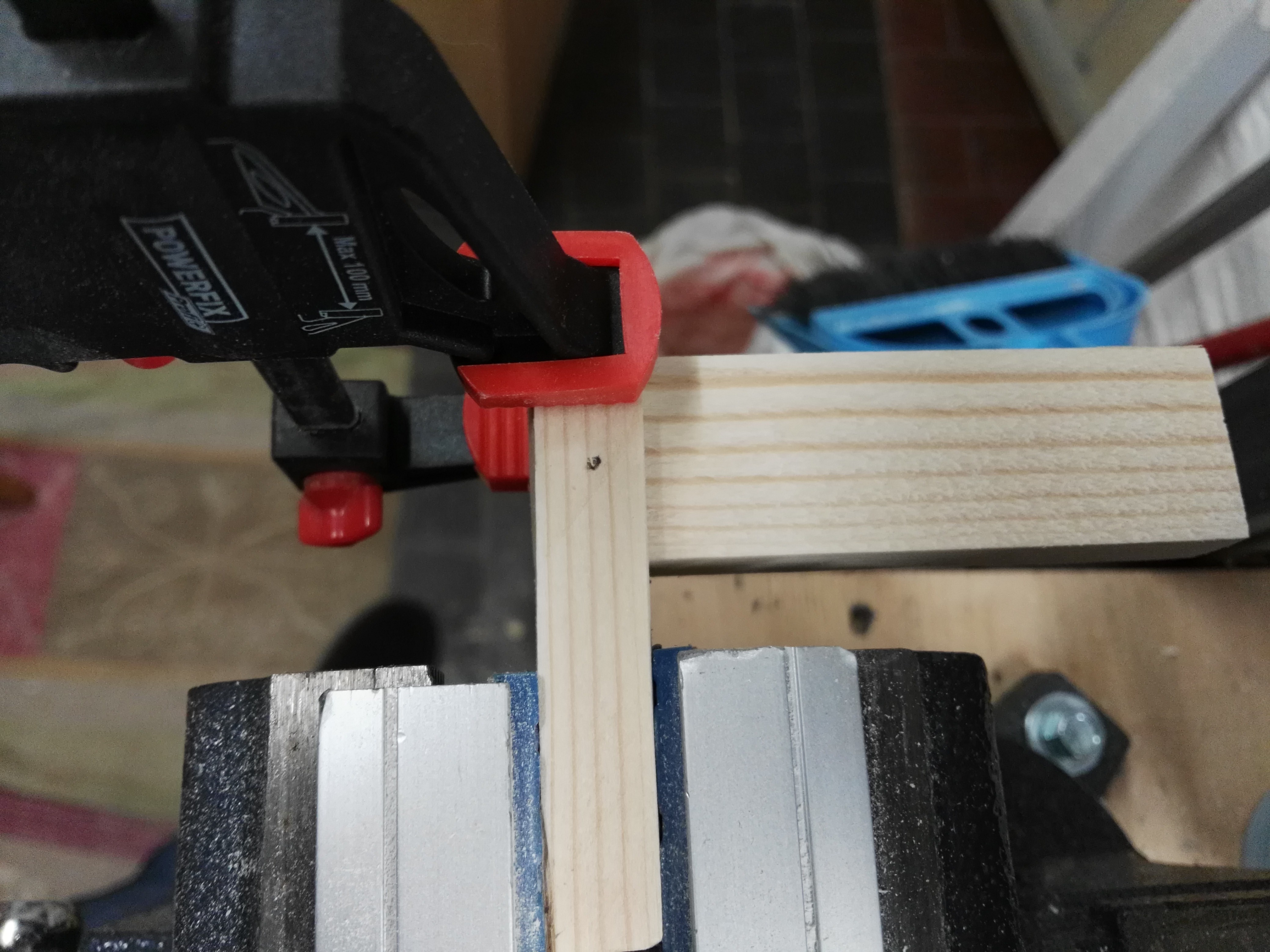
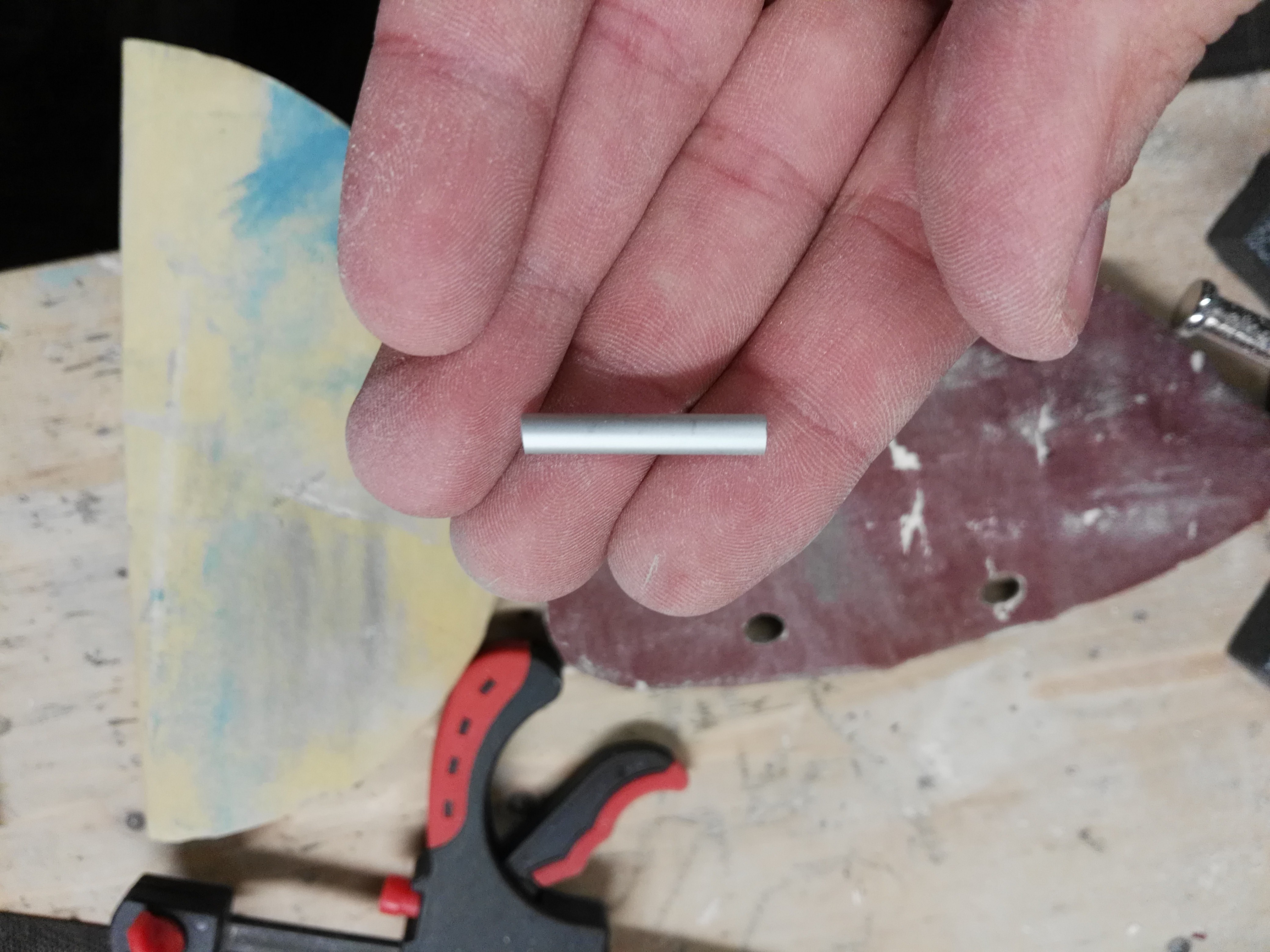
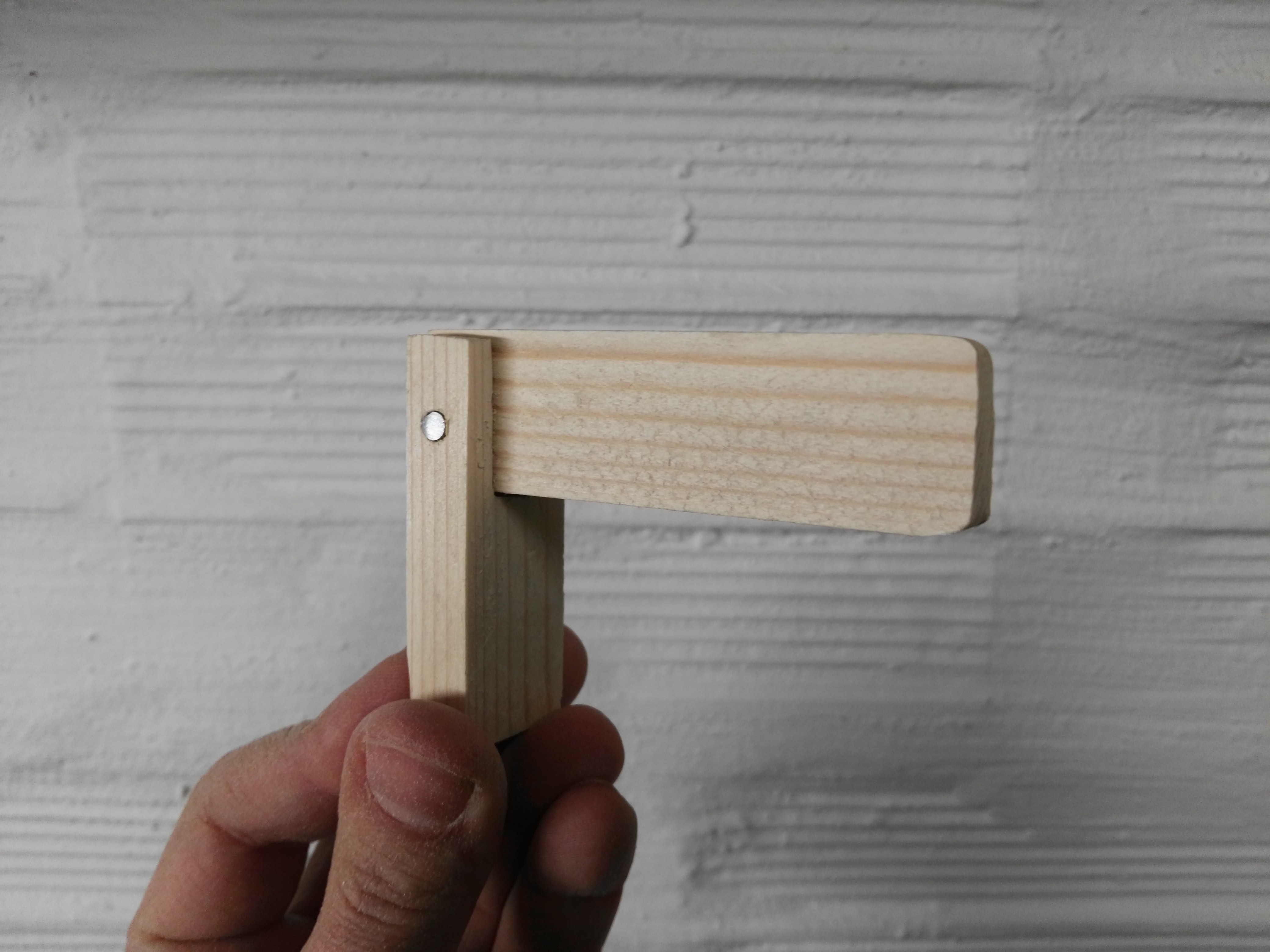
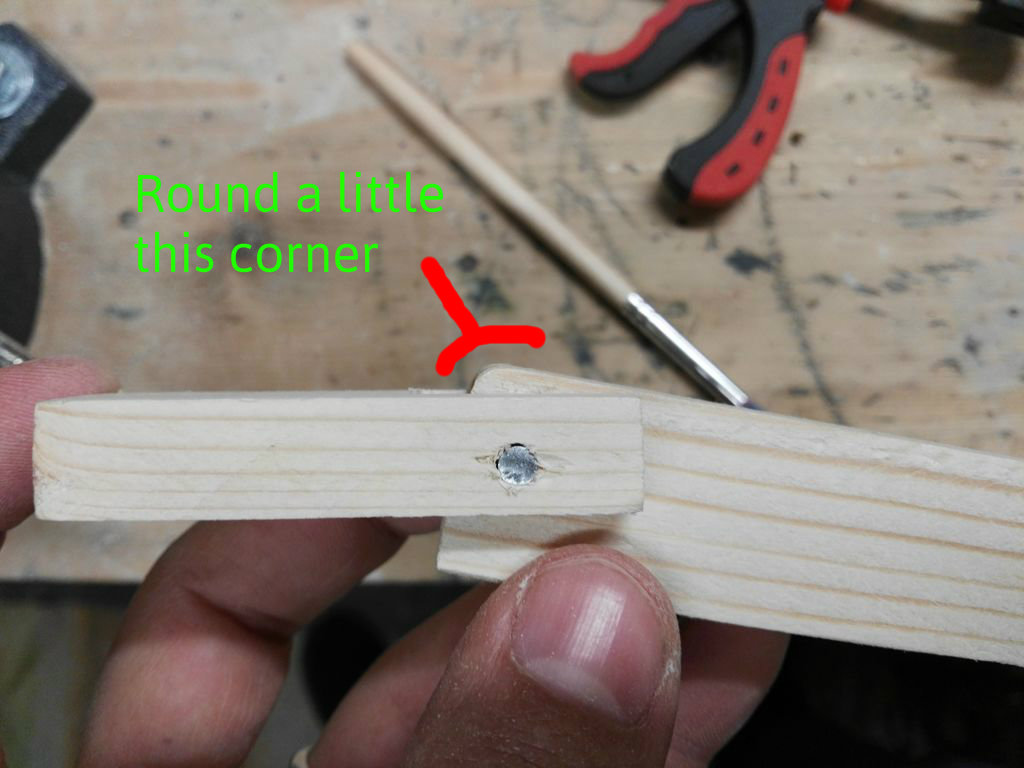
Now is time to take the merged refuse of wood...and build someting.
If you used plywood,is better use a vertical saw with a fine blade, a band saw...or a converted Jigsaw: on the net you can find a lot of projects for create a vertical jigsaw in a table.
Otherwise, you use an hacksaw or a coping aw and a mini drill... with patience and time you can do:
- Airport Building
- Cars
- Airplanes
- Mobile Rod
The main concepts are:
- Take the merged wood
- Draw on the side the profile of the object (Picture 1)
- Cut that draw (in the picture 2 i used the jigsaw)
- Now if necessary draw on the top the other profile
- Cut it.
- Finish with rasp, mini drill sander head.
Mobile Bar:
- Make a laths with the refuse or buy it or found it ;)
- Cut one piece of 5 cm and one of 8 (Picture 4)
- Sand them. (Picture 5)
- Draw the profile shape of the bar in the standing. (Picture 6)
- Cut the draw, use the coping saw (Picture 7-8)
- Check the inner size , square it and sand it untill the bar fit in good. (Picture 9)
- Find the center point of the standing, where you will insert a small rod or a metal bolt (Picture 10)
- Clamp, put in the vise and drill with a bit with the same diameter of the rod (Picture 11)
- Now take the rod or the metal bolt, cut it with the length necessary to fit the bar in the stand. Sand the faces.(Picture 12)
- Fit the rod into the stand.
- Now the bar is a little blocked...force it a little, open it and round with the sander the lower/proximal corner of the bar. (Picture 13)
OPTIONAL 1: Airplanes
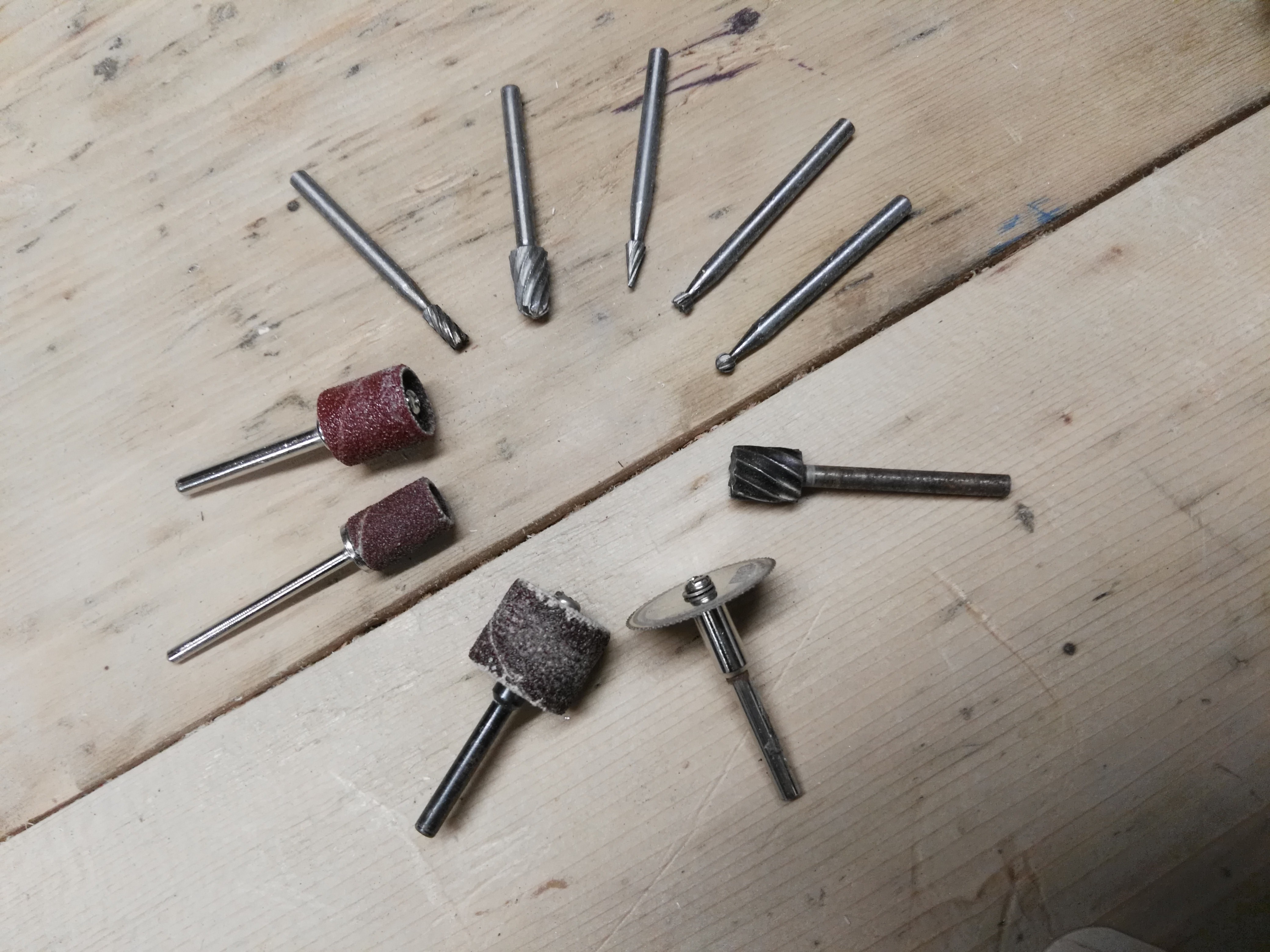
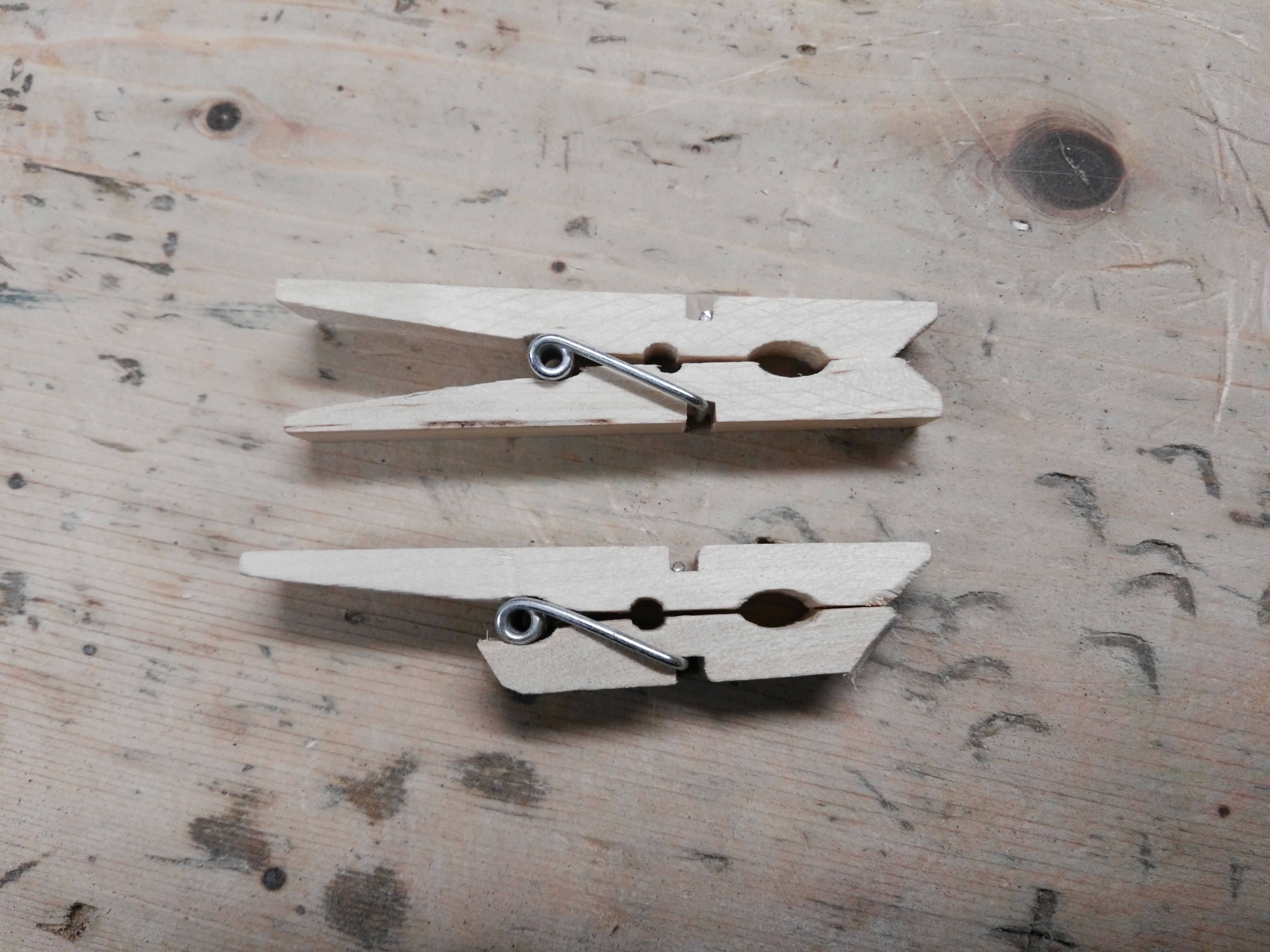
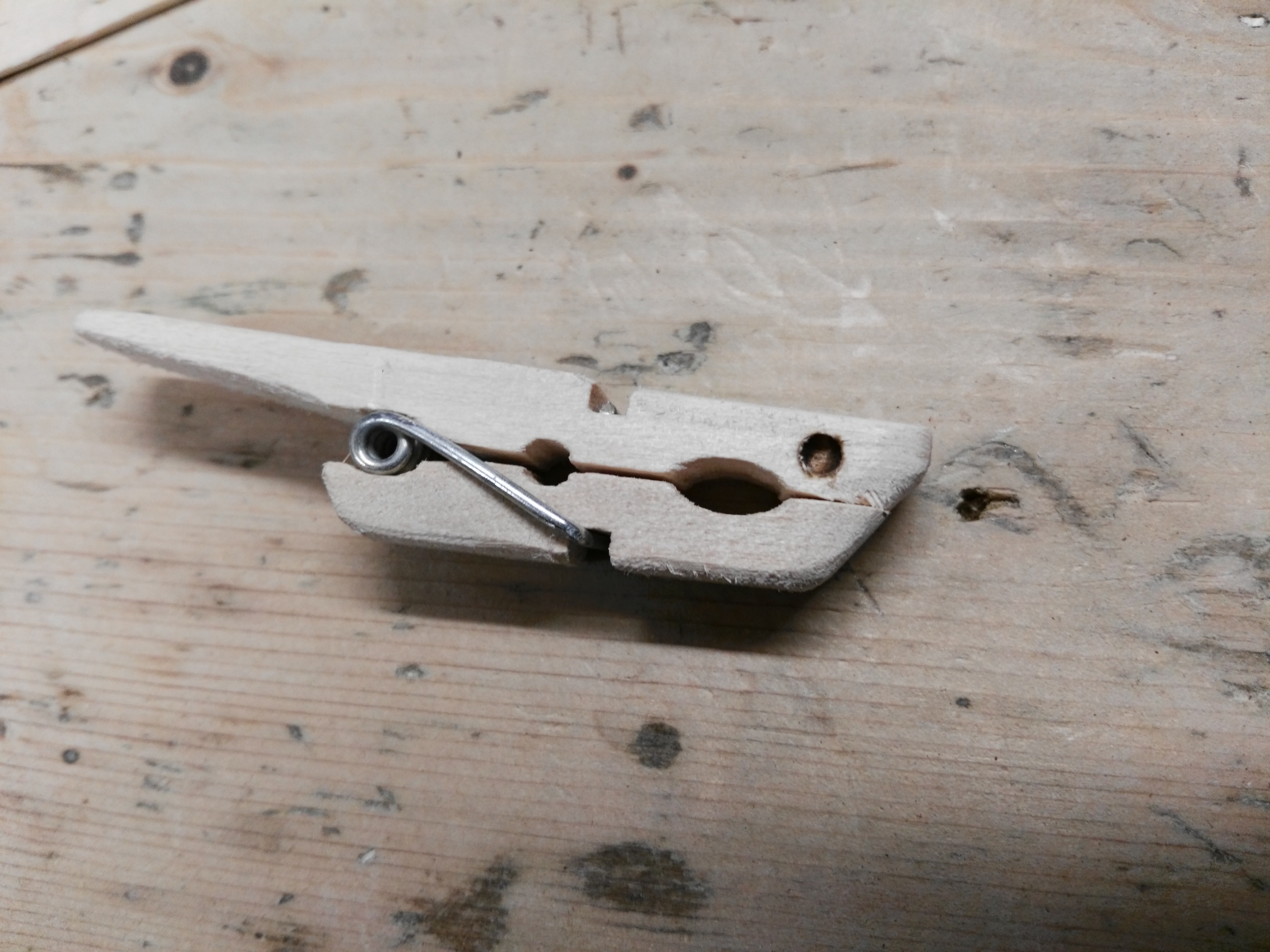
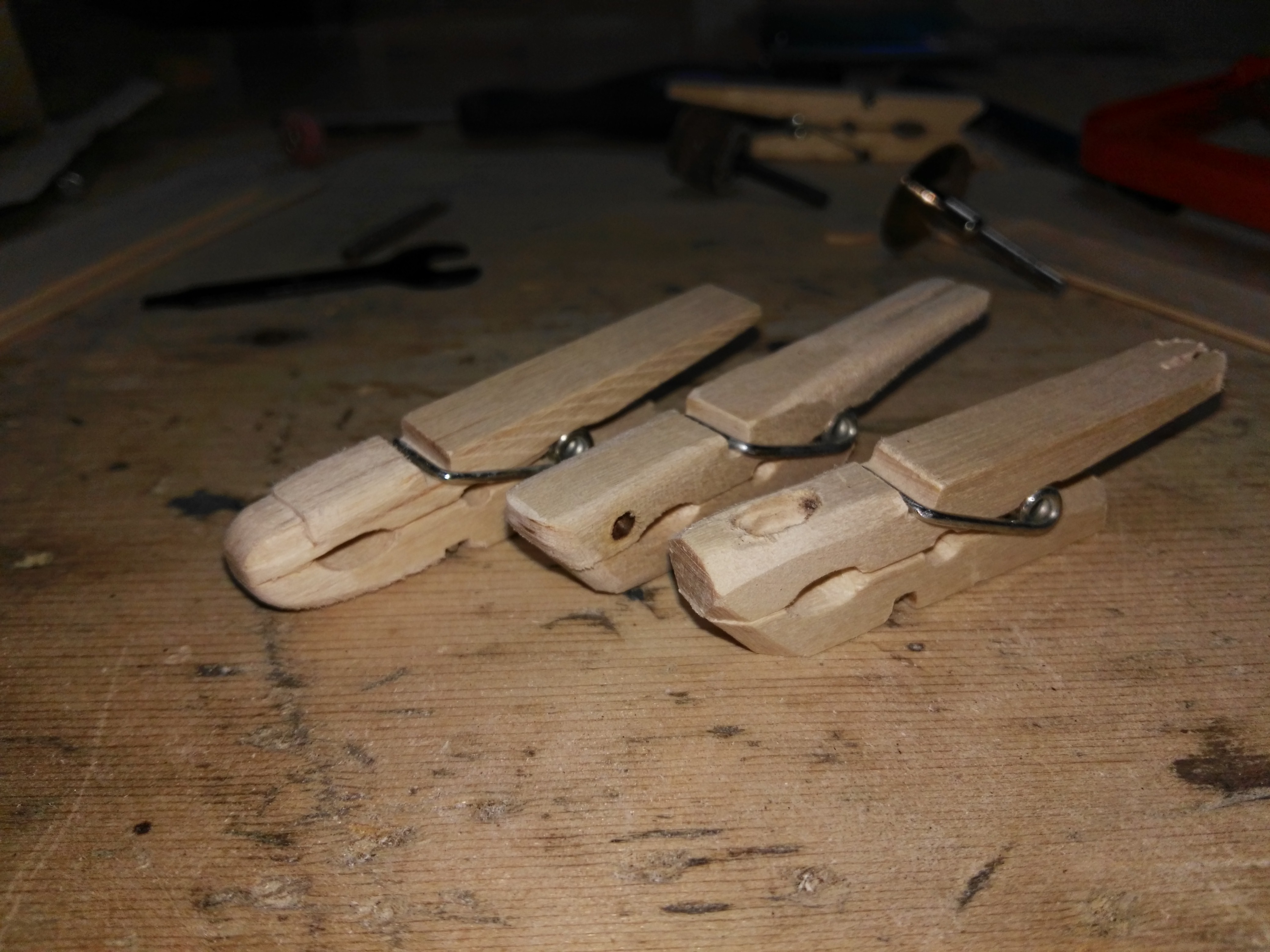
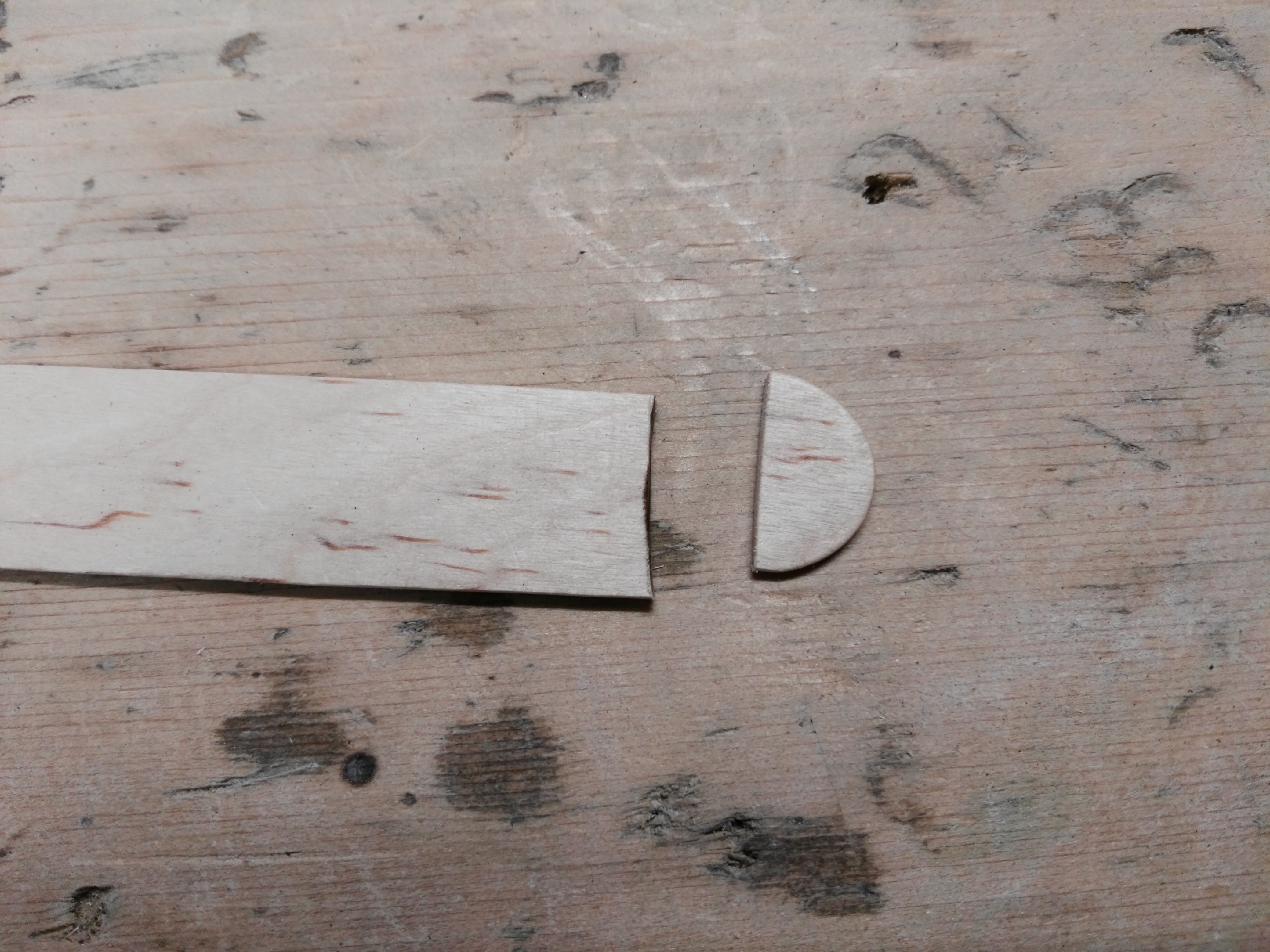
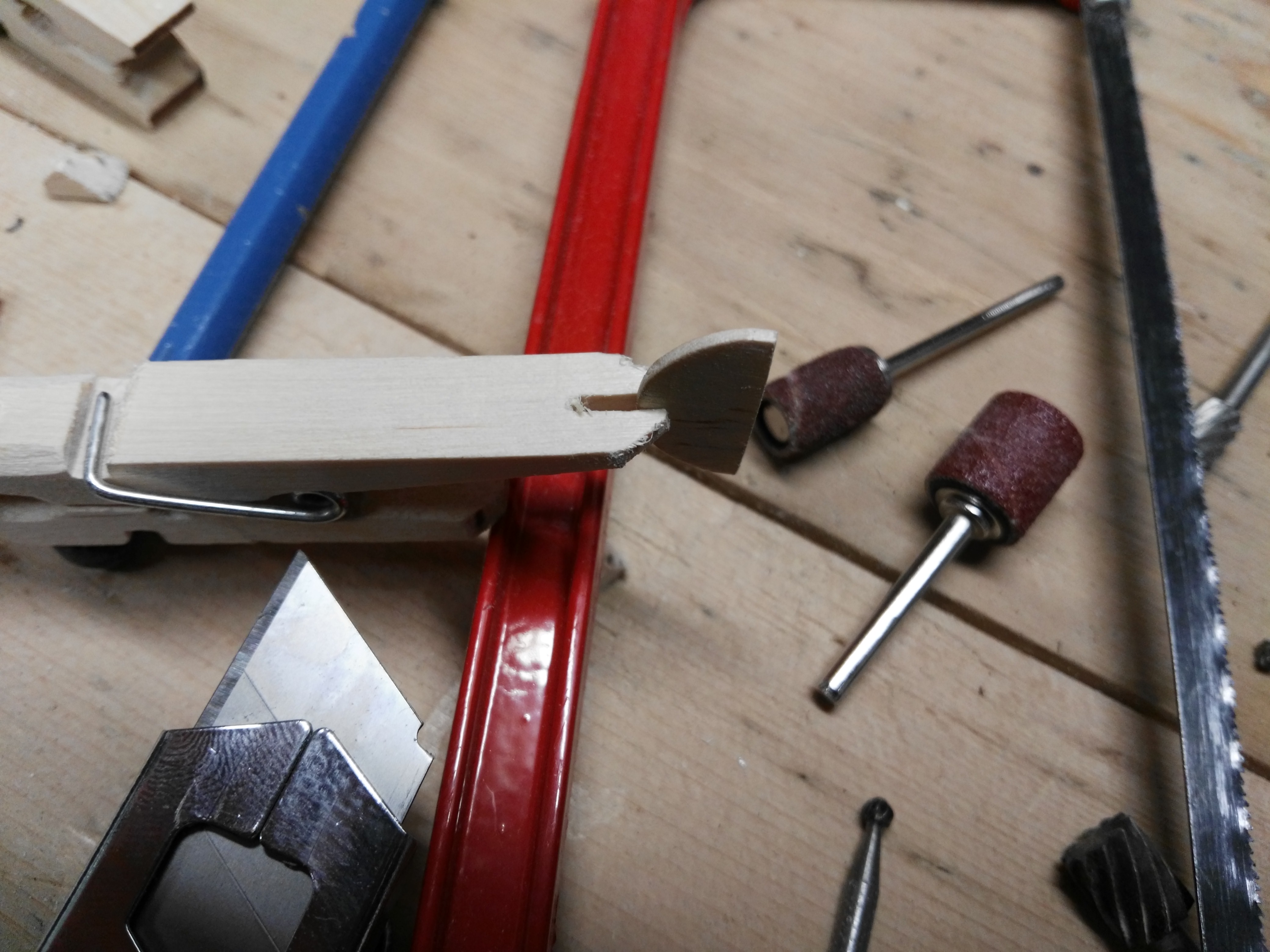
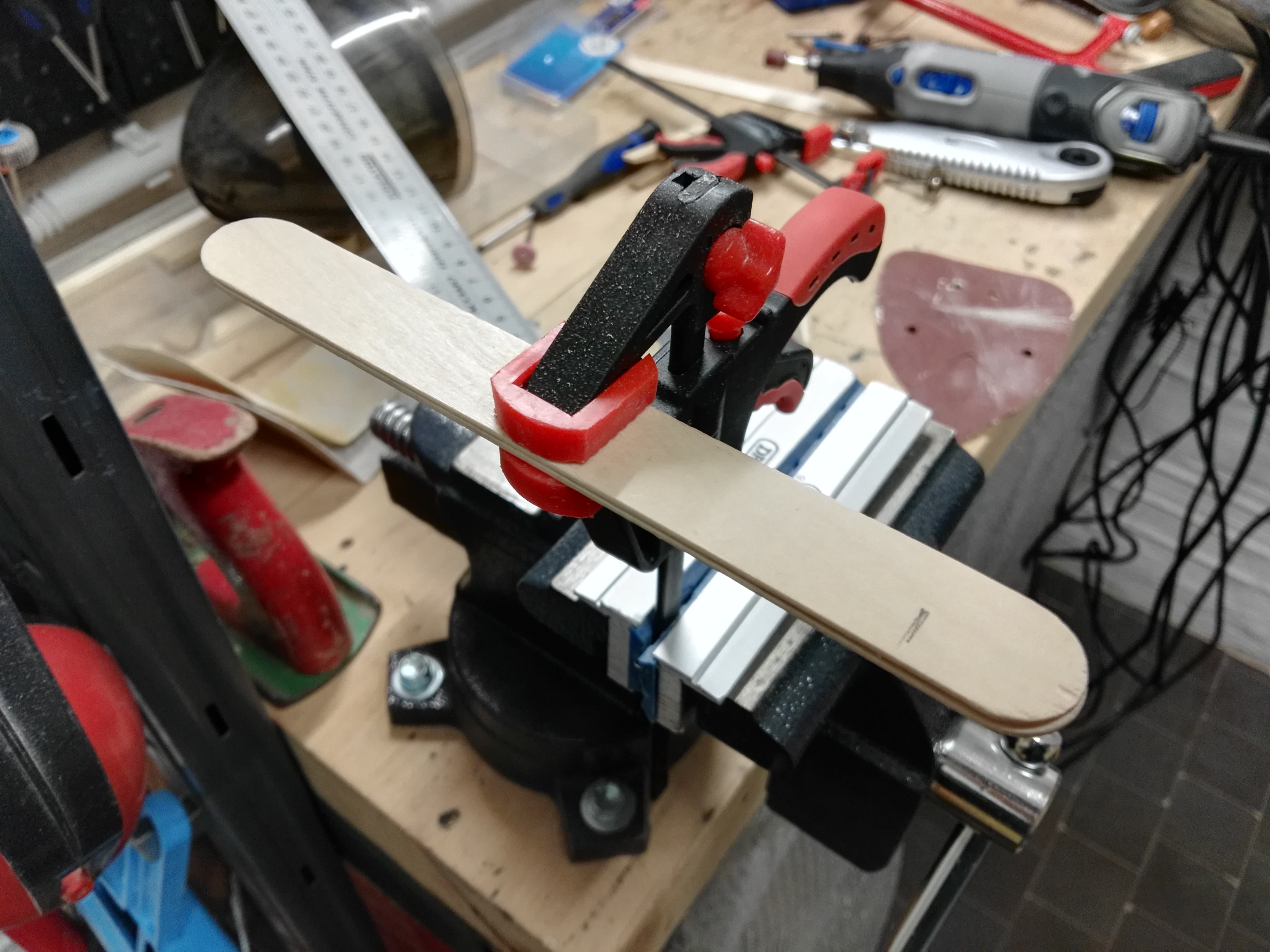
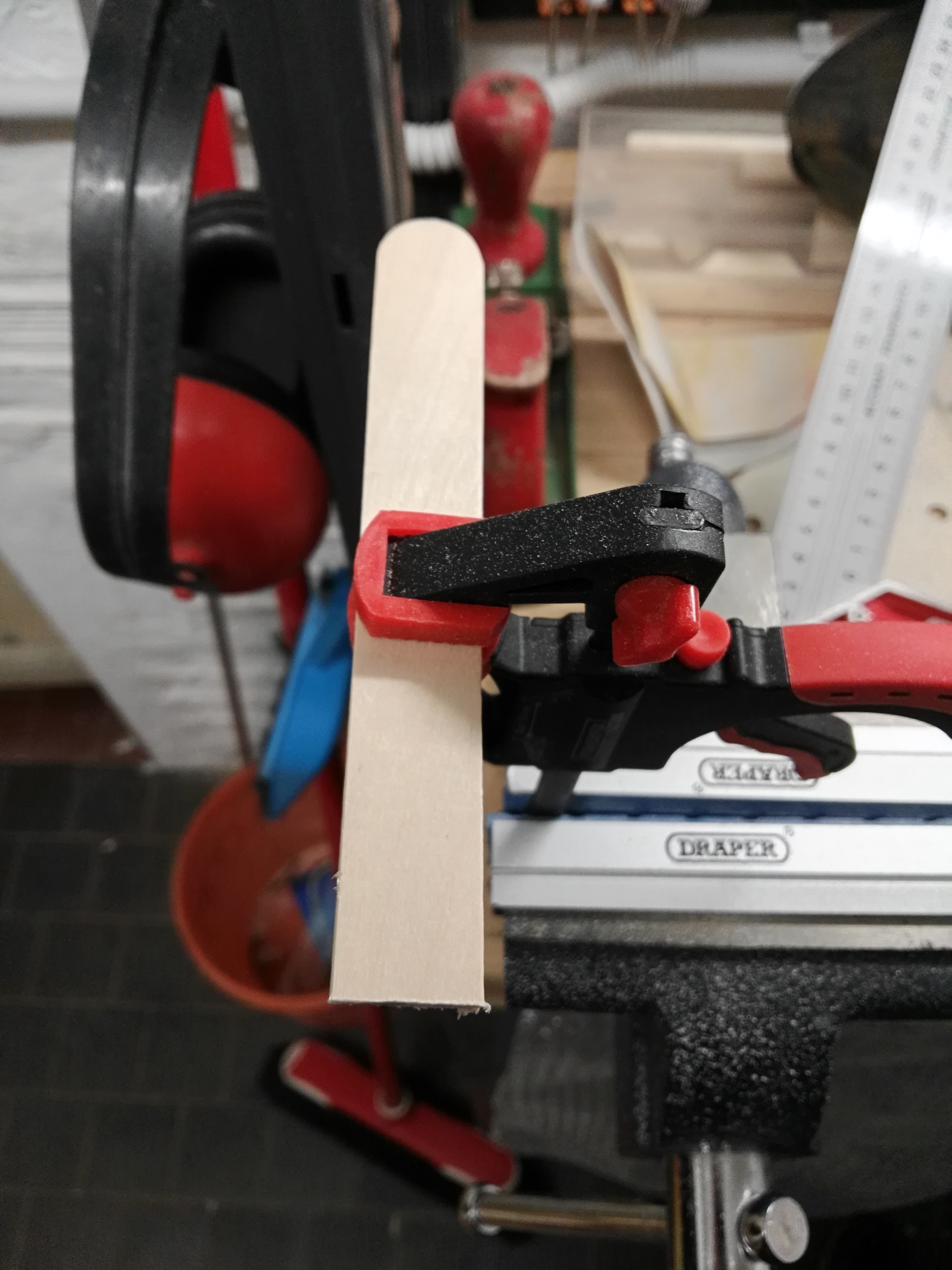
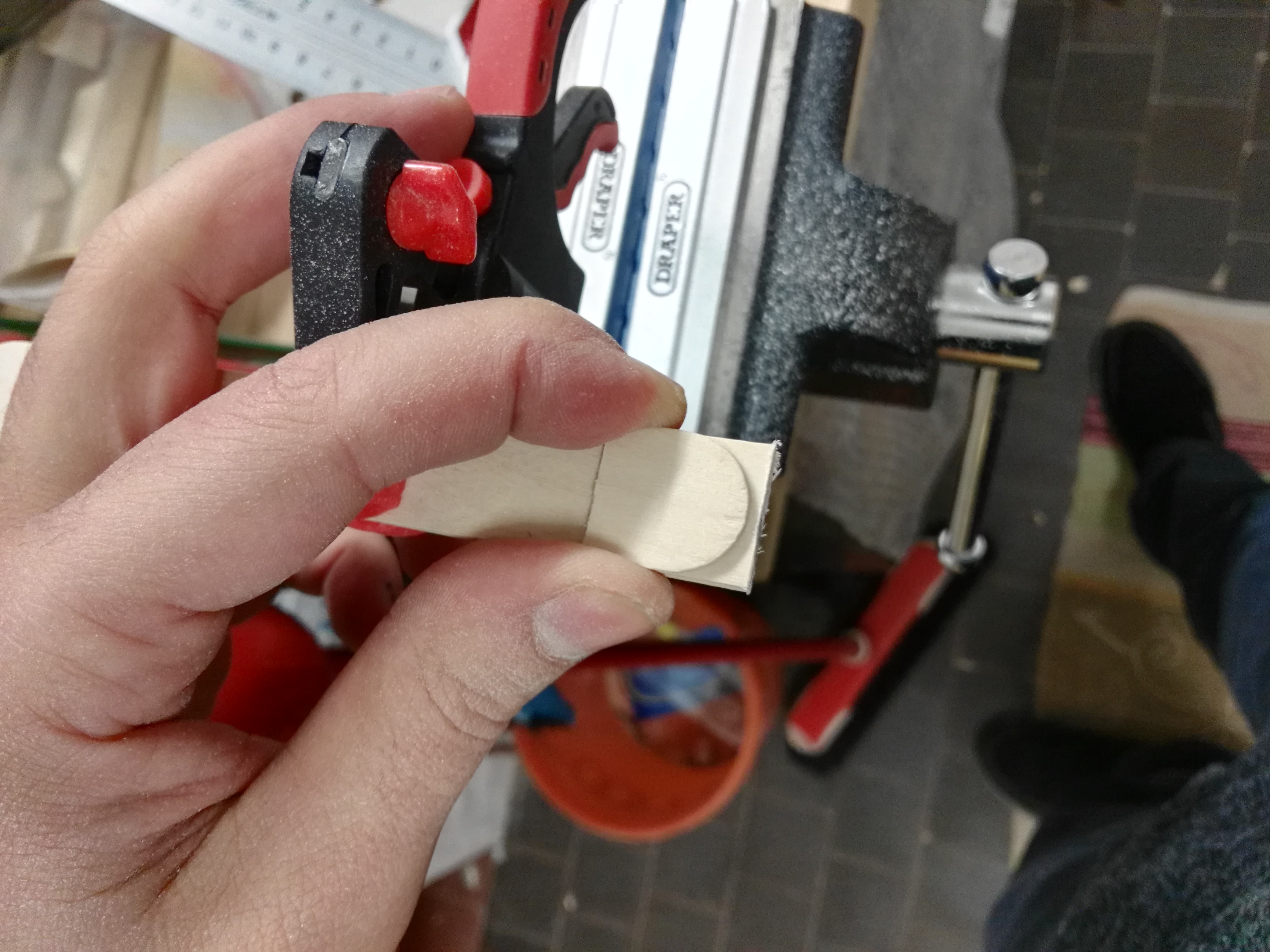
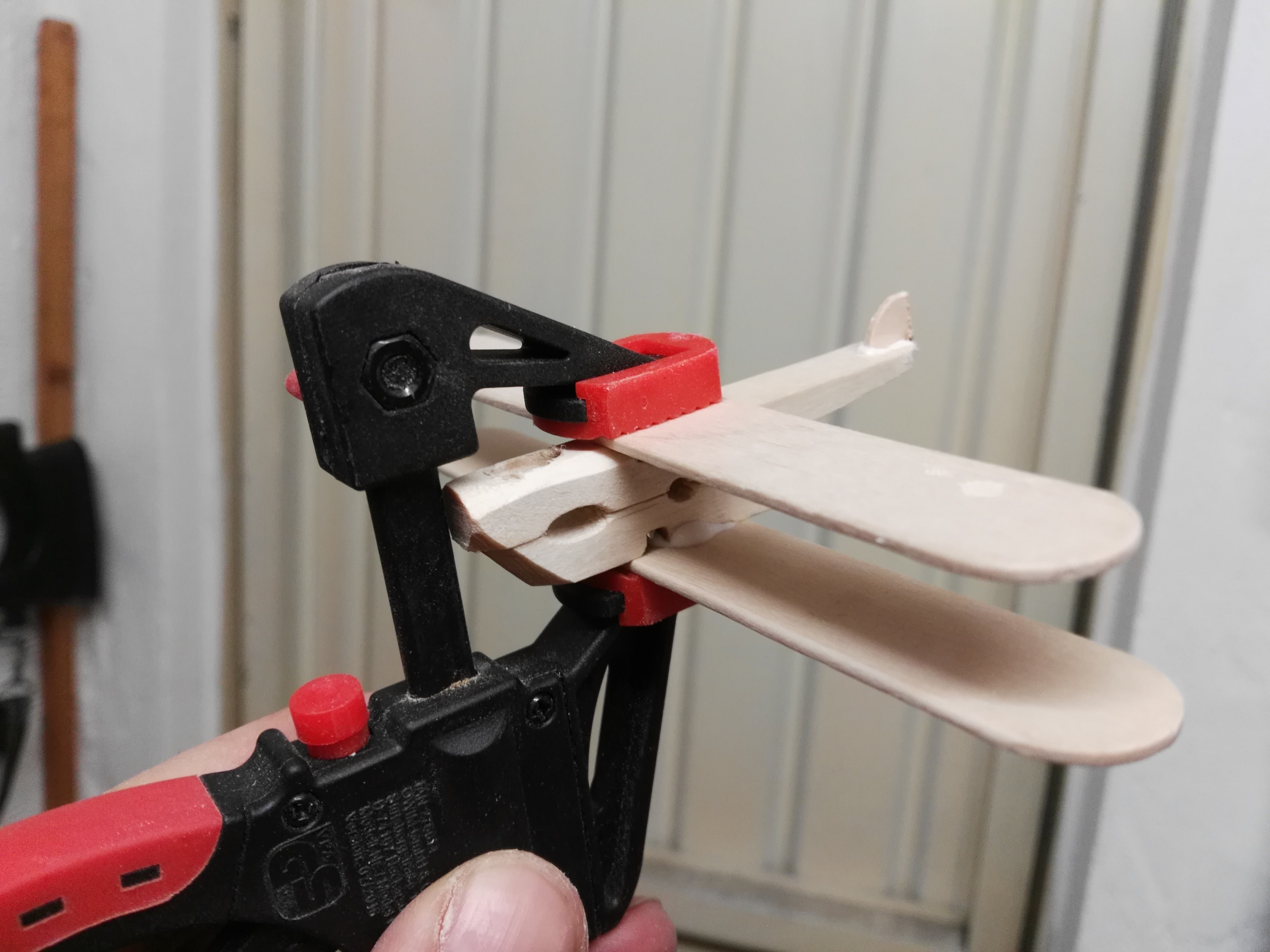
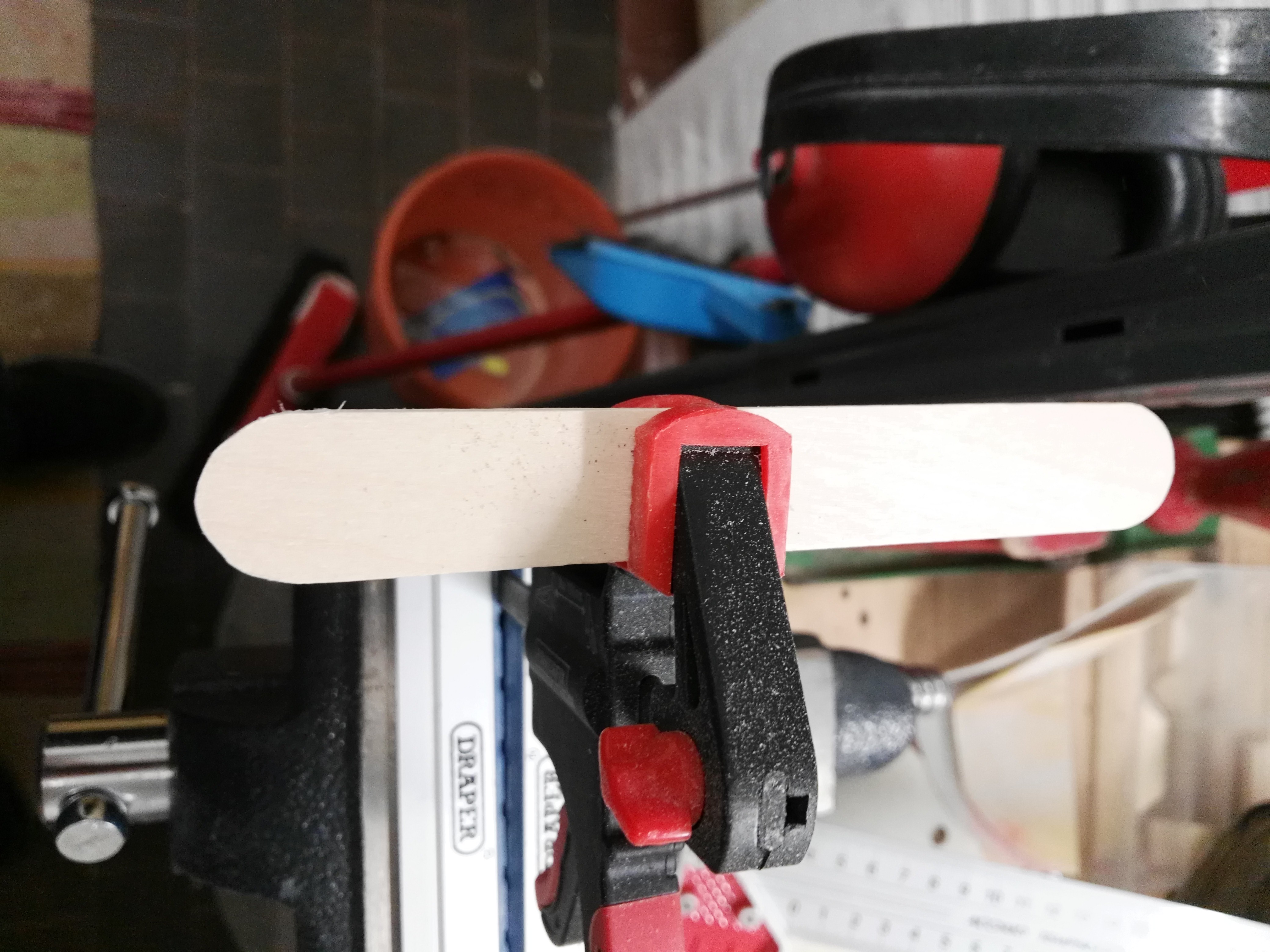
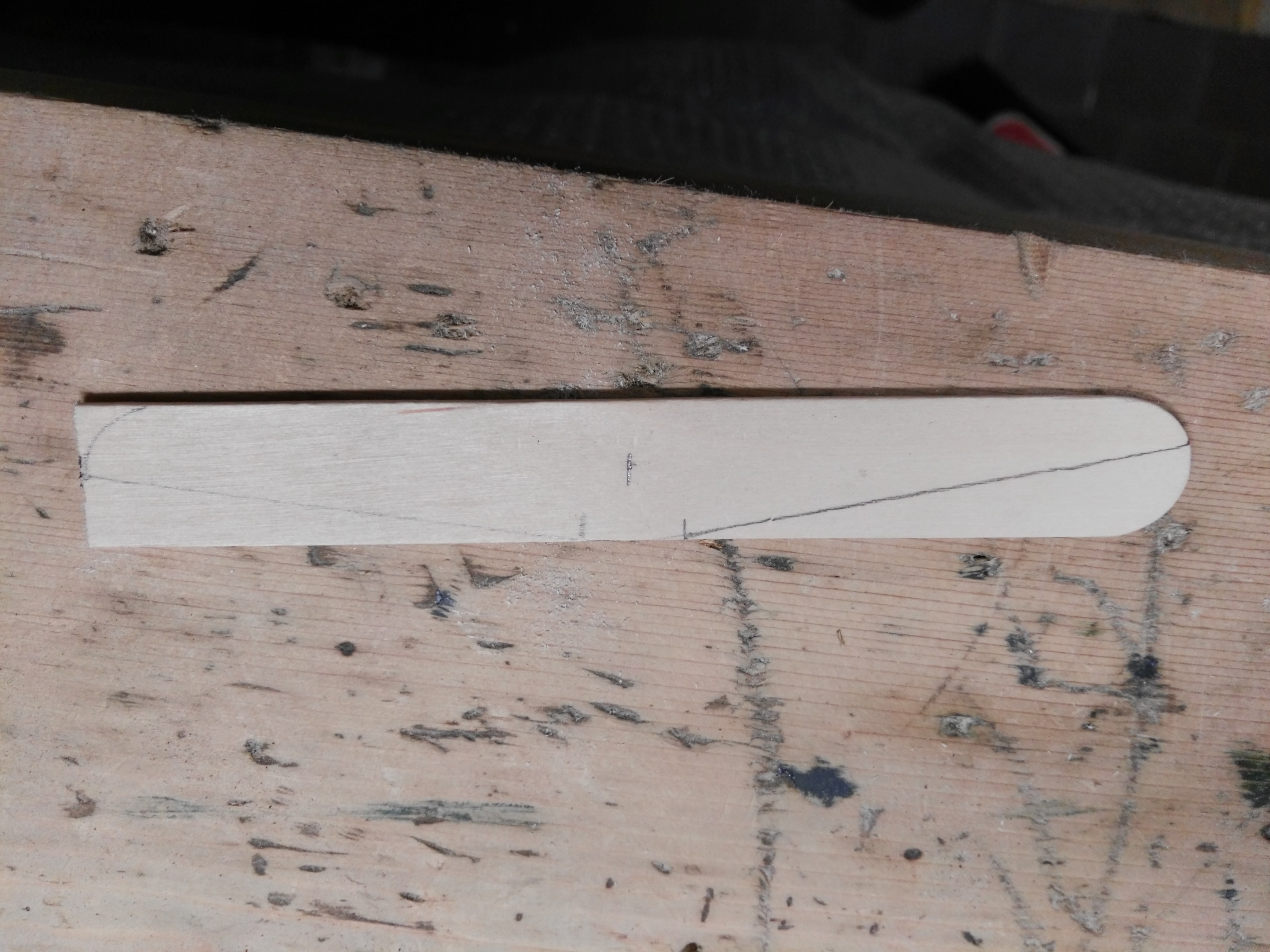
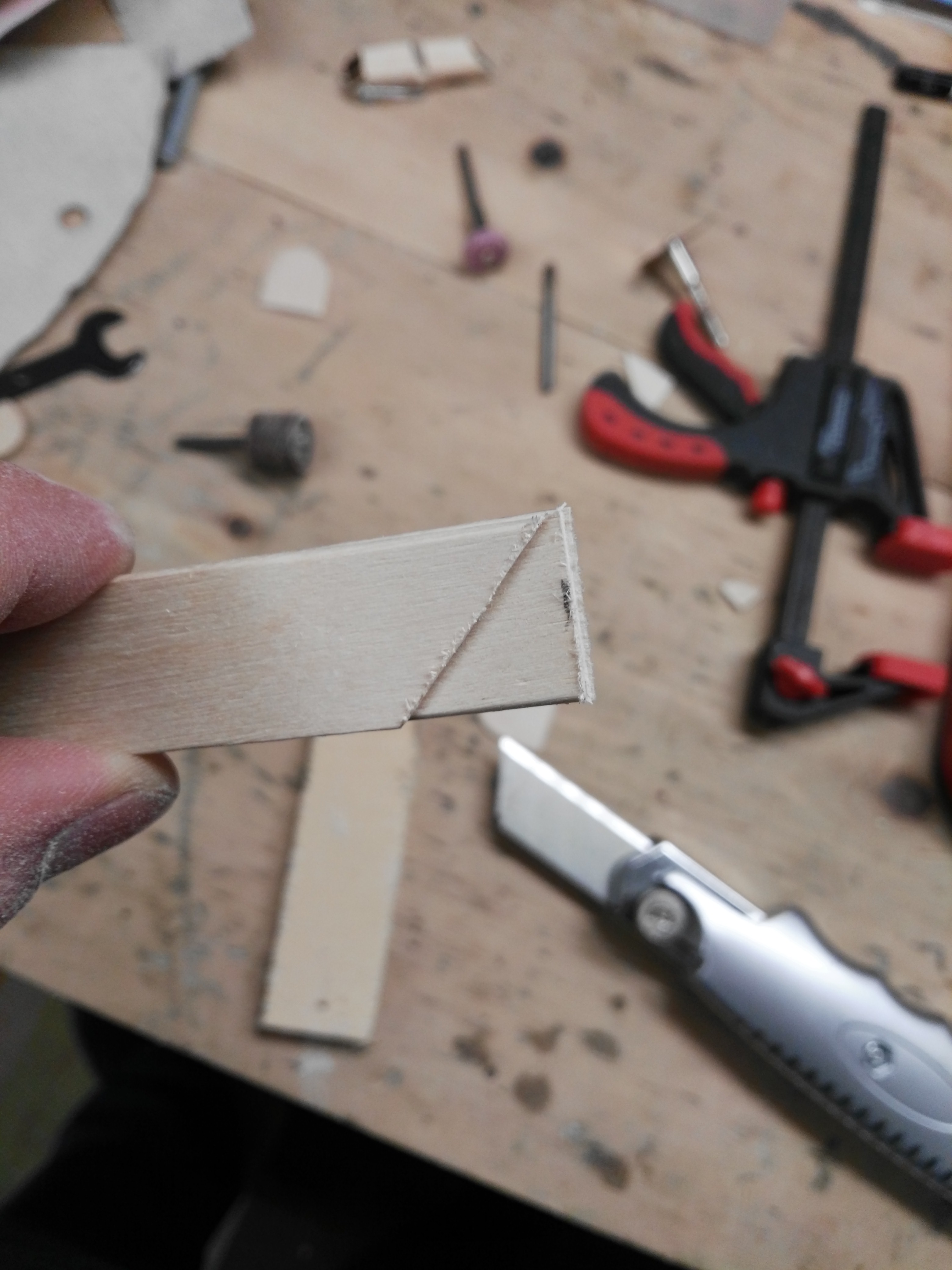
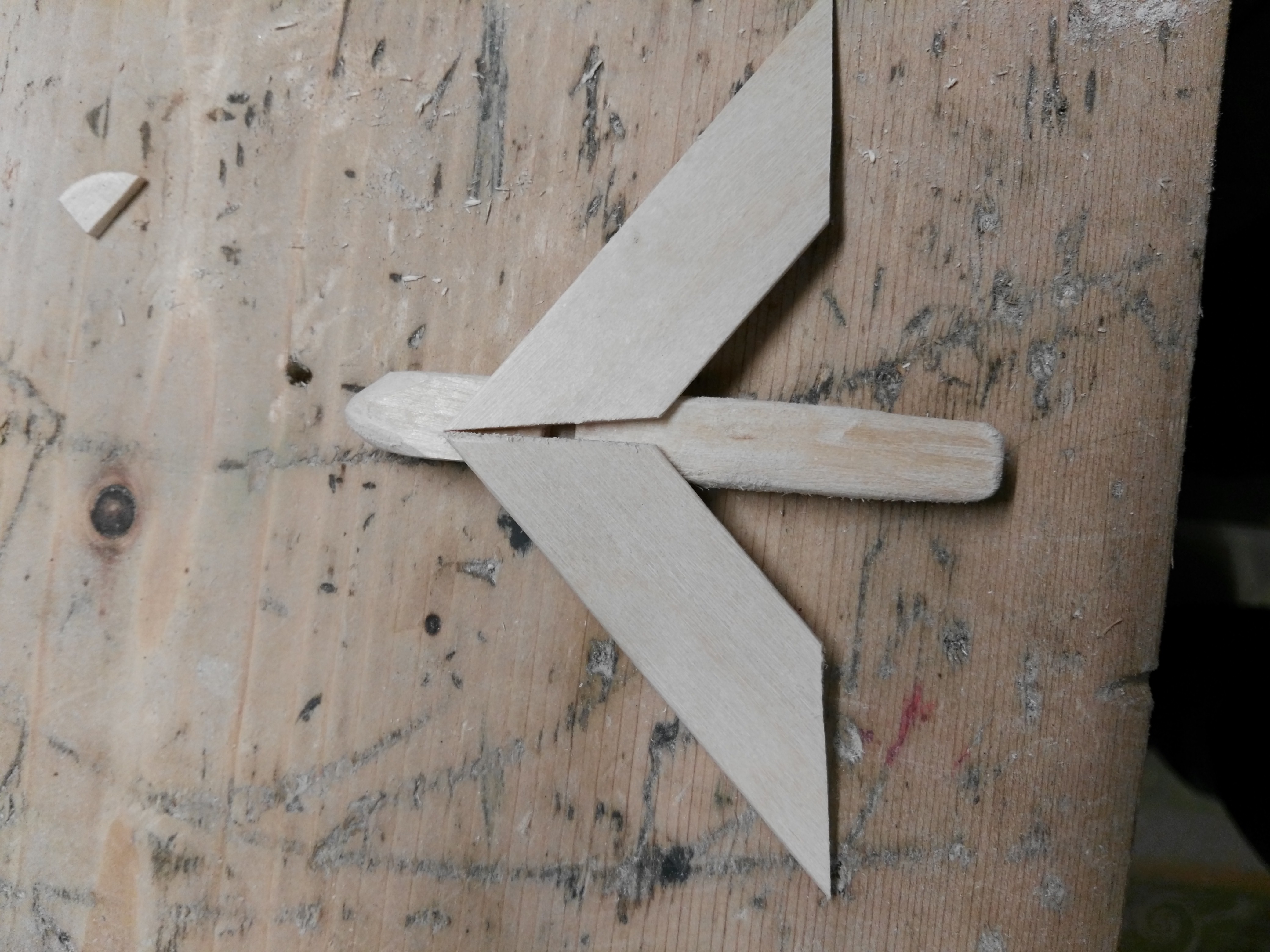
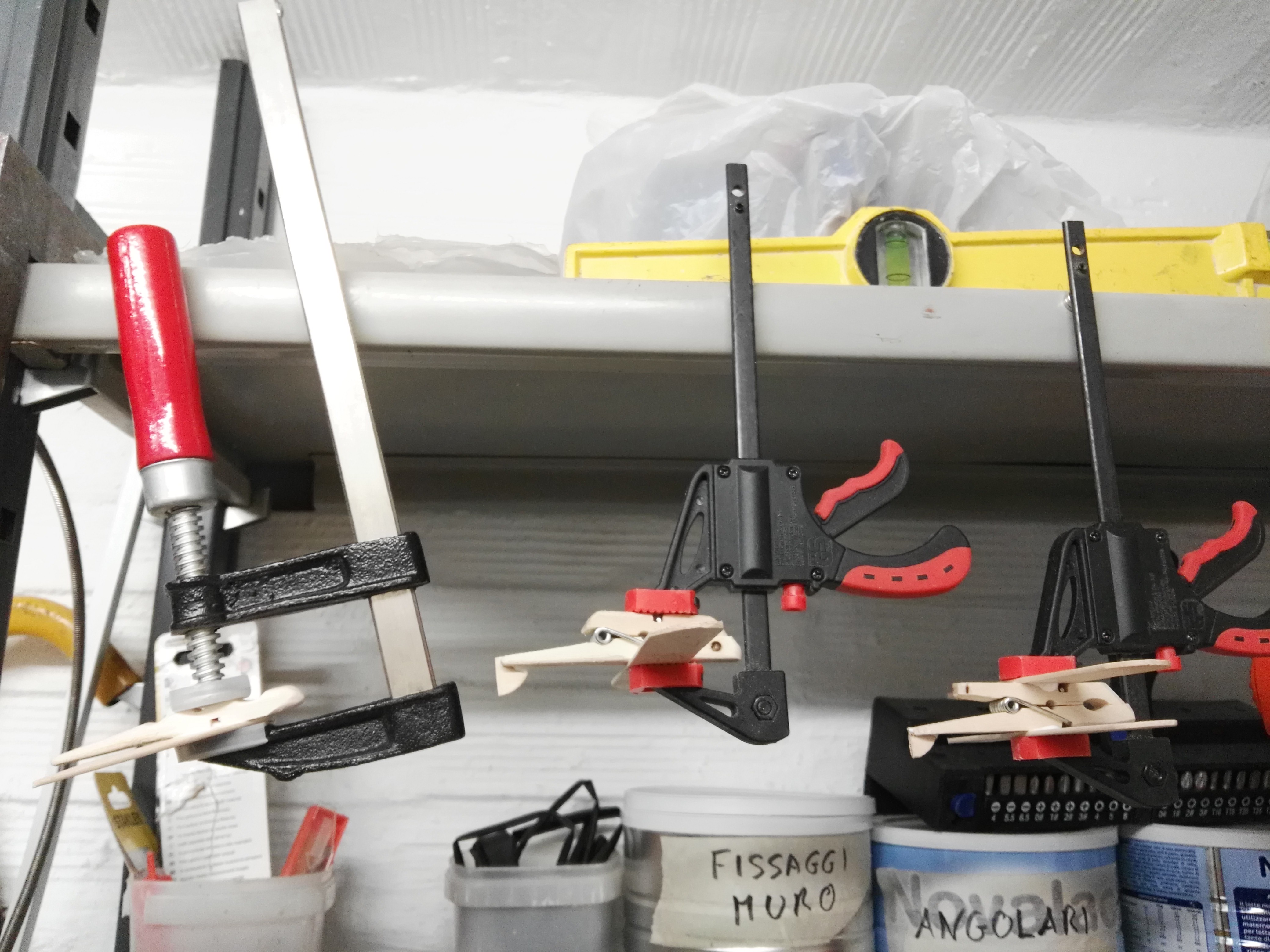
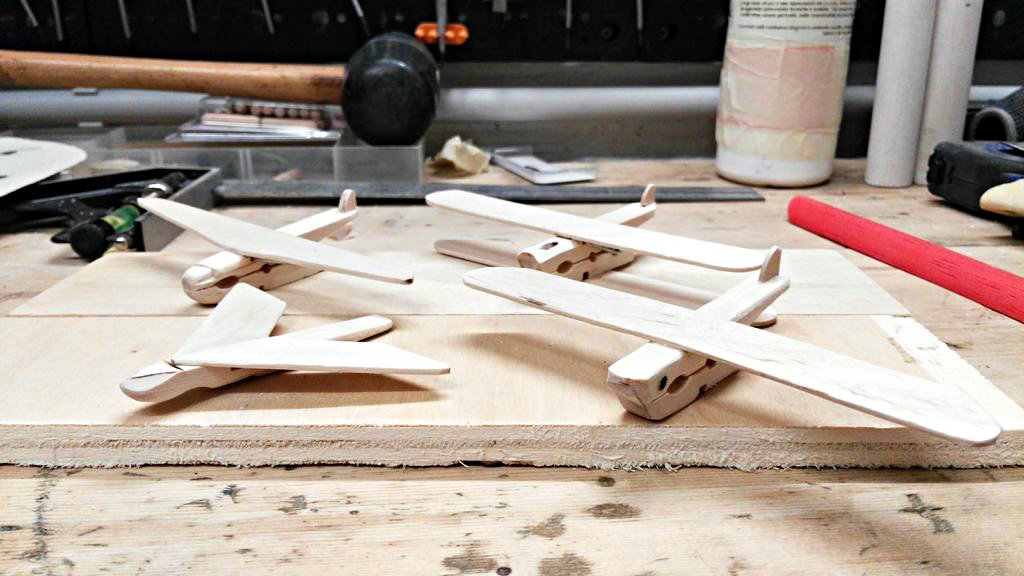
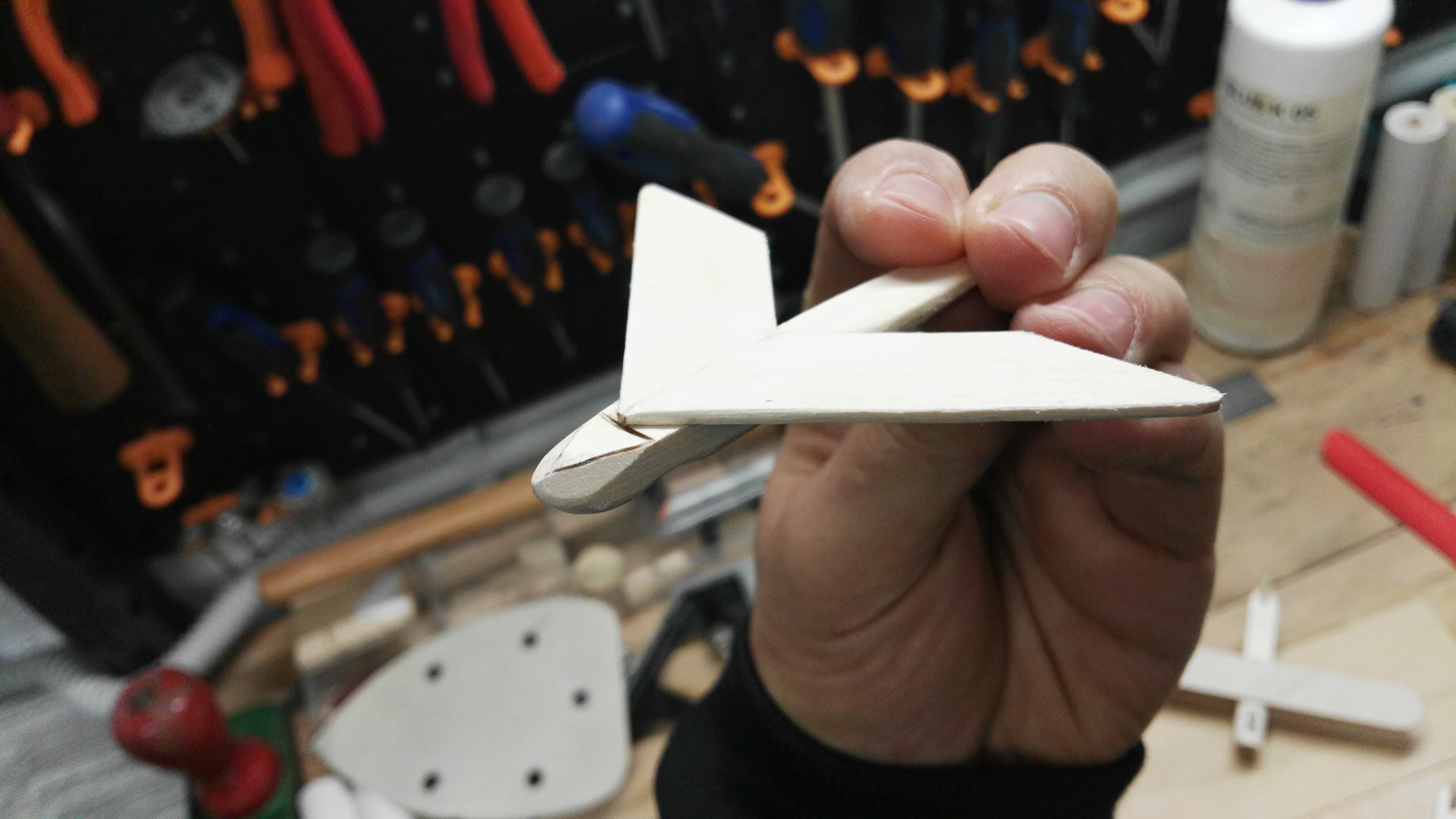
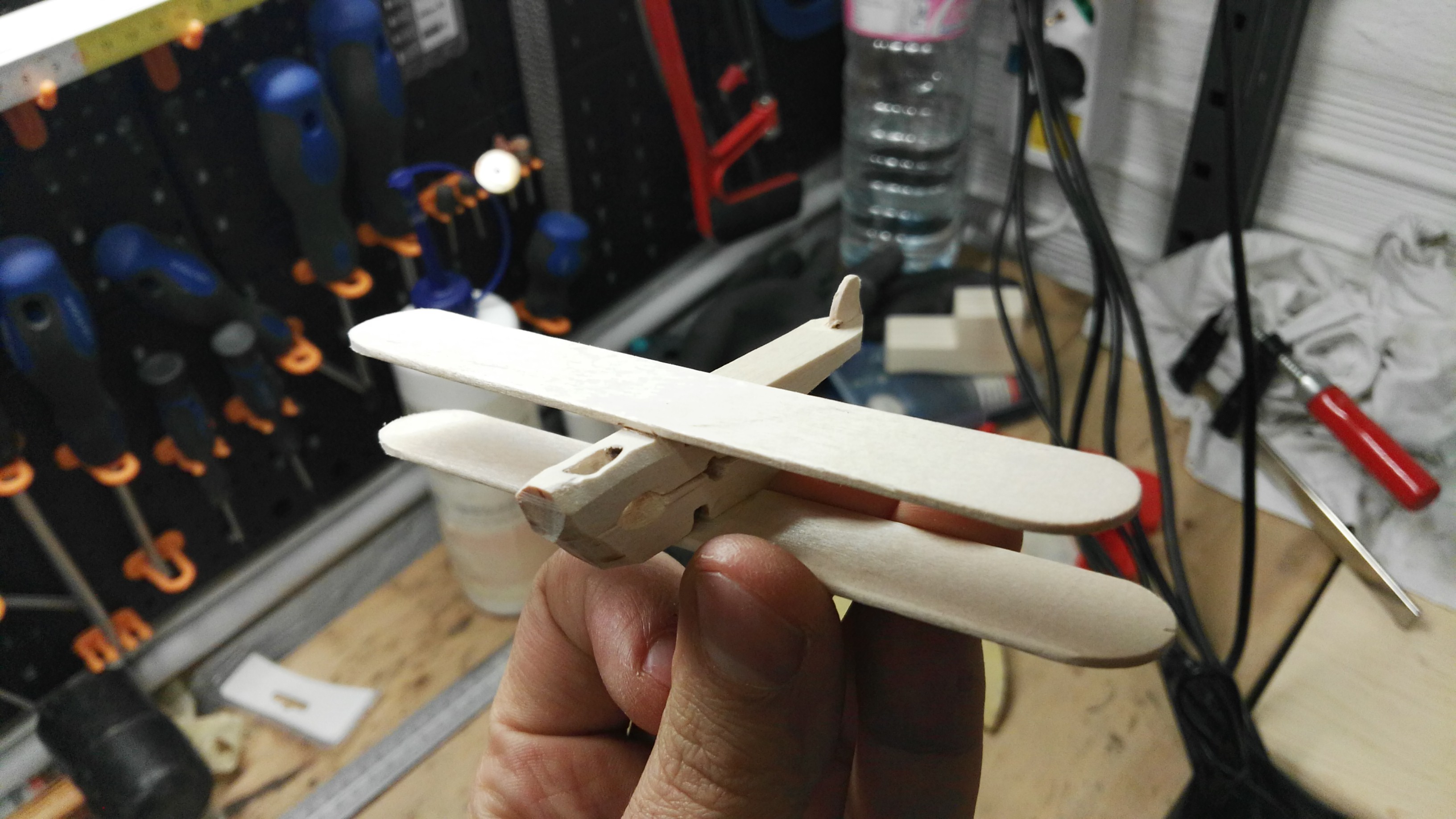
Well, if you want, we can do some rellay nice planes with clothes pegs and tongue depressor. THIS STEP CAN BE DONE whatever you want, for example meanwhile the glue (for the fences..) is drying... In the pictures you can see the main procedure and some idea.
Here you will need:
- mini drill
- mini drill sander head, circular saw head, burrs head. (Picture 1)
- glue
- smalls clamps
- CUTTER
With the cutter is possible to cut and model the tongue depressor for make the wings of the airplanes: use refuse to put under the t.depressor and push hard for cut. Even if seems not cutted, try to bend by hand and is done.
MY PROCEDURE:1
- Decide if keep or not the "2nd" tail of the peg.
- With the sander or circular saw, edit the front and the back of the back (Picture 2). Get inspired by some real model and do different kinds.( Picture 3-4).
- Now cut a side of the depressor, for the rudder and for reduce the width of the wings. (Picture 5).
- Now with a small hacksaw, the cutter or a mini circular saw (mini drill), make a slot in the tail for fit the rudder (Picture 6).
- From the picture 7 to 10 you can see a fast procedure for a double wings planes.
- From picture 11 to 13 an idea for a Fighter.
- After sanded all, glue the pieces and clamp them (Picture 14).
- After dried, do another round with the sander head if necessary.
I like them a little coarse.
Sanding
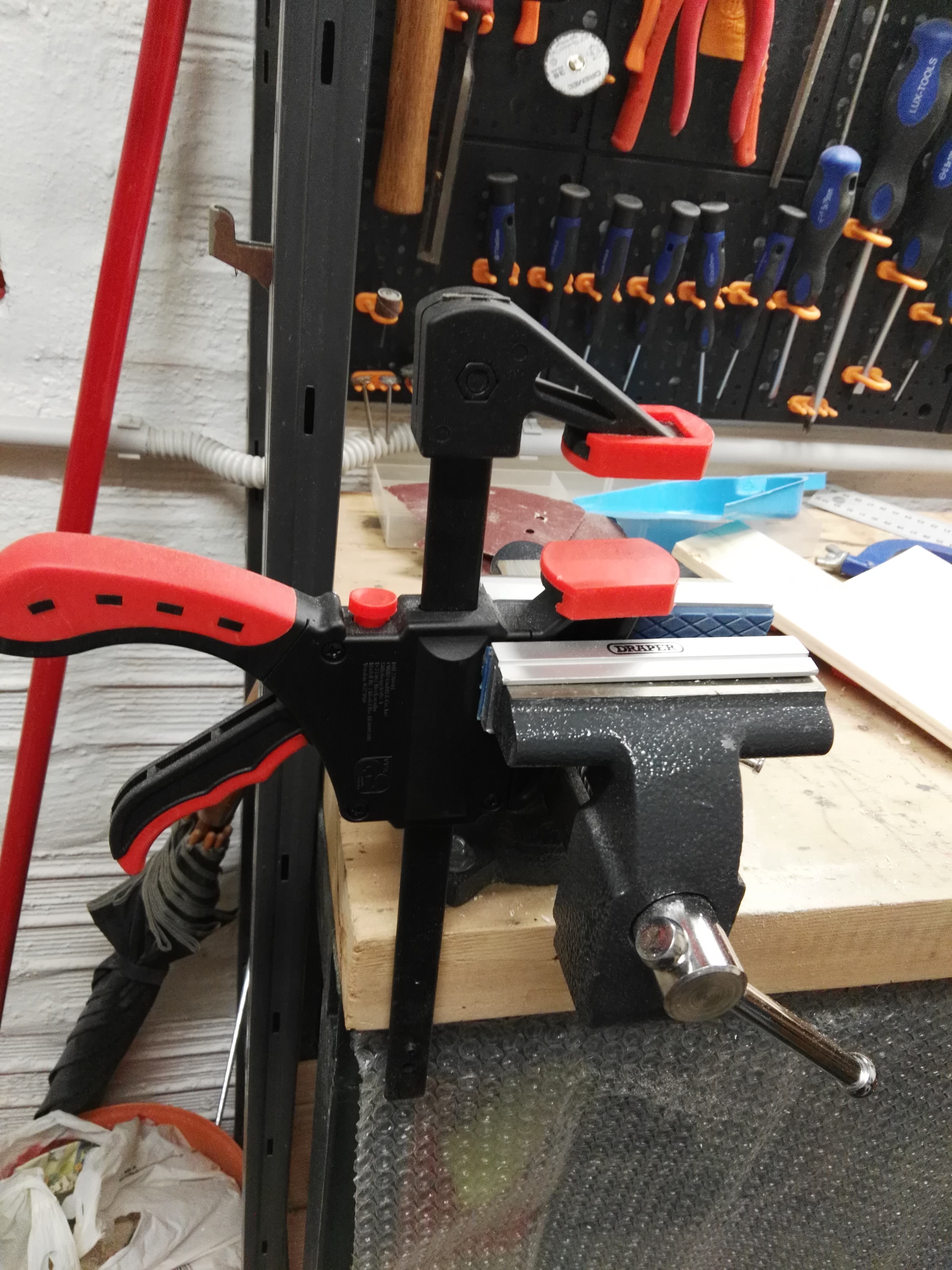
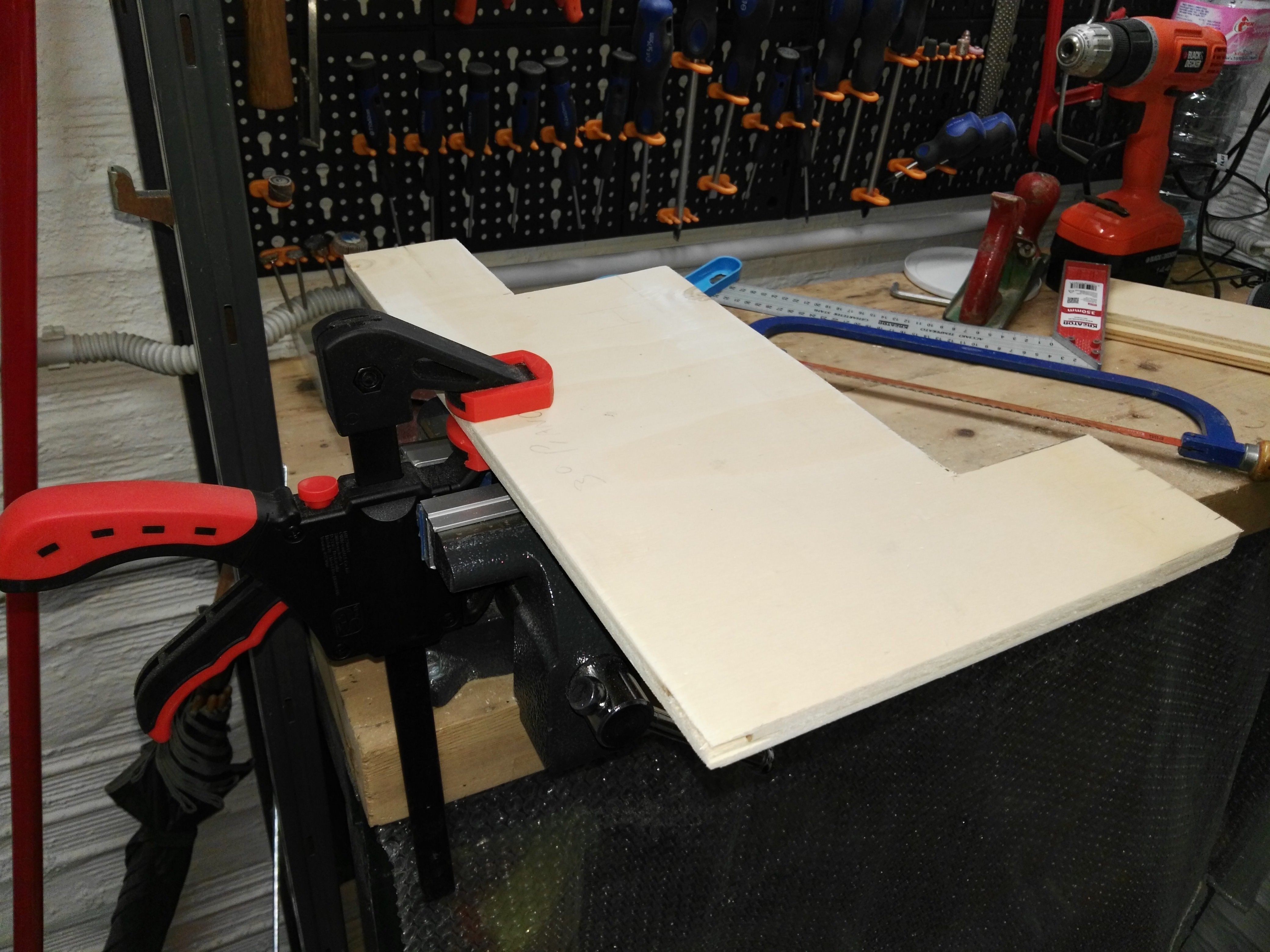
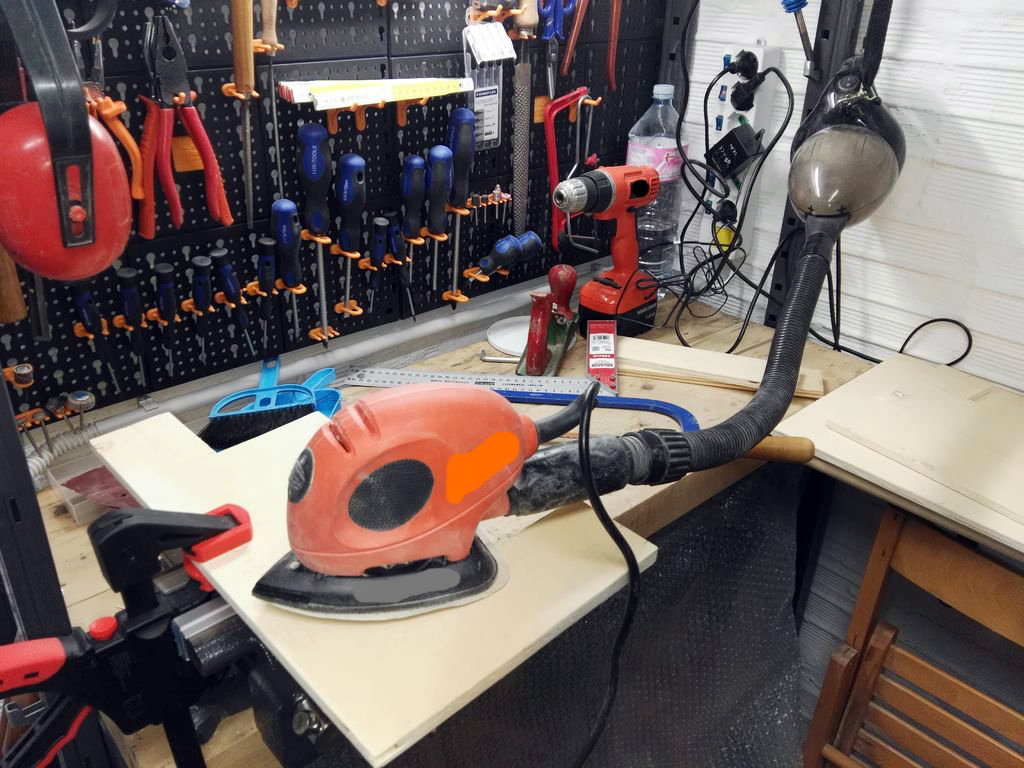
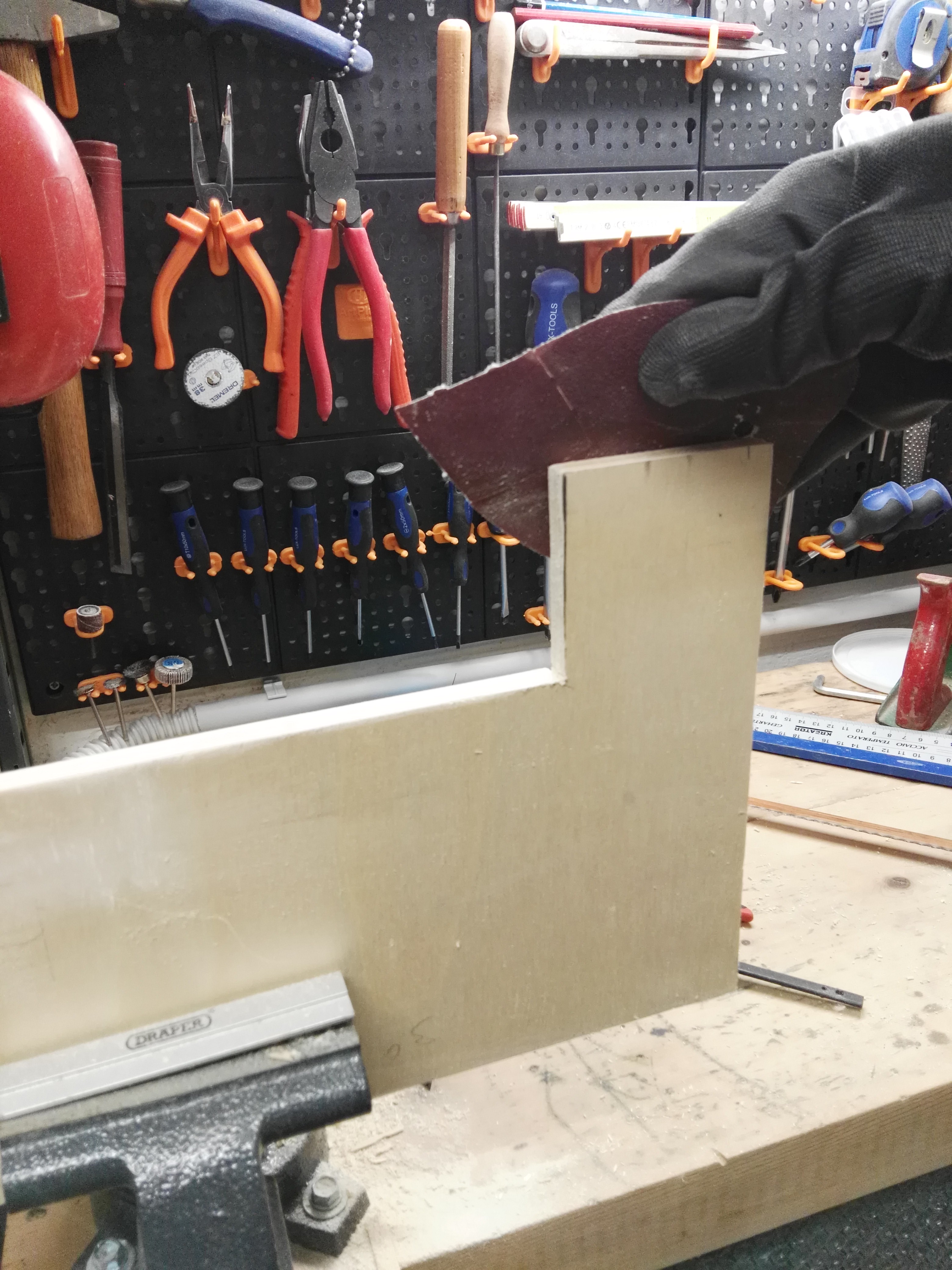
For correct the edges or clean the wood (like me), now is sanding time.
180-120 grain is good, specially for correct edges, the surface of the columns or edit the angles of the fences (if the errors are big...use 80 grain...). In the pictures you can see some tips for the electric sander or manual sanding.
As you can see i've linked a small vacuum cleaner to the sander, in order to reduce at minimum the dust.
Painting
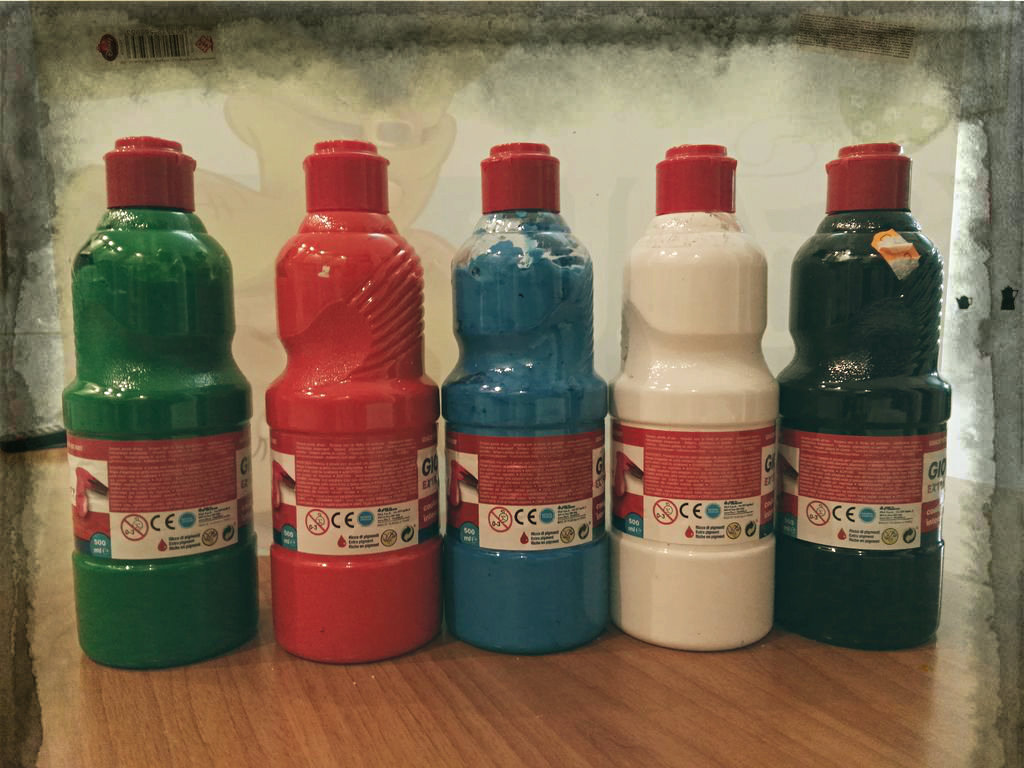
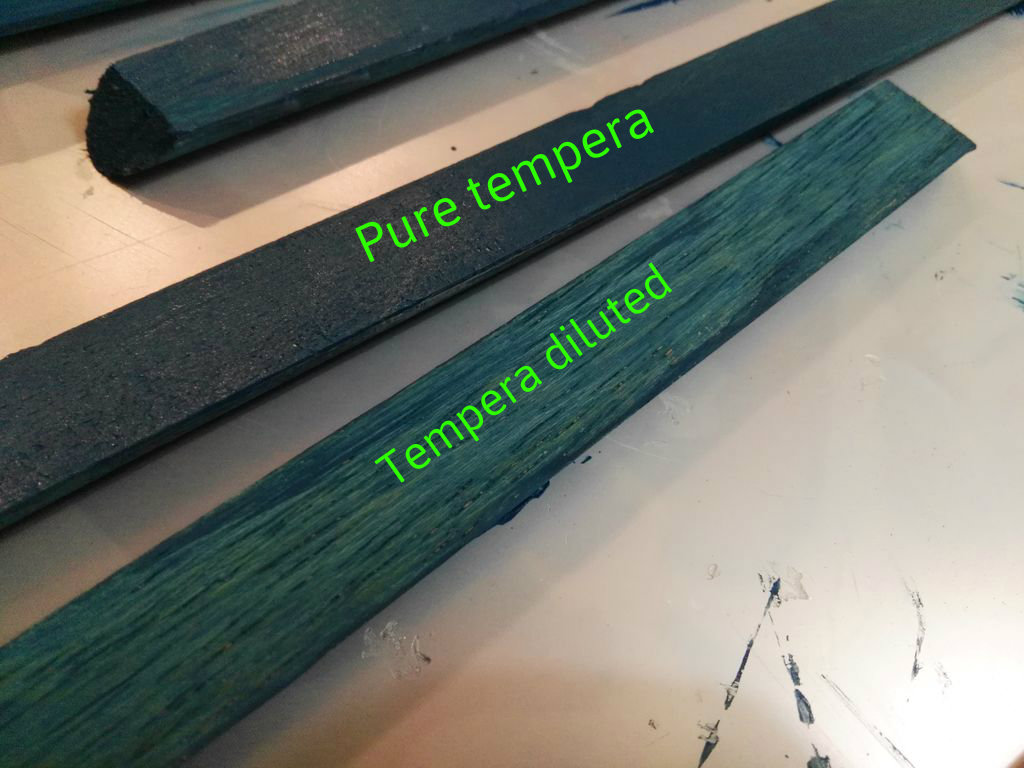
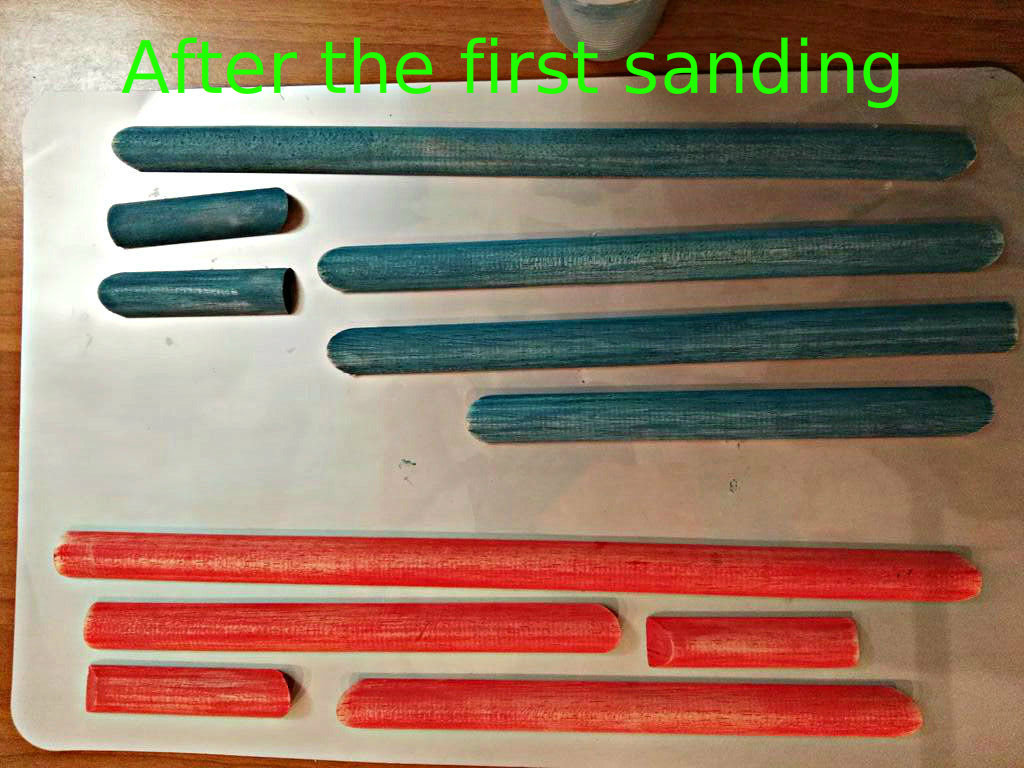
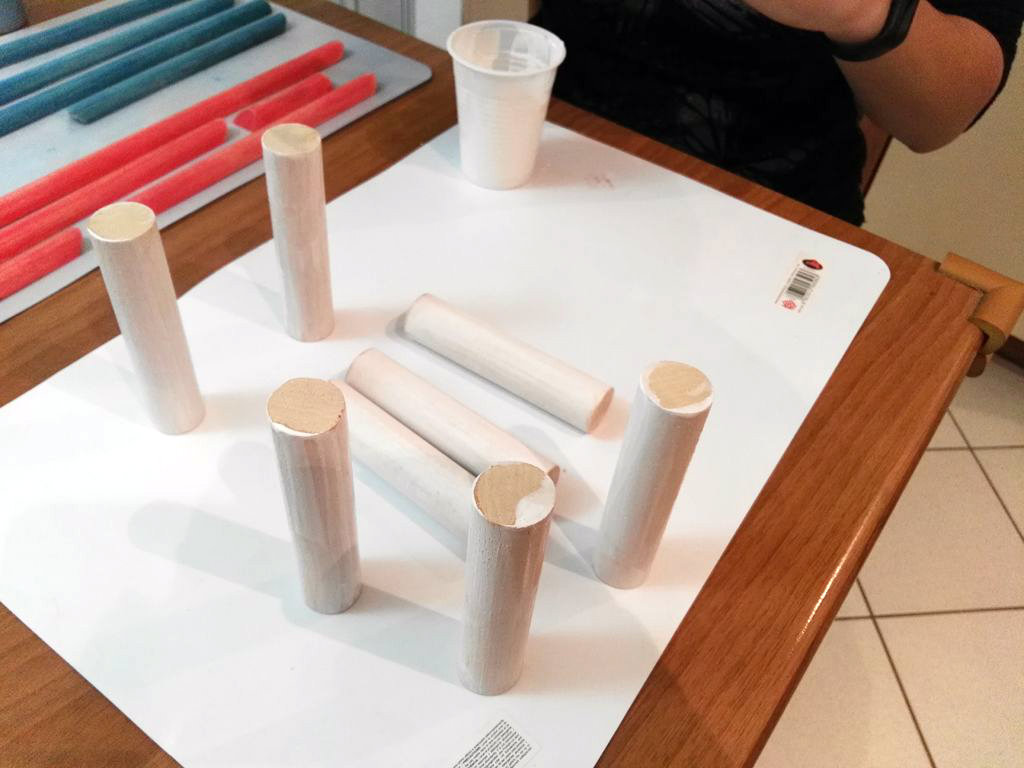
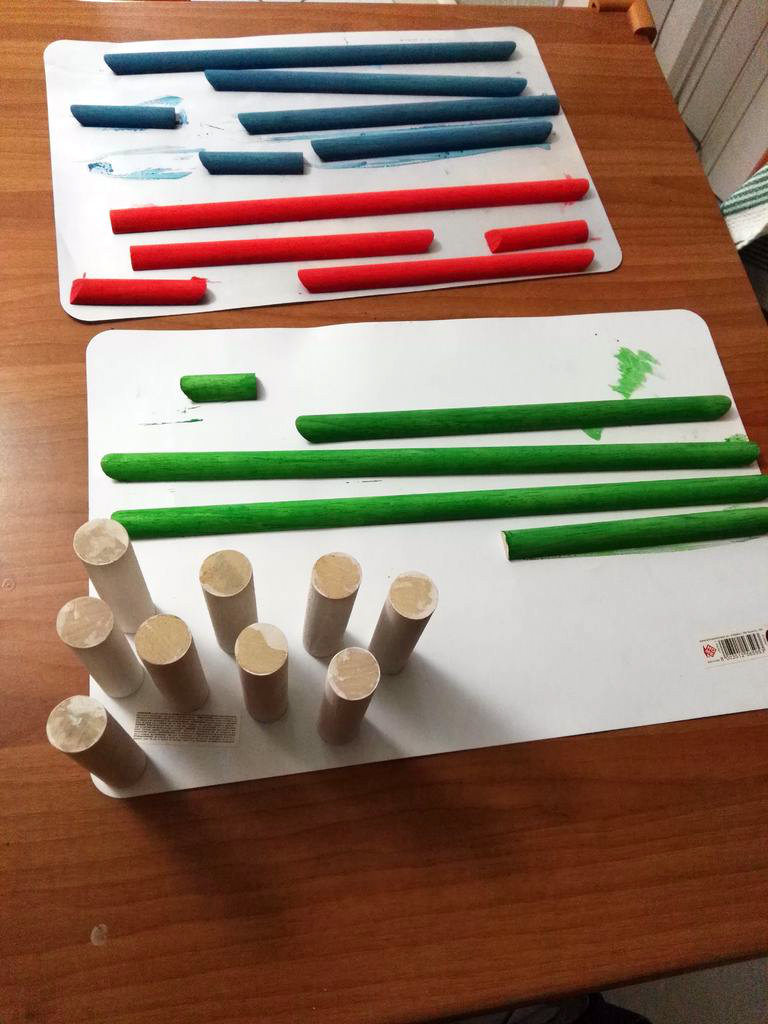
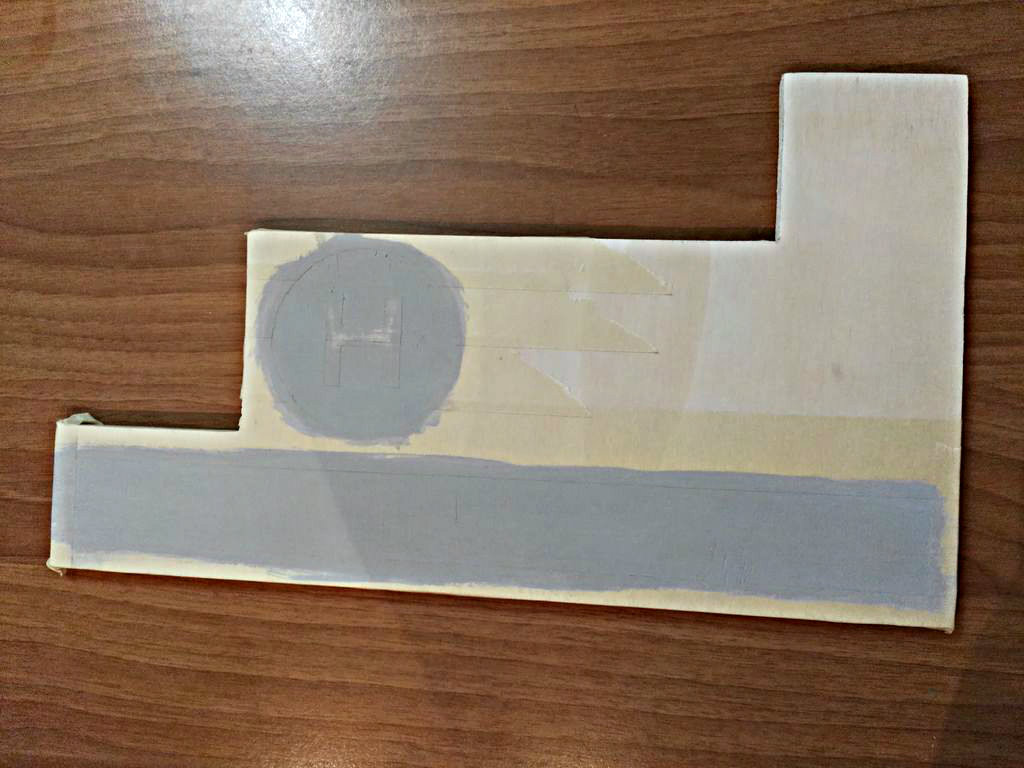
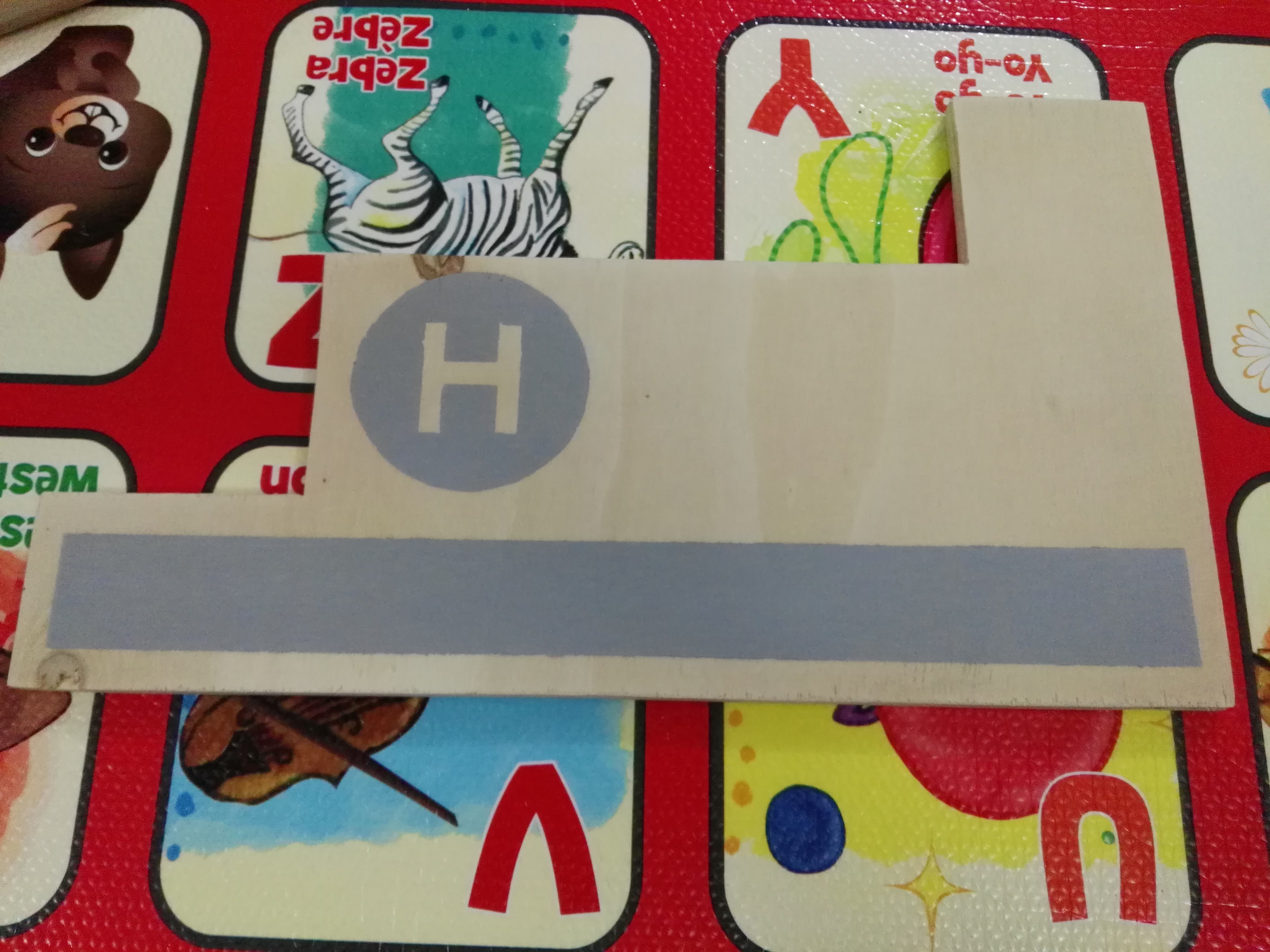
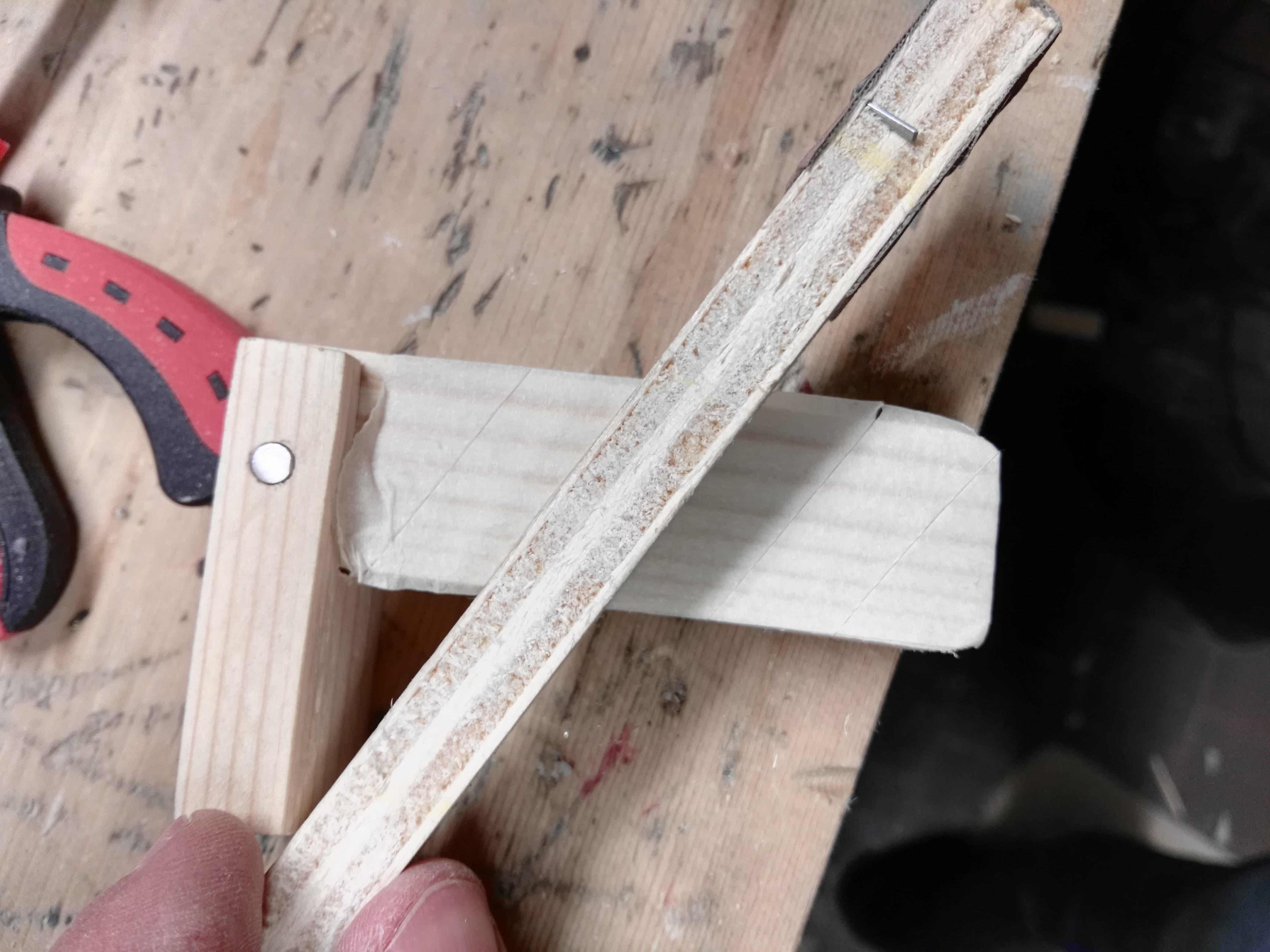
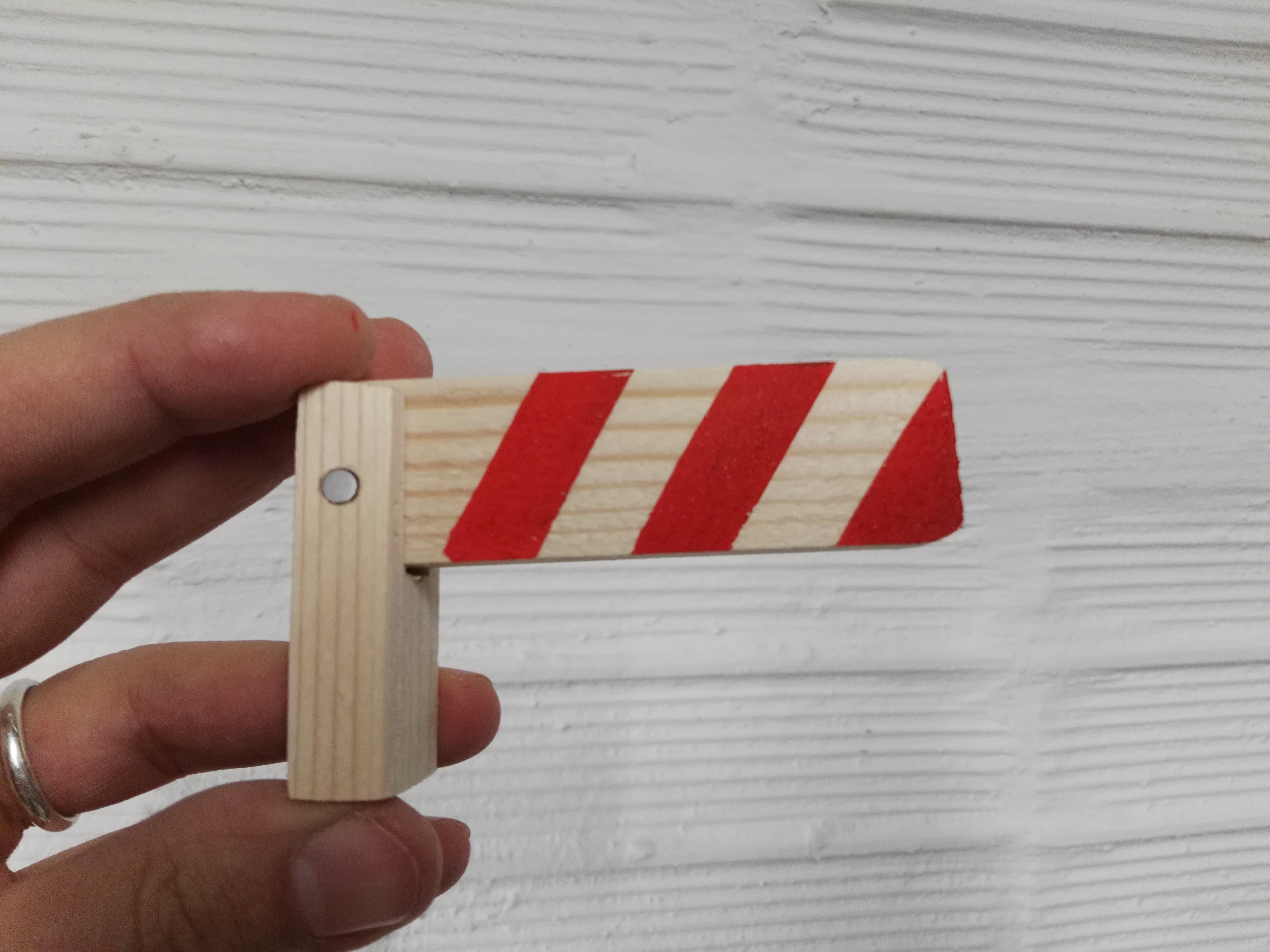
Time for painting! Prepare an old news paper, brushes, water...and the paint!
What kind of paint? No varnish please, stay natural more possible. I suggest water paint for wood or even TEMPERA COLORS and at least one hand of coverage with transparent MATT paint for wood.
Pure tempera cover a lot the texture of the wood, water color conserve it. Anyway, you can dilute the tempera with water and obtain a water color effect. So like in Picture 2, decide what effect you wanna obtain.
TIPS/PROCEDURE:
- First hand.
- Light sanding with high grain paper (more than 180-240) and look at the effect (Picture 3).
- Second hand of painting.
- Transparent MATT coverage (number of hands linked to the product).
PROCEDURE FOR THE TOP FLOOR:
- Sketch with a light pencil.
- Put all around the paper tape.
- First Hand. (Picture 6)
- Dry.
- Second Hand.
- Remove gently the tape. (Picture 7)
Mobile Bar:
- Put the paper tape all around the bar.
- Use a laths for cut the stripes.(Picture 8)
- Remove the paper where you want paint.
- Paint..
- Remove the paper tape.(Picture 9)
Fences: Glue Time
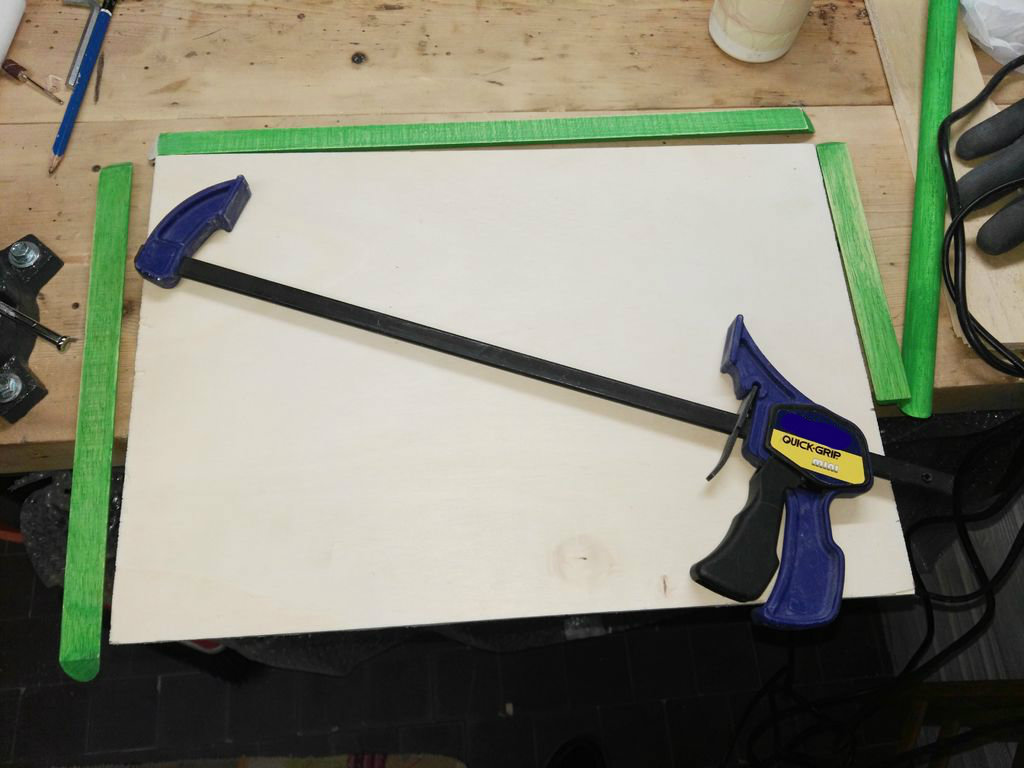
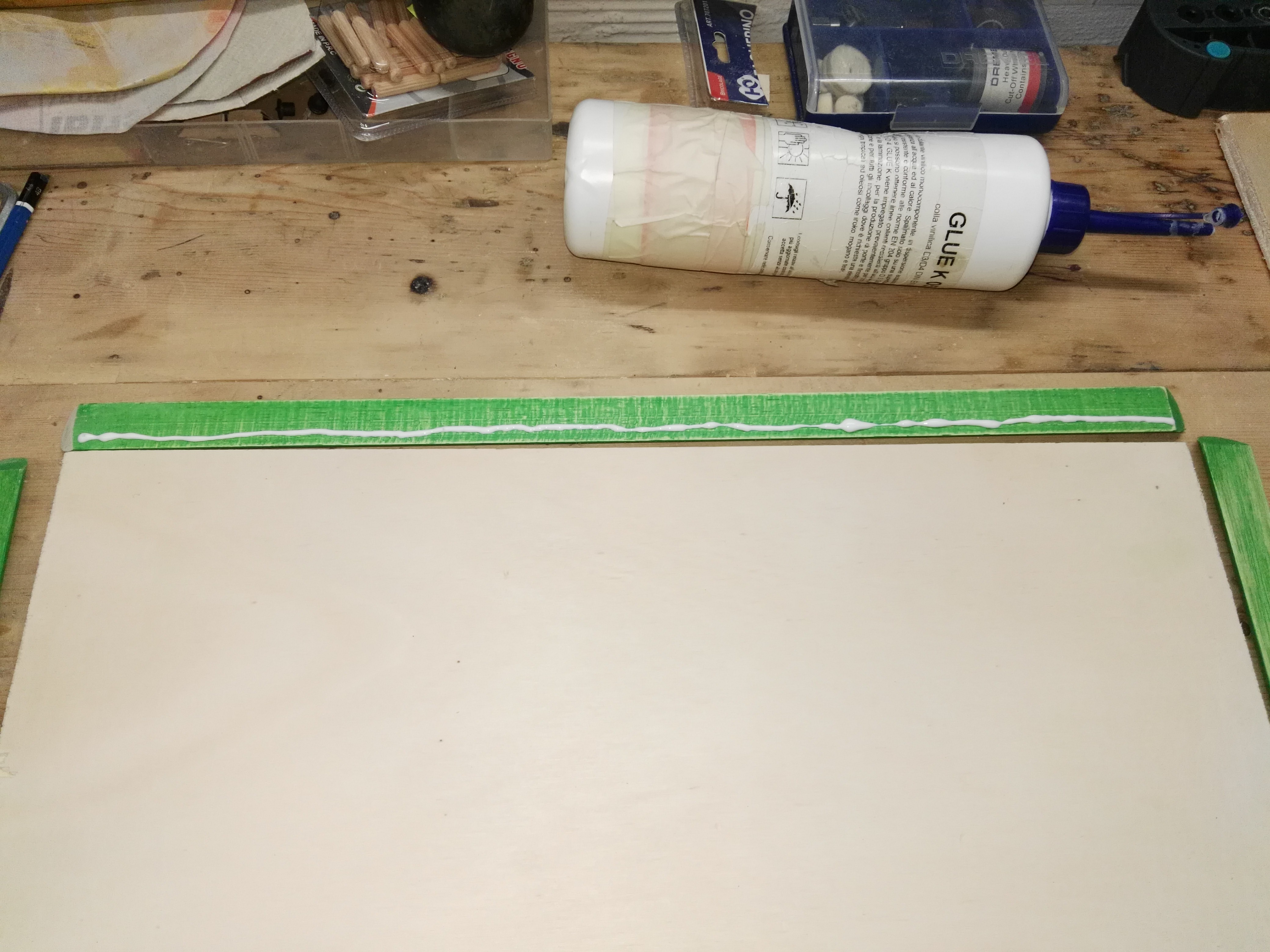
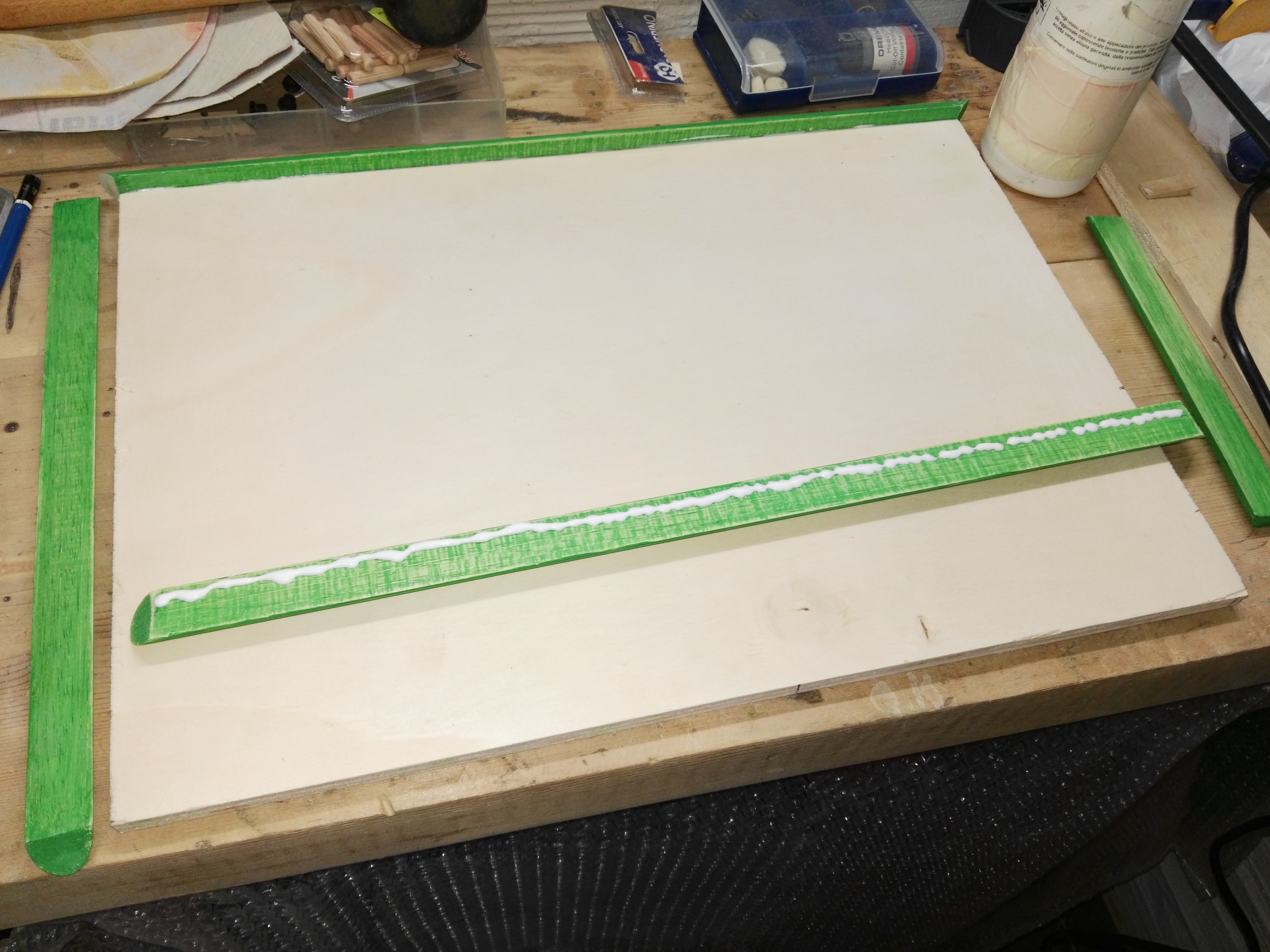
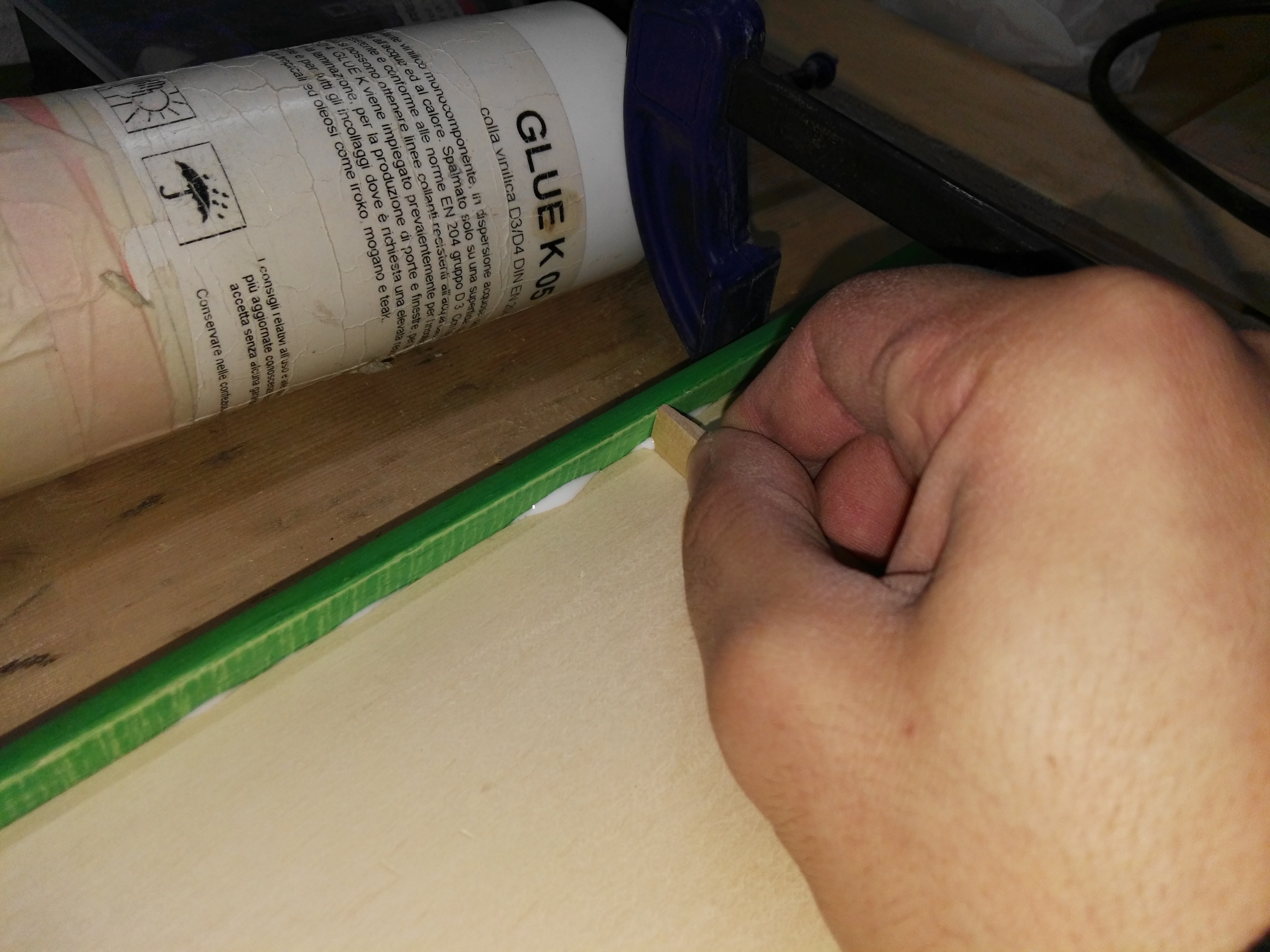
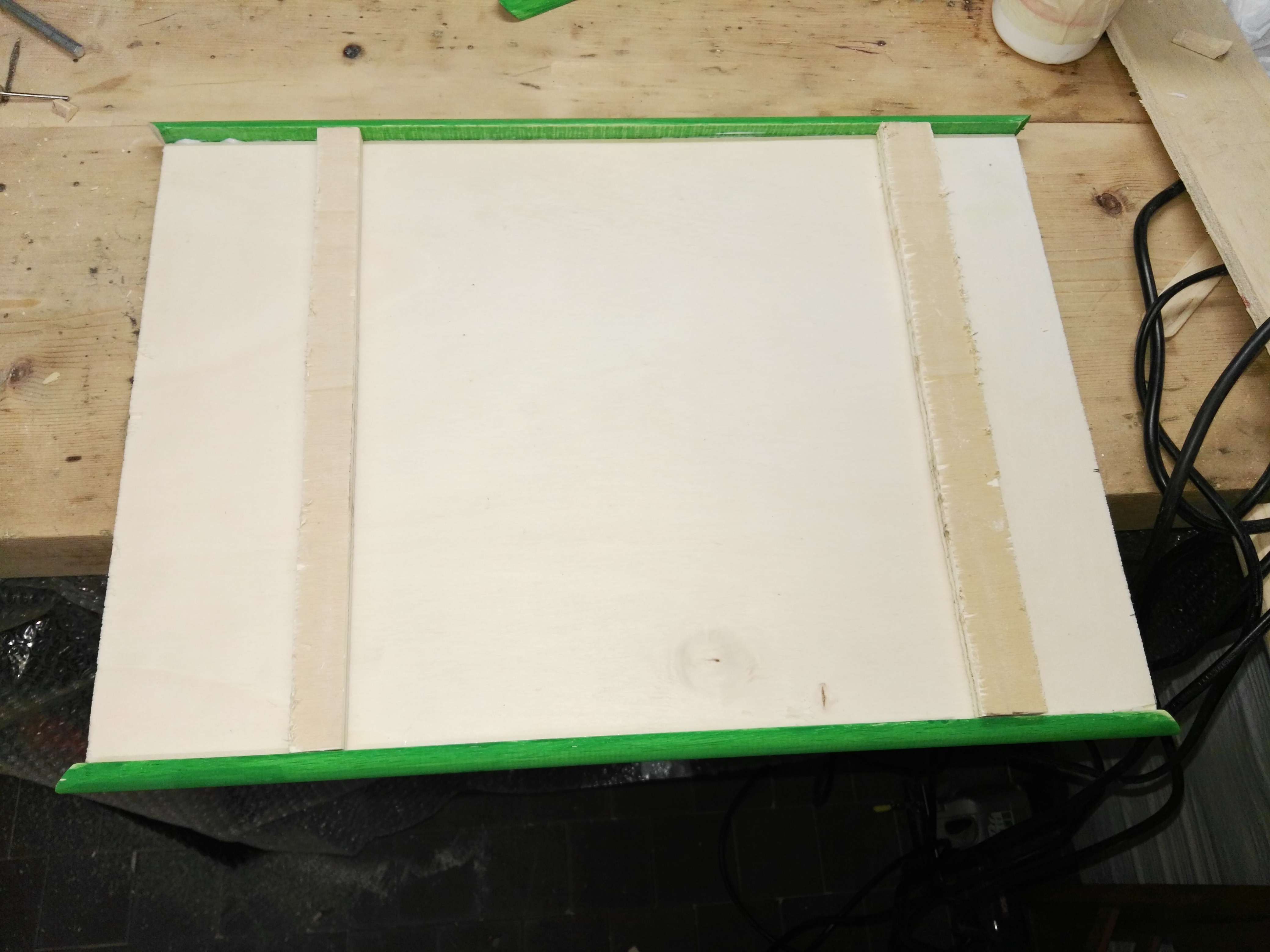
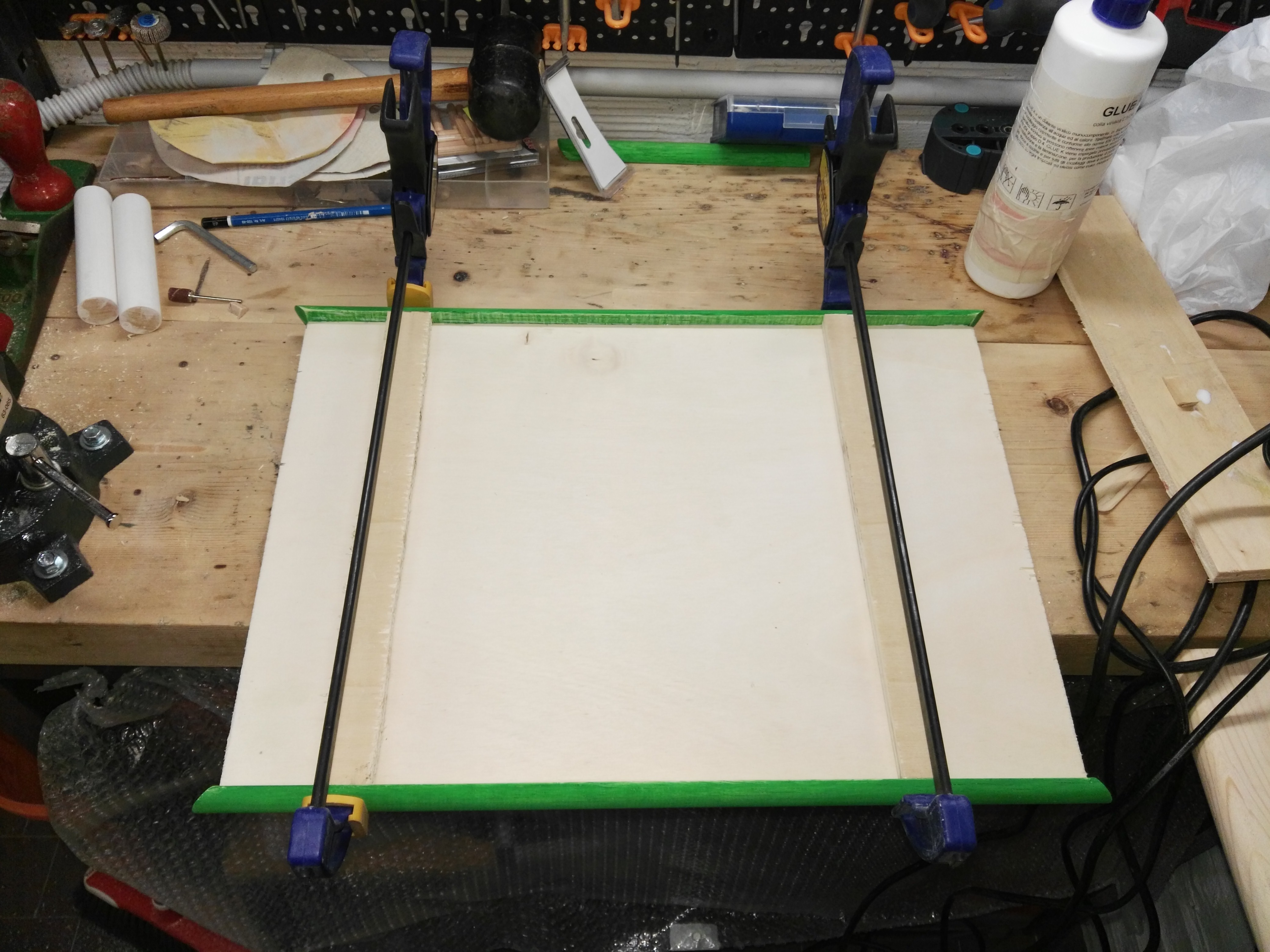

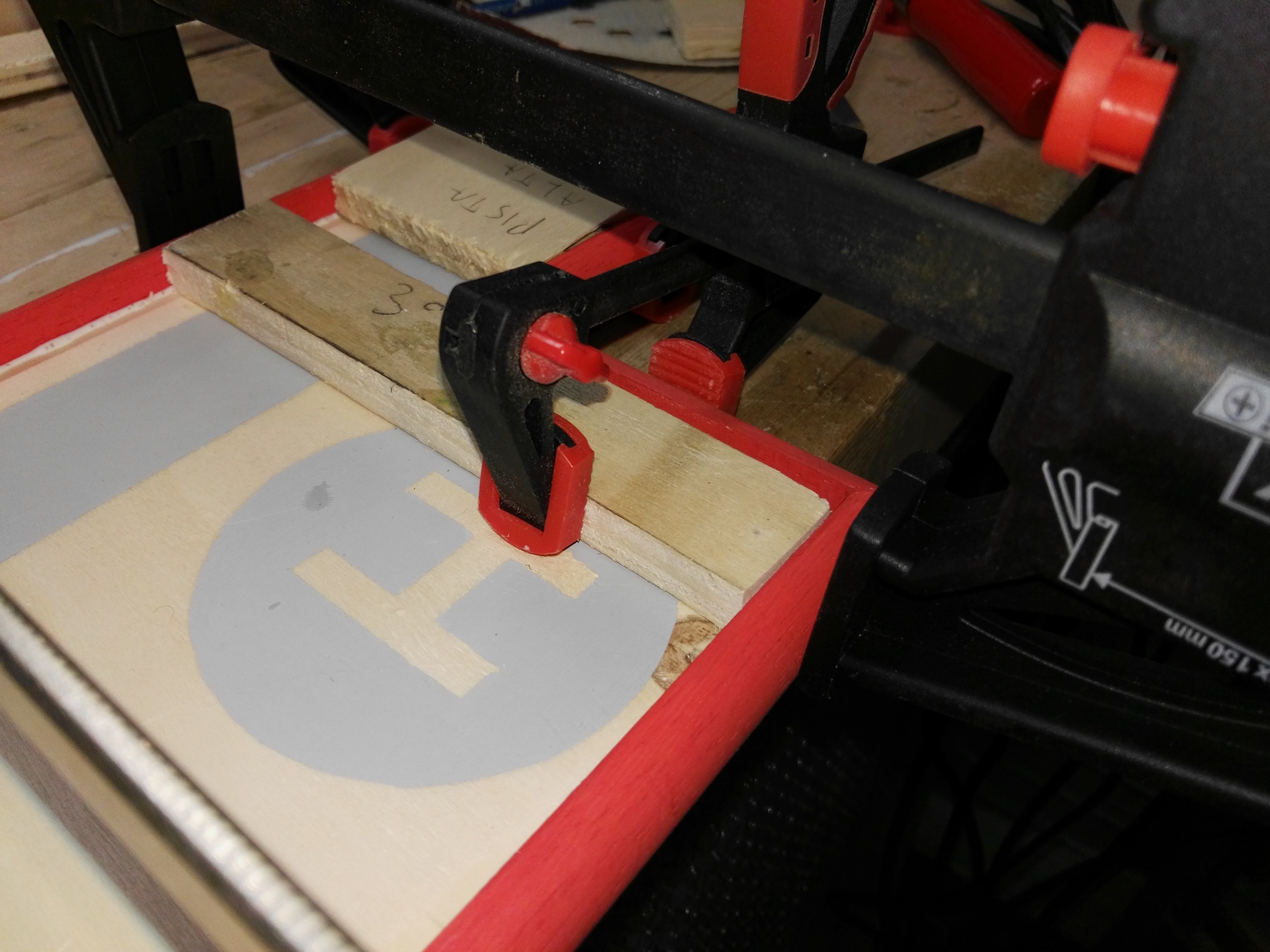
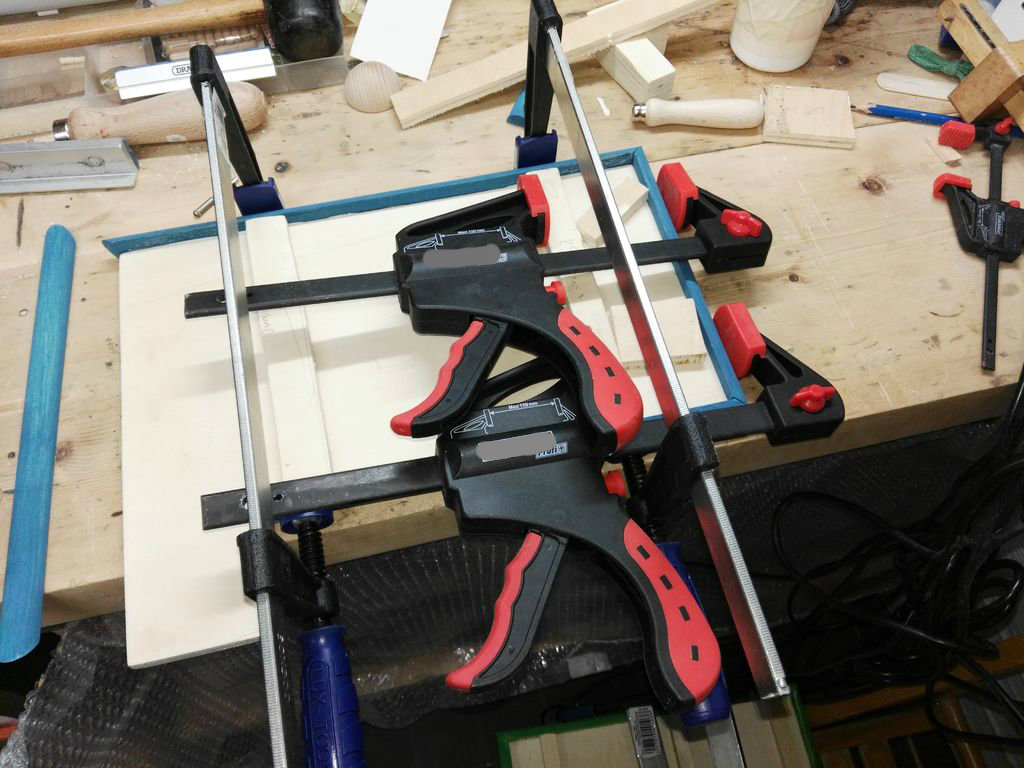
As i said at the beginning, if you use the half rounded rod for the fences, you will have a problem here: when you clamp, the pressure will filp the rod on the plane. So is necessary support the fences with some struts. If you don't have a lot of clamps, starts from the first floor , cut the longest laths and step by step use the lath shortening it.
Otherwise if you have a lot of clamps and wood, cut from the beginning all the laths for every side.
- Check the fences and measure.
- Check the best orientation.
- If the corner doesn't match good, do some editing with the sander or rasp.
- Apply the glue, not too much.
- Merge the pieces by hand,to squeeze the glue.
- Clean the surplus.
- THEN Put the laths (if you put the laths without clean the
excess
of glue...you will glu them on the floor)
- Clamp all.
Global Merging Episode 1
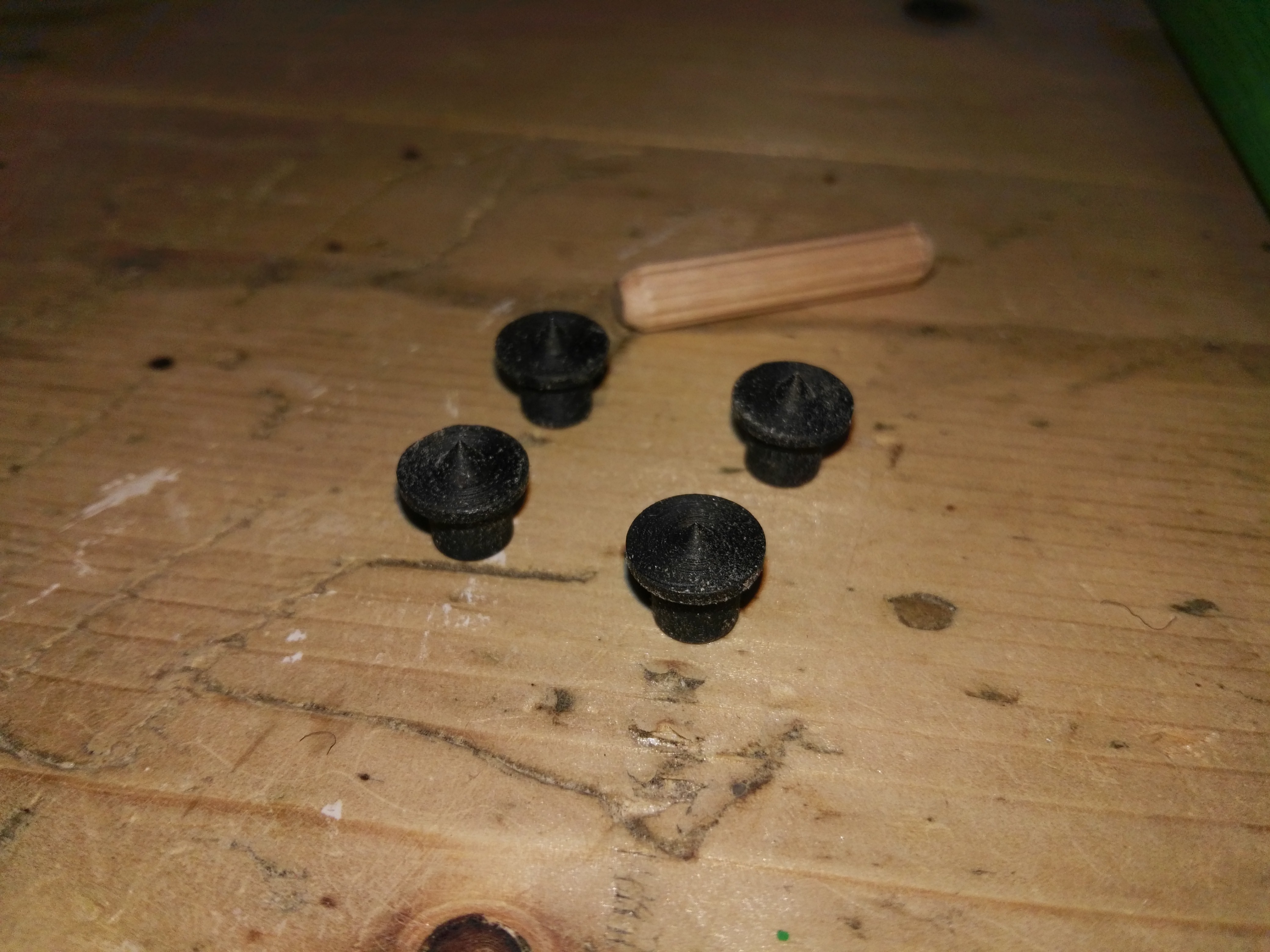
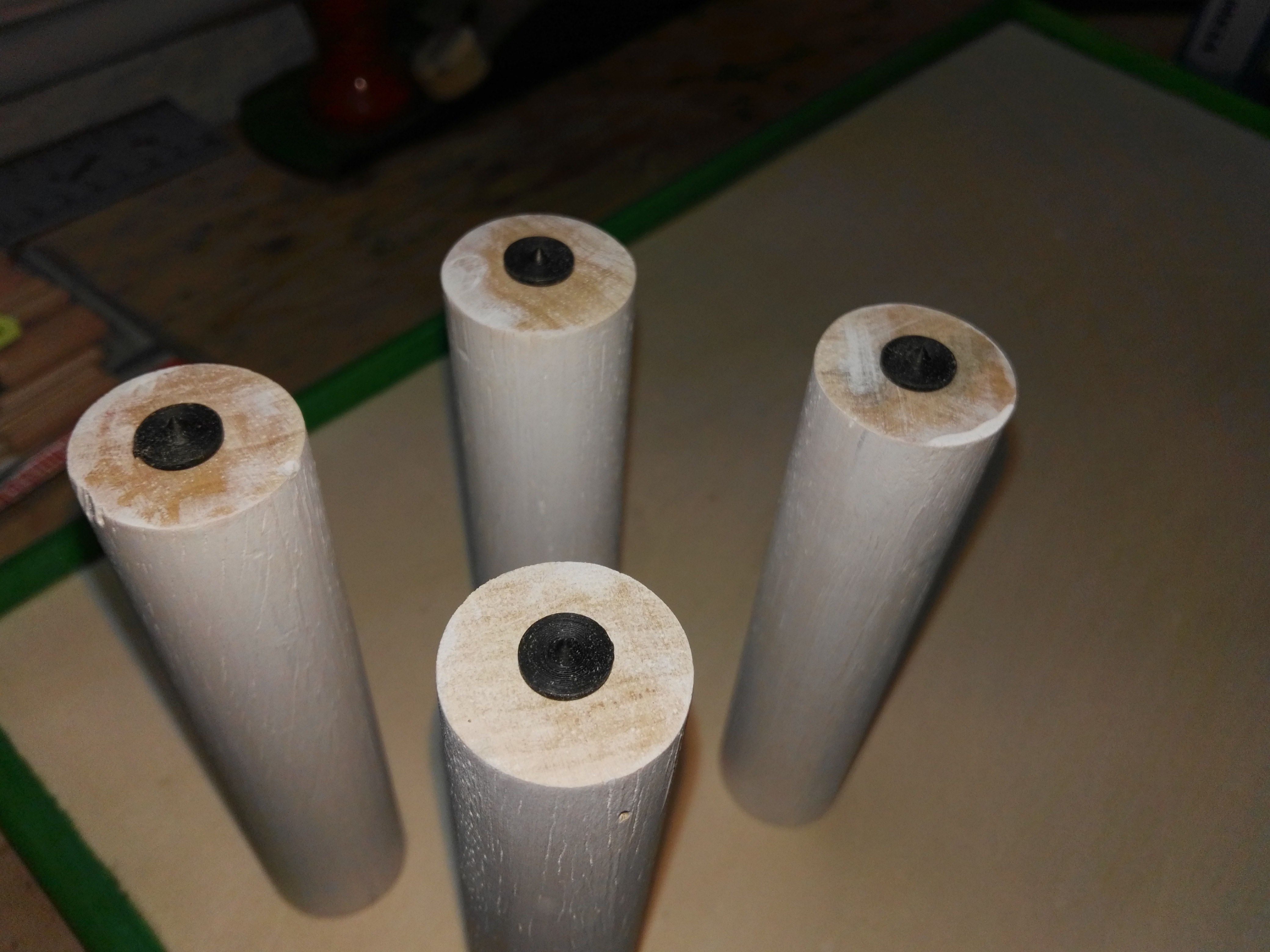
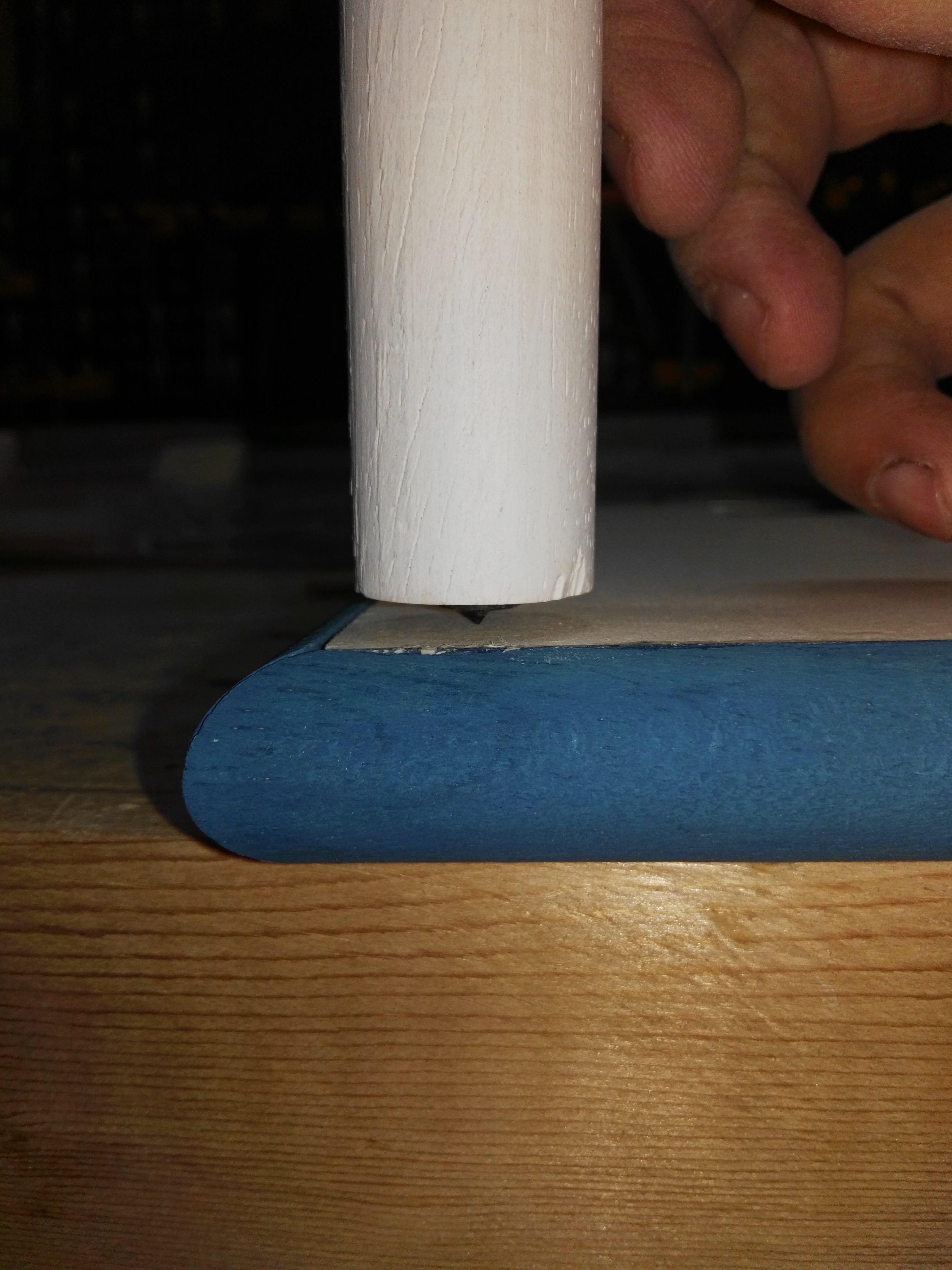
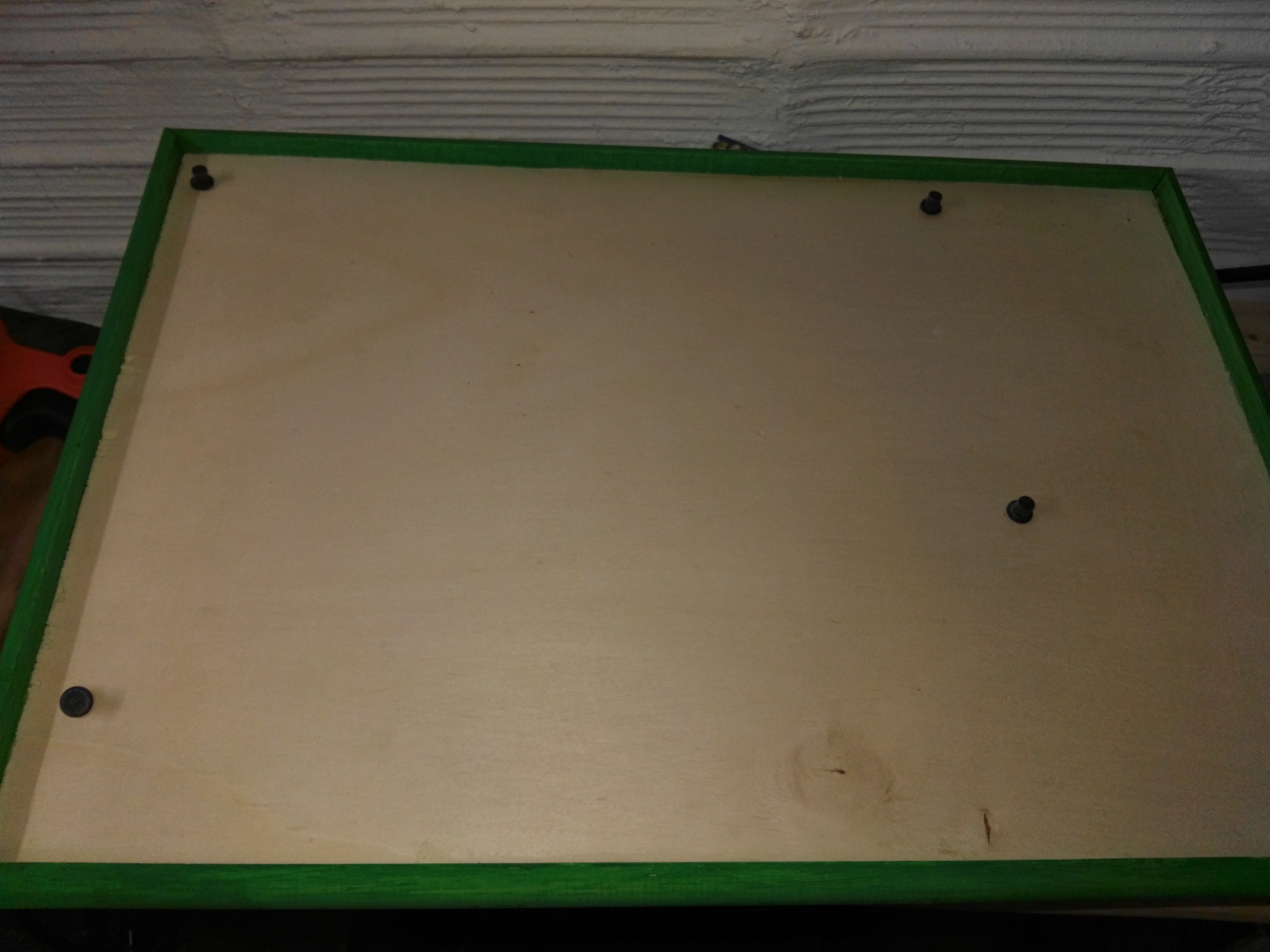
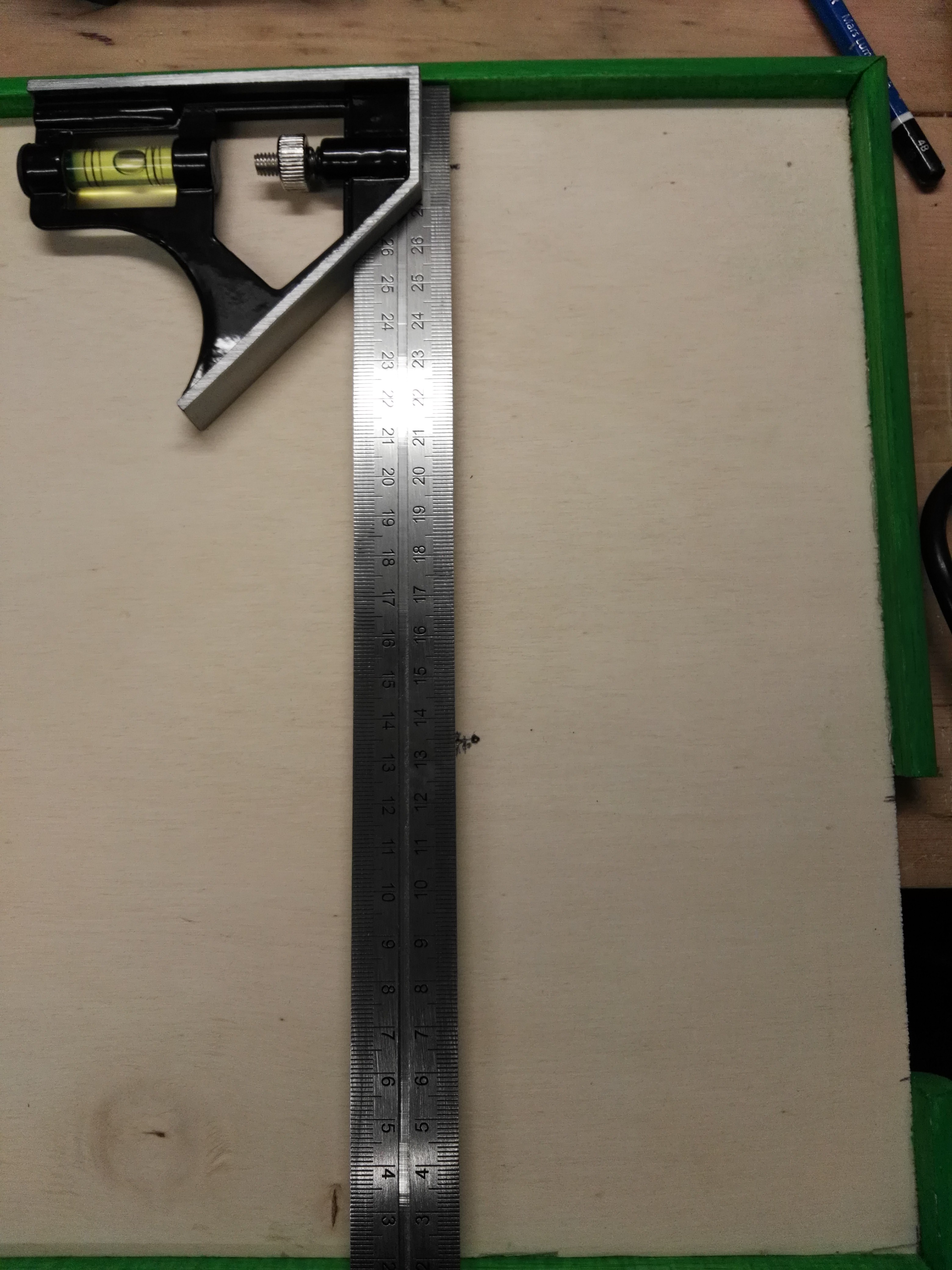
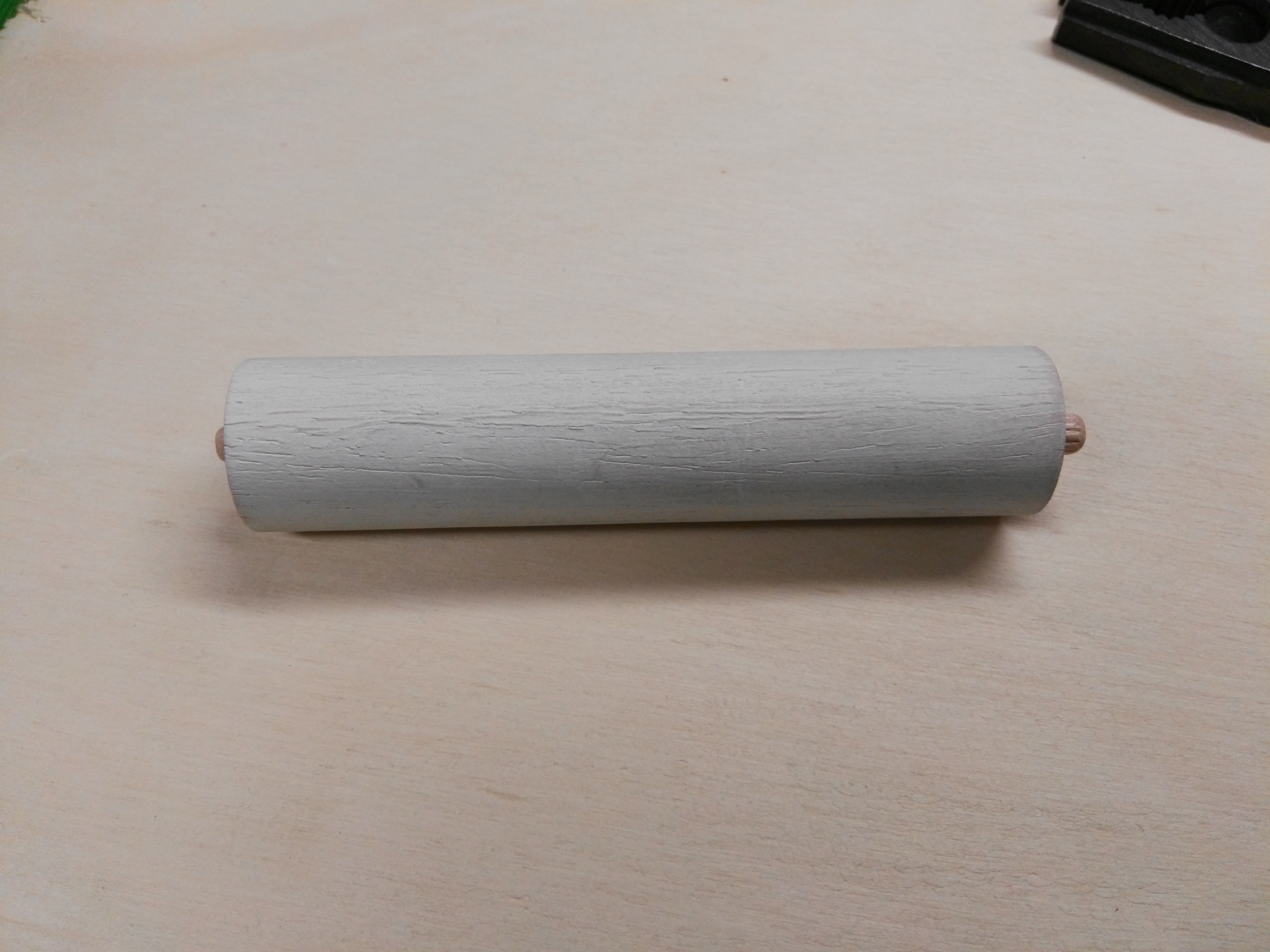
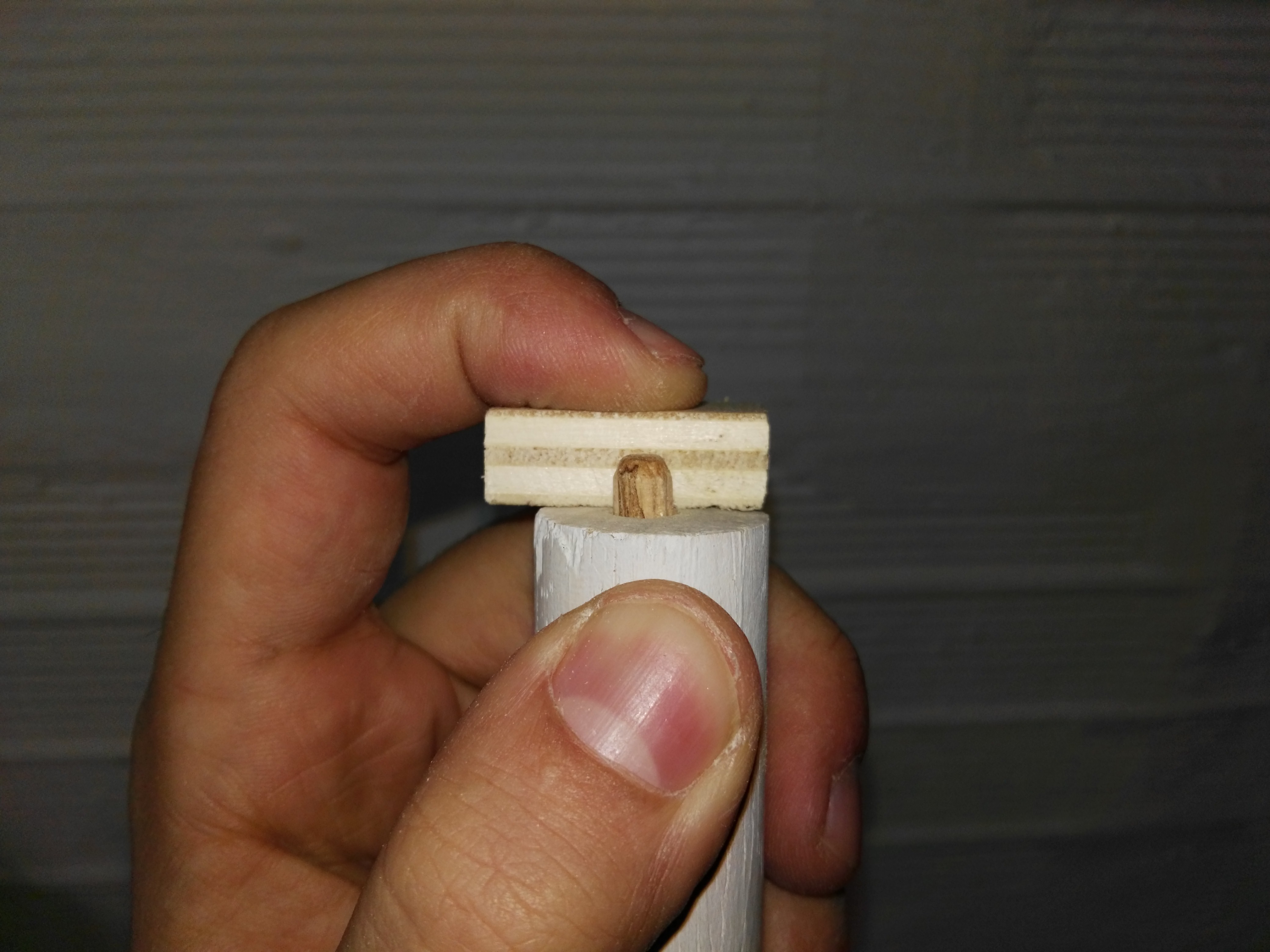
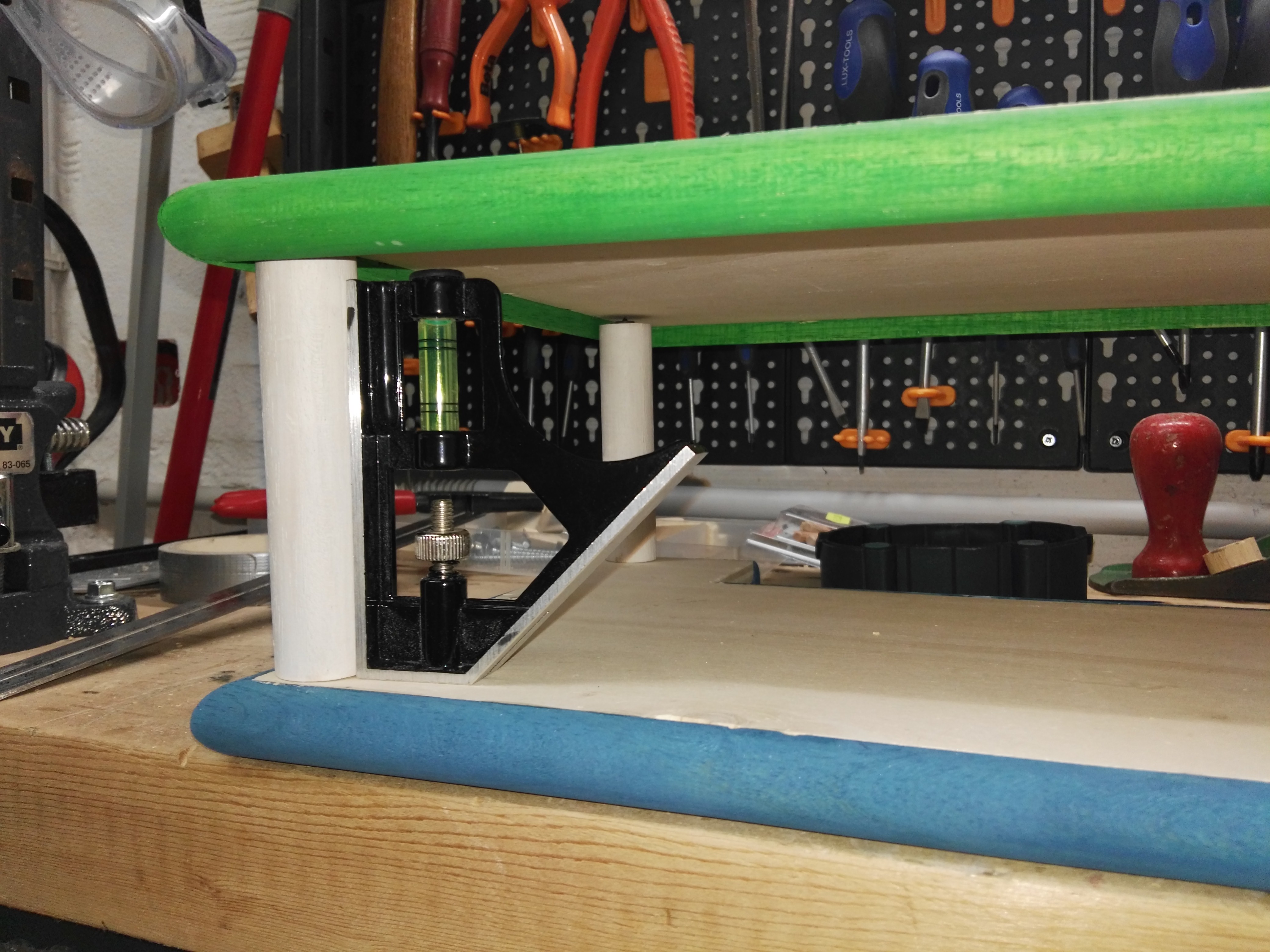
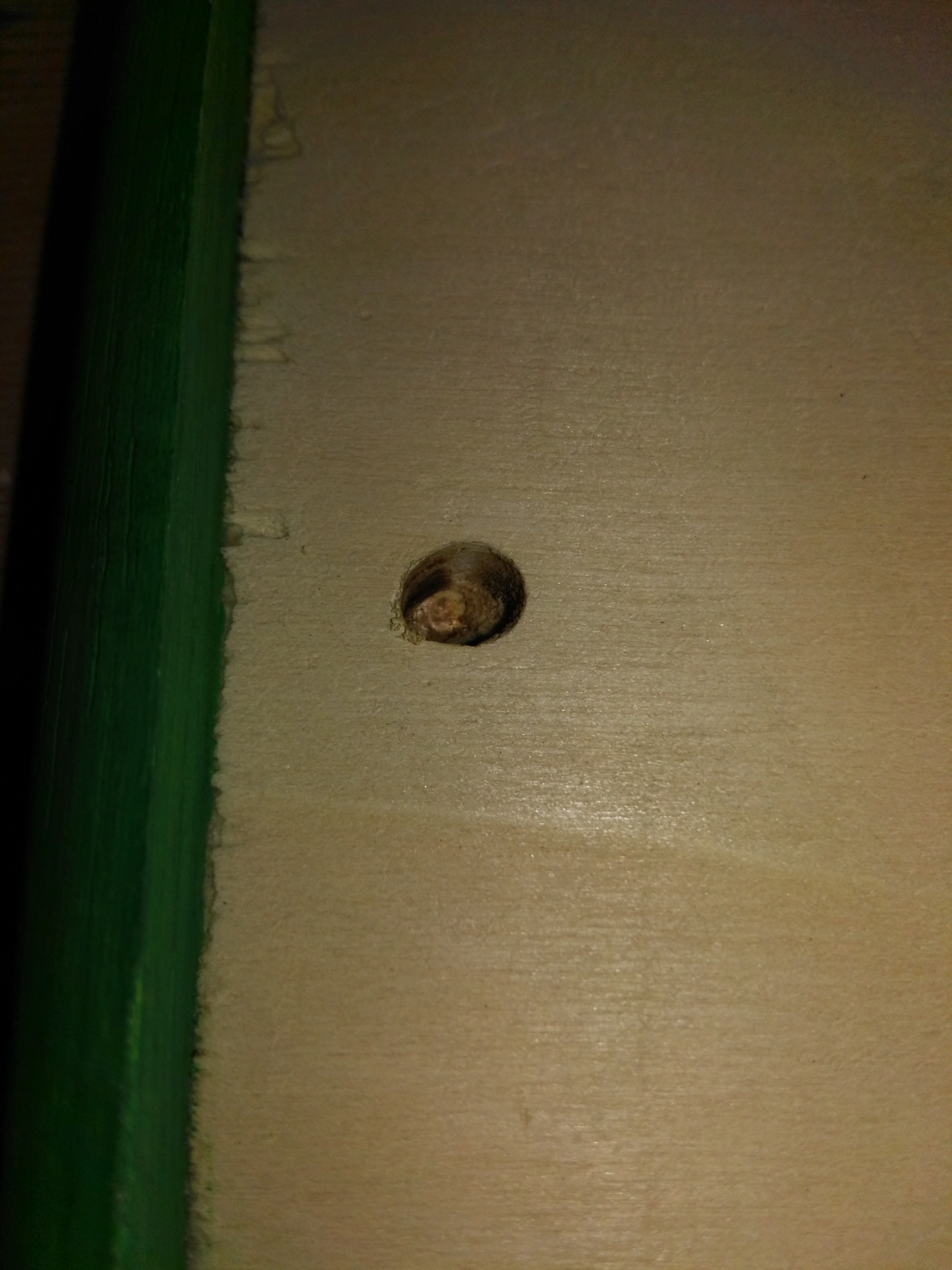
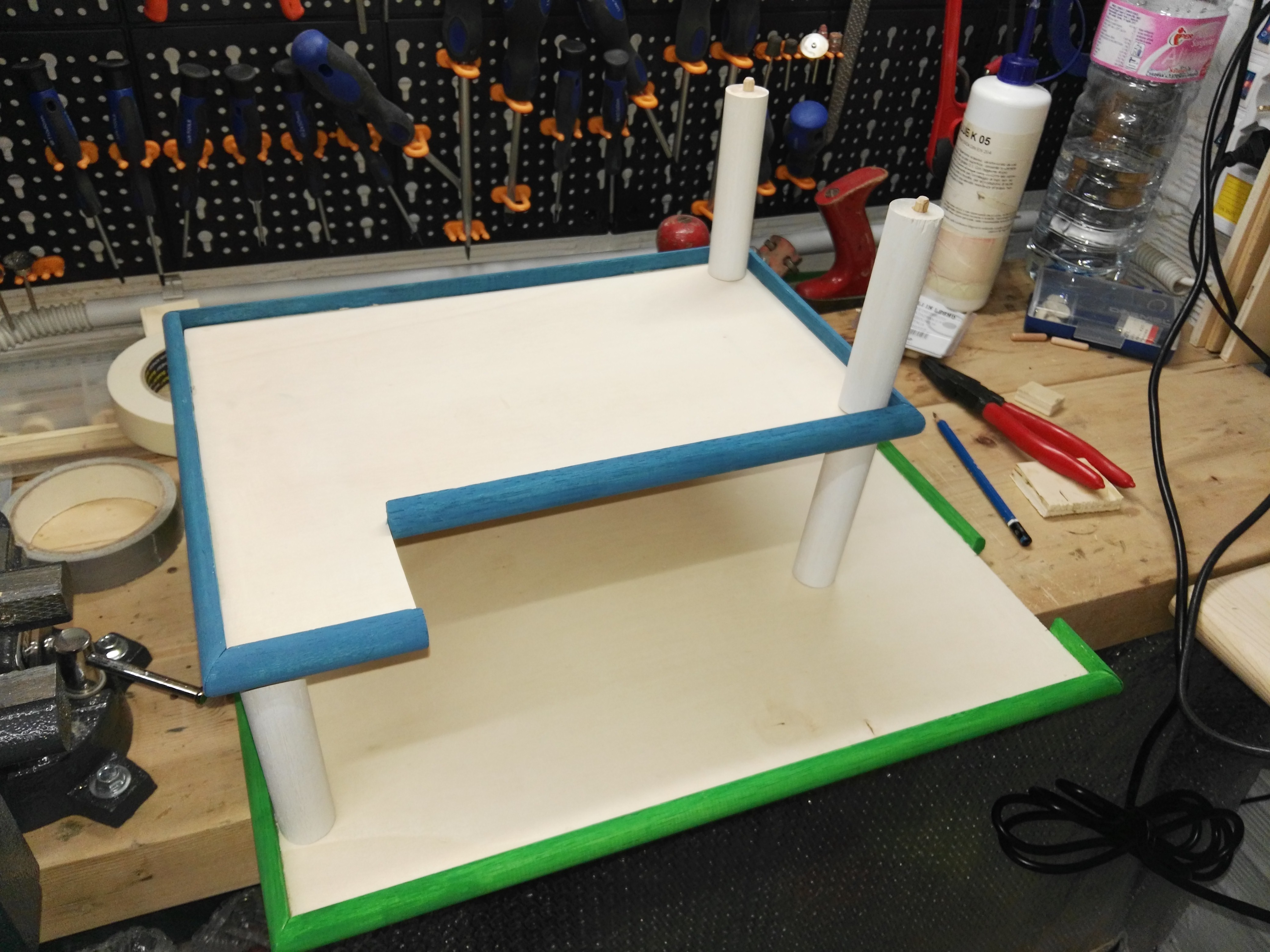
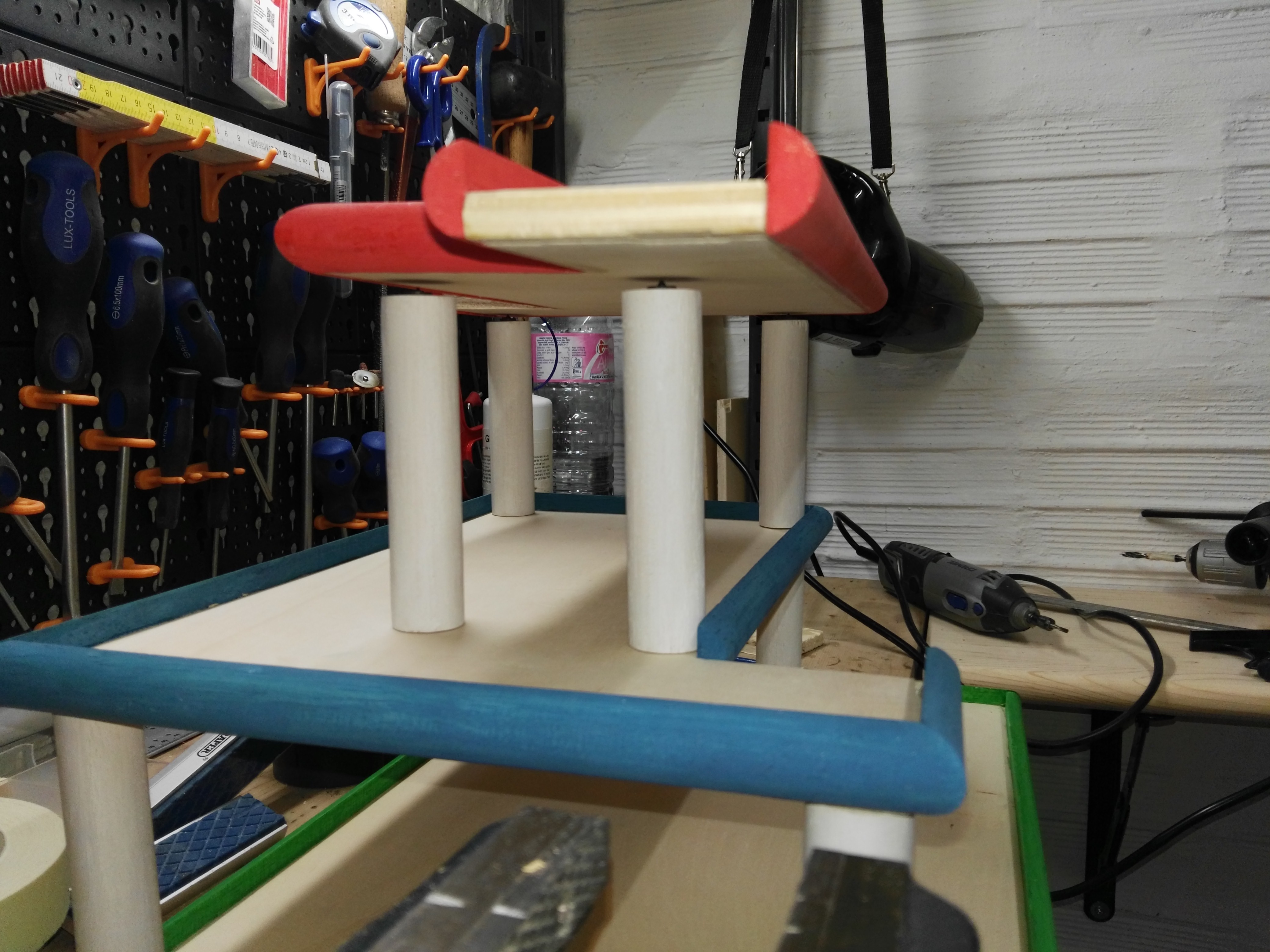
- Take the FIRST FLOOR.
- Take the dowels center.
- Put them into the columns.
- Check the right point and PRESS STRONG into the wood: marked.
- Remove the column and leave the dowels: remove it one by one and mark it with pencil.
- With the square or the ruler, control the distance and measures. Fix it if necessary.
- DRILL 4 holes in the FIRST FLOOR, the depth half of the wood or total...is the base, if you don't care, let the dowel pegs pierce the floor...no one will see them...but you will know it...
- Put the dowel pegs into the column's base and put them in the FIRST FLOOR. Remember, here (in my version) 2 column will have the top hole 1/3 of the dowel's length, the other 2 half of the wood.(see picture).
- Put the DOWELS CENTER into the top holes of the columns.
- Take the SECOND FLOOR, lightly stand it over the column... Now adjust the columns for fit the right position on the top. With the square check the angle of the columns. IF IS HARD MAKE THE COLUMN SQUARED, you can try to enlarge the base hole in the first floor: you will have a little joke for compensate.
- When everything is right, push the SECOND FLOOR and mark the wood.
- In the SECOND FLOOR 2 holes will pierce the wood (because the dowel will fit the upper stage columns...). The other 2 are only half of the thickness. DRILL.
- Check the depth of the holes for the columns: 2 pcs needs 2,5 cm hole at both sides, 2 pcs a 1/3 dowel length hole at the base and a 2,5 cm hole in the top.
- Now put the columns on the SECOND FLOOR and at the top put the DOWELS CENTER.
- Now take the LAST FLOOR and repeat the same you did before for the second floor. Obviously here, NO ONE OF THE HOLES WILL PIERCE THE WOOD, because we finished, no more columns and we don't wanna see the pegs comes out.
Global Merging Episode 2
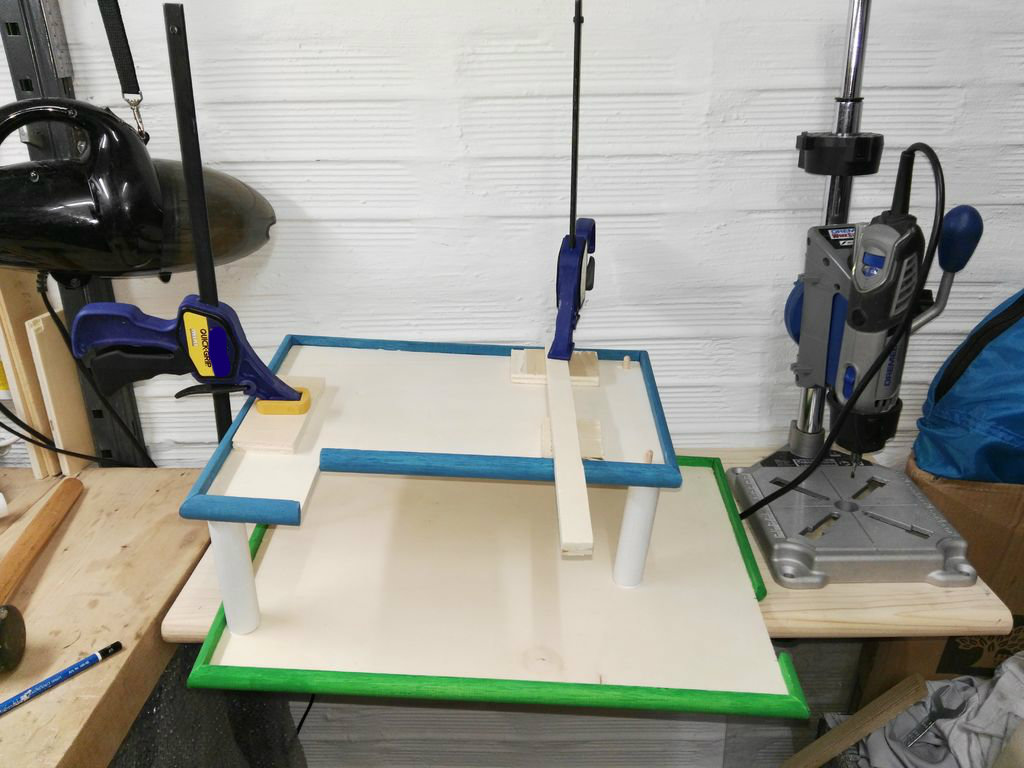
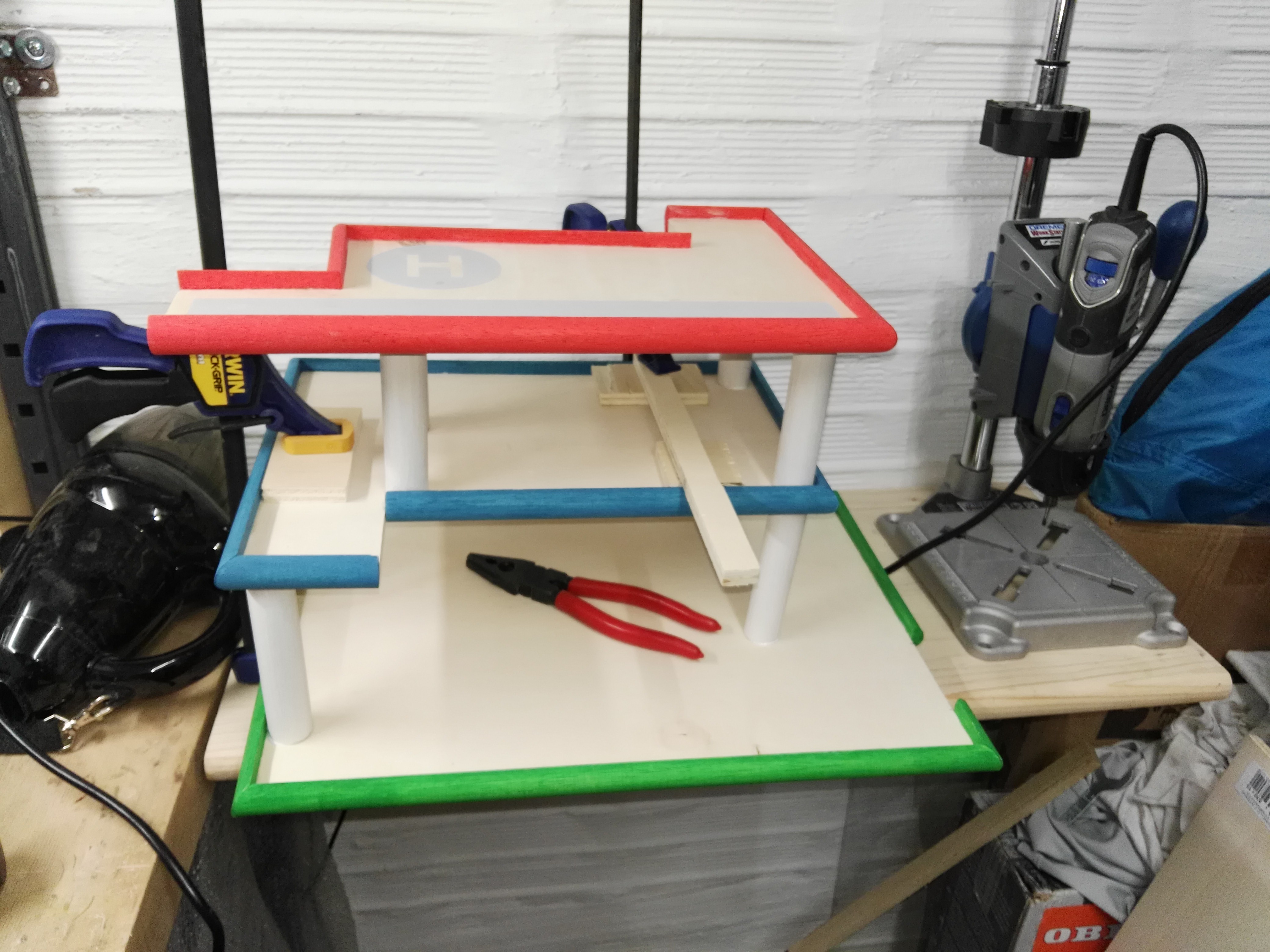
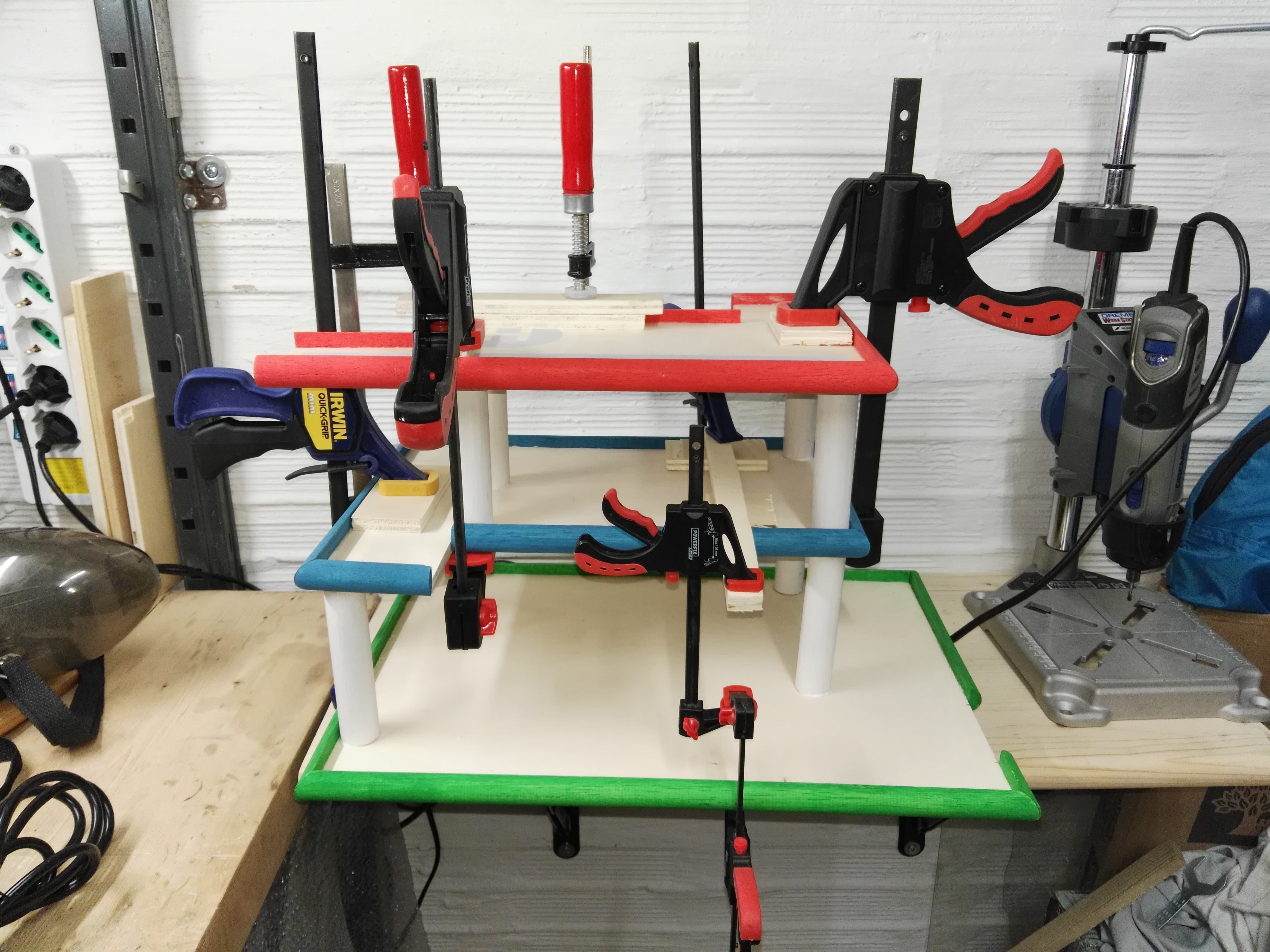
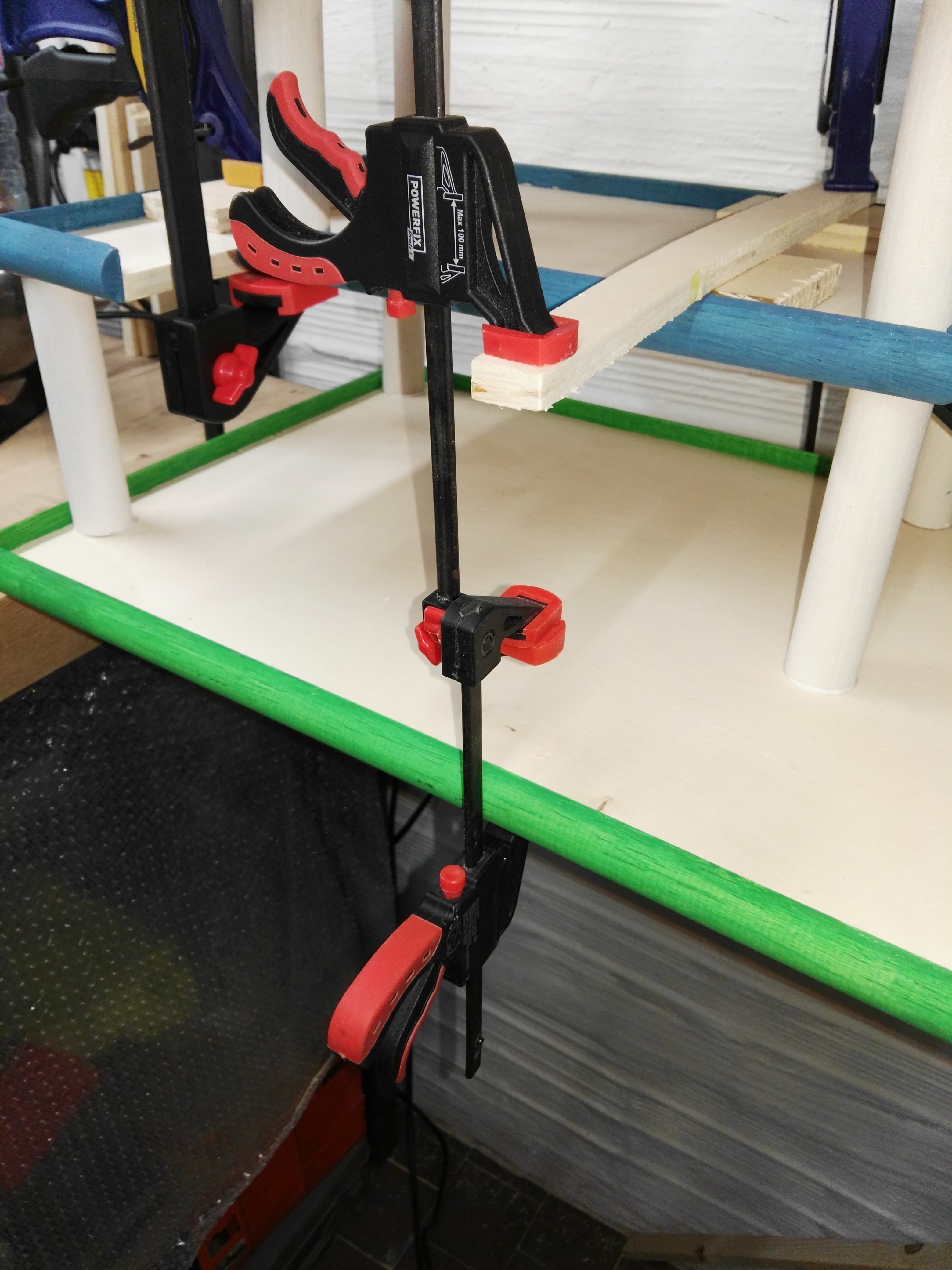
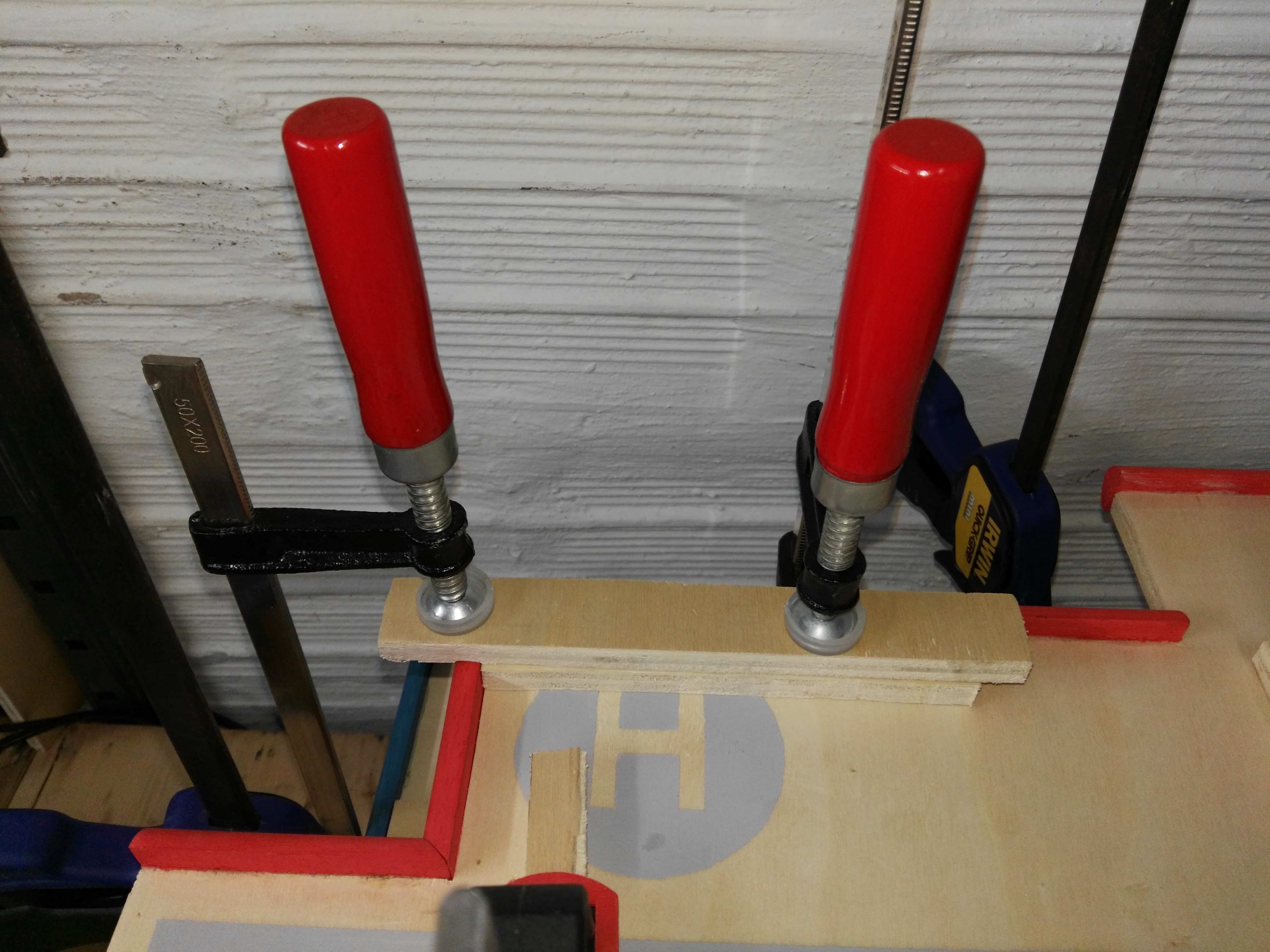
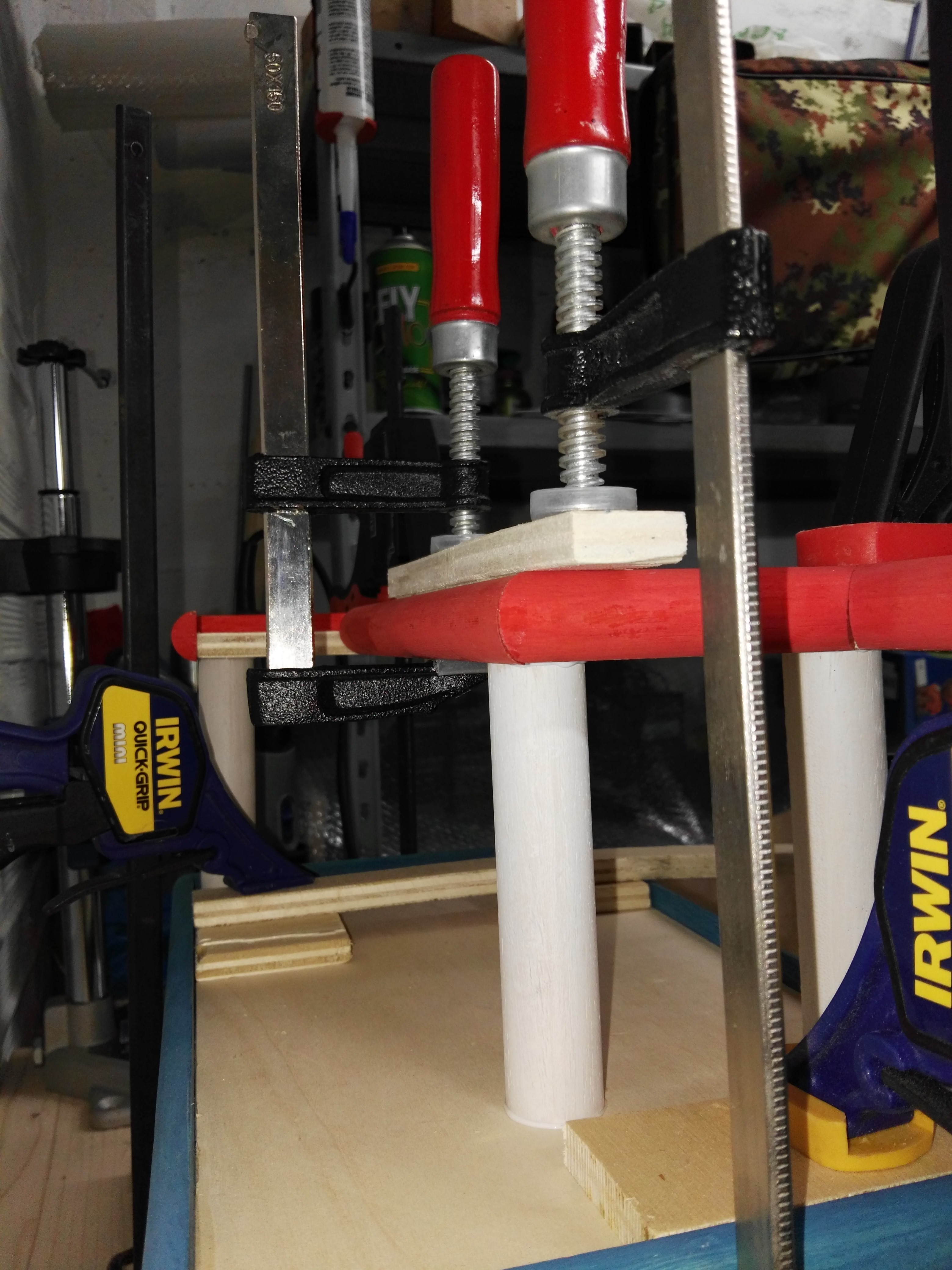
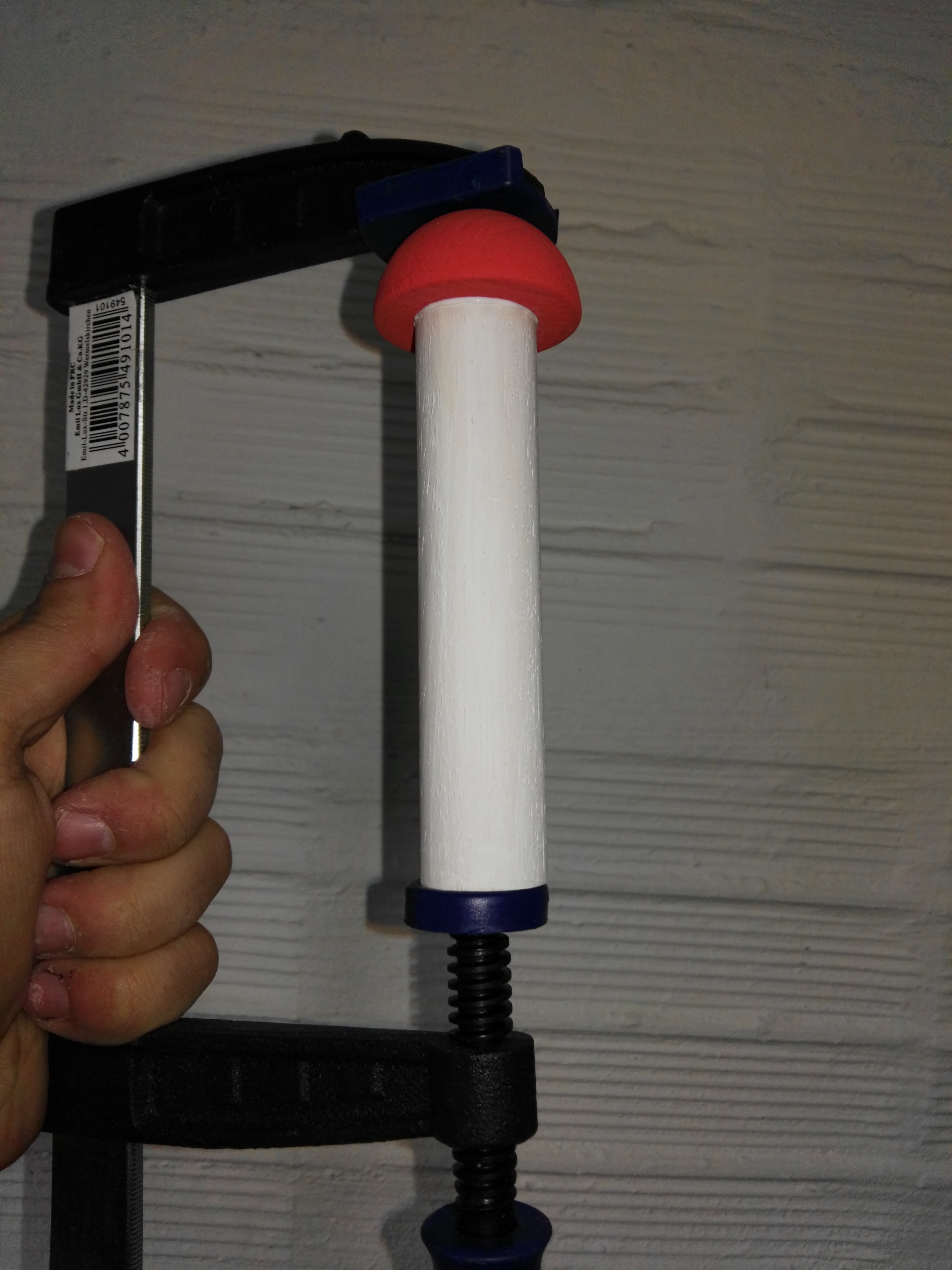
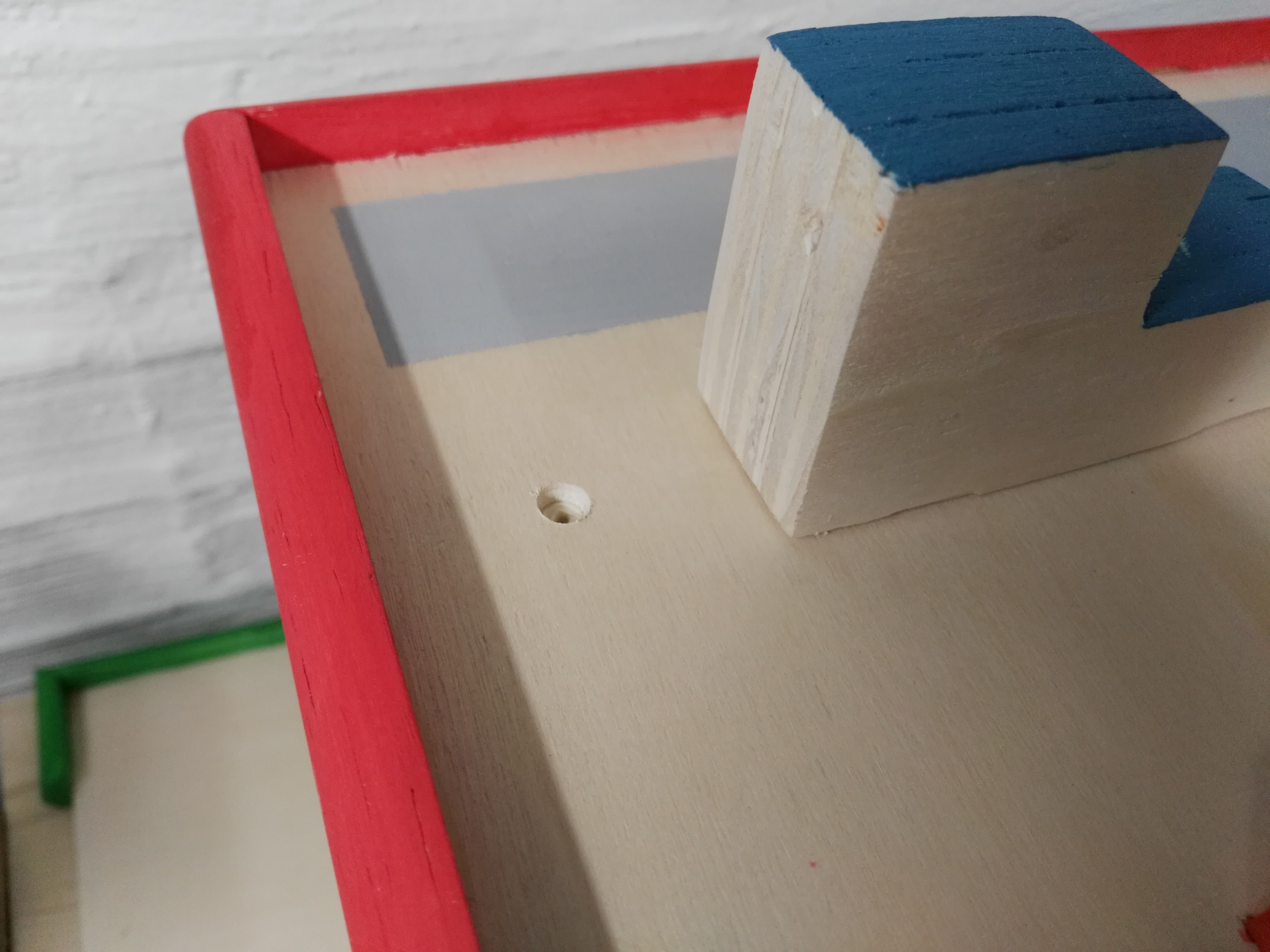
NOW WE MERGE ALL AGAIN WITH THE GLUE!
FIRST FLOOR:
- Glue the holes.
- Glue the pegs.
- Glue the face of the columns.
- FIT them.
- Take the SECOND FLOOR, glue the holes, fit the floor with the first floor's columns.
- Adjust some columns's angles.
- Take the CLAMPS...and be smart! Use some refuse wood for give a stand to the clamps (look pictures)
- Clear the glue.
SECOND FLOOR SURFACE:
- Glue the holes
- Glue the pegs.
- Glue the Columns.
- Fit Them
- Take the THIRD FLOOR, glu the holes and fit it with the second floor's columns.
- Adjust the angles.
- Clamp!
- Clear the glue
CONTROL TOWER & Co.:
- Glue the faces.
- Clamp them.
- Take the building and if you want glue it on the airport.
- If you are not sure about the glue, use dowel pegs also here.(look last picture)
MOBILE BAR:
- Glue the lower face and small portion of the side: will fit the fence.
- Rest it on the first floor.
- Clamp it.
- OPTION: use a small screw, screw it for the bottom of the floor. In this way no clamp or peg needed.
TIPS:
- Clamp the floor at pair: is really hard clamp all the floors together in a single shoot.
- Use refuse wood for give a support to the clamp's foot.
- Join 2 clamps if necessary.(look pictures)
- Clamp always near the column, or between 2 of them.
- Look my pictures for get inspiration about clamping.
The Ramps and Guard Rails...
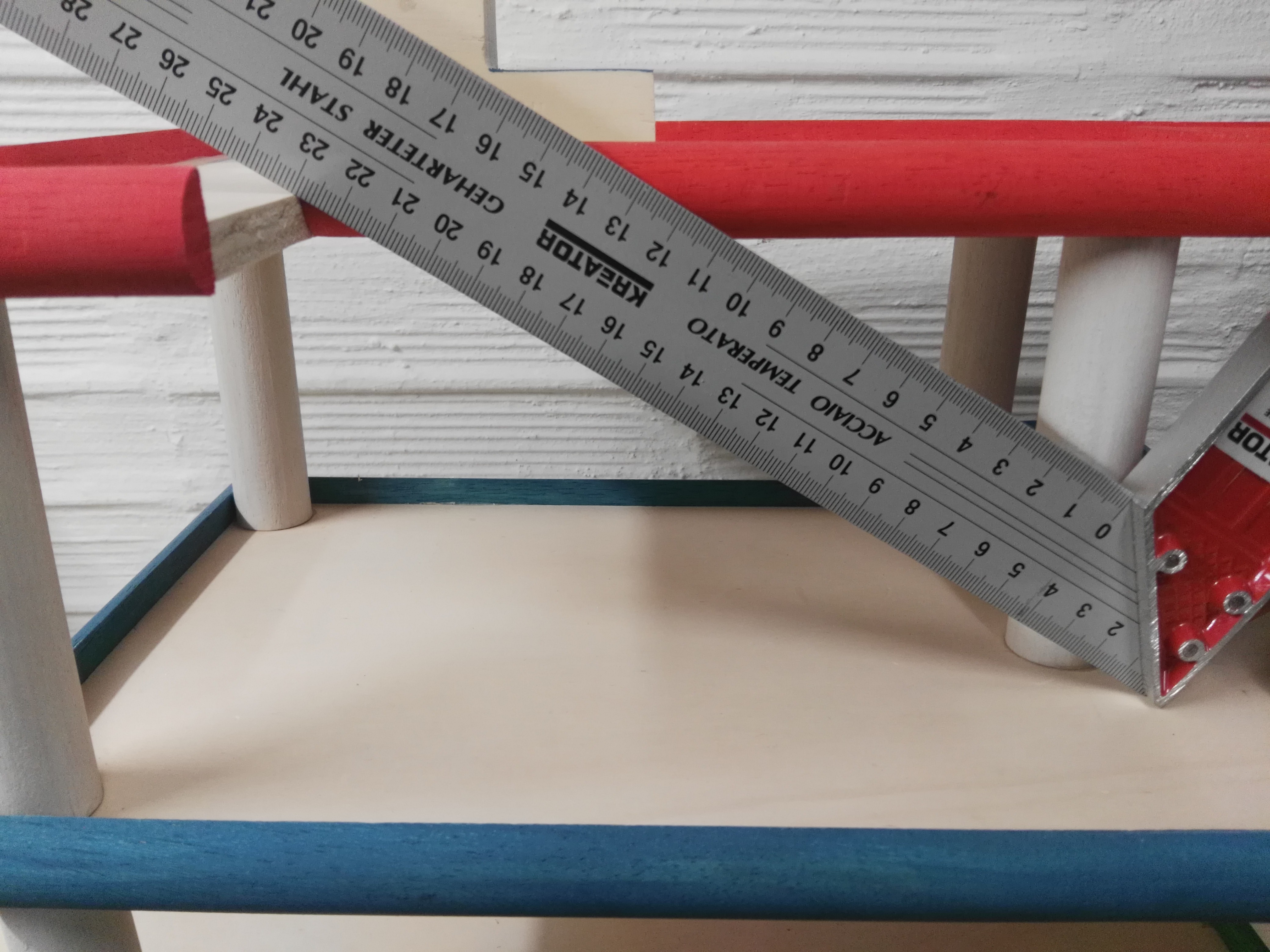
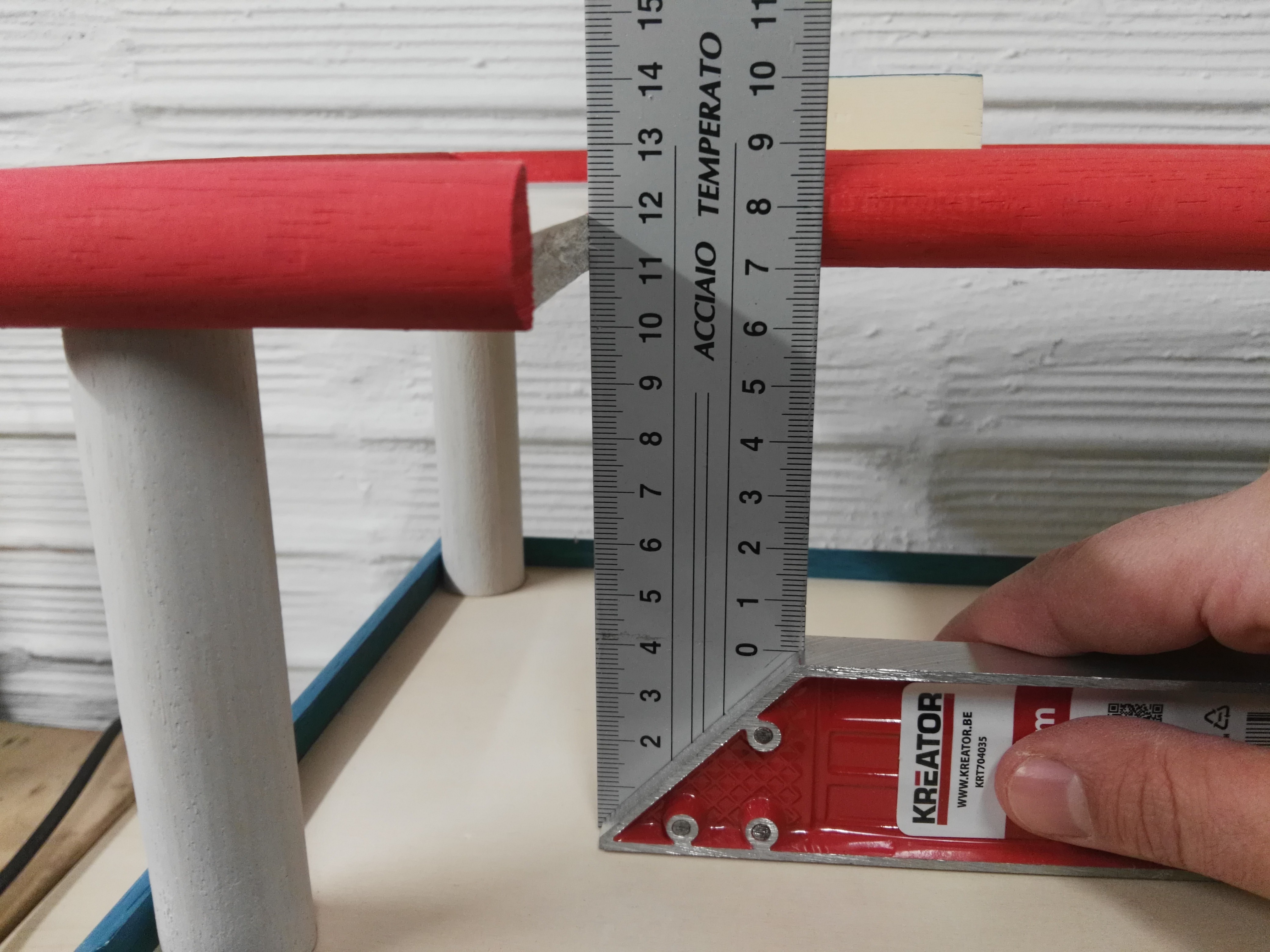
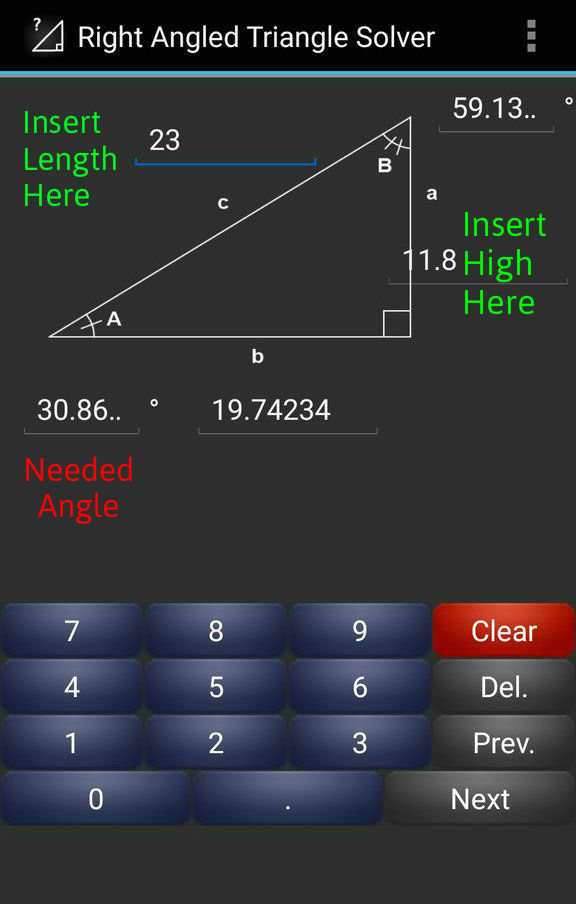
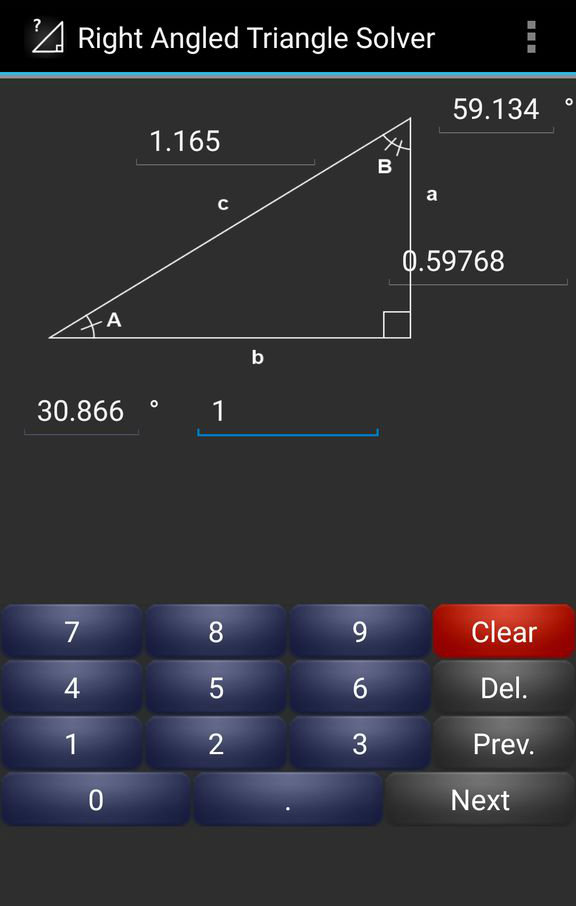
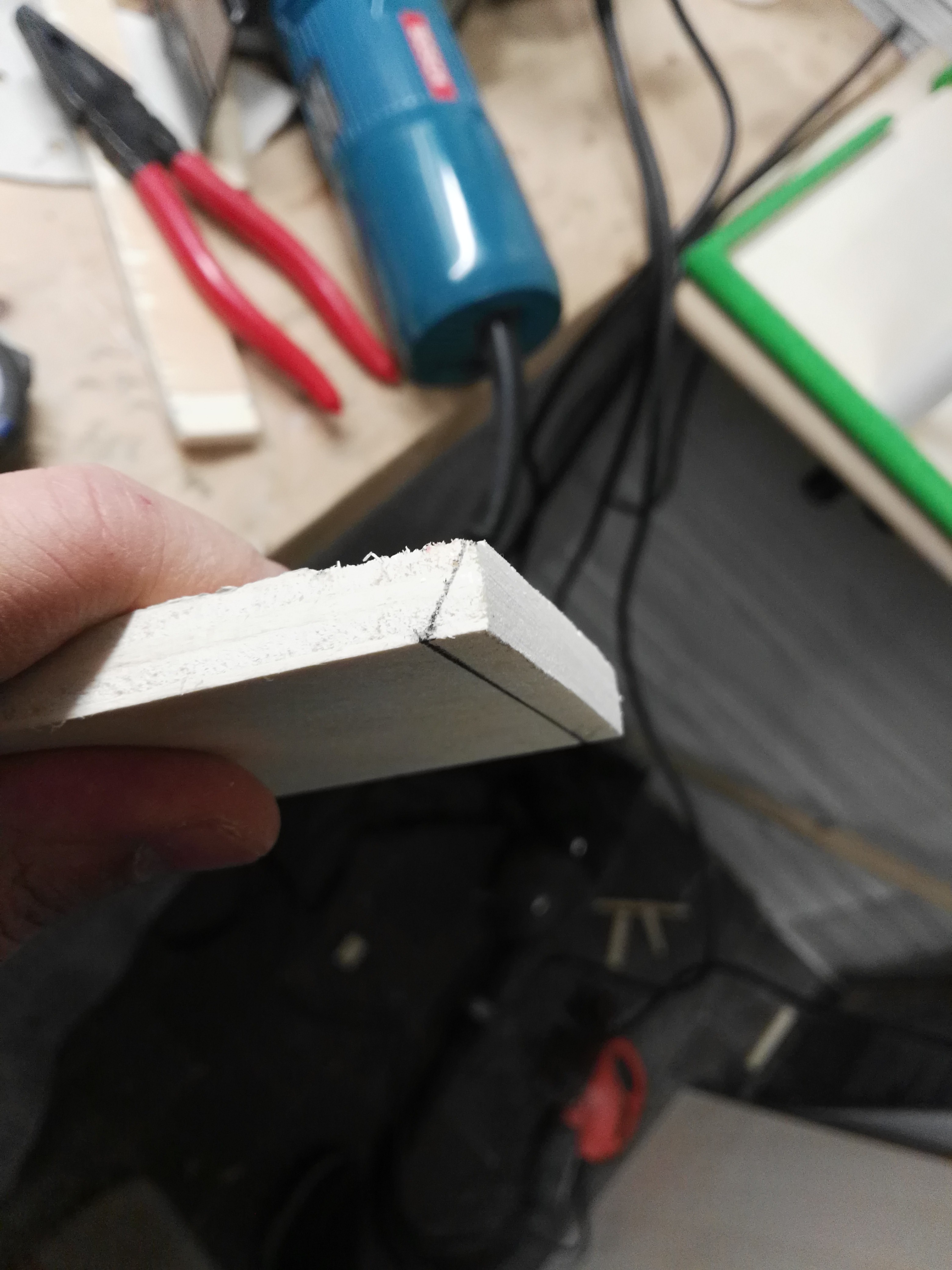
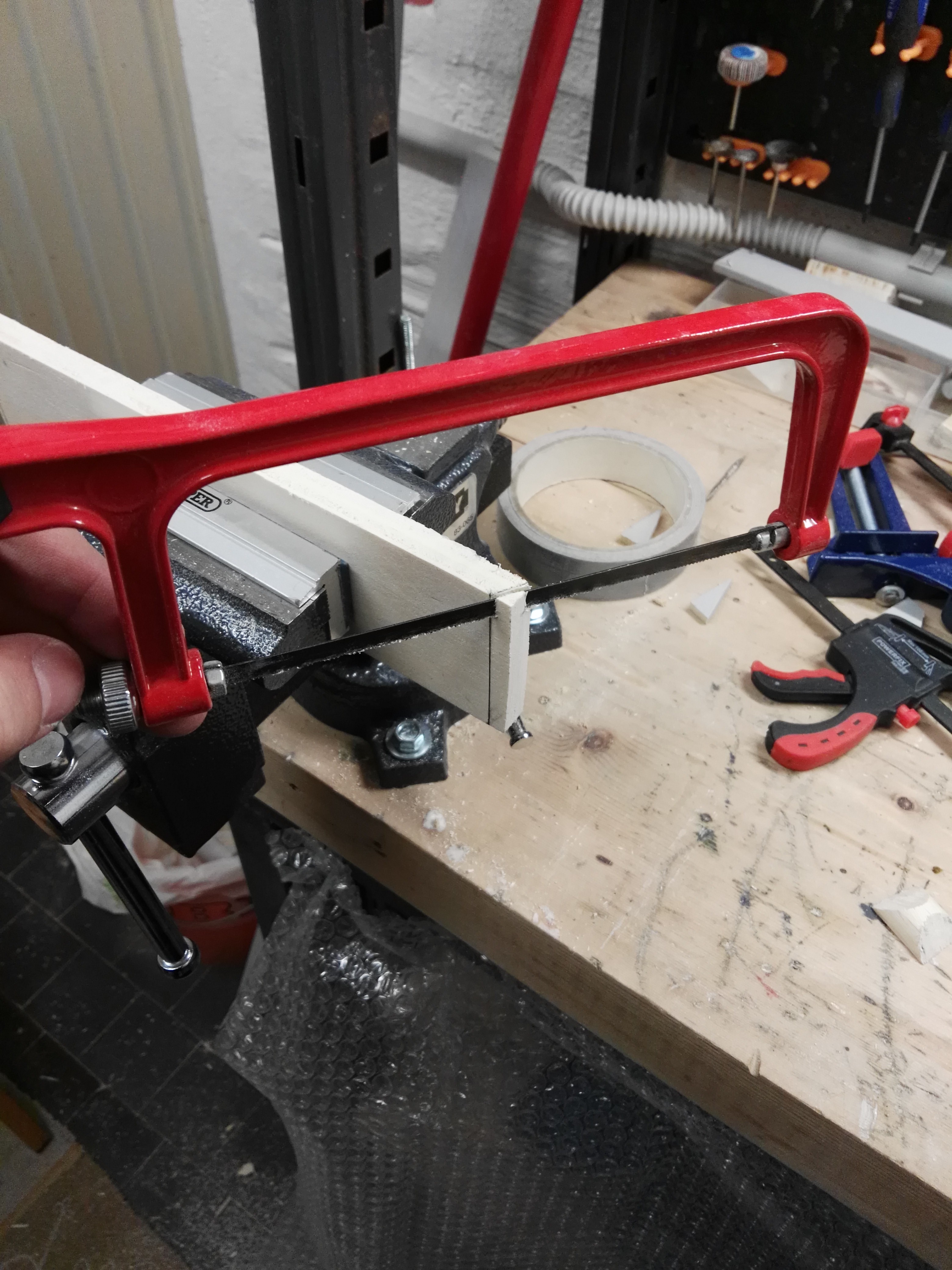
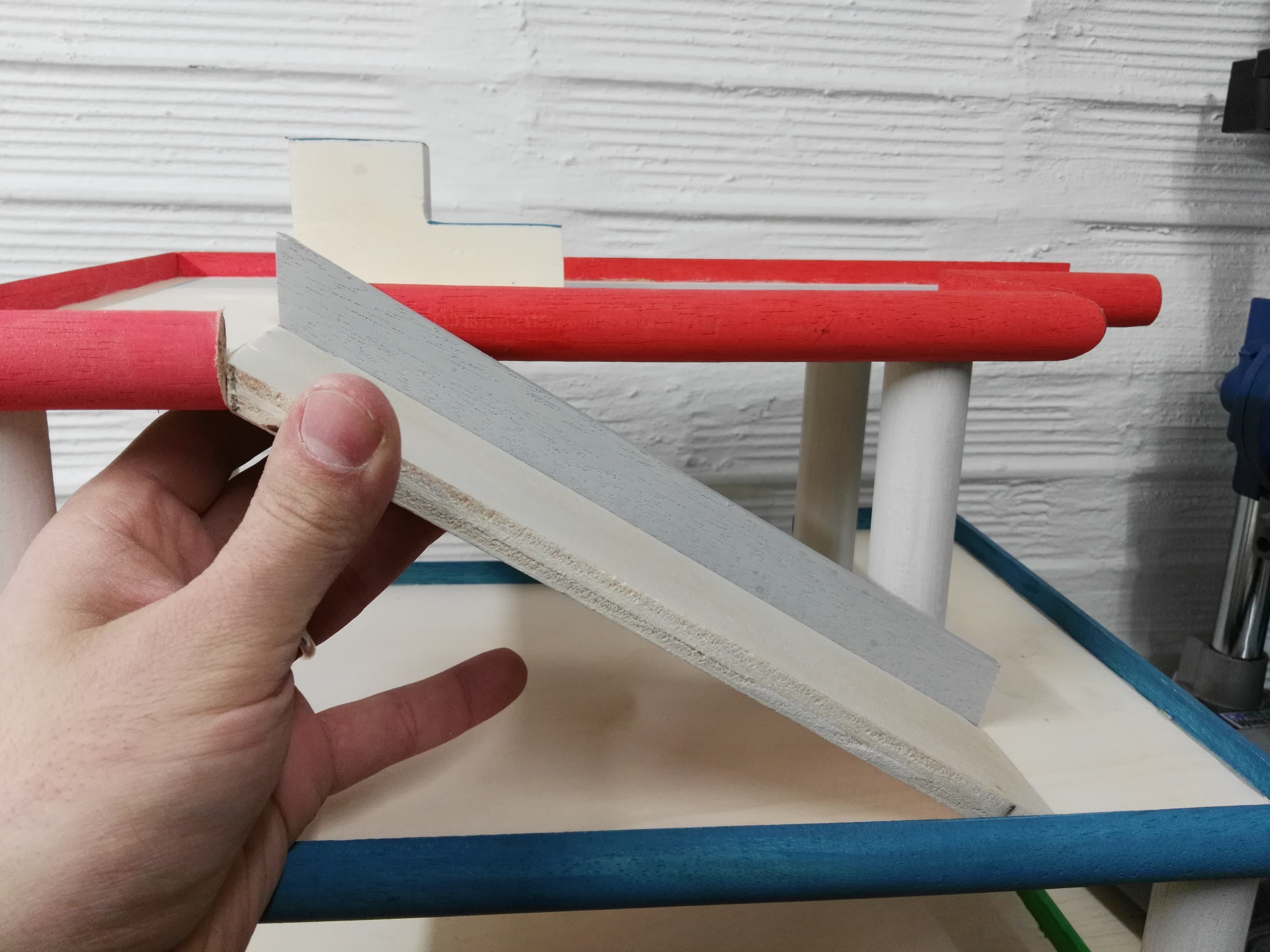
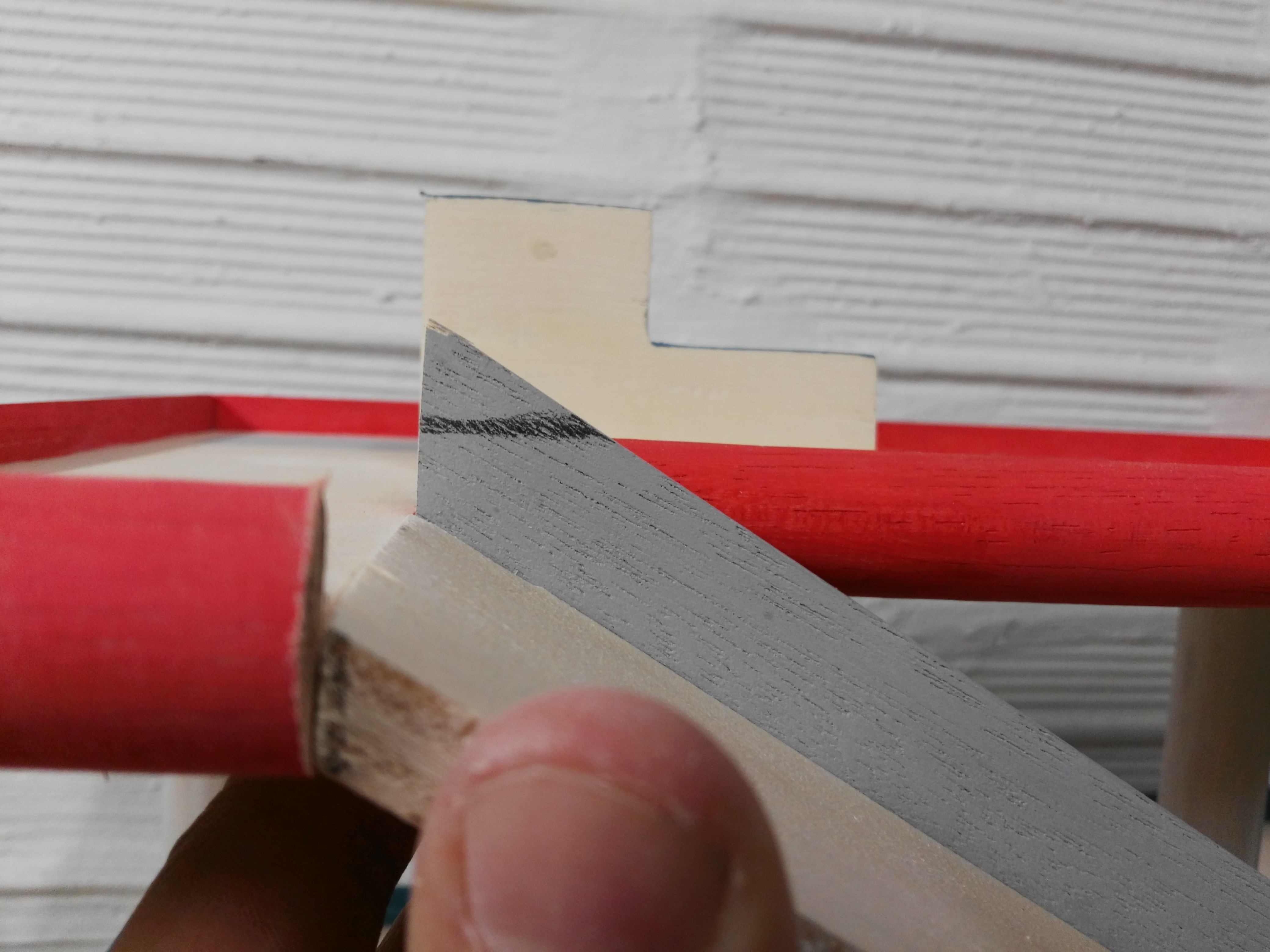
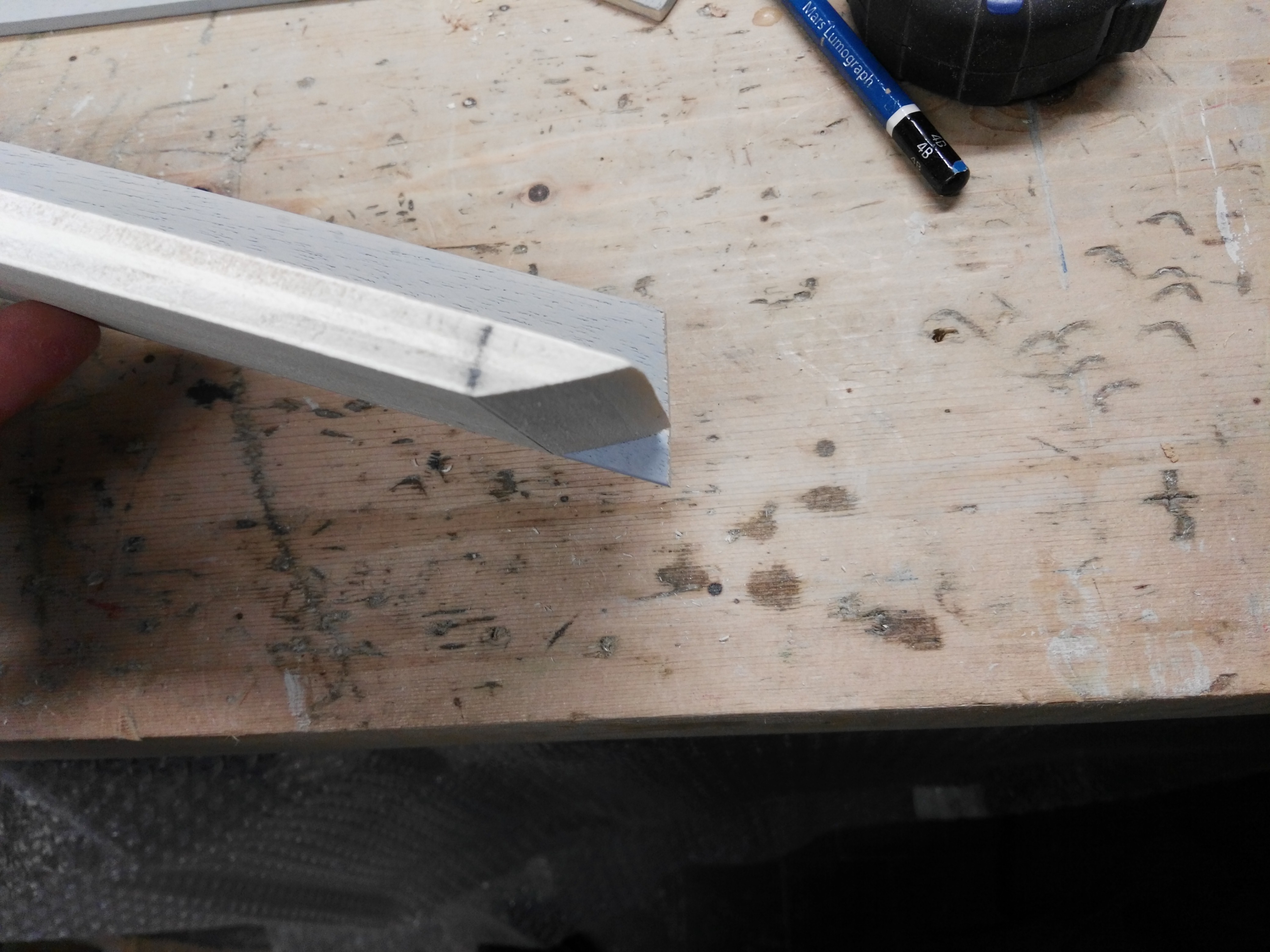
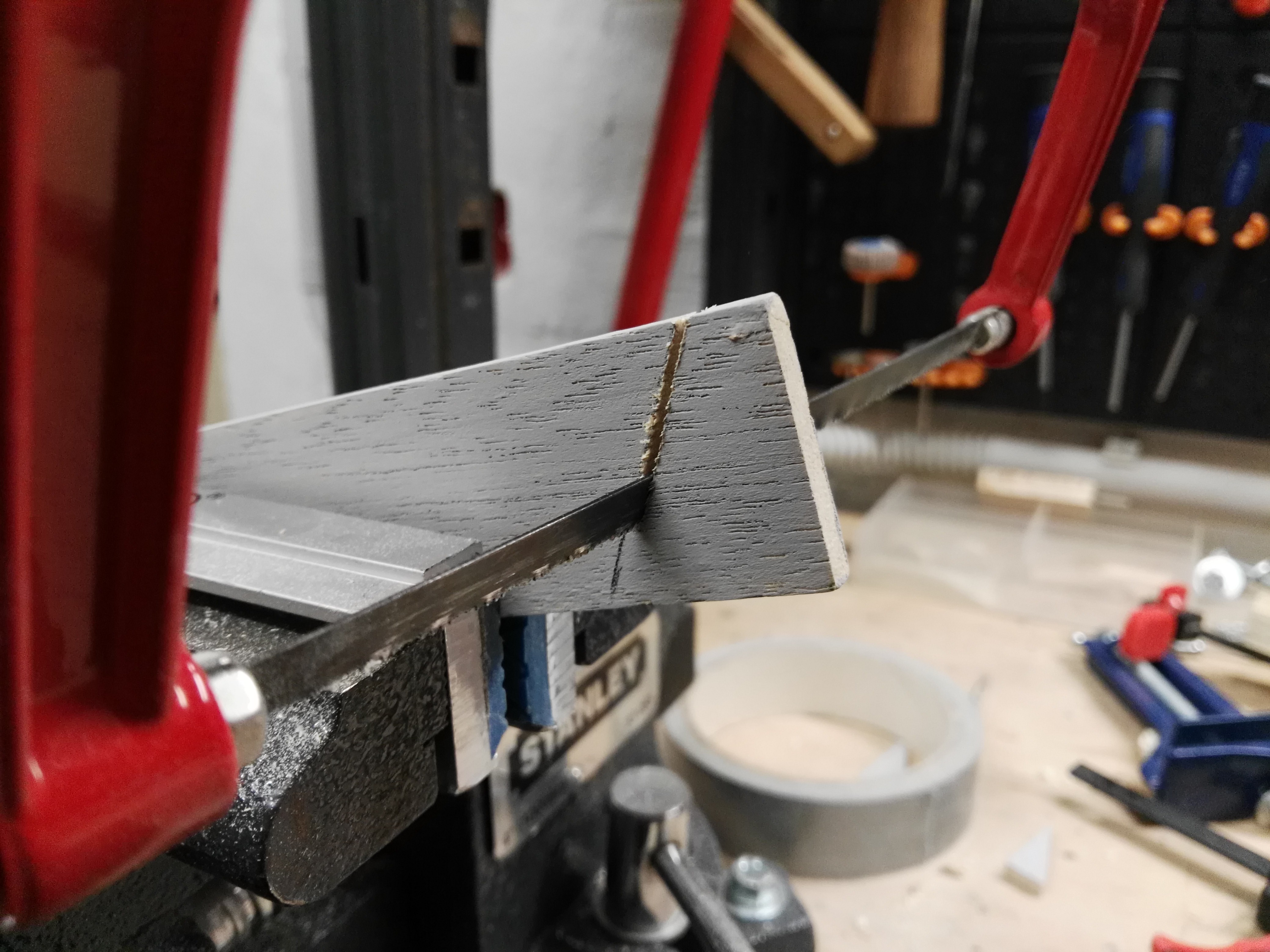
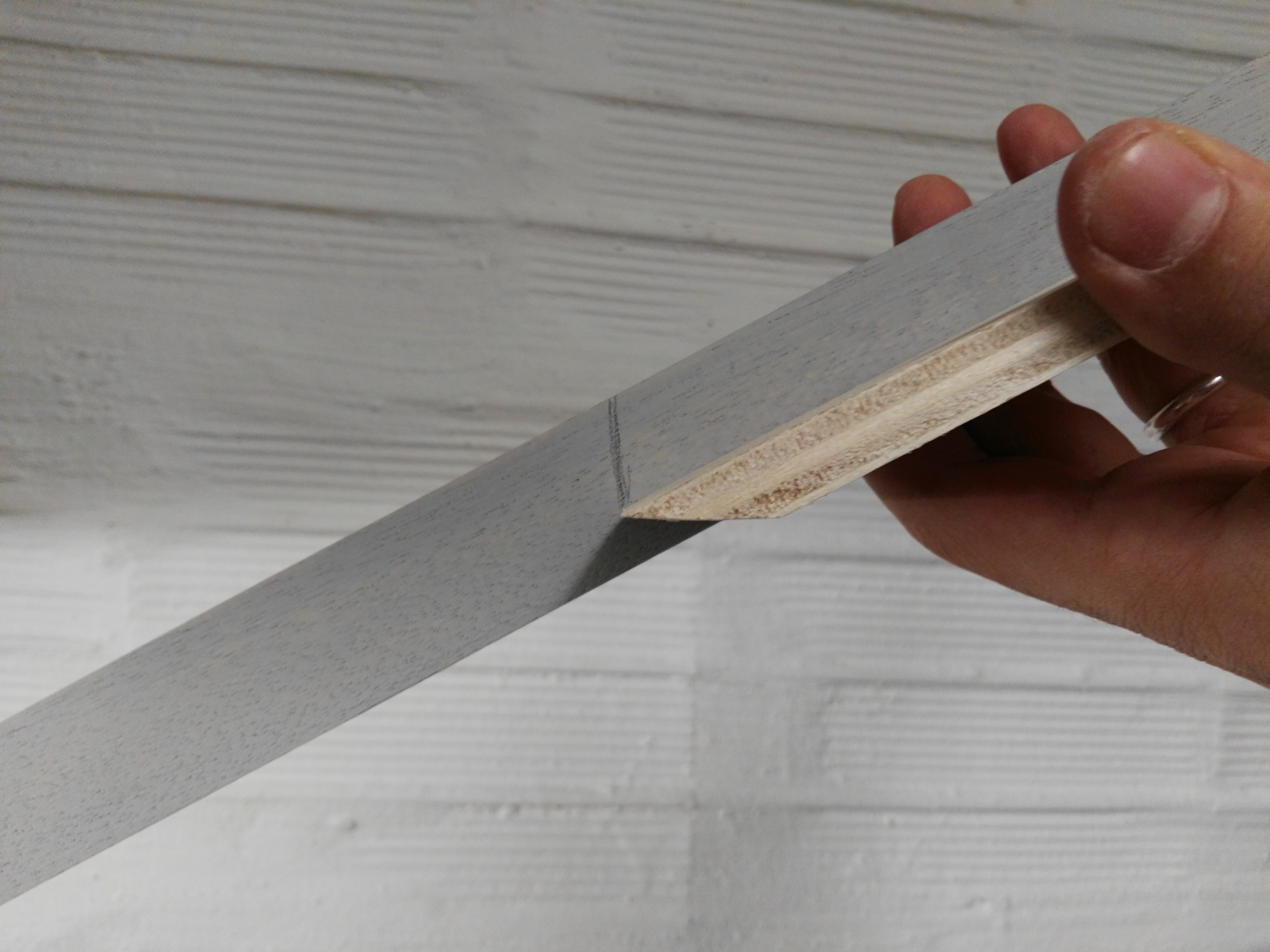
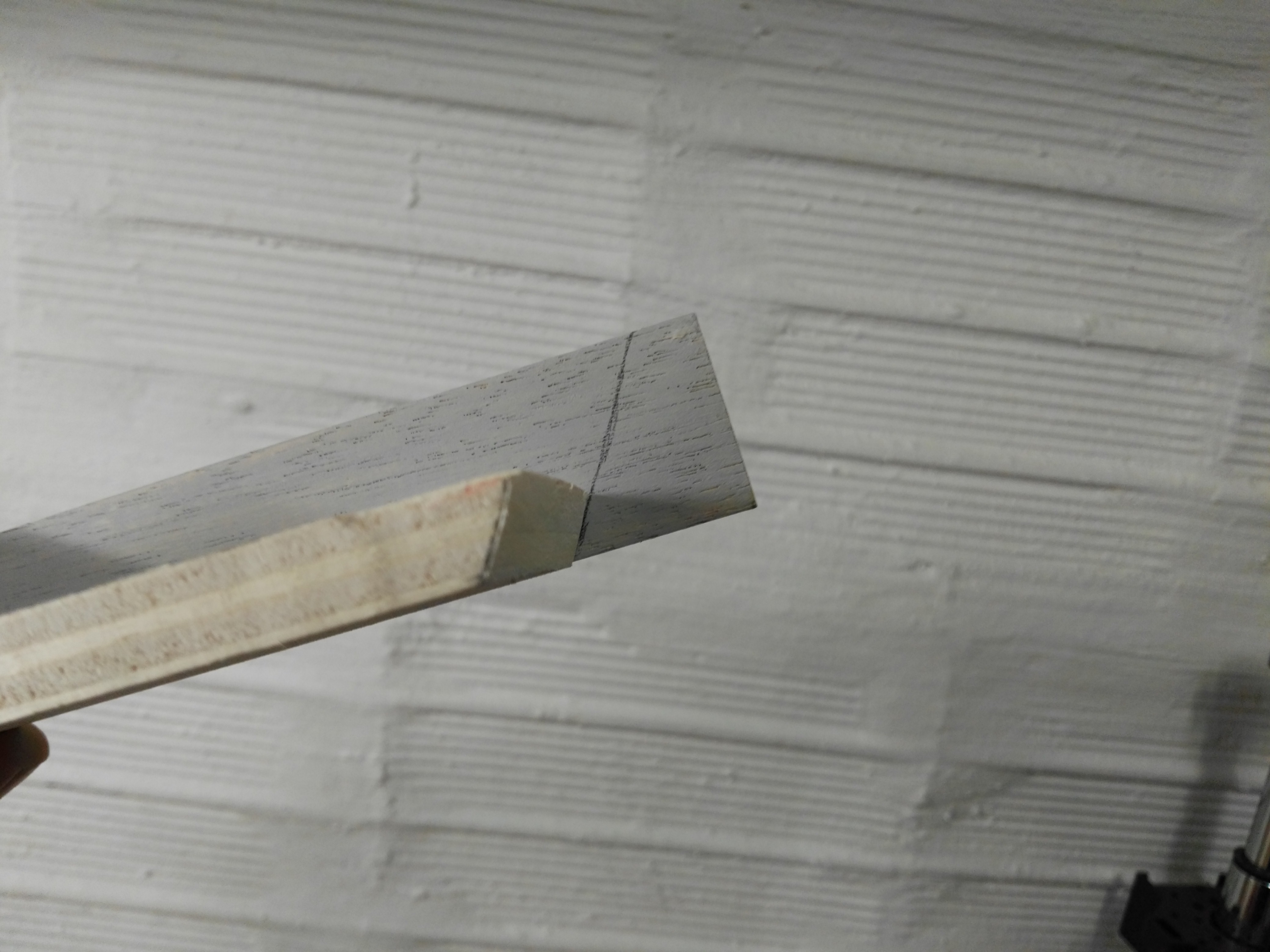
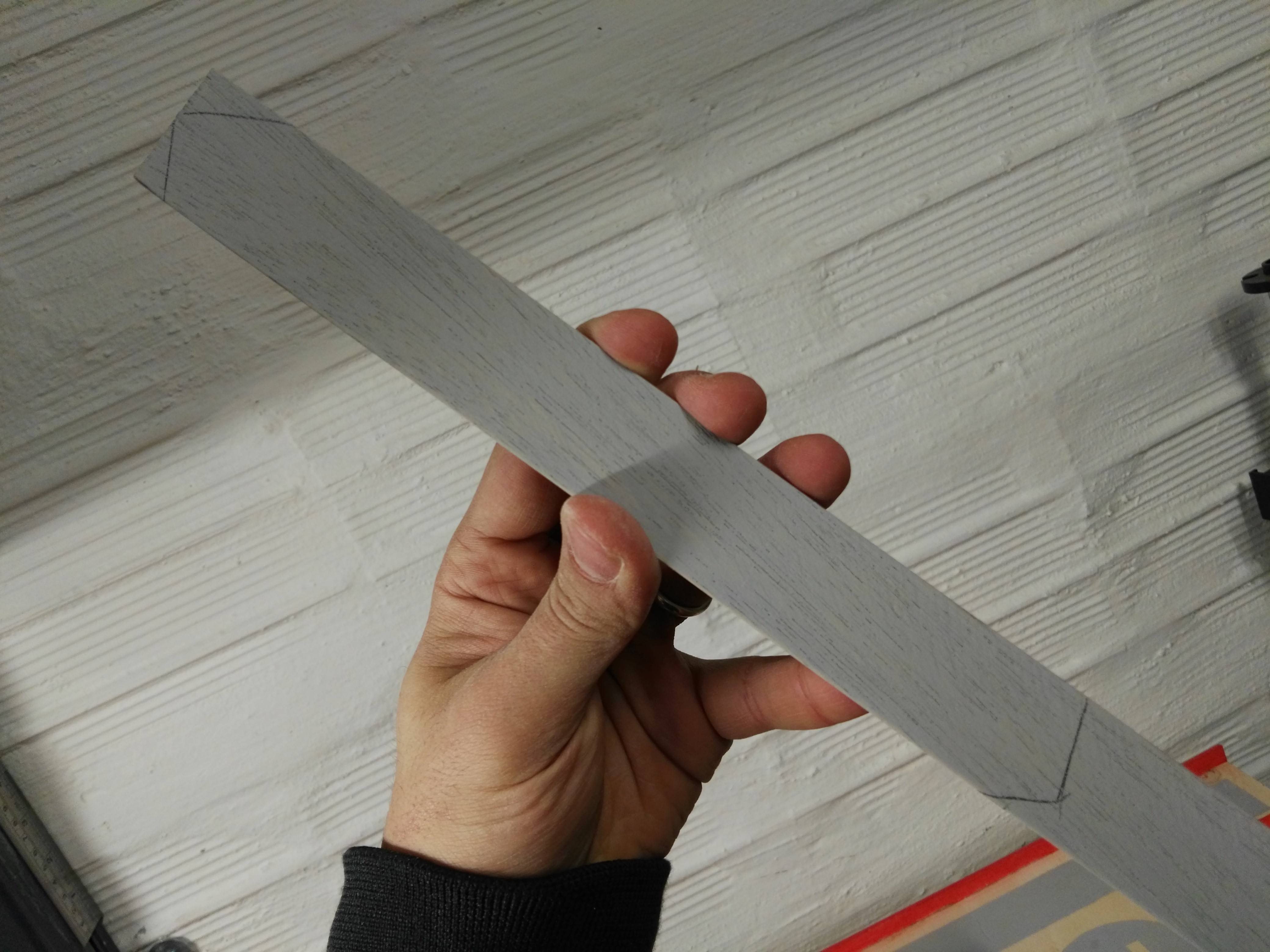
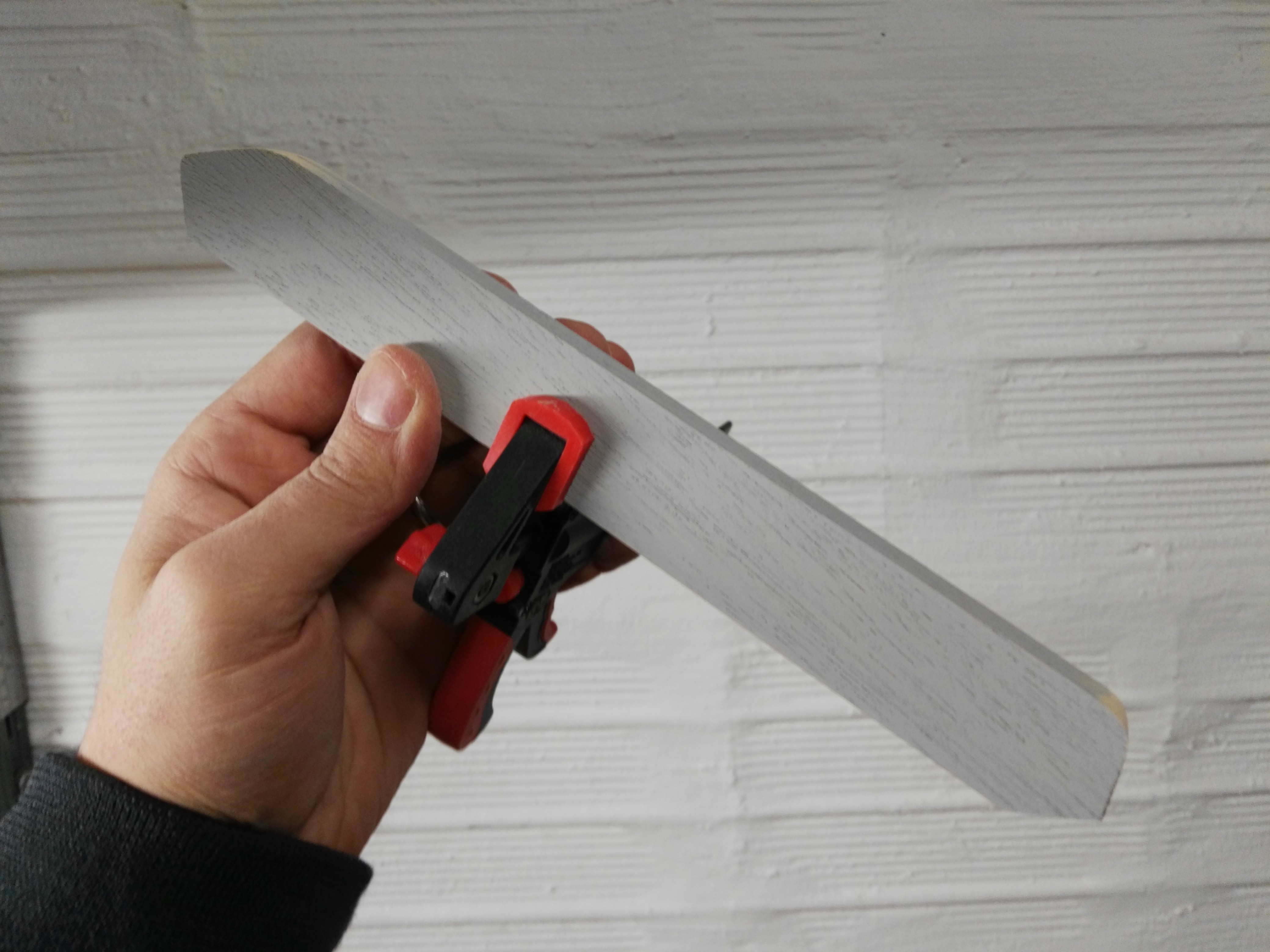
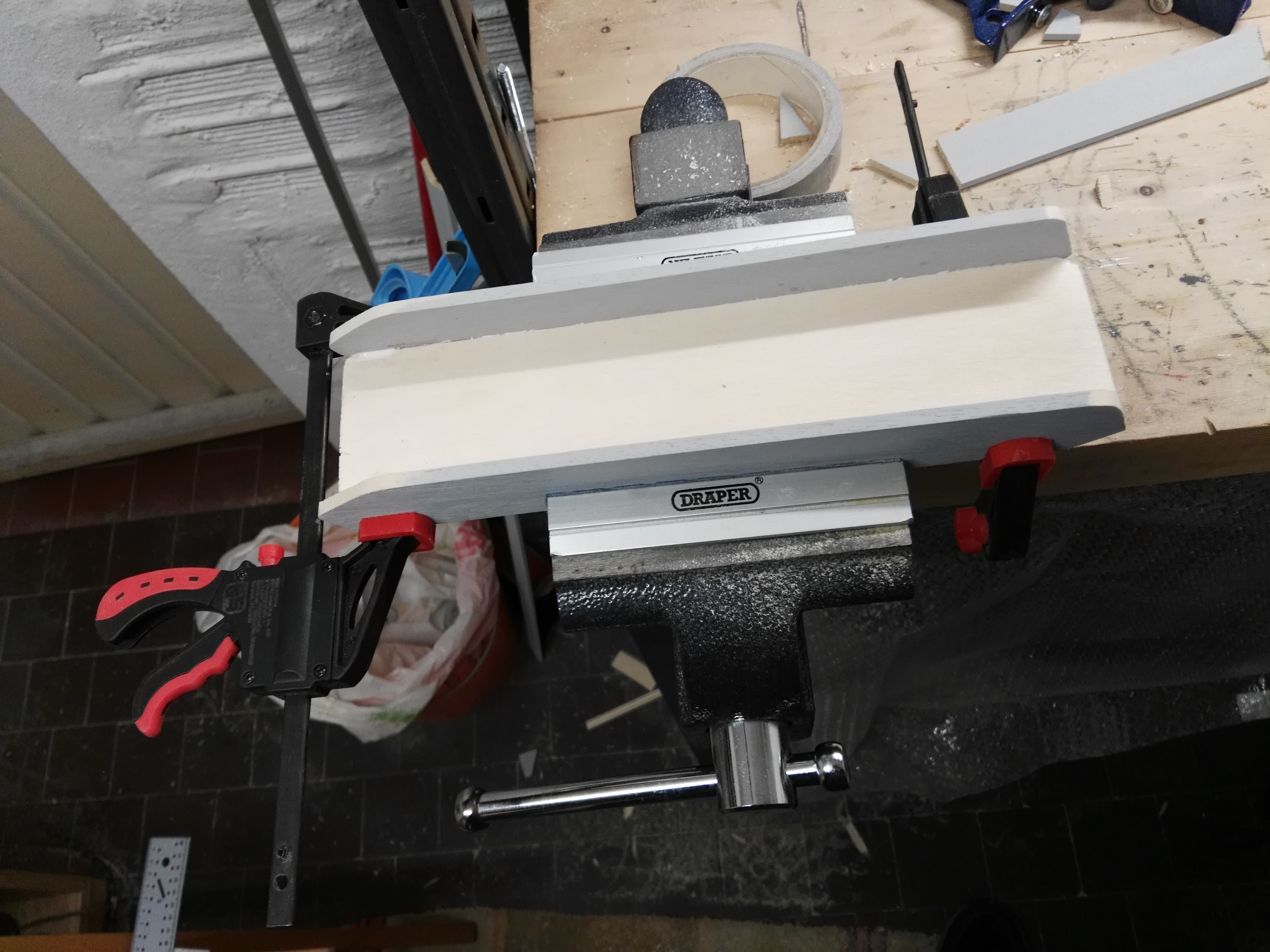
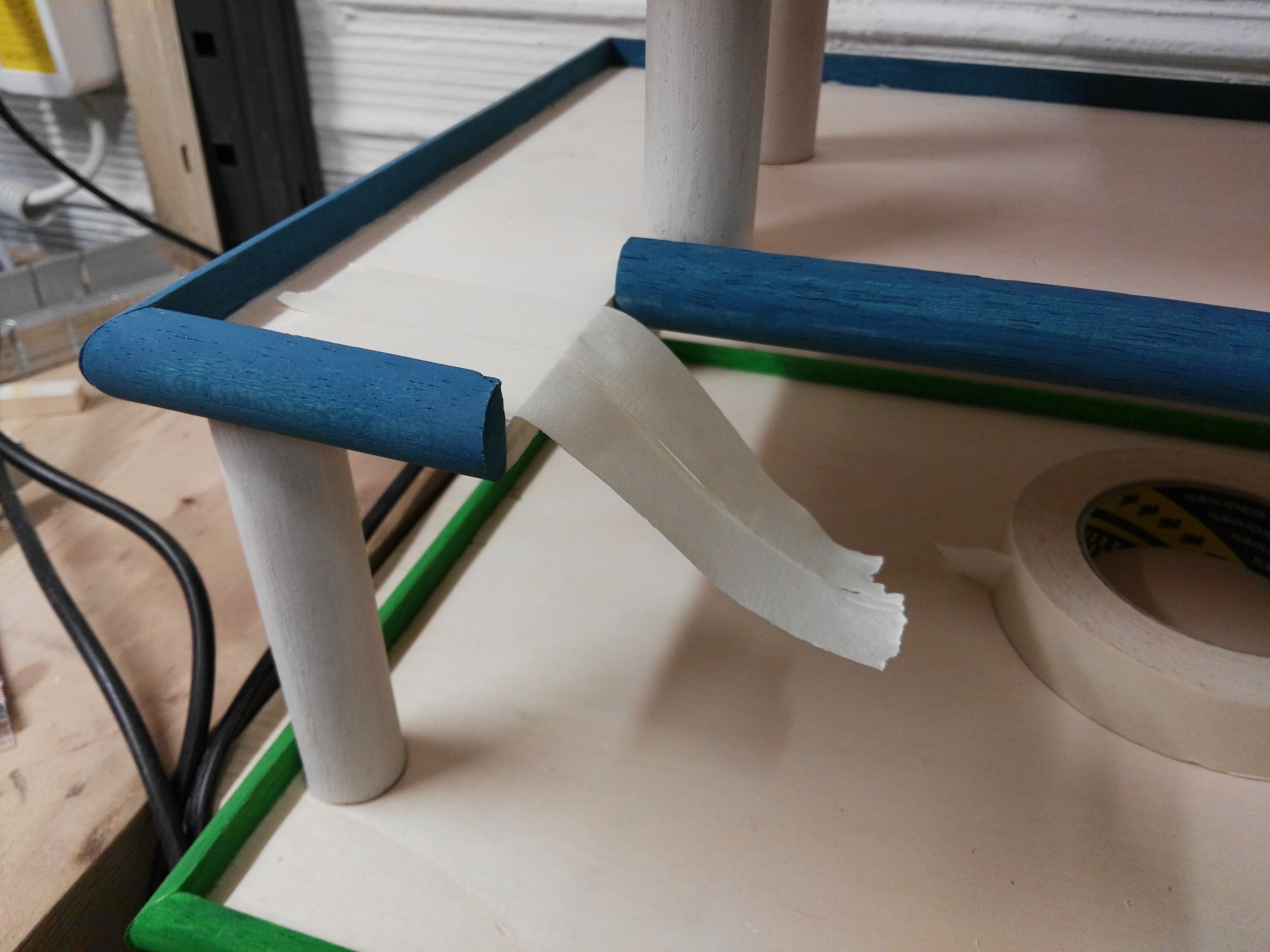
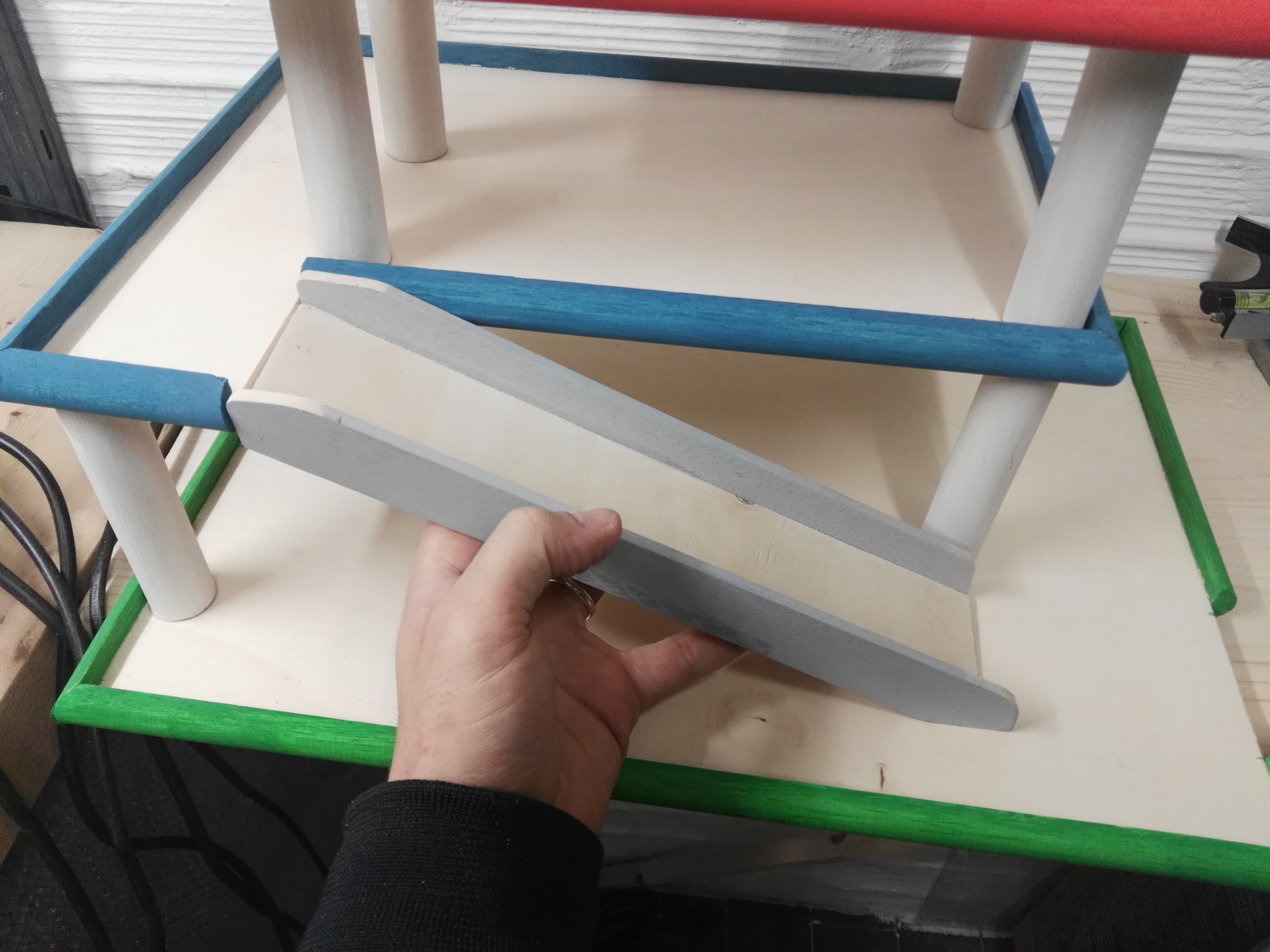
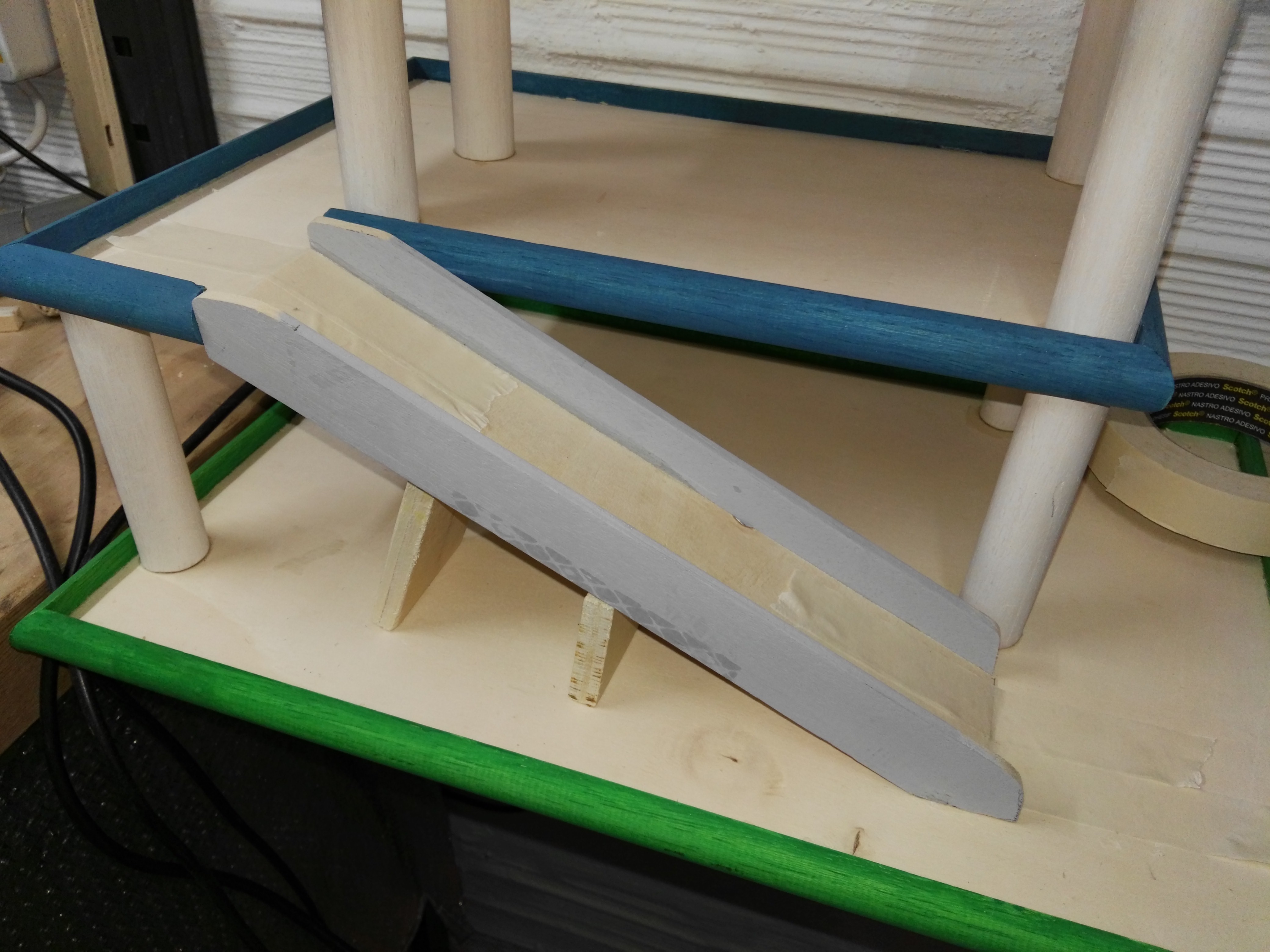
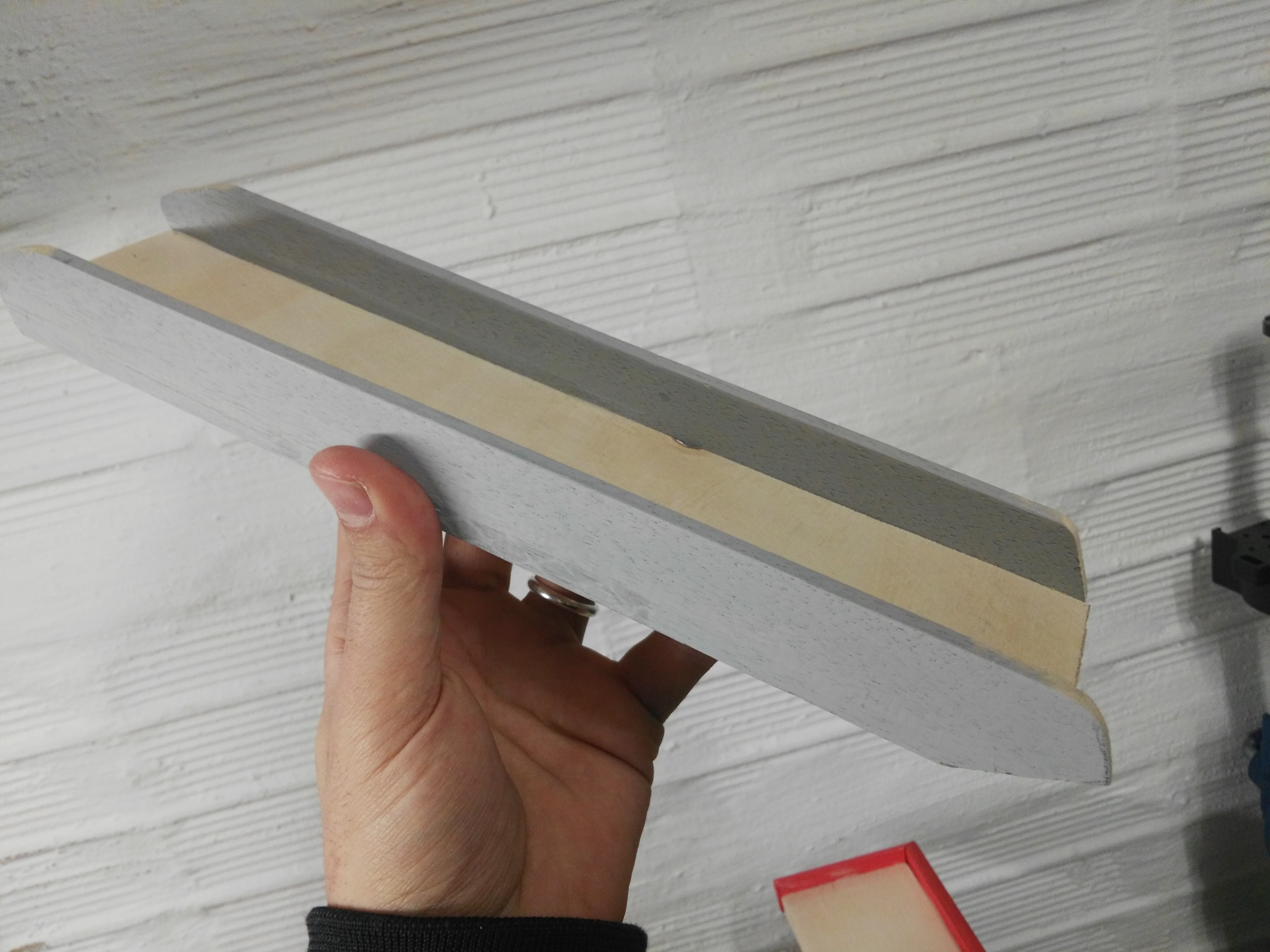
I preferred leave this steps at the end for have precise sizes. The hardest part is cut angled the wood for give to the ramp the right attach. With a miter saw is "simple"...but with TRIGONOMETRY is most ""simple""... AND NERD :D
If you want...cut the angles by hand, with your eyes, a lot of time and hand work...otherwise:
- Download some "Triangle solver" app: whit them you insert the size of the faces or the angle and the app thanks to the Trigonometry and Theorem of Sines, gives you the missing sizes or angles. These app are really usefully in woodworking, building...
- Now measure the with a tape miter the length of the ramp. (Picture 1)
- Measure the high of the floor (Picture 2)
- Well, we know the length, the thickness of the wood and the height of the floor: we know 3 parameters. Put them in the app, FOLLOW MY EXAMPLE... we must bring back all to a rectangle triangle, reversing it... (Picture 3)
- Now you know the magic angles, copy that and paste it again rotating the triangle...CHANGE THE SIZE OF THE LONG SIDE to the thickness of the wood: here is the magic, now the app will give you the right length to DRAW on the ramp...and yes, you will have the PERFECT ANGLE. The measure will be from 0,48 cm t 1,92 cm for the top and the base angle...if you see too much more or less, you did the math wrong. (Picture 4)
- Sketched the triangle on the ramp...cut with the hack saw or work with the sander! ( Picture 5 -6 )
Repeat this steps, follow this logic and in less than 5 minutes you will have the ramp, trust me, is simpler do it than read it!
GUARD RAILS:
- Take the ramp, flank the profile.(Picture 7)
- Cut the profile.
- Now put it in the structure ...with the pencil take some reference point for cut and adjust as you want, the top and the base of the guard rails.(Picture from 8 to 12 )
- Use the wise and cut them.
- Sand the corner and the faces.
- Take the glue and merge the profile to the ramp.
- Clamp them.
- When dried...take the ramp and glue it with the structure. Be smart with the clamps for make it still and the glue will do is work.
- DONE...REALLY DONE :D
The End - F.A.Q.
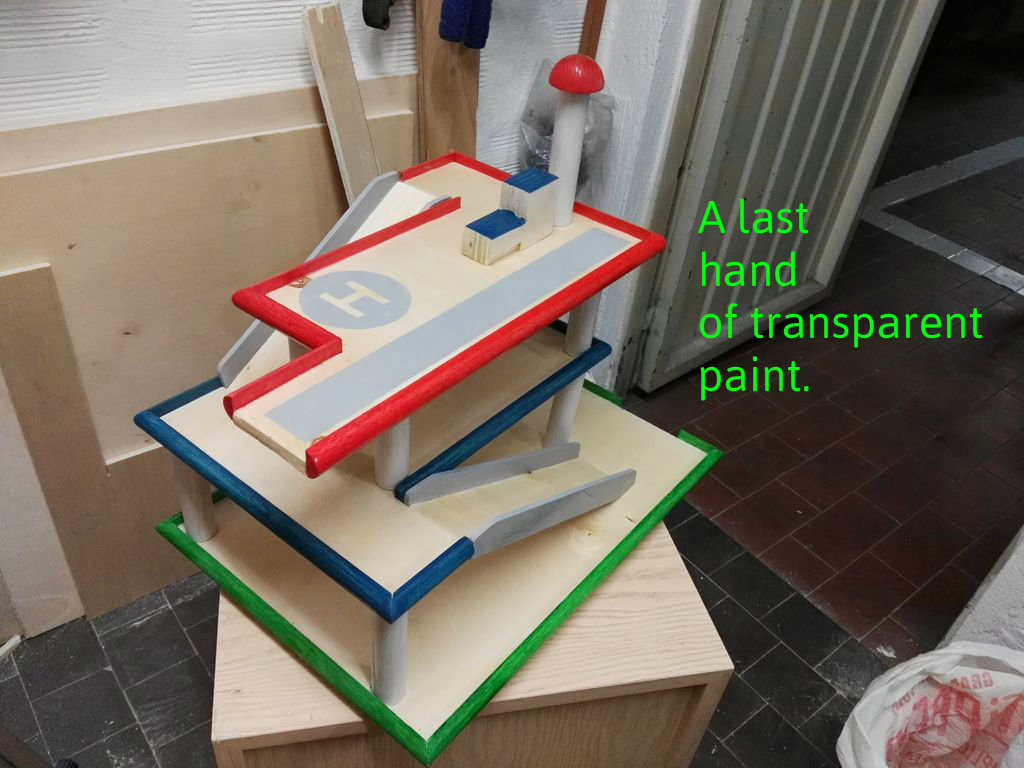
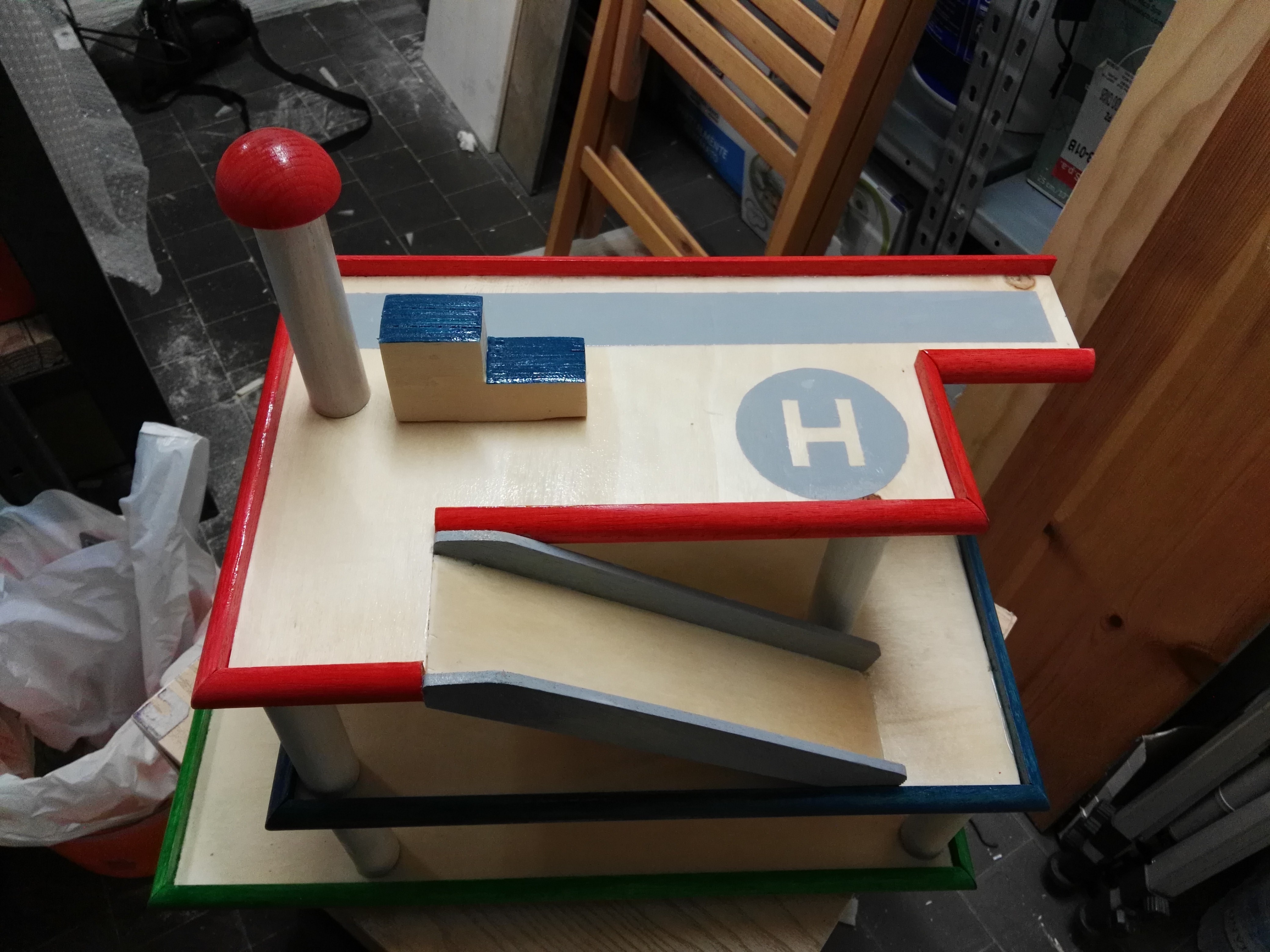
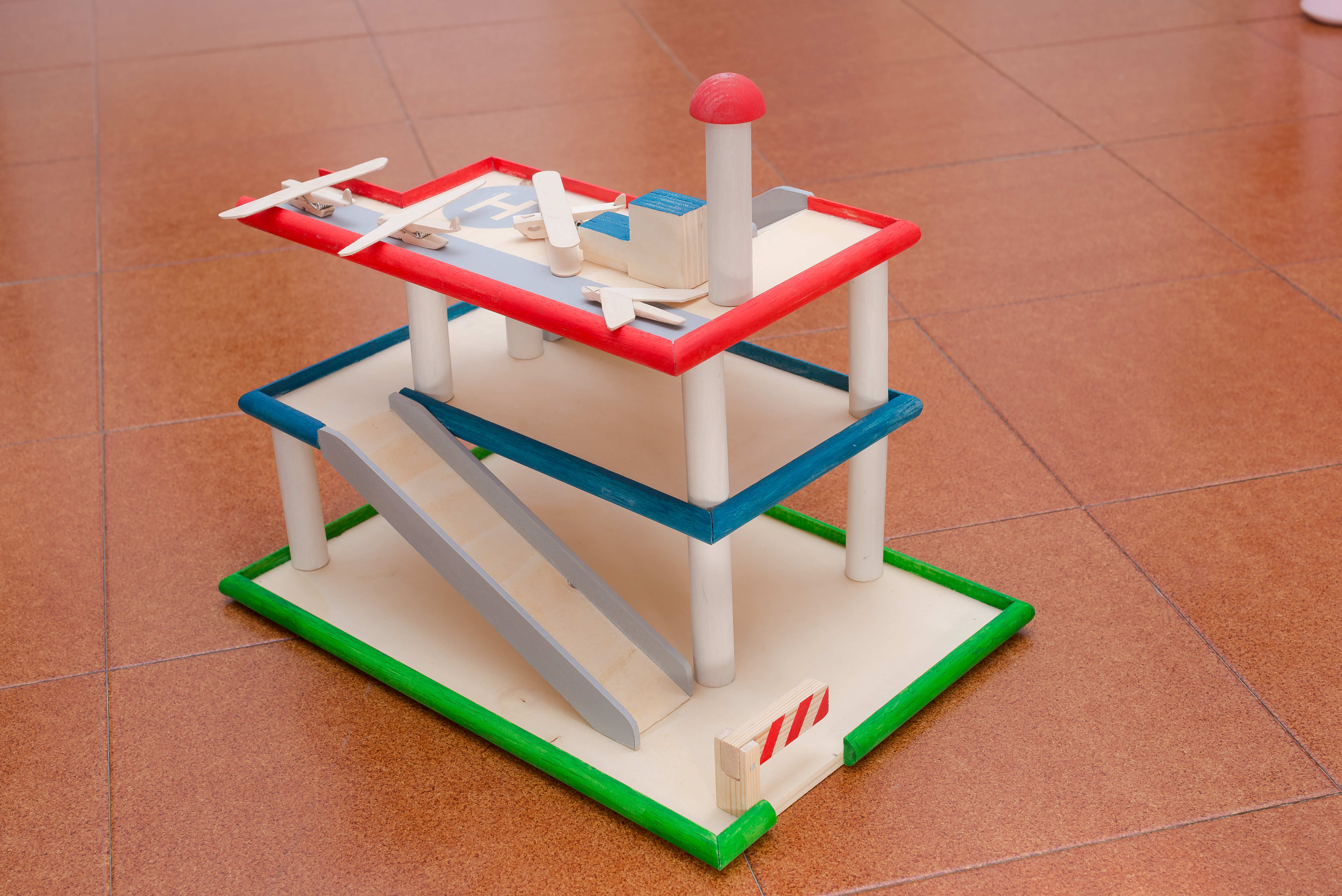
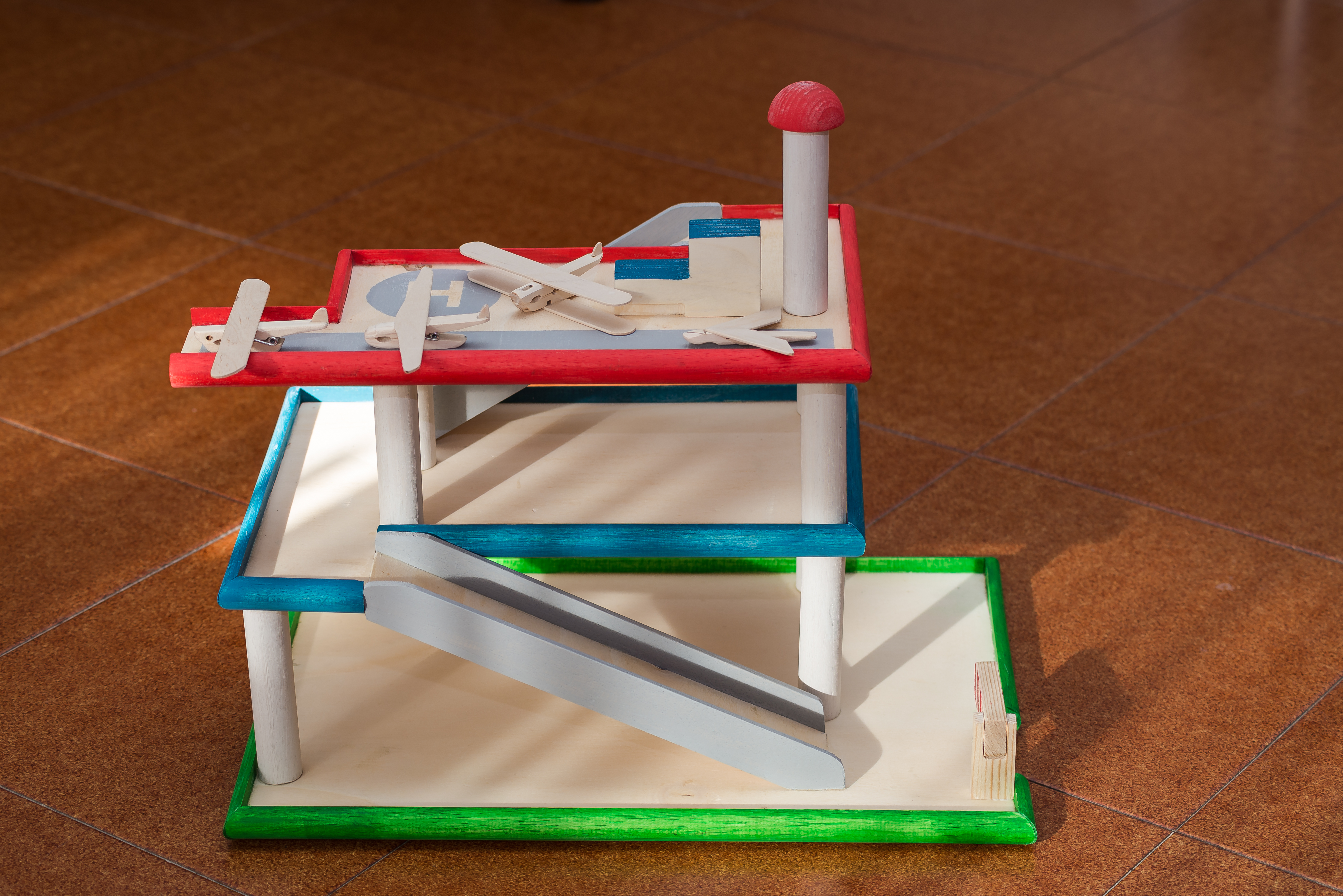
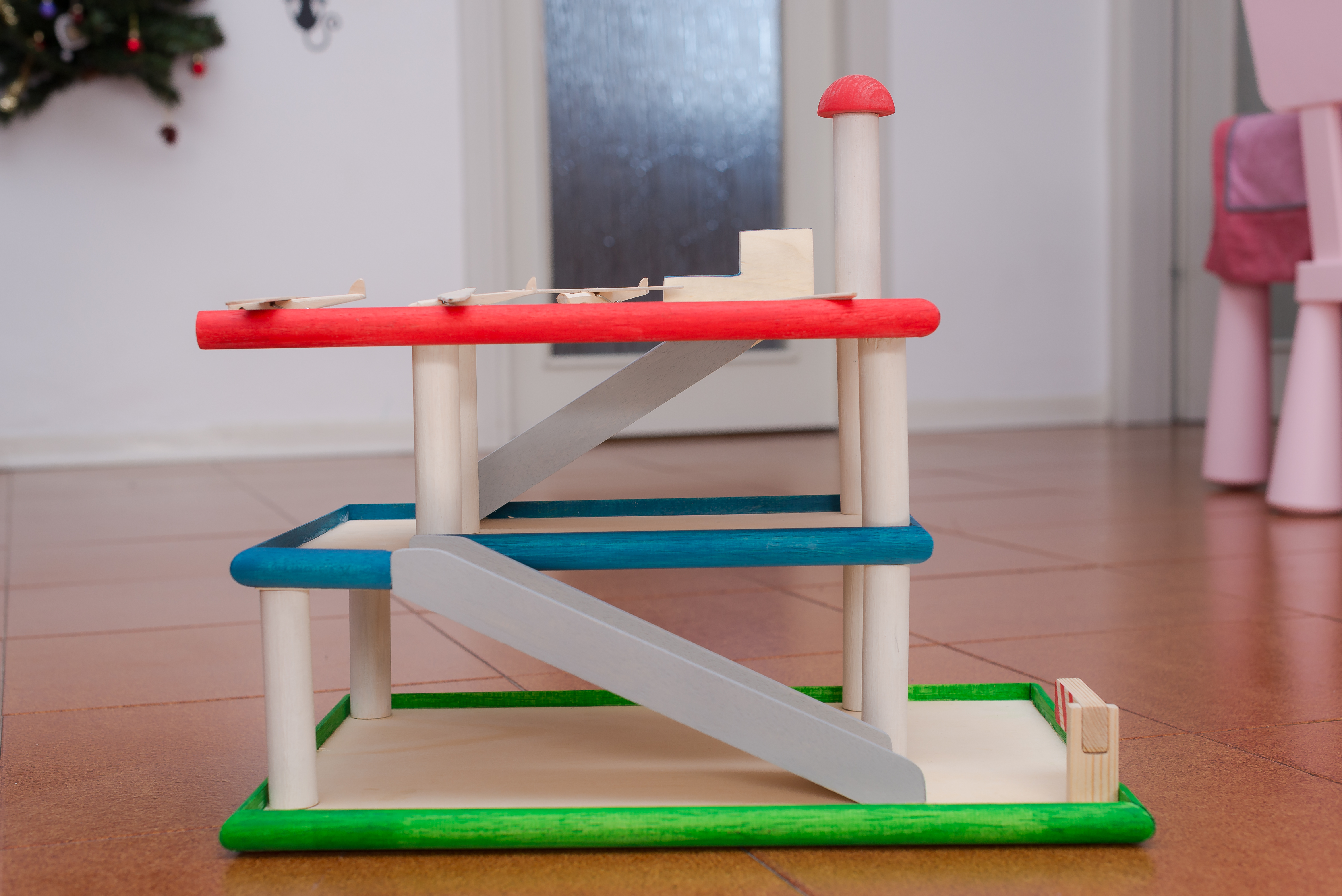
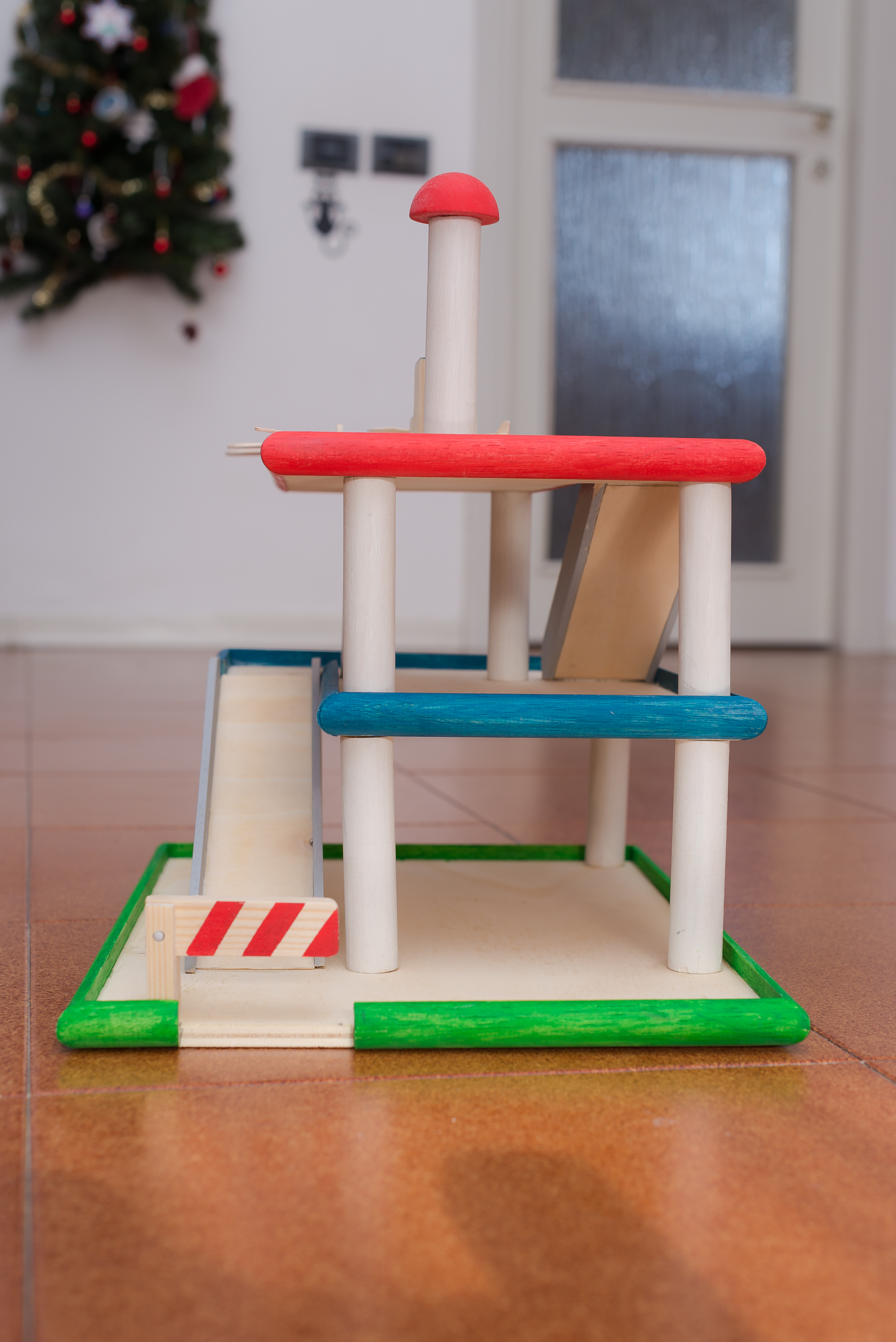
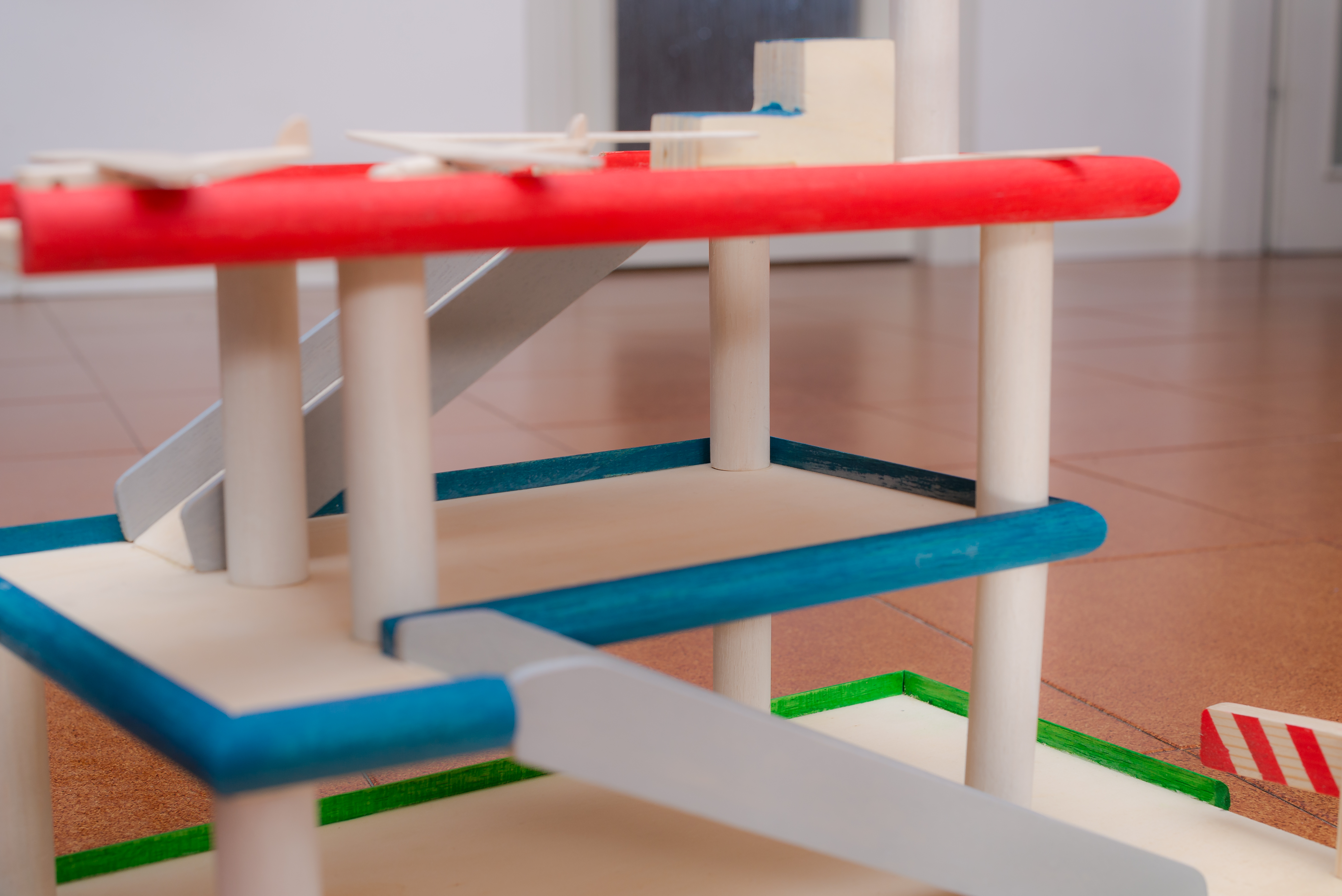
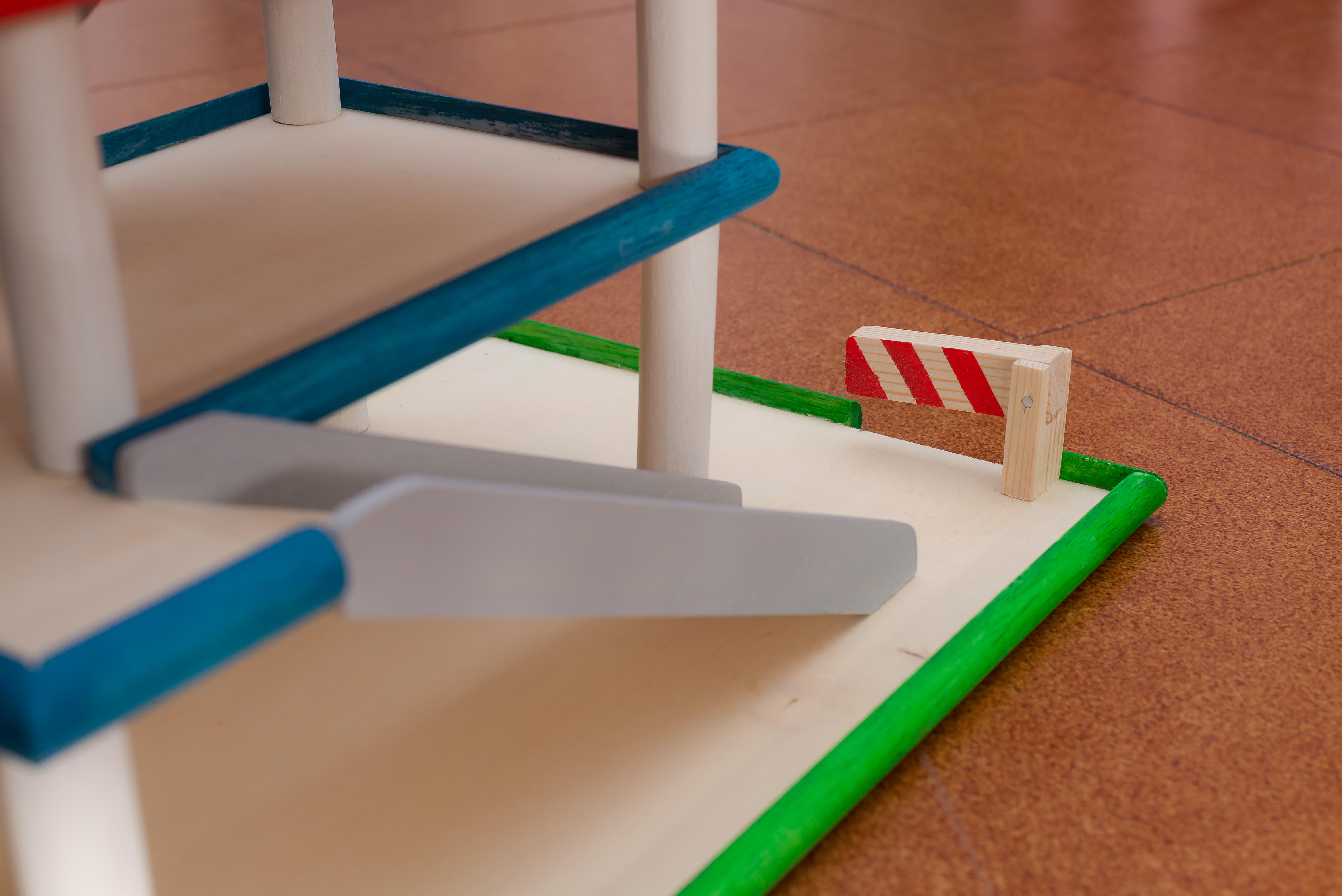
Well, after removed the last paper tape for the ramp ... we finished. In my path i did now the last retouch and last hand of transparent matt paint.
This project and instructable took me really a lot of part-time and mind energy. I hope that i will really inspired someone to do the same or BETTER and engage for the first time with woodwork.
WATCH AND KNOW:
• Control Tower is Rounded: i've found this hemisphere in the shop During The works ...
• No Wooden Cars: sorry, but no time for Santa to make them (i do something like 2-3 jobs ...), my daughter has a lot of cars ... and That you believe or not, i gave the last hand at 23:45 of 23 December: ° D
• THE PROJECT can provide in the future an ELEVATOR CAR ...
Hoping you APPRECIATE THAT YOU HAVE ALL THE STEPS, CONTENTS, TIPS, DETAILS ... THANKS FOR YOU ATTENTION, I'm here for receive and give advices, thanks and ... VOTES FOR CONTESTS!
See you soon! Bye!
SPACE FOR F.A.Q. :
• You wrote really complicated and with some errors...are you retard? ;D No, English is not my first language, i know it, i watch a lot of USA TV series, original eng movie, i speak it for work for advising and education in medicine, but technical written English is different, first time for me!
• It seems to be really small your cave... YES, IS VERY SMALL...
• In the pictures some columns seems to be not really squared: Yes, it is, i apologize for that but i had really few time and a lot of problems.
SPACE FOR UPDATE:
27/12/16 3D model and measures updated - grammar
31/12/16 3D Model and added png and pdf for print